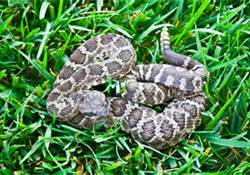Upland Game Animals
Rabbits
Cottontail - Statewide, except Eastern Sierra
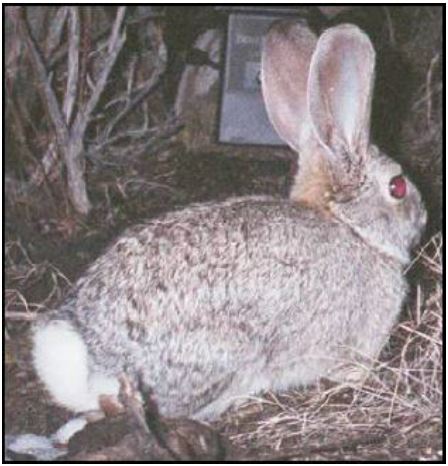
Mountain Cottontail - Valleys and foothills of Eastern Sierras through Cascades. "Nuttall's Cottontail (Sylvilagus nuttallii)"
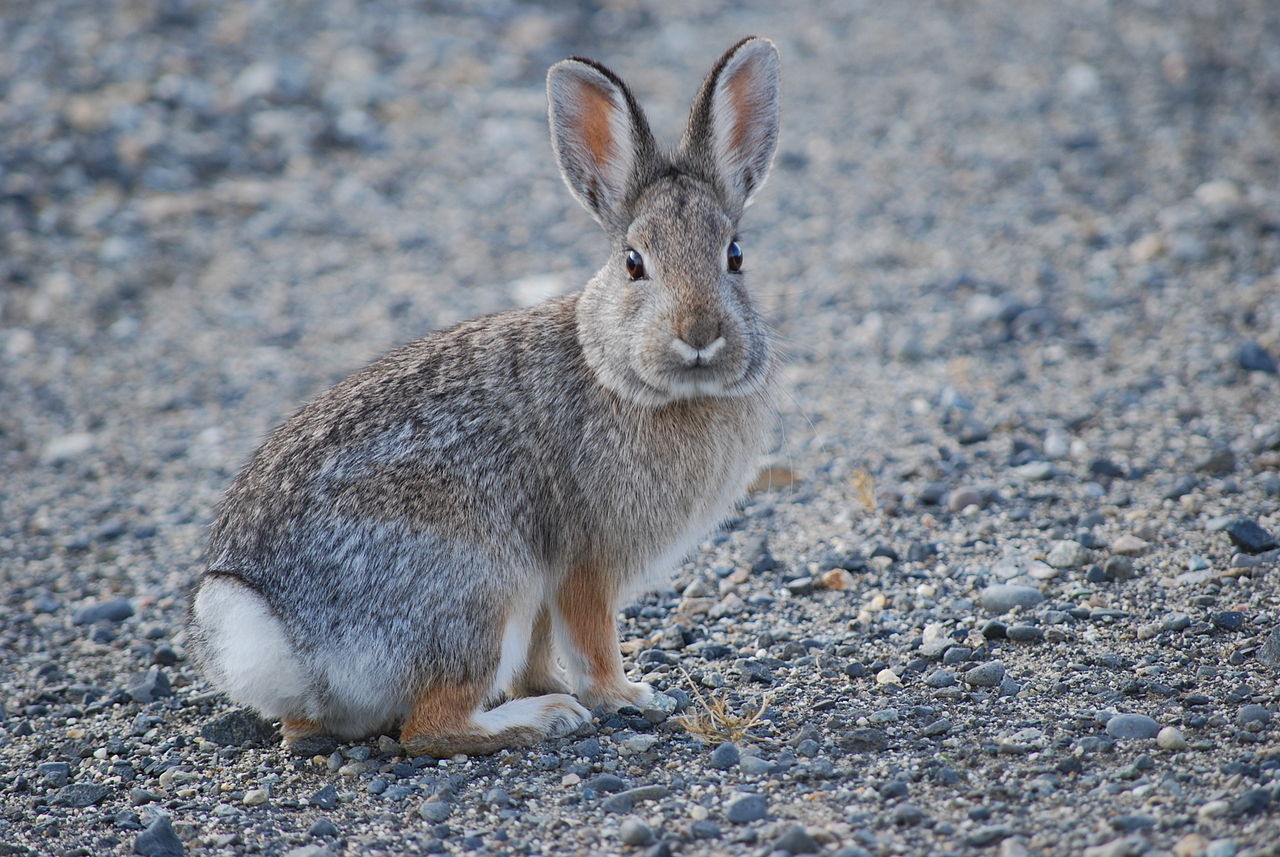
Desert Cottontail - in California Southern deserts
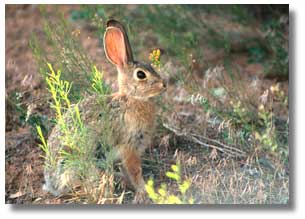
Brush Rabbit - along California Coastal Regions
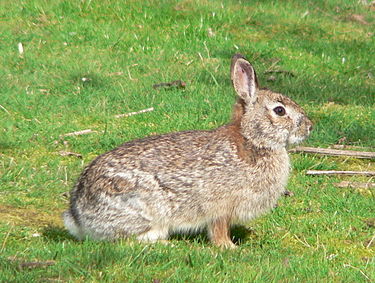
Pygmy Rabbit - Great Basin desert areas NE California "BRACHYLAGUS
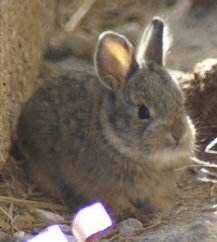
Hares
White Tailed Jackrabbit "Common snipe fencepost"
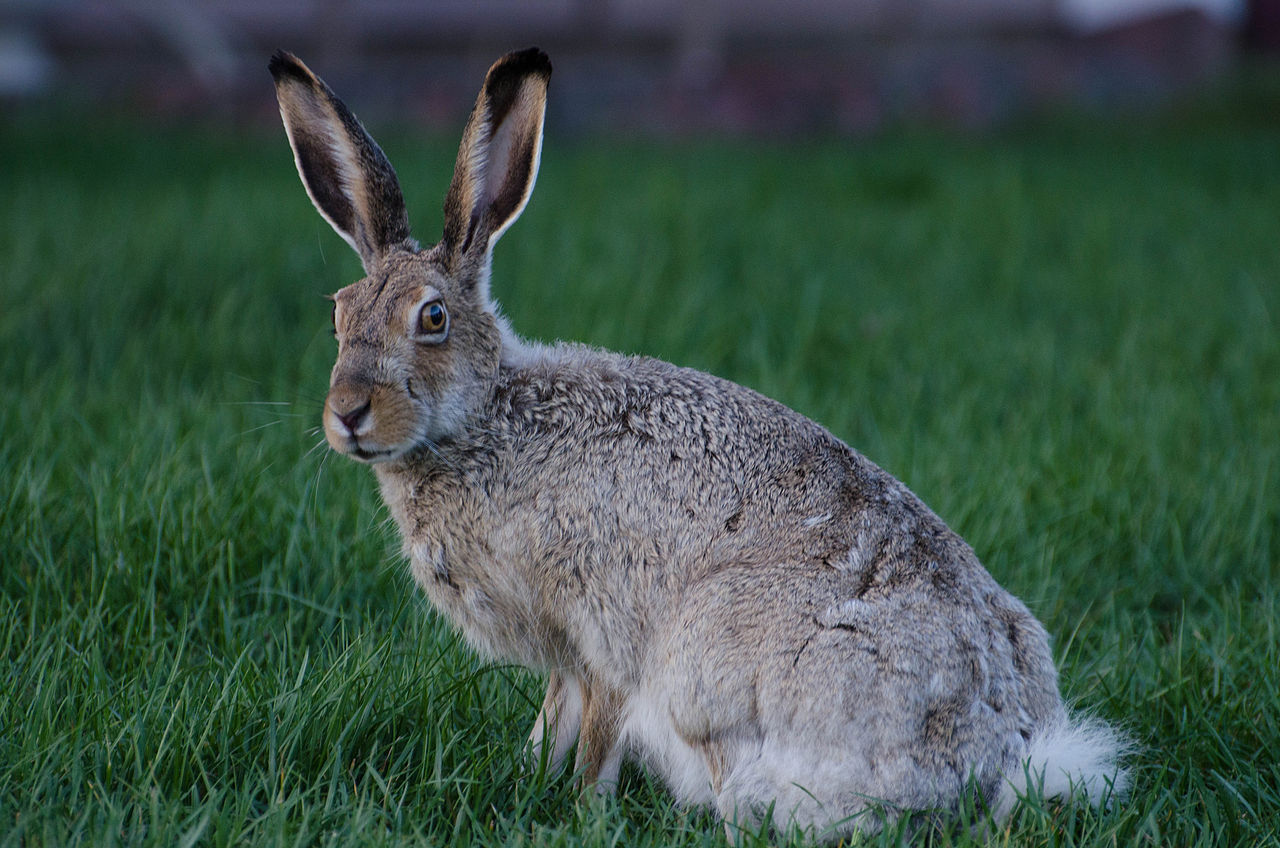
Black Tailed Jackrabbit "Jackrabbit2 crop"
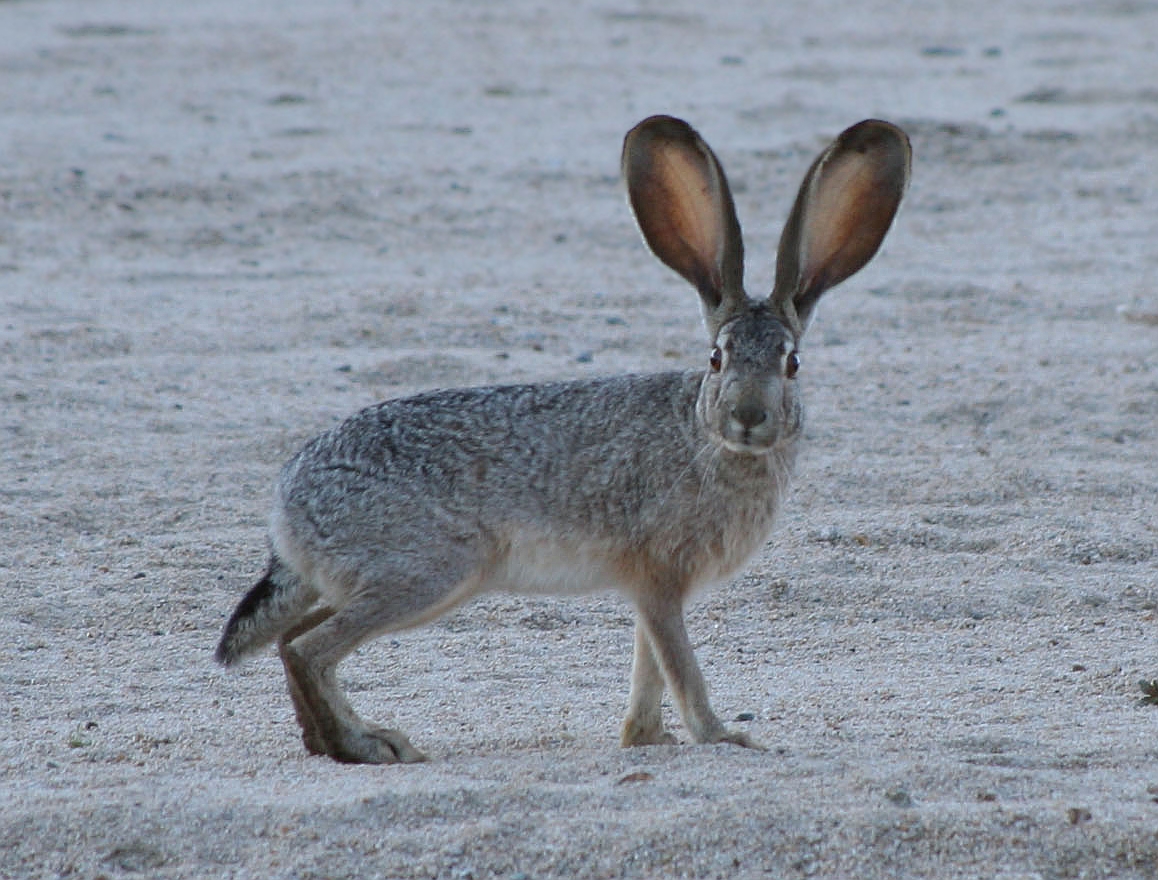
Snow Shoe Rabbit - Summer, "Lepus americanus 5459 cropped"
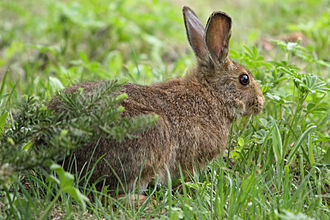
Snow Shoe Rabbit, Winter "Snowshoe Hare, Shirleys Bay"
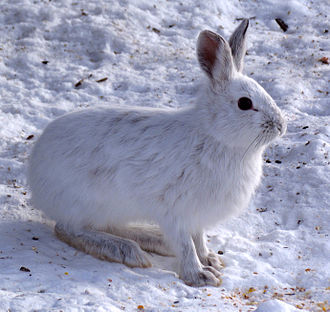
Squirrels
Fox Squirrel "Sciurus niger"

Gray Squirrel "Western Gray Squirrel"
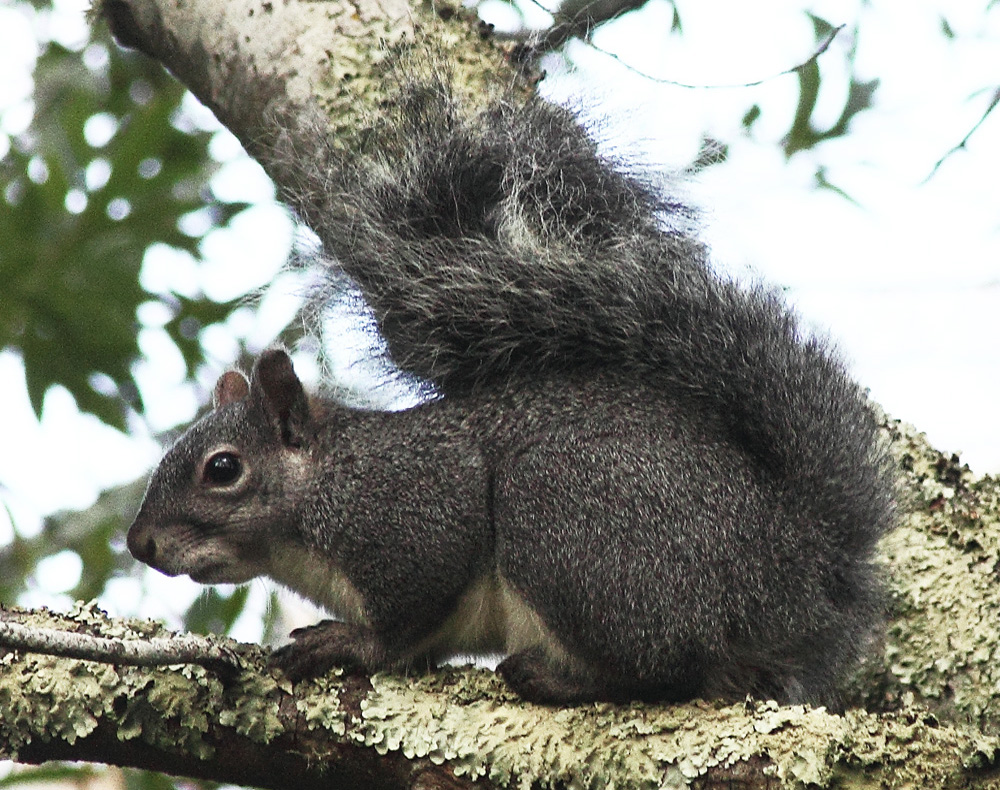
Marmot "Marmot-edit1"
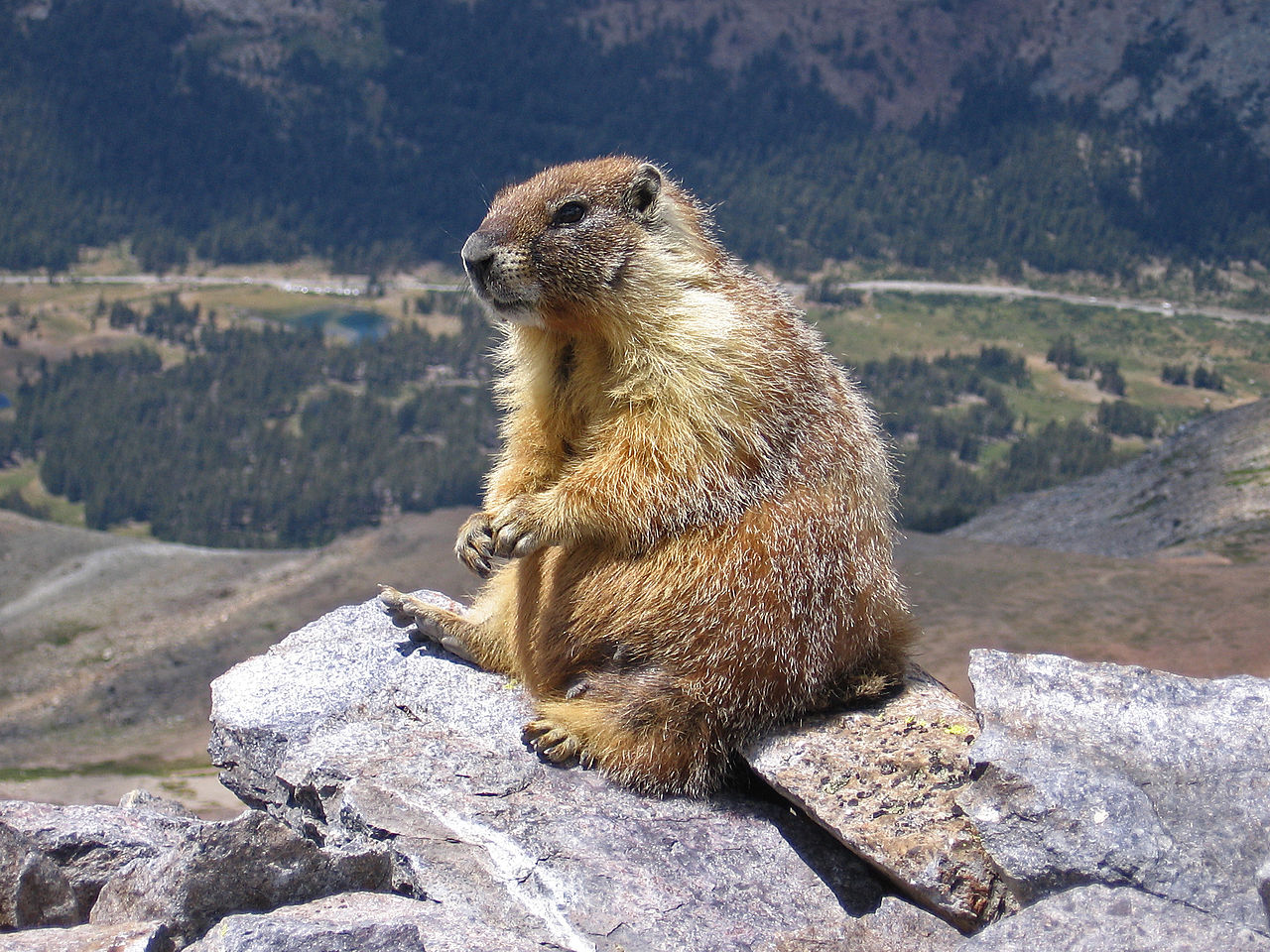
California Ground Squirrel
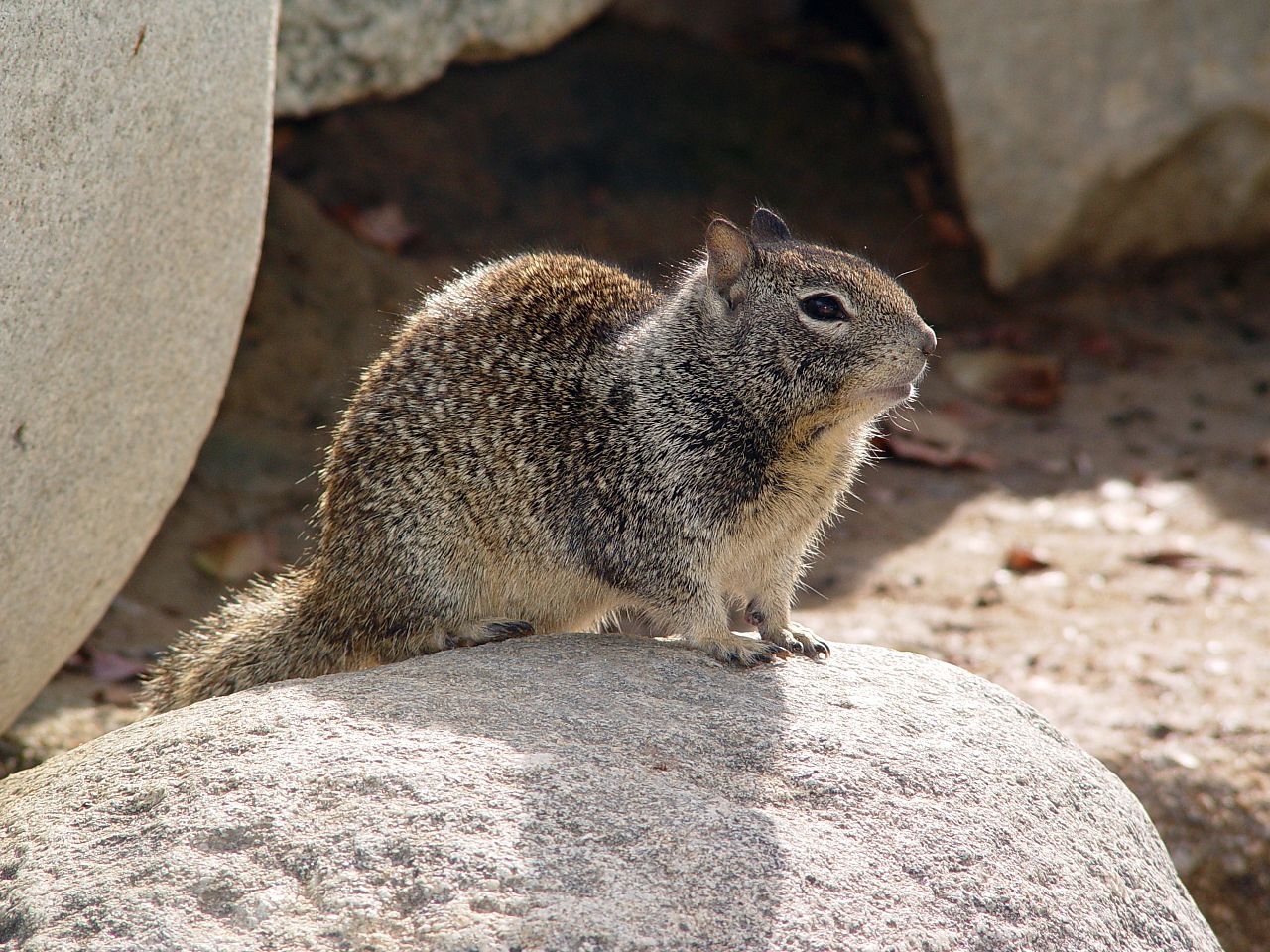
Golden Mantled Ground Squirrel "Goldmantelziesel"
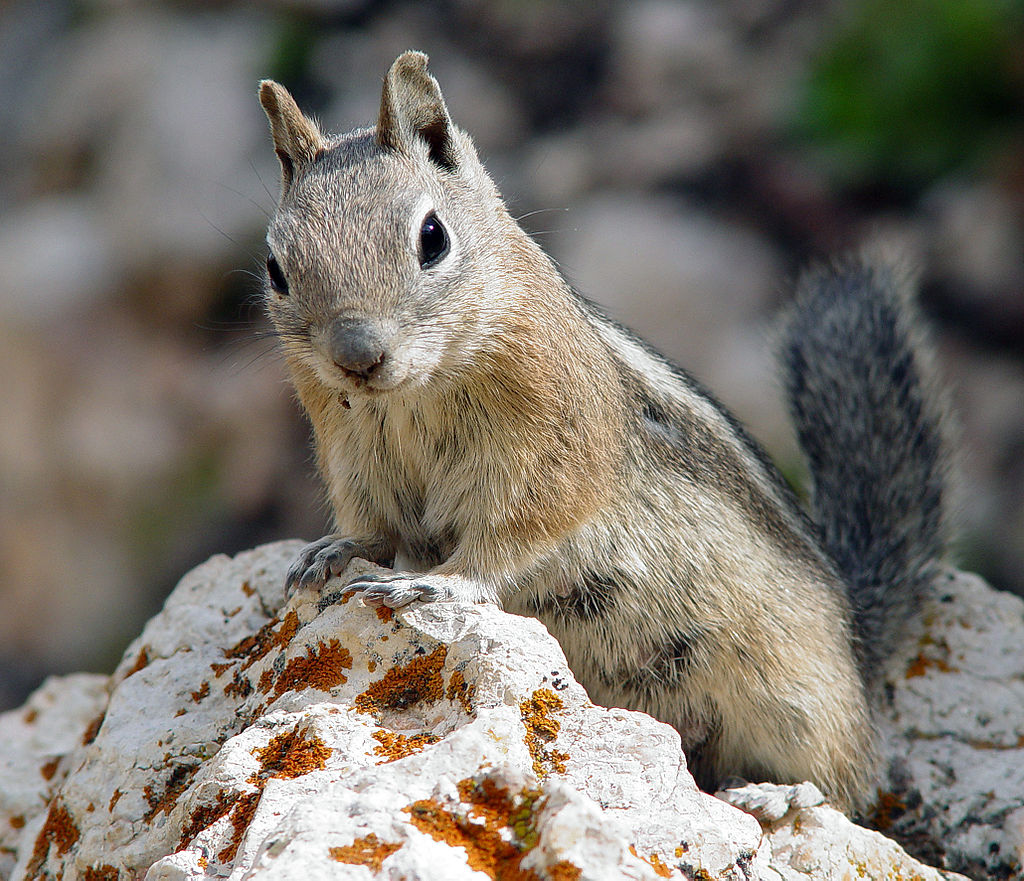
Belding Ground Squirrel Central to Northern Sierras
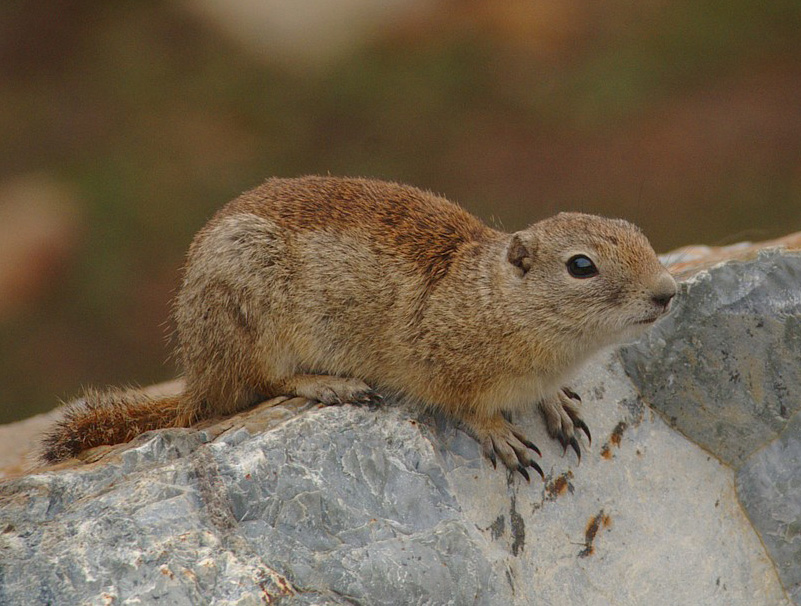
Douglas Squirrel
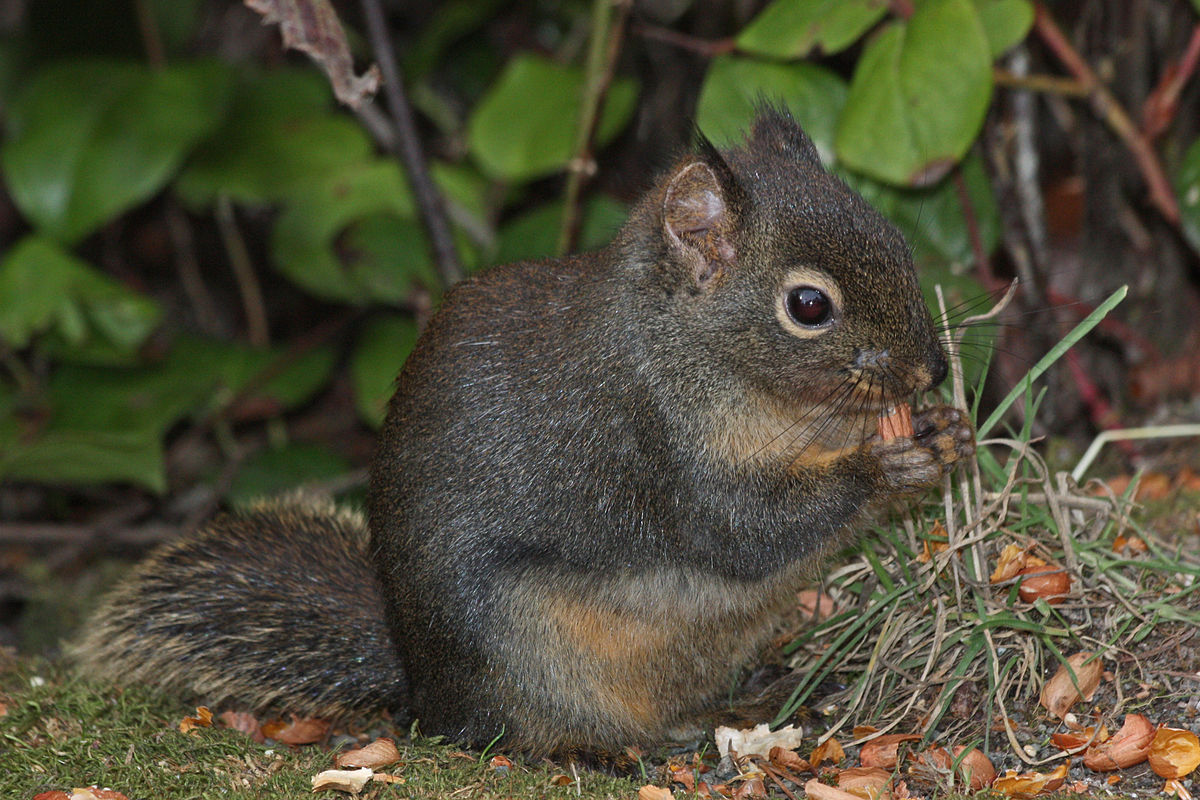
Townsend's Ground Squirrel
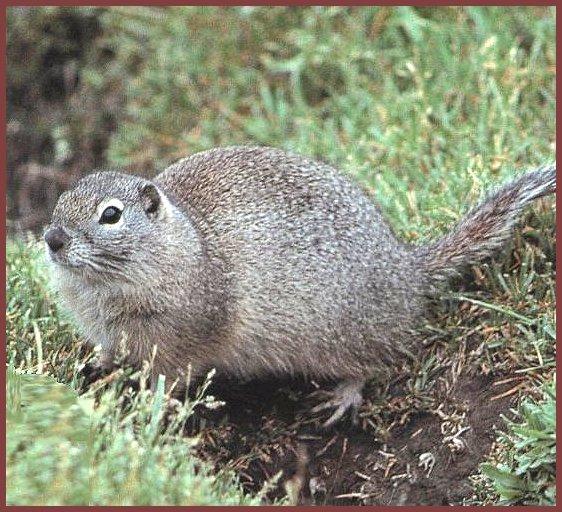
Porcupine
Porcupine "Porcupine Cabelas Springfield"

Opossum
Opossum "Opossum 2"
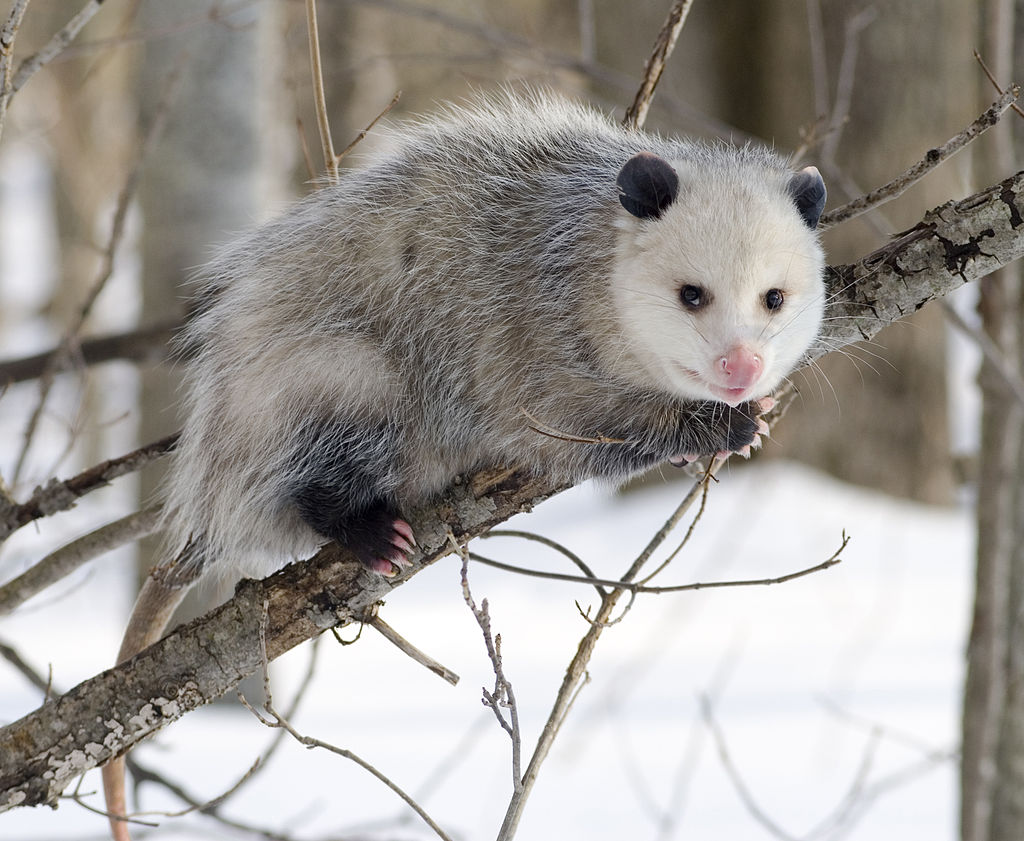
Small-Burrowing Animals
Pocket Gopher "Pocket-Gopher Ano-Nuevo-SP"
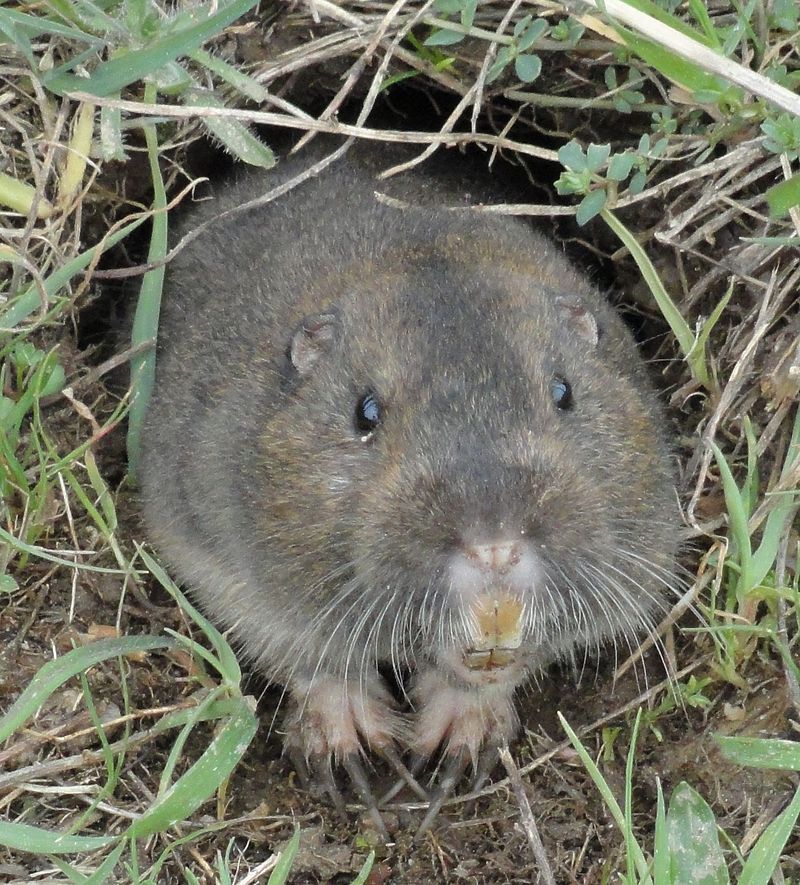
There are over 30 species in the Americas; if you have identified a specific species, include a photo with key chart distinctions with your small game app.
Mole "Talpa europaea MHNT"
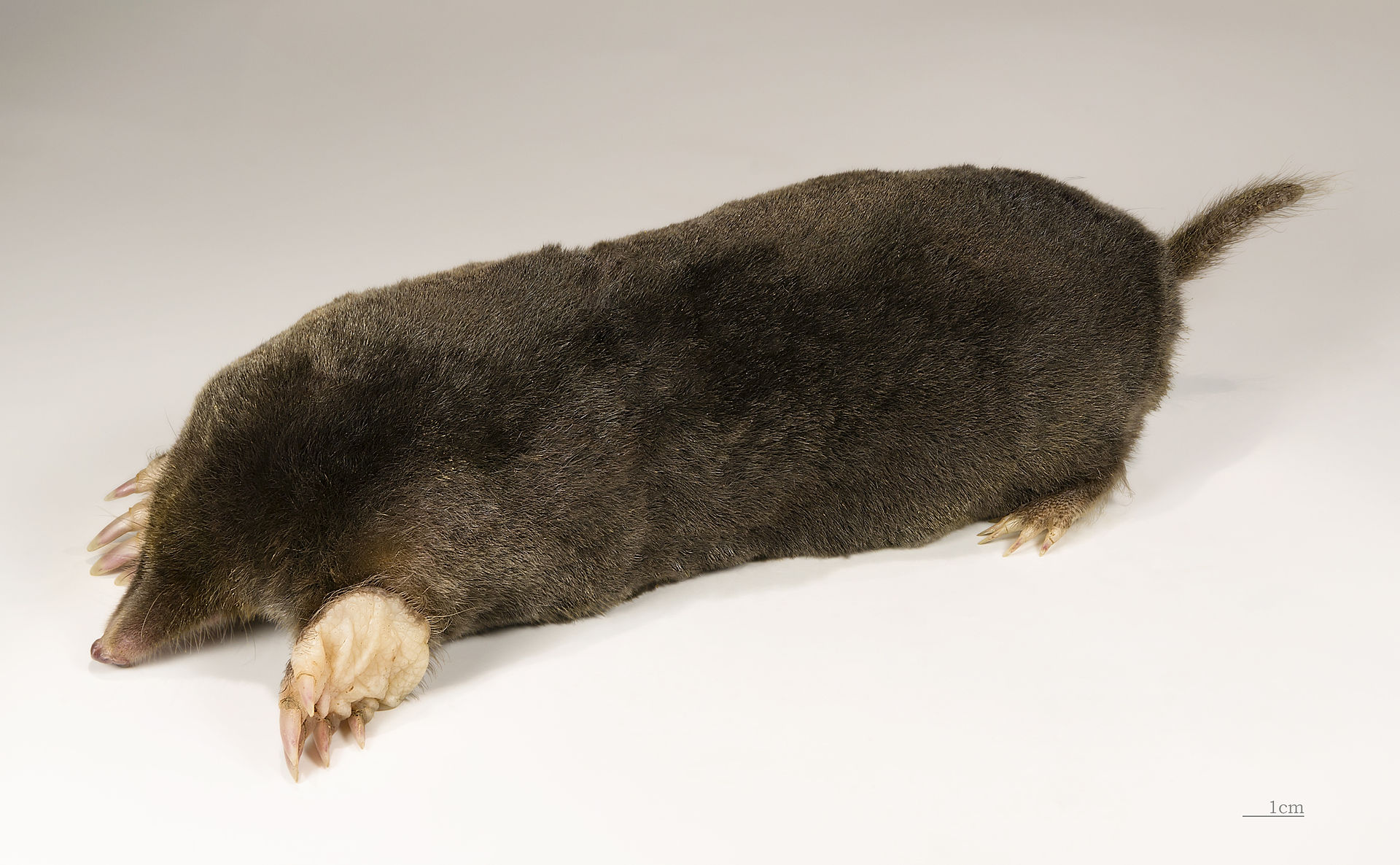
Norway Rat "Rattus norvegicus 1"
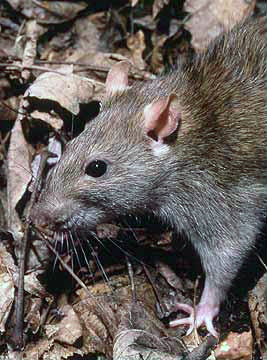
Bushy Tailed Wood Rat, Pack Rat "Neotoma cinerea"
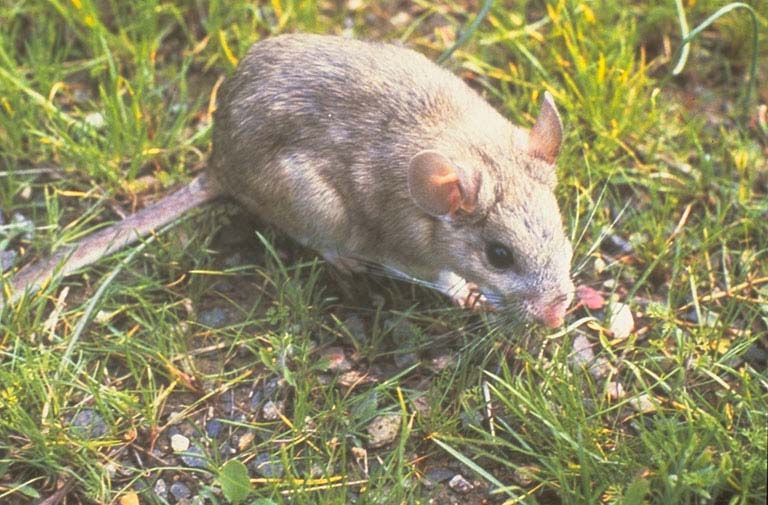
Dusky Footed Wood Rat "Neotoma fuscipes"
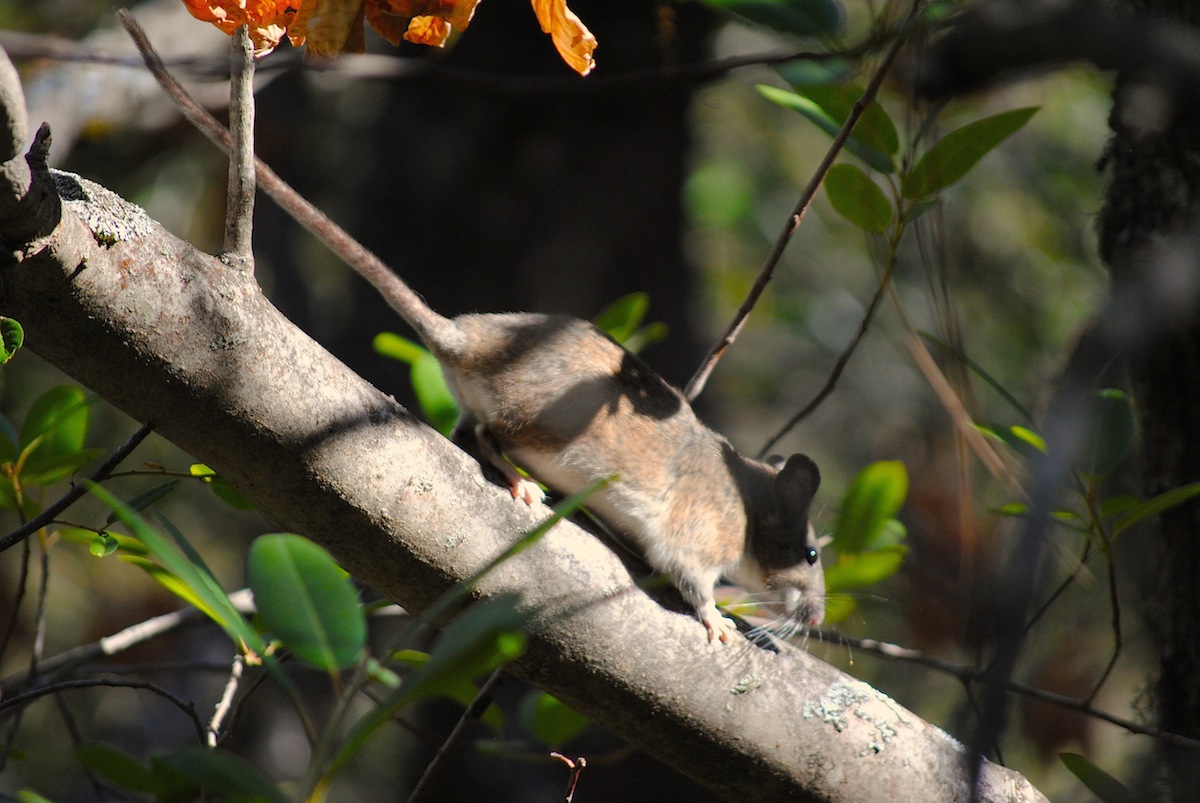
Other non-game, non-furbearing species may be taken if they are not listed as threatened or endangered.This includes the disparate species of mice, rats, and other burrowing animals, gophers, moles and ground squirrels. For help in identifying ground squirrels. A photo should be included with submission along with the location of kill to aid the Small Game VP in confirming the identity of your harvest.
Furbearers
Badger "Taxidea taxus"
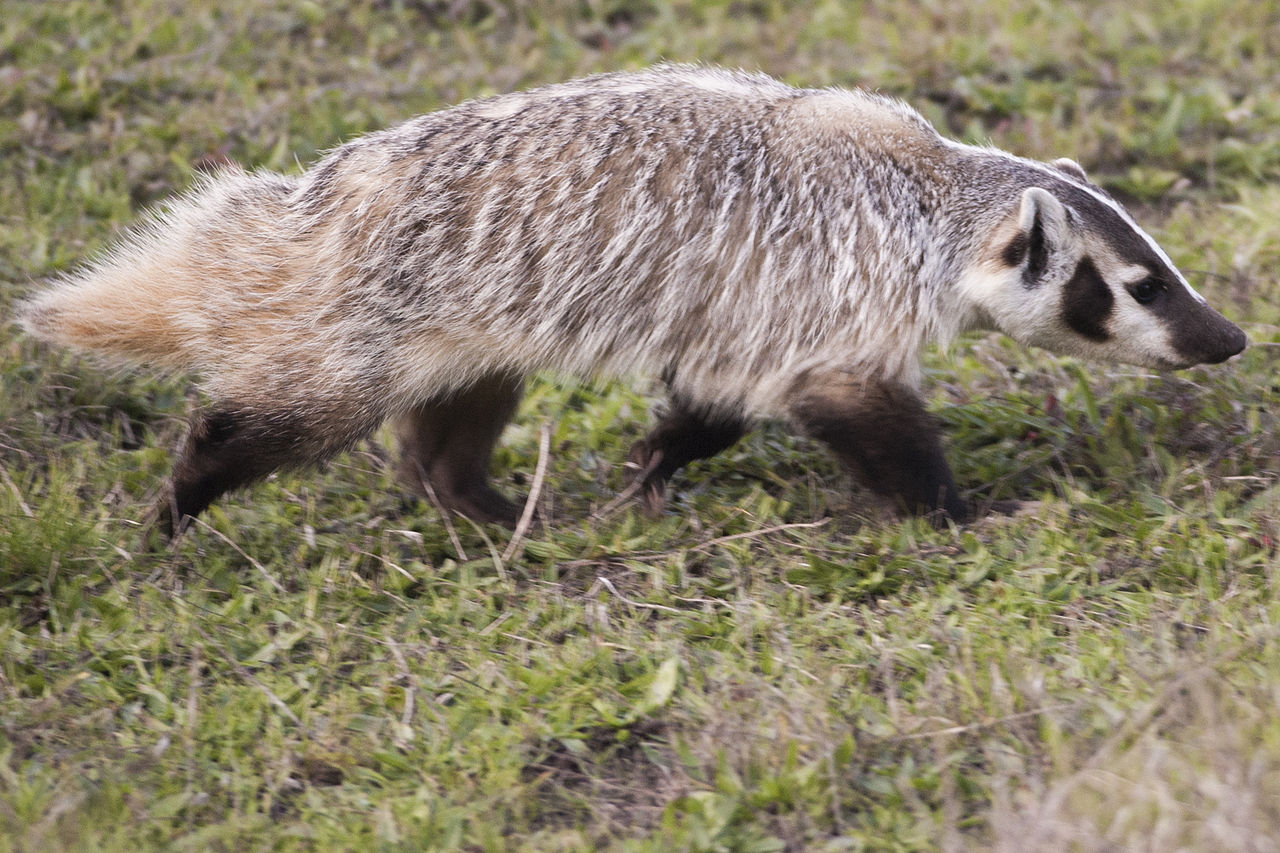
Beaver "American Beaver"
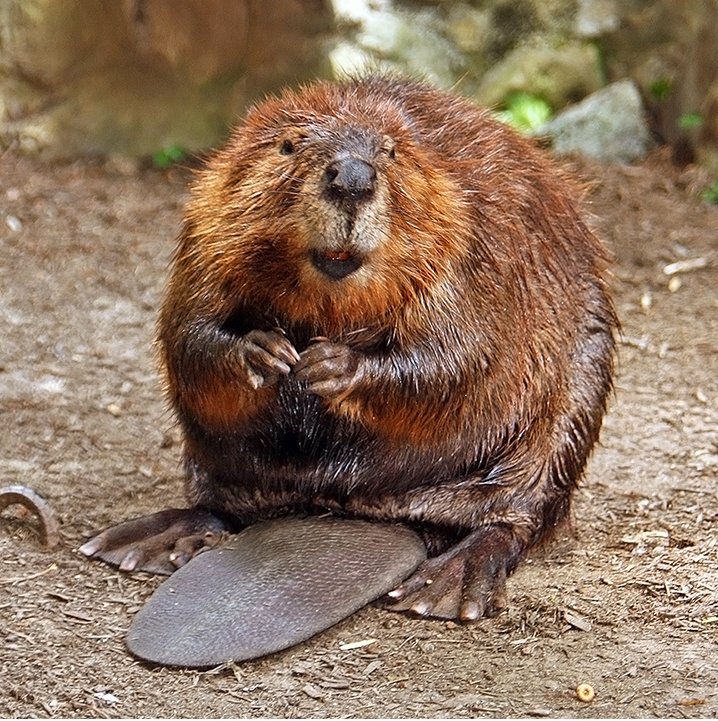
Mountain Beaver
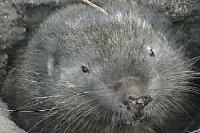
Mountain Beaver (Aplodontia rufa) The mountain beaver (Aplodontia rufa) is a North American rodent. It has several common names, including: aplodontia, boomer, ground bear, and giant mole.[citation needed] The name sewellel beaver comes from sewellel or suwellel, the Chinookan term for a cloak made from its pelts. This species is the only living member of its genus, Aplodontia, and family, Aplodontiidae.[2] It should not be confused with true North American and Eurasian beavers, to which it is not closely related
Muskrat "Muskrat Foraging"
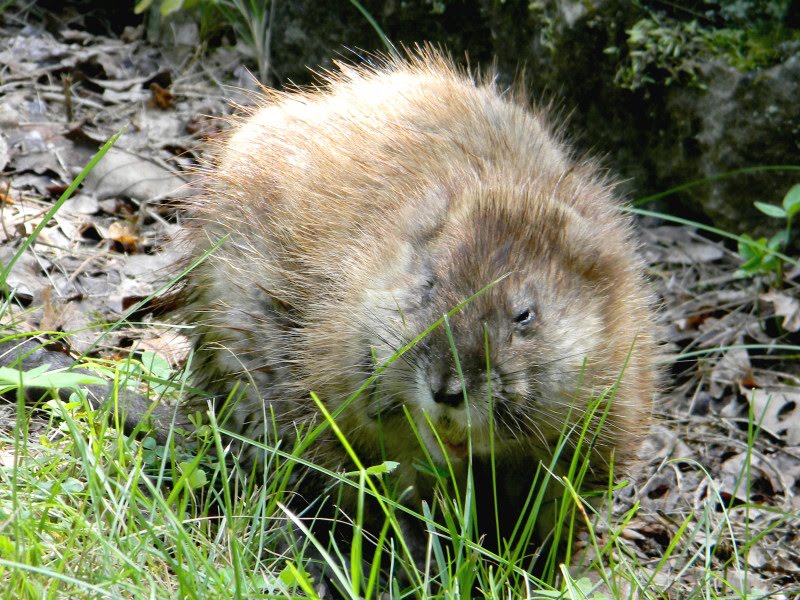
Least Weasel "Mustela nivalis"
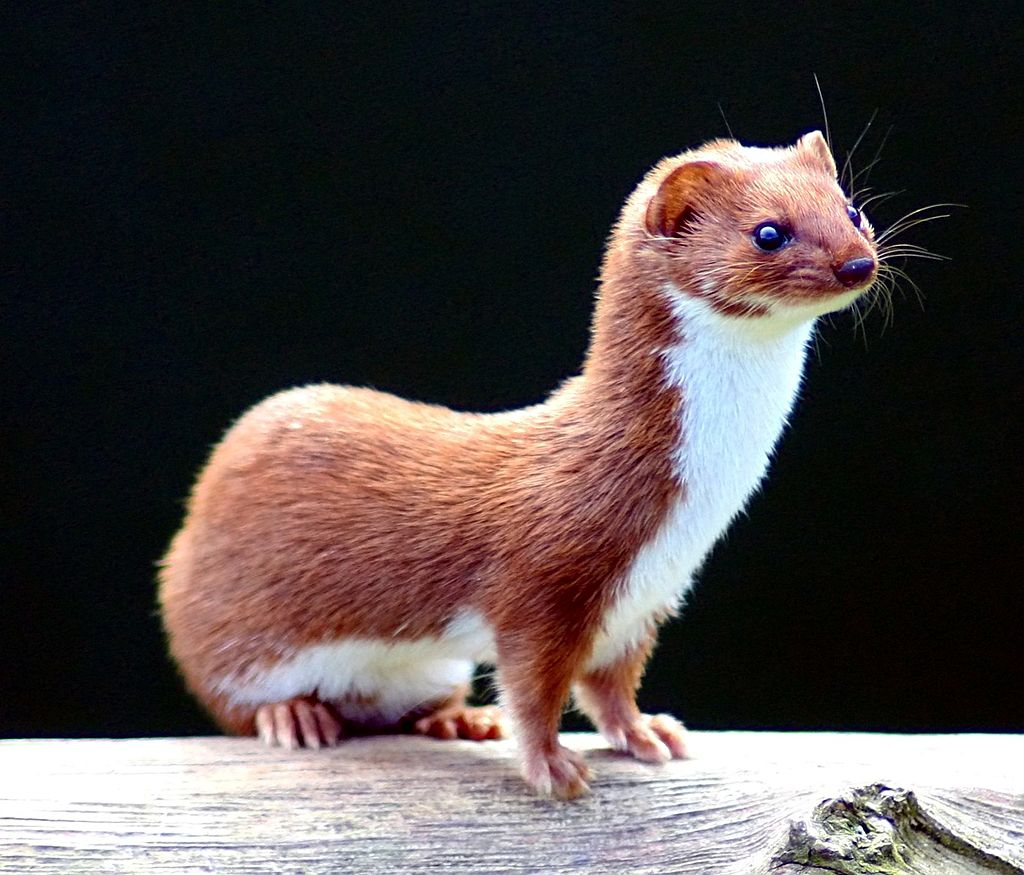
Short Tailed Weasel, Stoat "Mustela erminea upright"
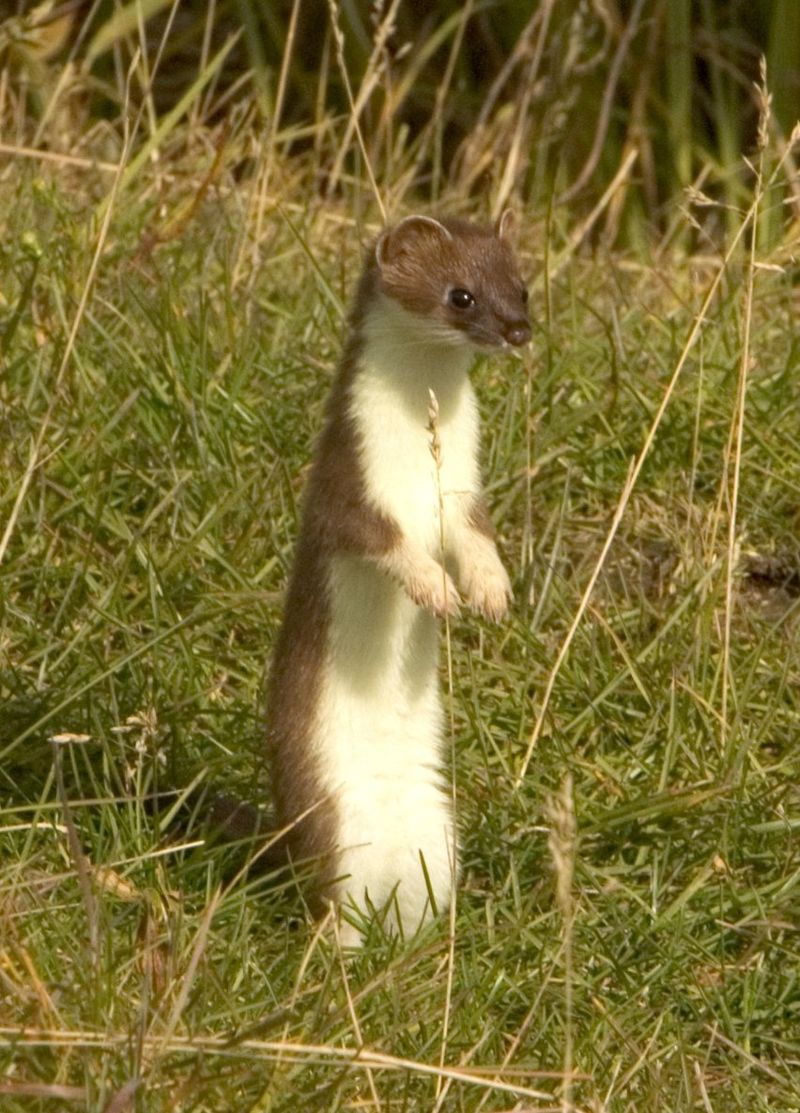
Raccoon
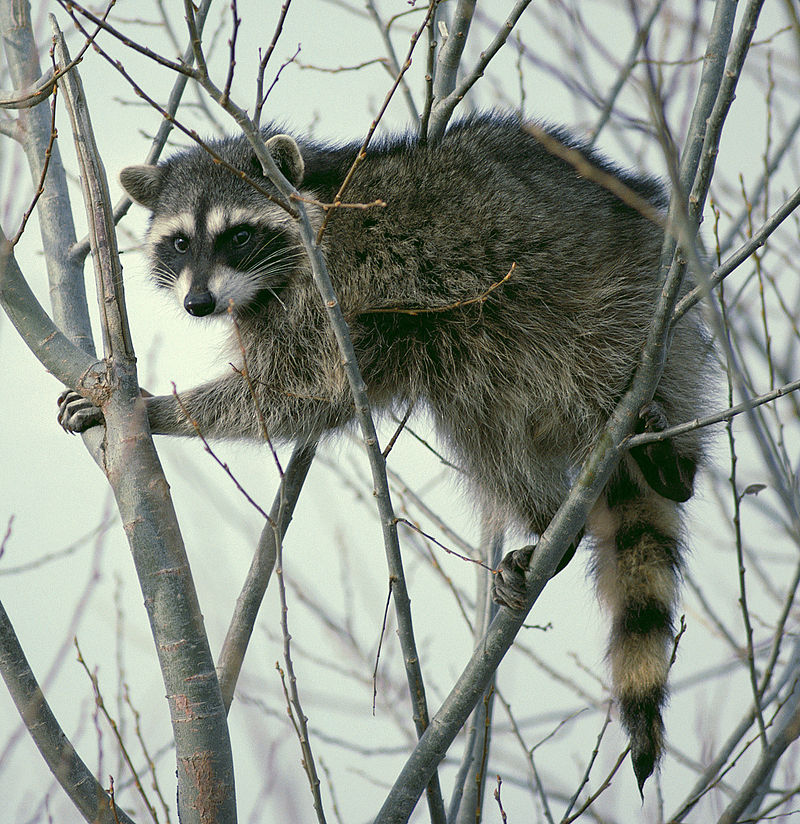
Mink "American Mink"
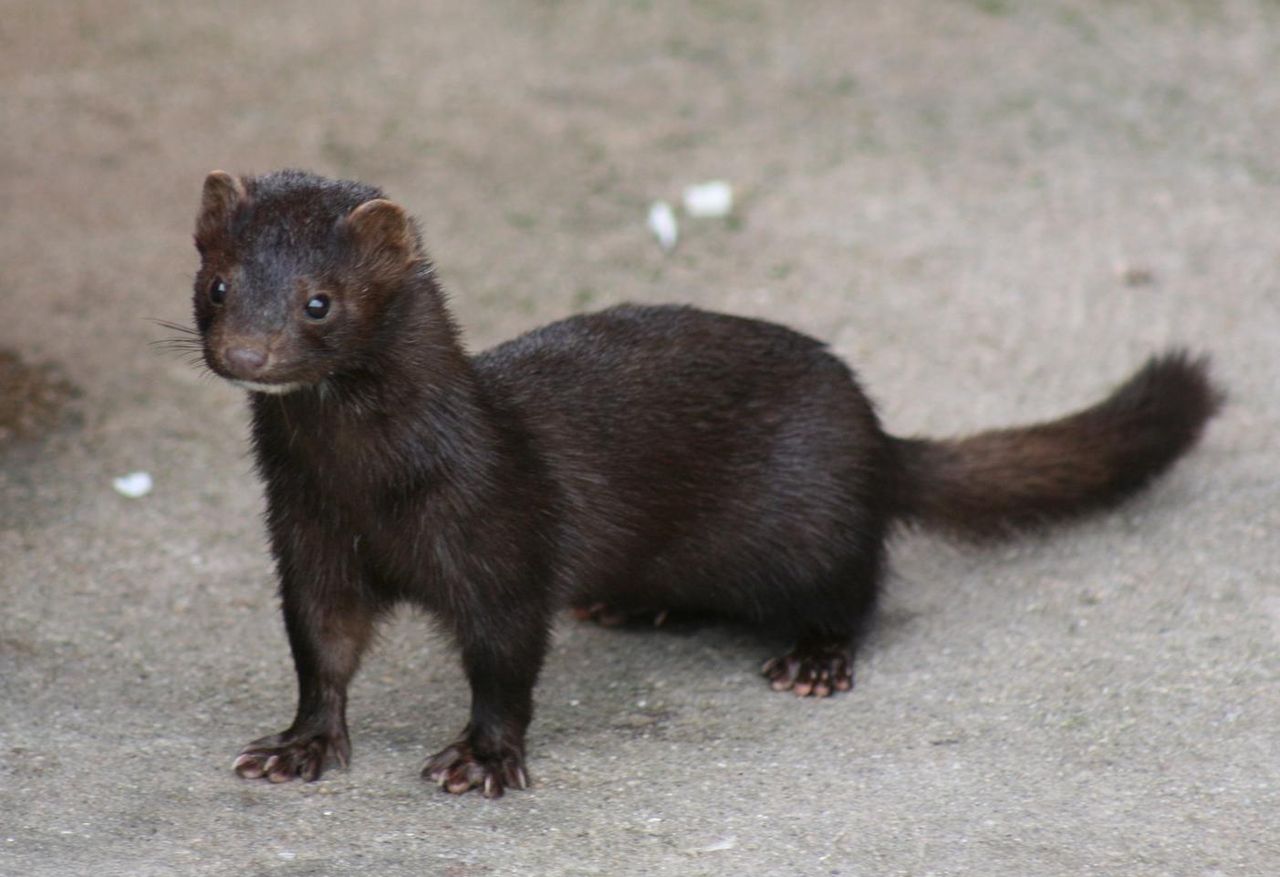
Striped Skunk "Mephitis mephitis"
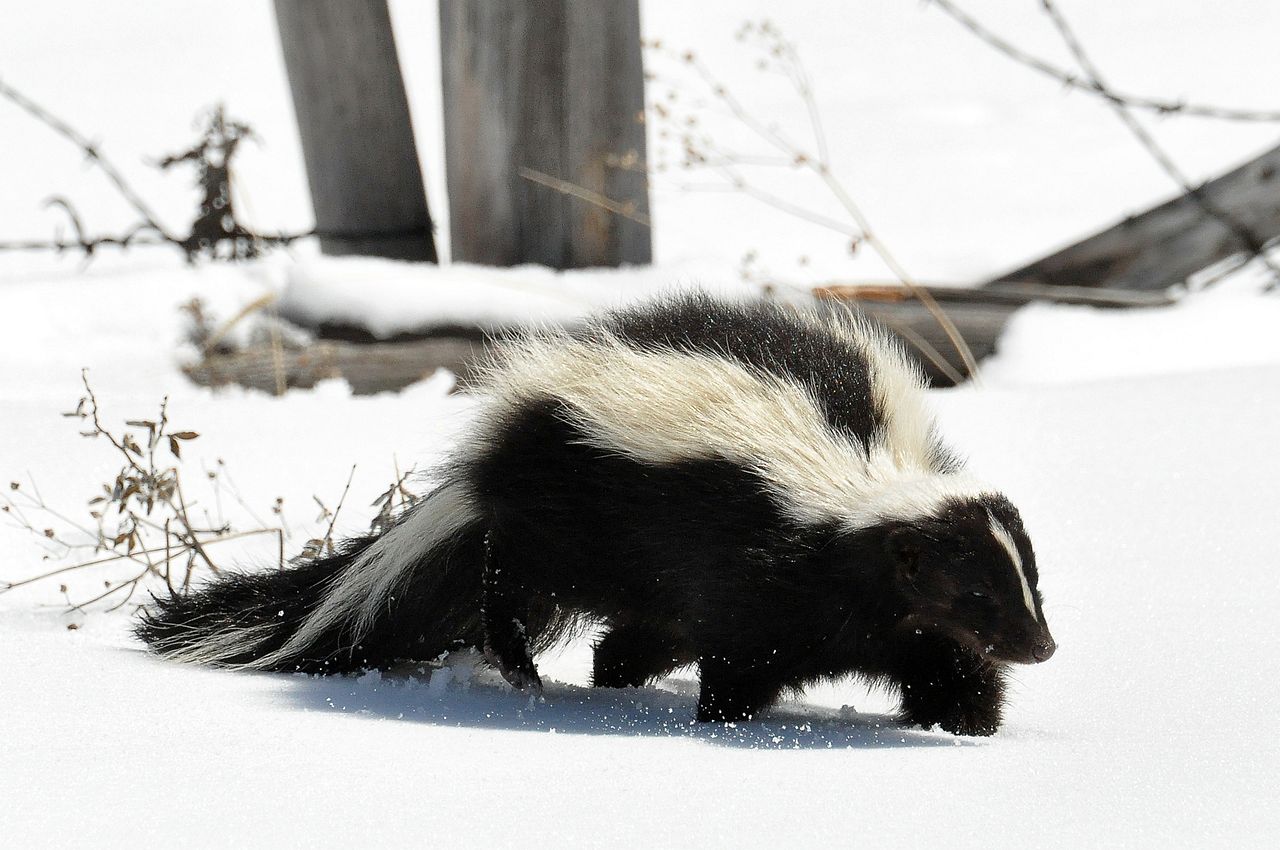
Spotted Skunk "Spilogale putorius"
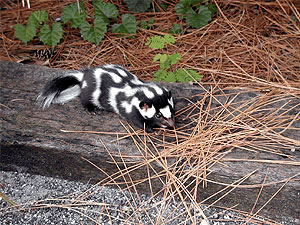
Gray Fox "Urocyon cinereoargenteus"
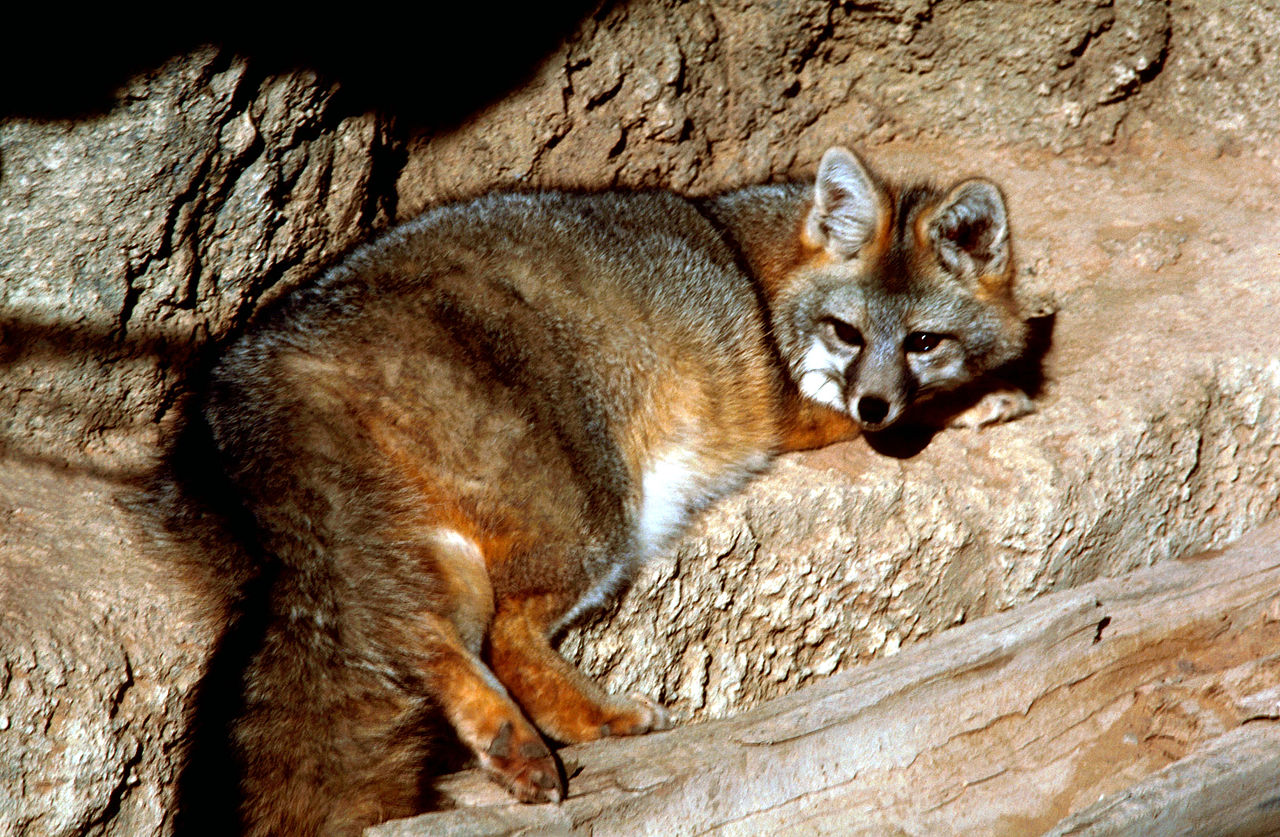
Red fox, its color phases, kit fox, channel island fox, ringtail cat, martens, fishers, otters, and wolverines MAY NOT BE TAKEN.
Upland Game Birds
Quail
California or Valley Quail "California quail"
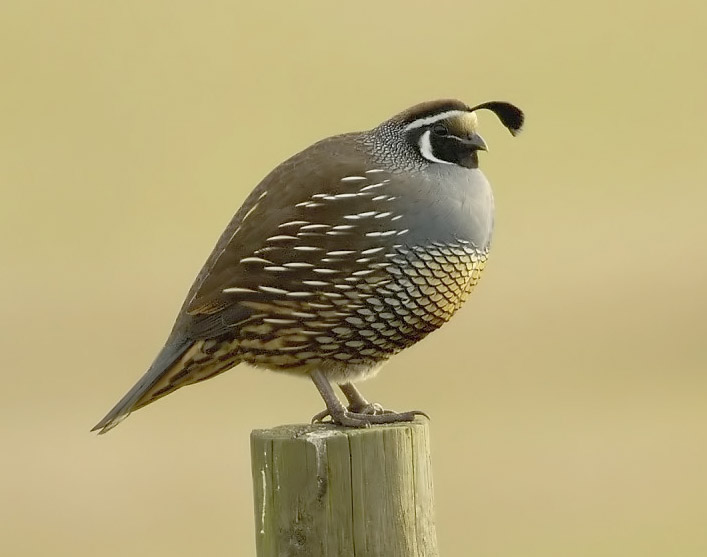
Gambel's Quail
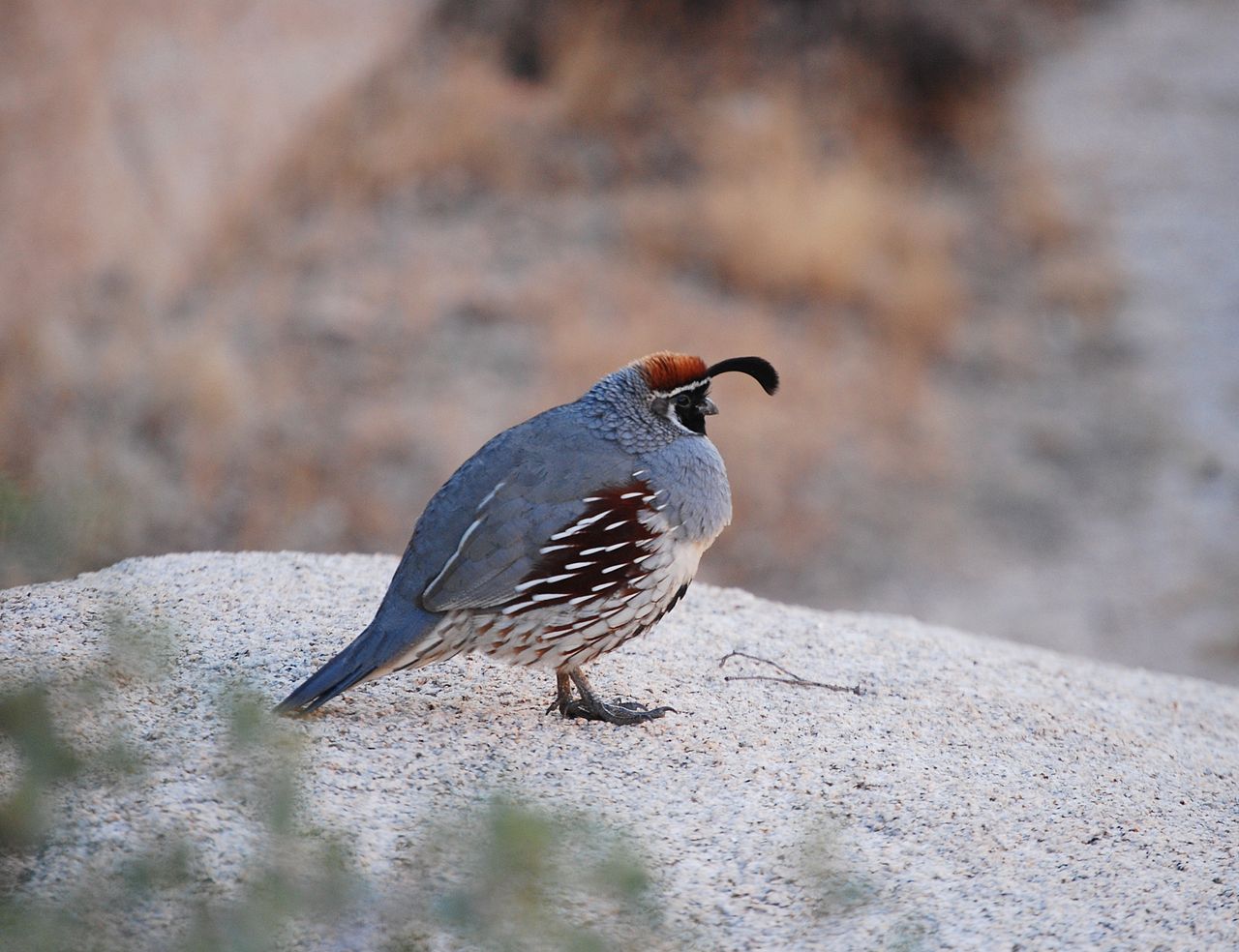
Mountain Quail "Oreortyx pictus"
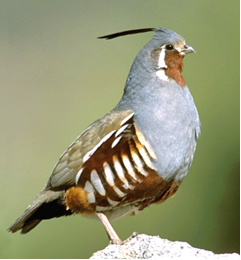
Pheasant
Ringneck Pheasant, cock
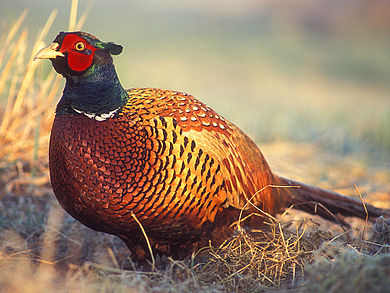
Ringneck Pheasant, hen
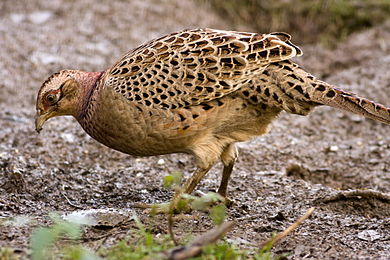
seasons, limits, closures, and archery regulations may differ by sex of bird. The ringneck is the only pheasant in America, although there are at least 30 subspecies.
Snipe
Wilson's Snipe
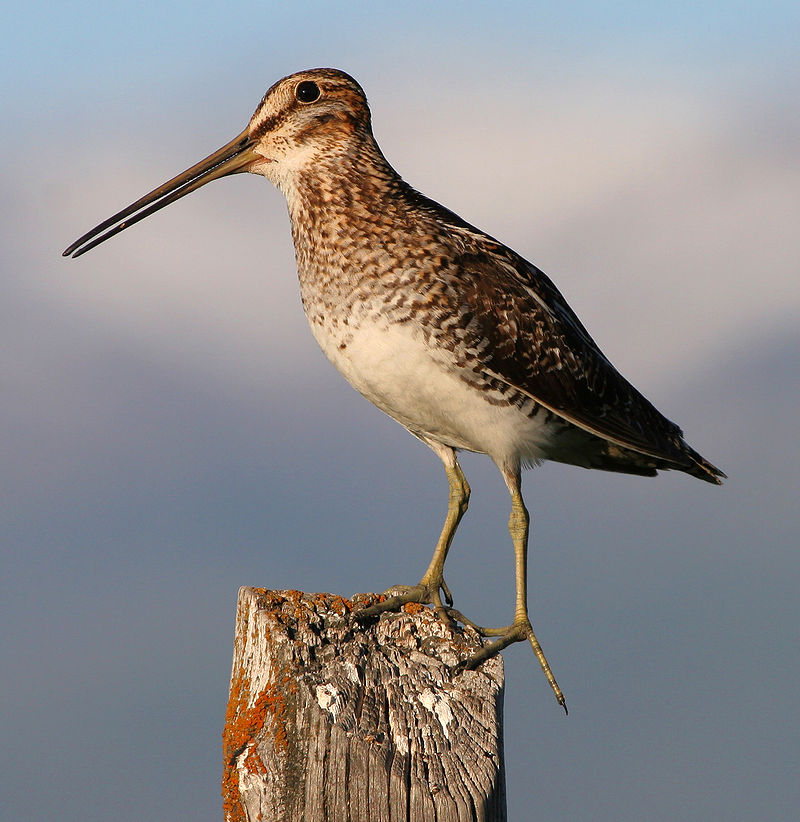
Grouse
Sage Grouse "Centrocercus urophasianus"
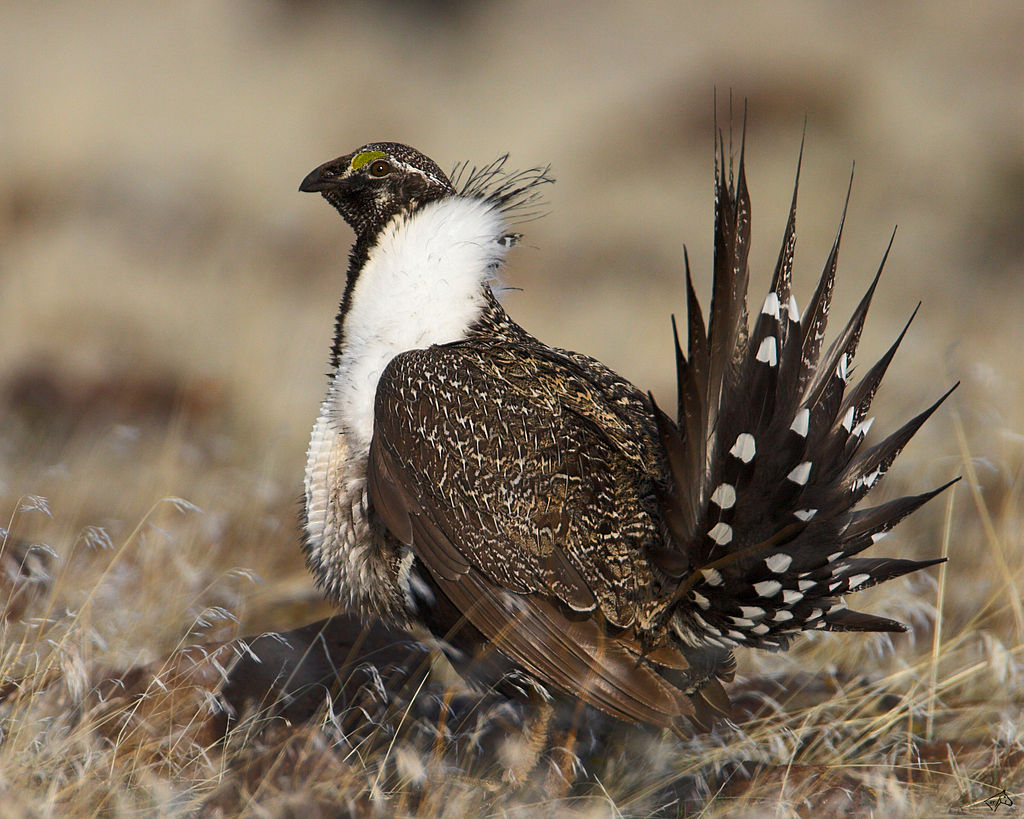
Ruffed Grouse "Bonasa-umbellus"
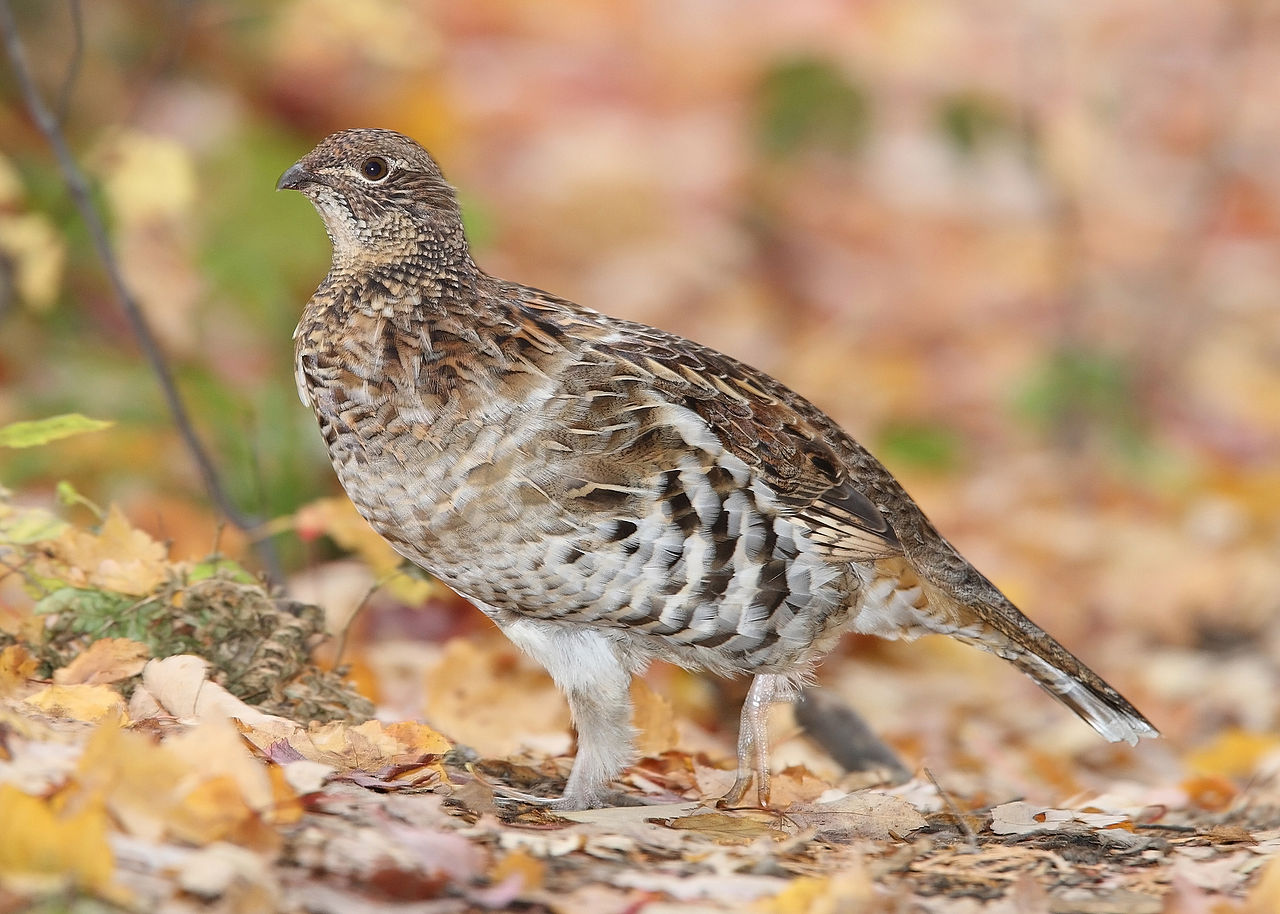
Blue Gruse - Two Sub Species
Dusky Blue Grouse "Dendragapus obscurus"
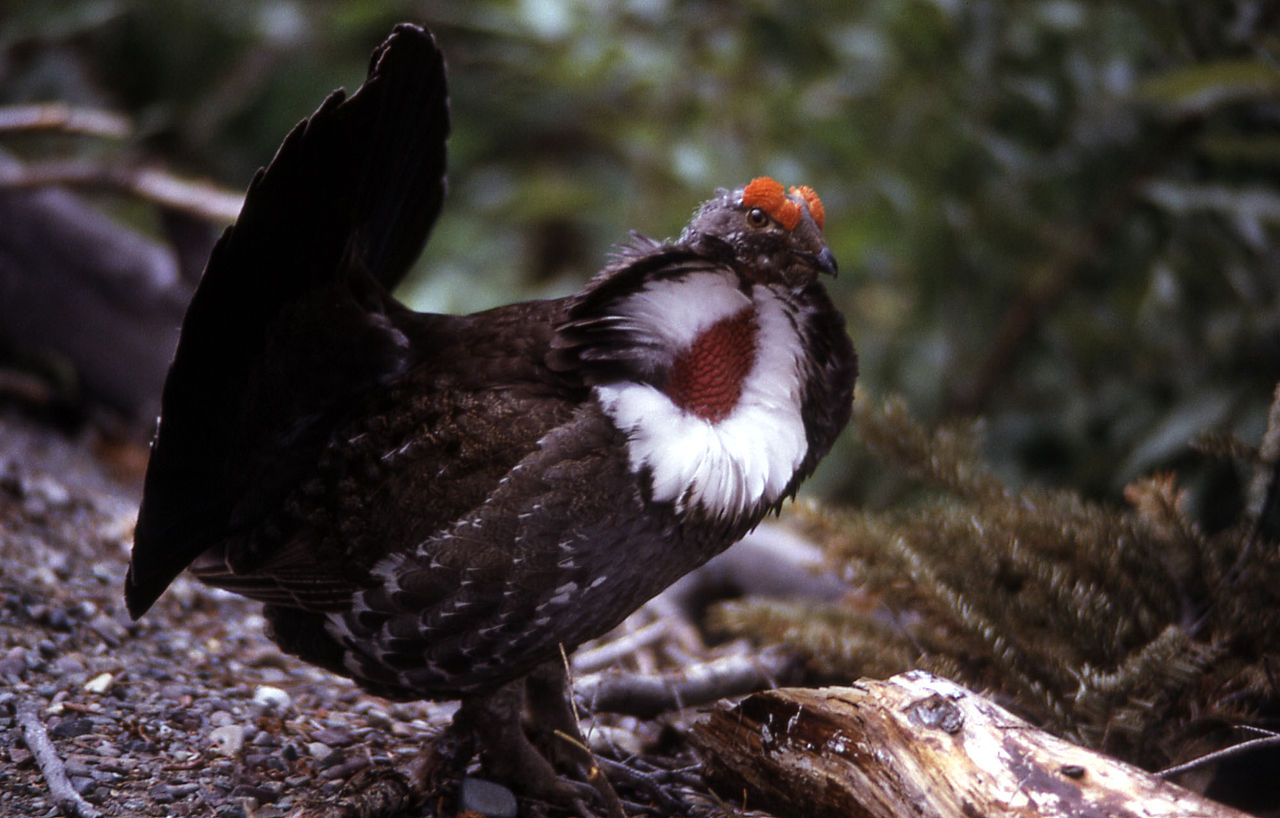
Sooty Blue Grouse "Dendragapus obscurus"
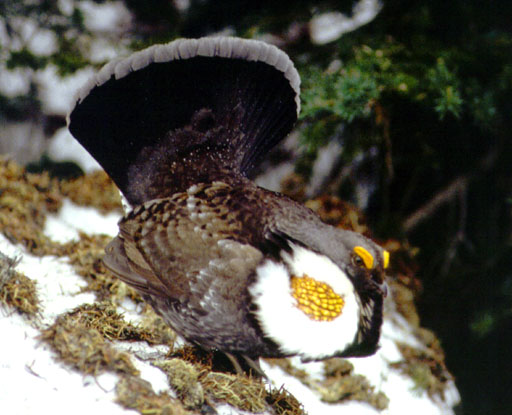
Ptarmigan
Willow Ptarmigan, male "Ptarmigan9"
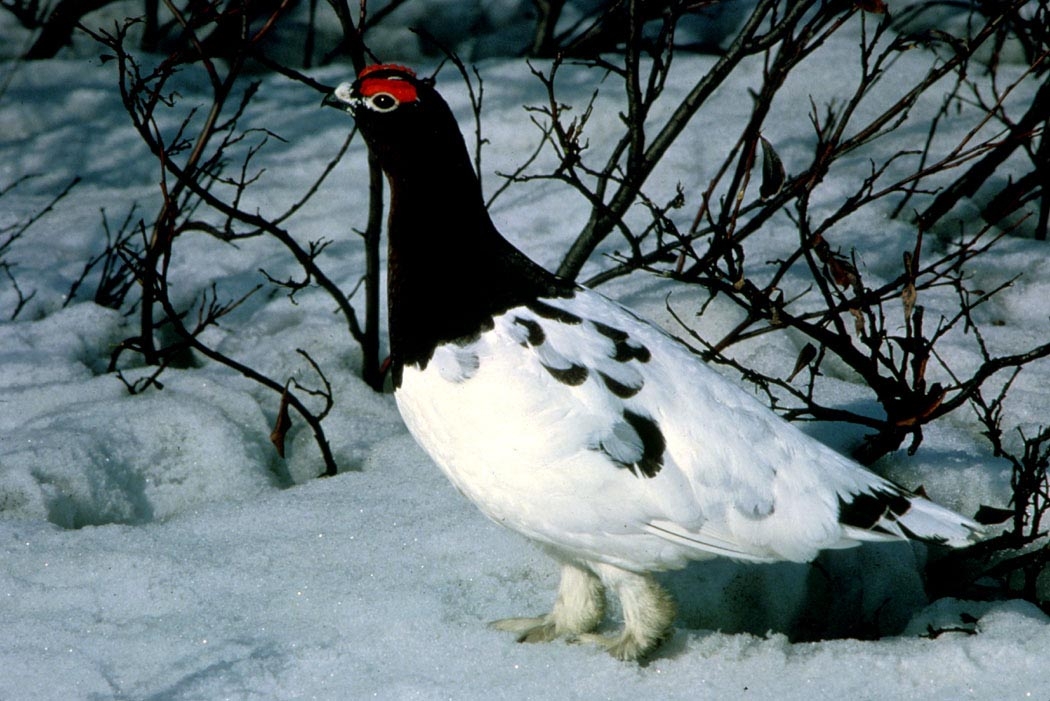
Willow Ptarmigan, female "Lagopus in Abisko"
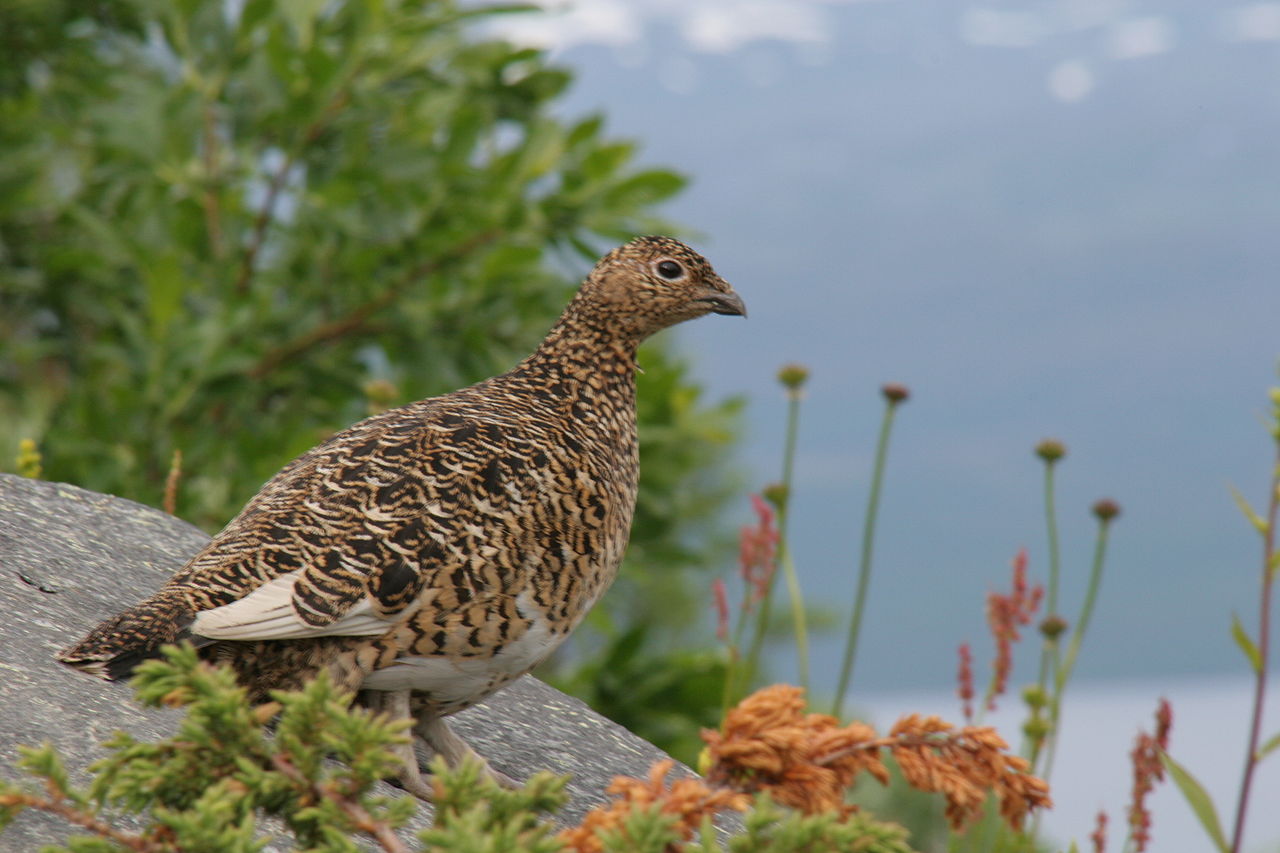
Doves and Pigeons
Mourning Dove

White Wing Dove "Zenaida asiatica"
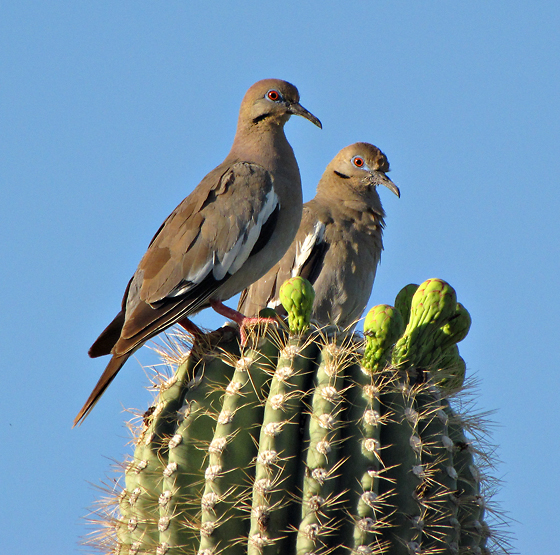
Spotted Dove non-native
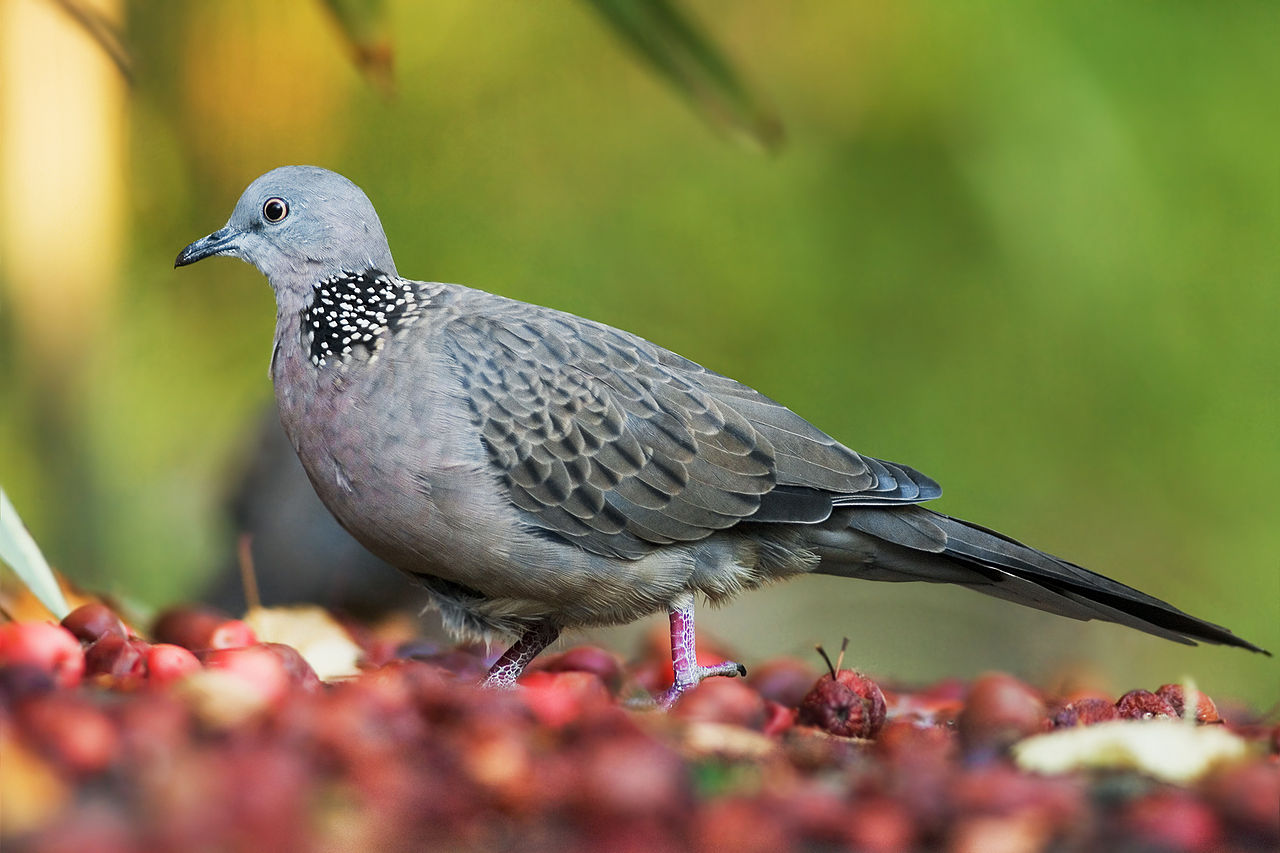
Turtle Dove "Orientalturtledove"
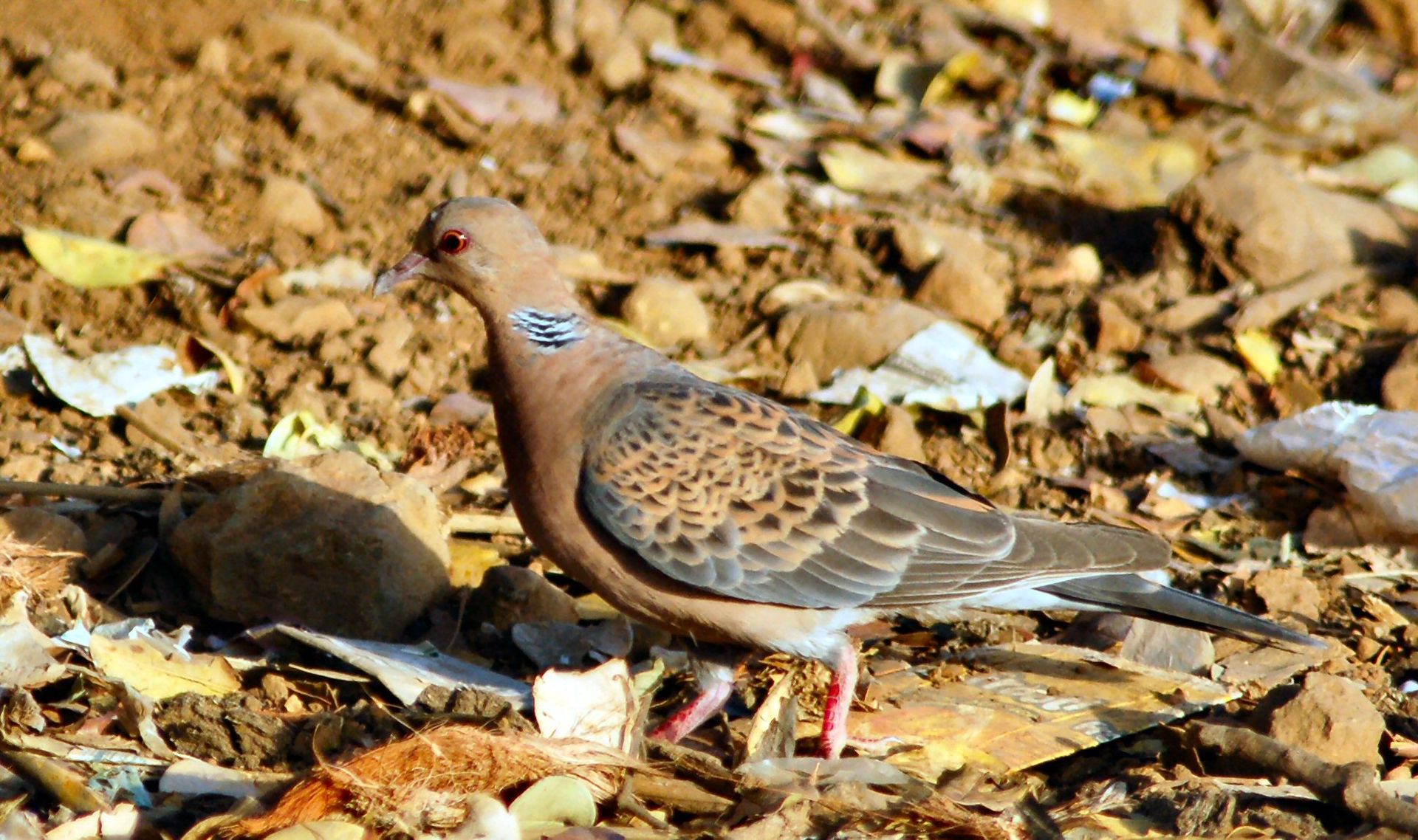
Eurasian Dove and variants "Streptopelia decaocto"
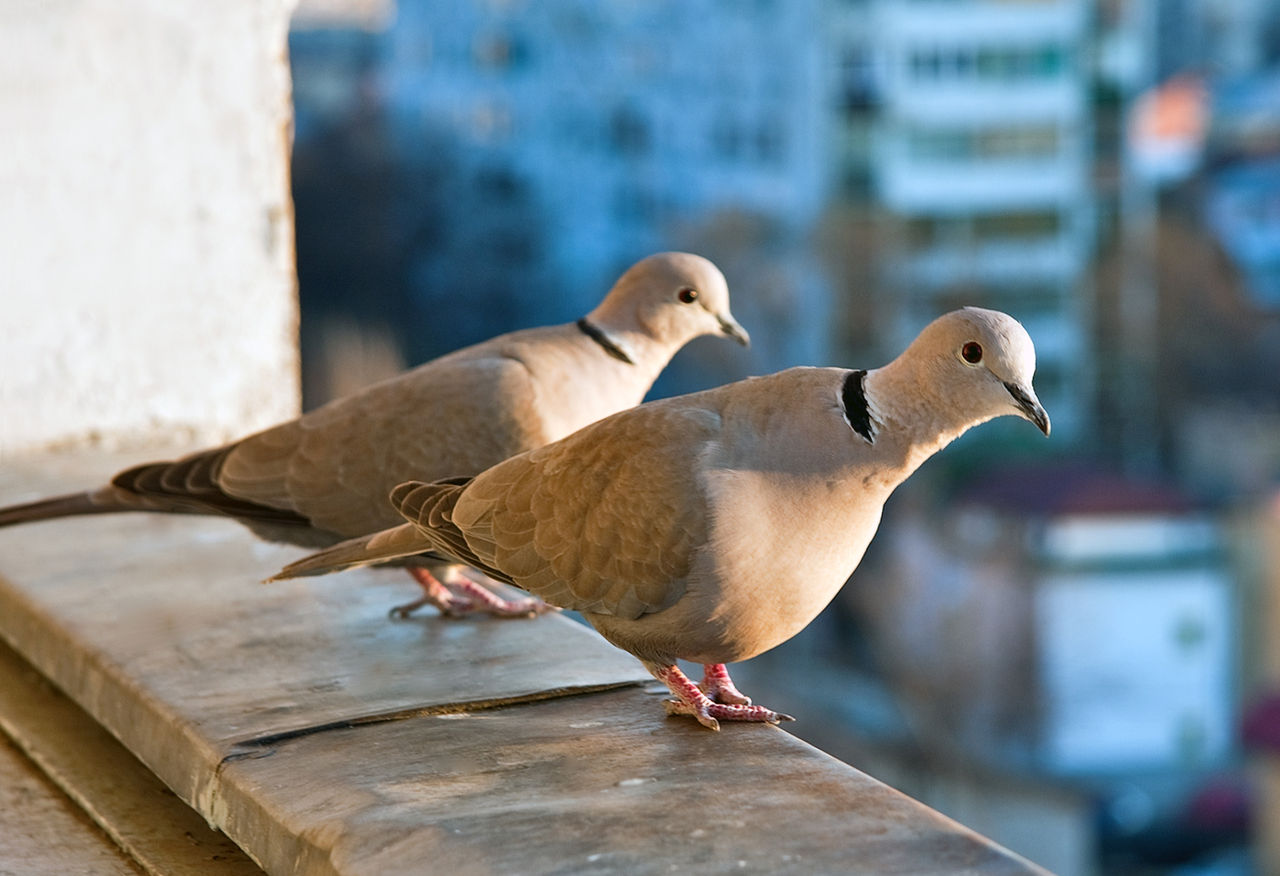
Rock Dove "Paloma bravía"
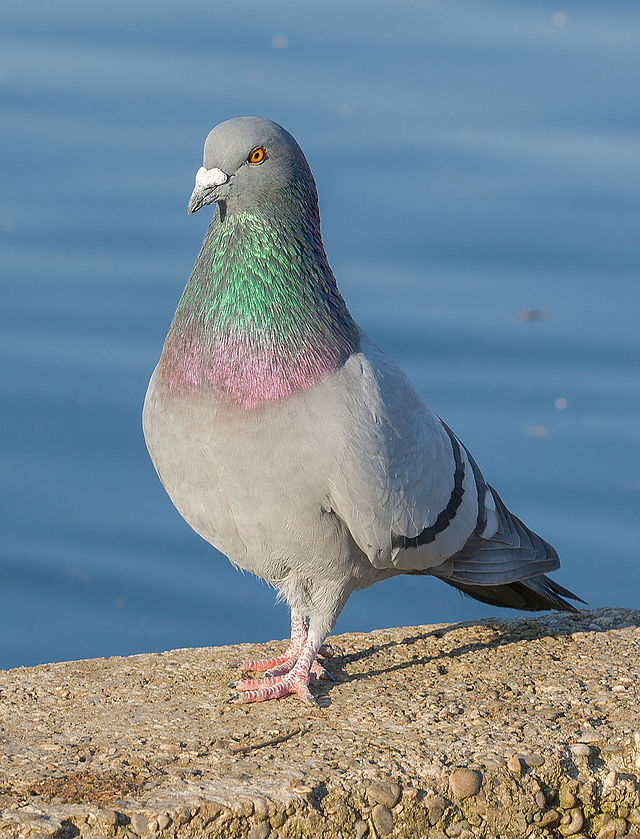
Bandtailed Pigeon "Patagioenas fasciata"
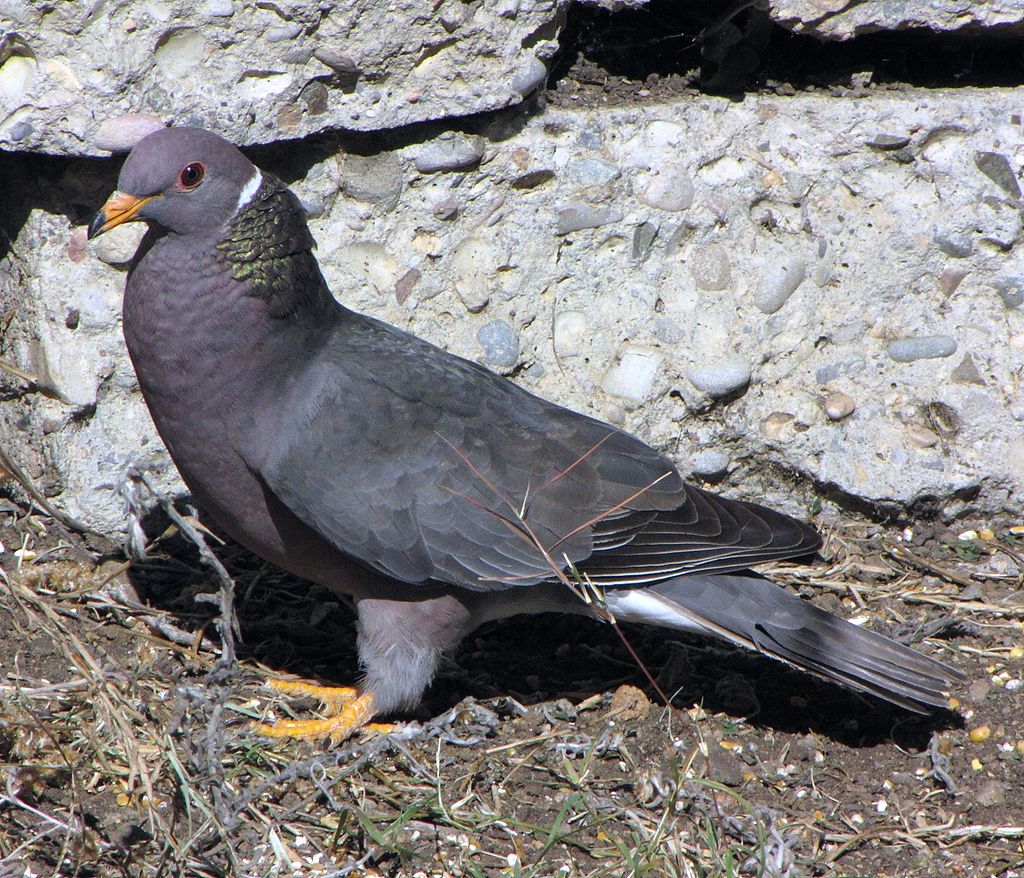
Inca doves, Mexican doves, and others not mentioned above are assumed to be protected
Waterfowl
Puddle Ducks
Mallard "Anas platyrhynchos male female quadrat"

Mexican Duck
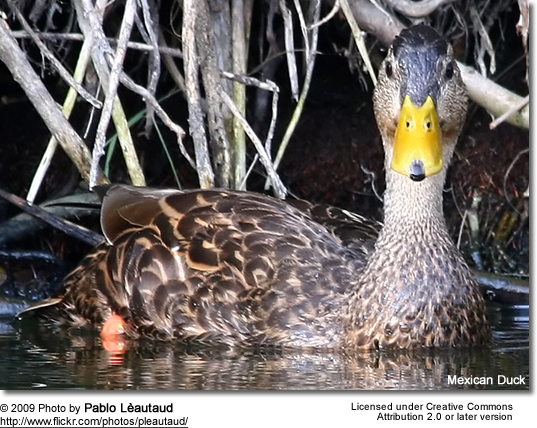
found in lower Colorado River drainage, West to San Diego, often mis identified as a mallard as the drake looks similar to a female mallard, but without the greenish bill but a bill that in orange like a female mallard but without the black saddle. The blue in the wing is not dark blue, but more tourquise, a similar species, the mottled duck has a green wing patch. The black duck has the blue patch, but has a darker body.
Northern Pintail, Sprig-male and female "Northern Pintails (Male & Female)"
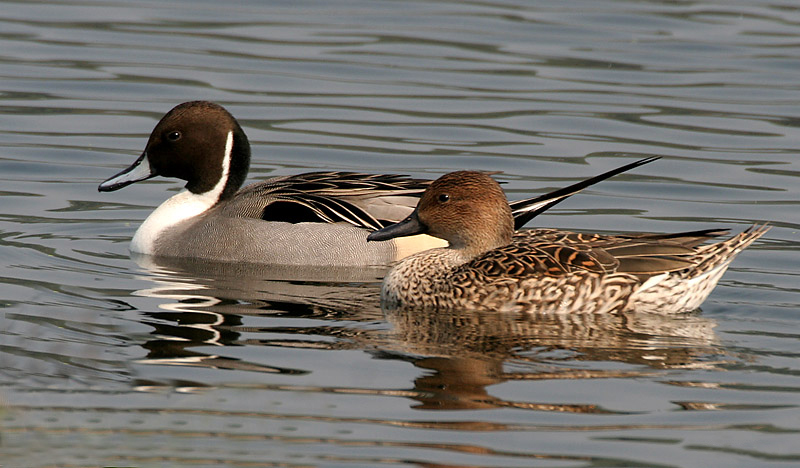
American Wigeon, Baldpate, male "Anas americana - drake"
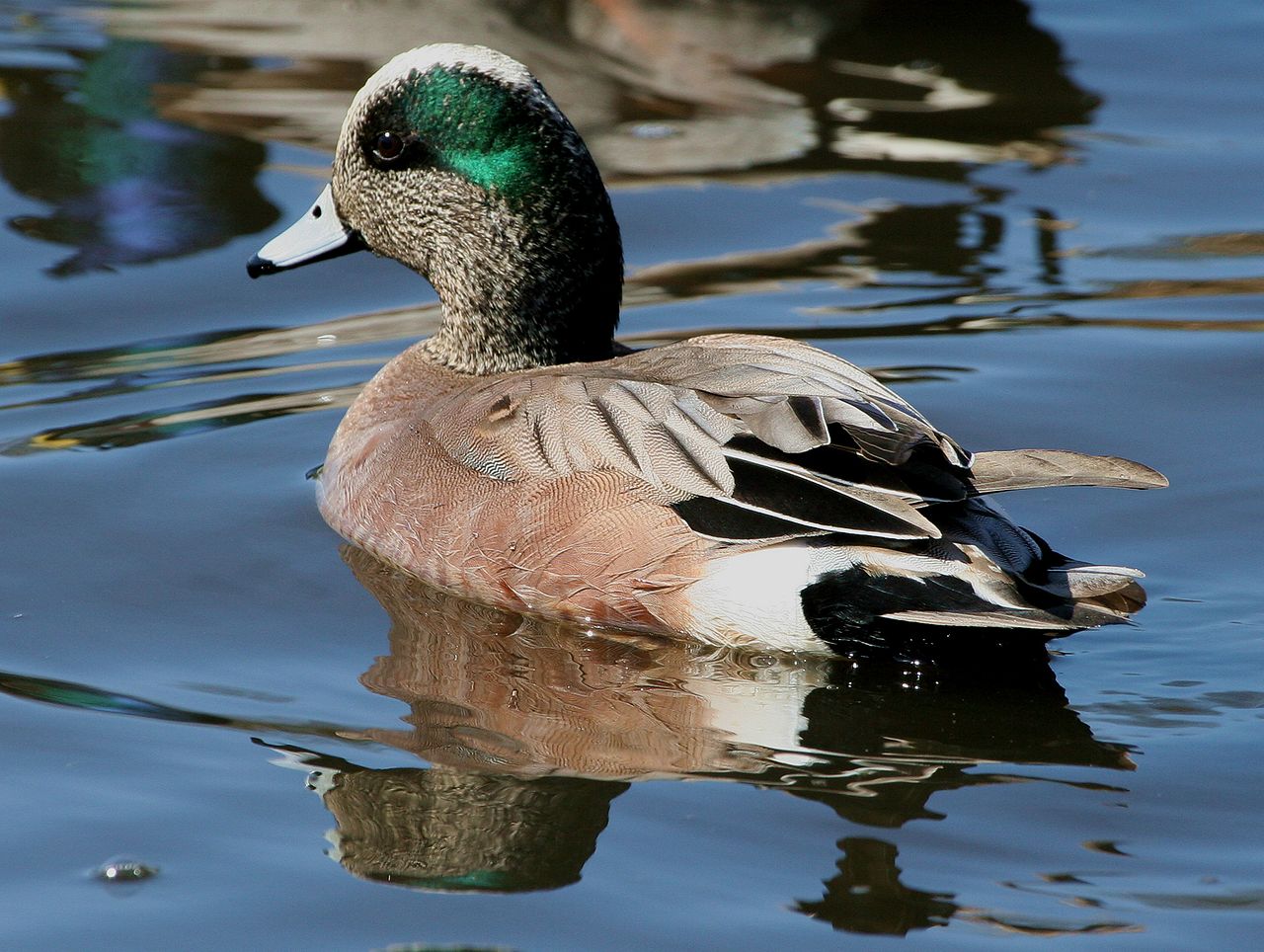
American Wigeon, Baldpate, female "Anas-americana"
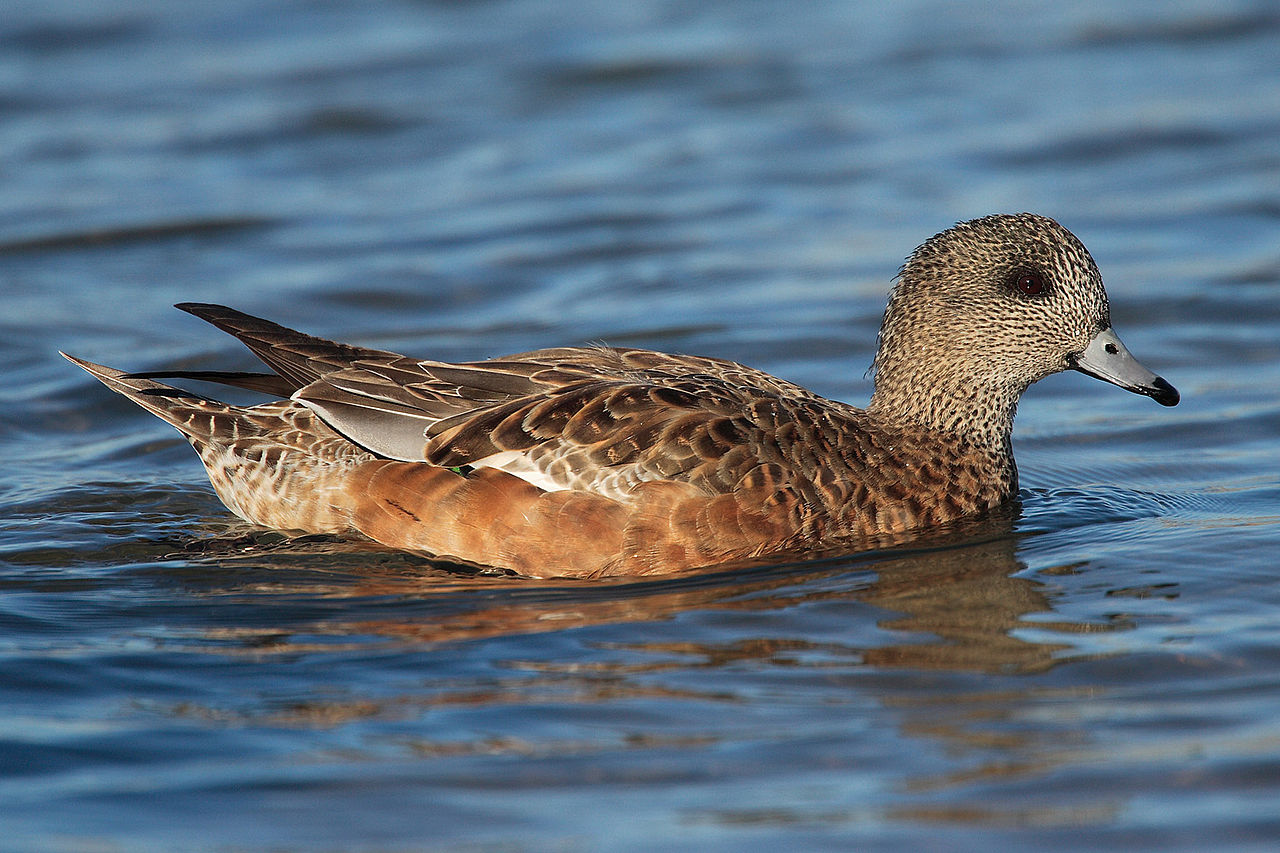
Eurasian Wigeon, male and female "Anas penelope kuribo"
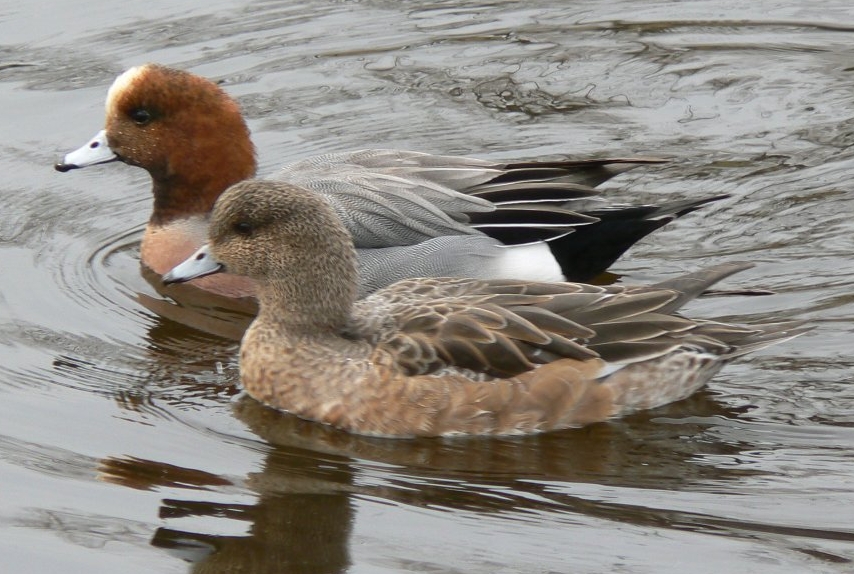
Northern Shoveller, Spoonbill-male "Northern-Shoveler Anas-clypeata"
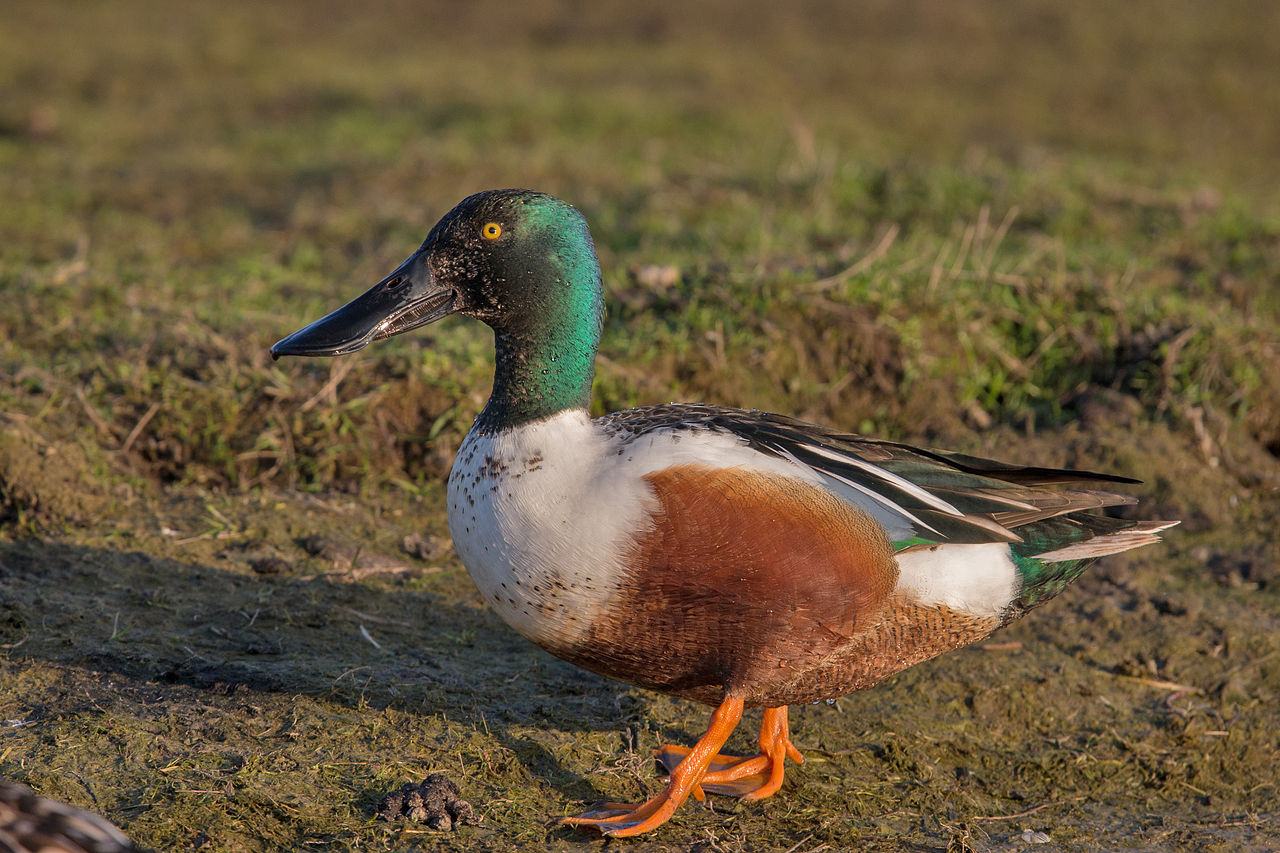
Northern Shoveller, Spoonbill-female "Northern Shoveler-Anas clypeata"
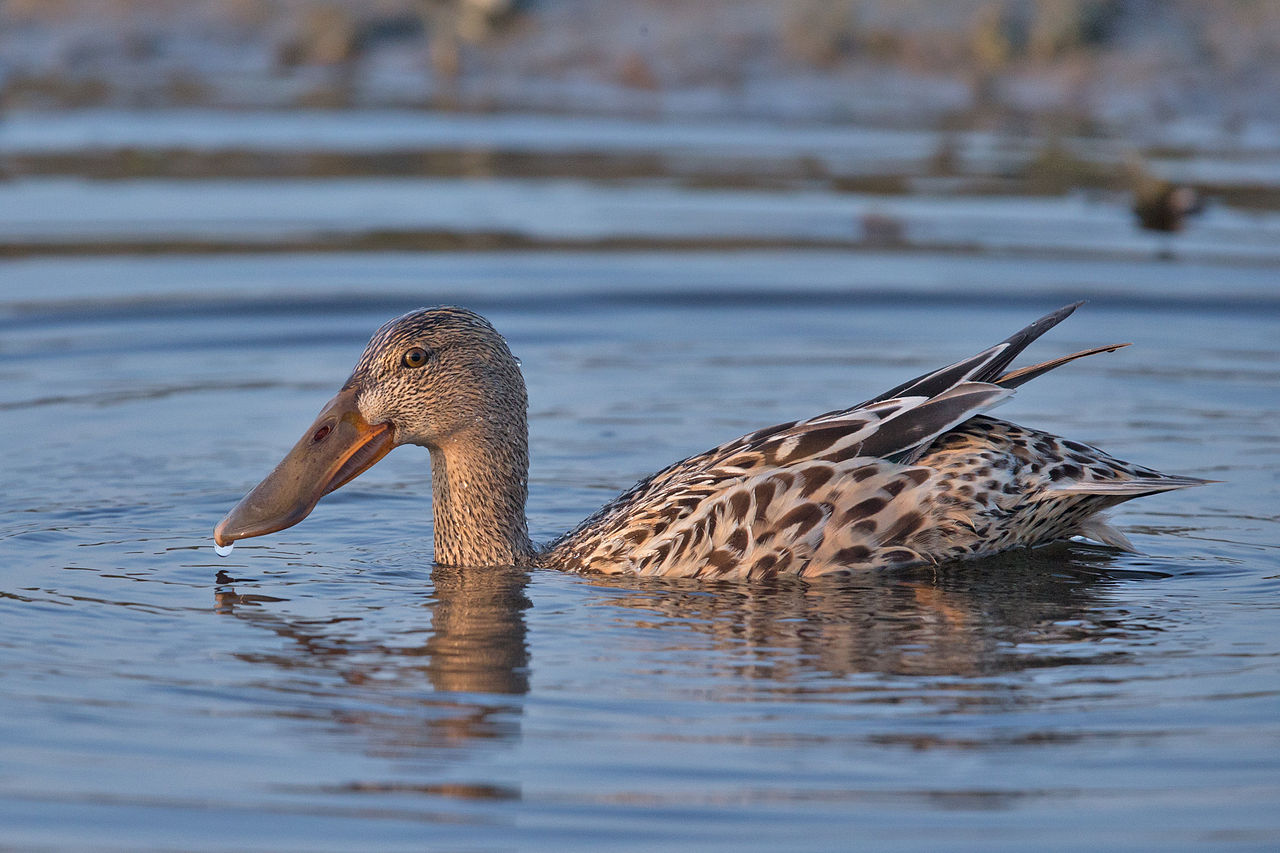
Green Winged Teal, male and female "Anas carolinensis FWS"
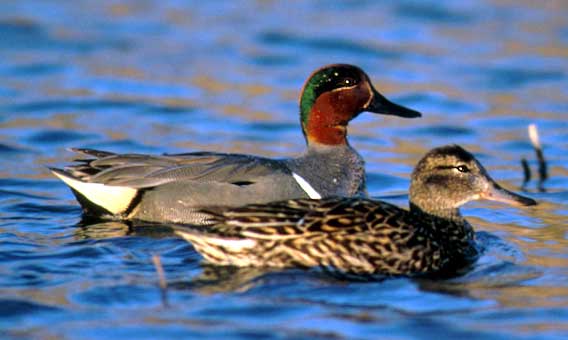
Bluewinged Teal, male Hen similar to Cinnamon teal. "Anas carolinensis FWS"
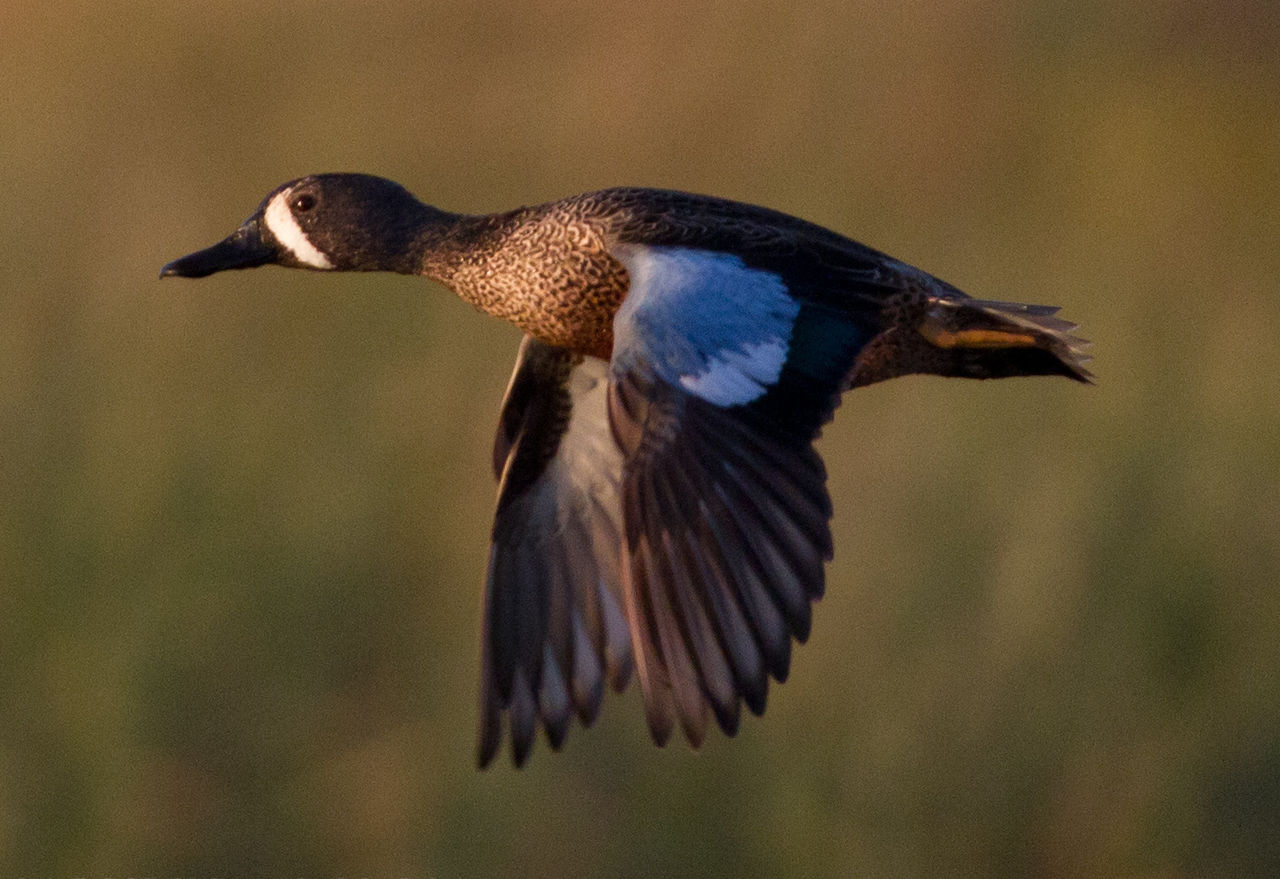
Cinnamon Teal, male "Sarcelle cannelle"
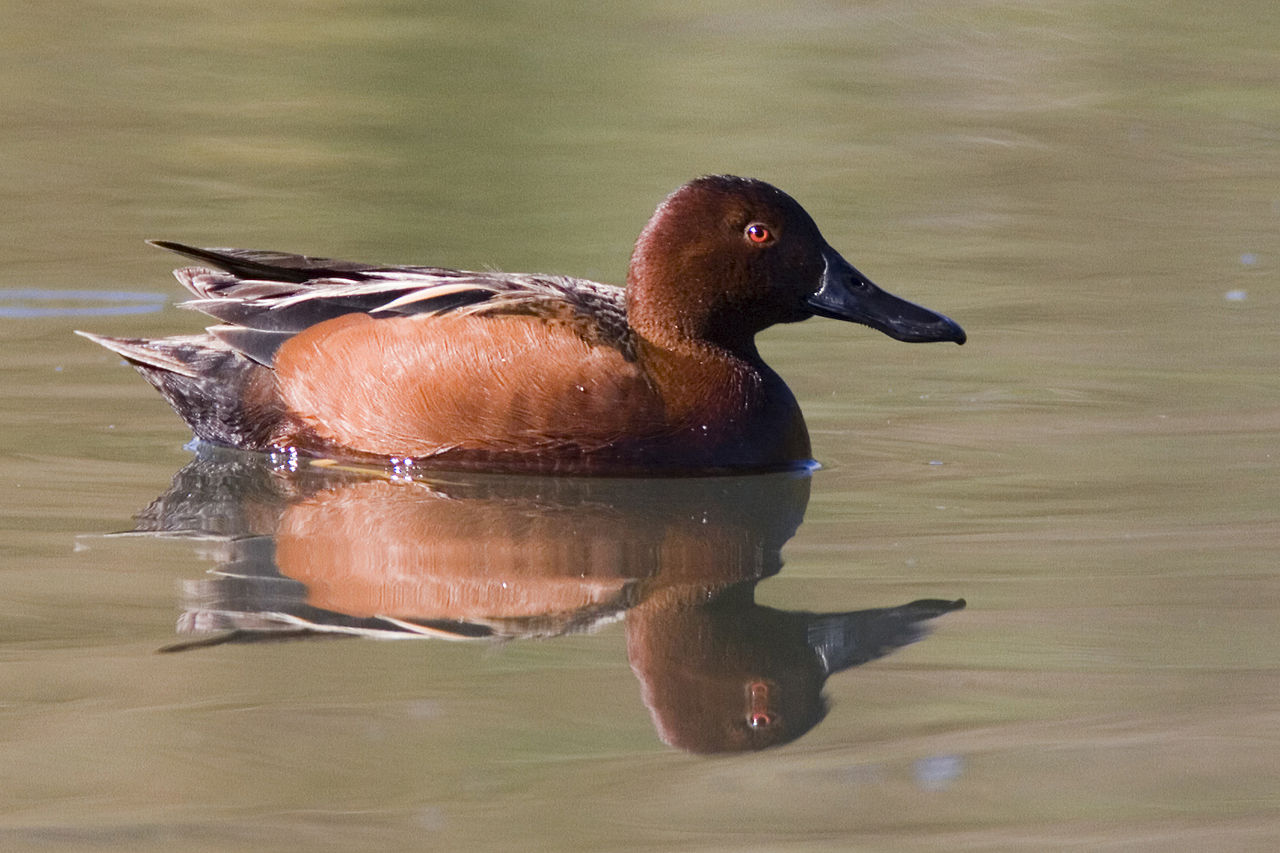
Cinnamon Teal, female "Anas cyanoptera"
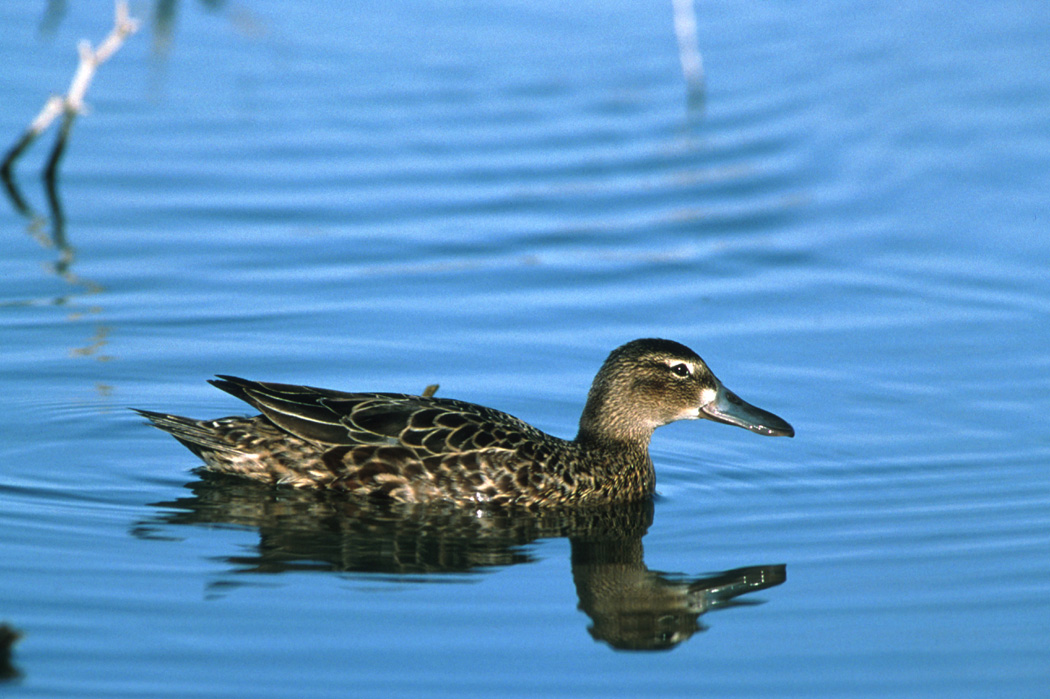
Wood Ducks
Wood Duck, Male
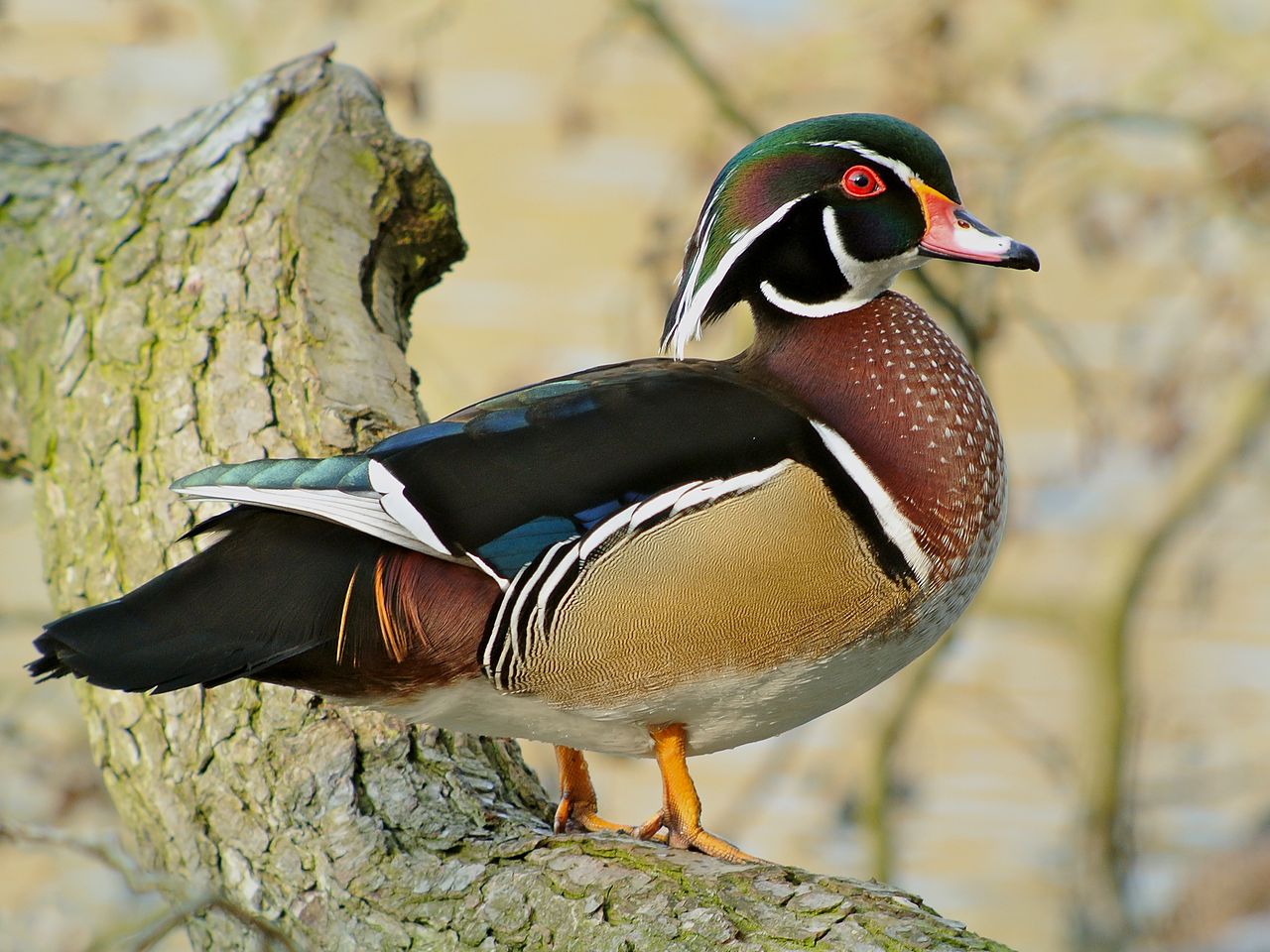
Wood Duck, Female
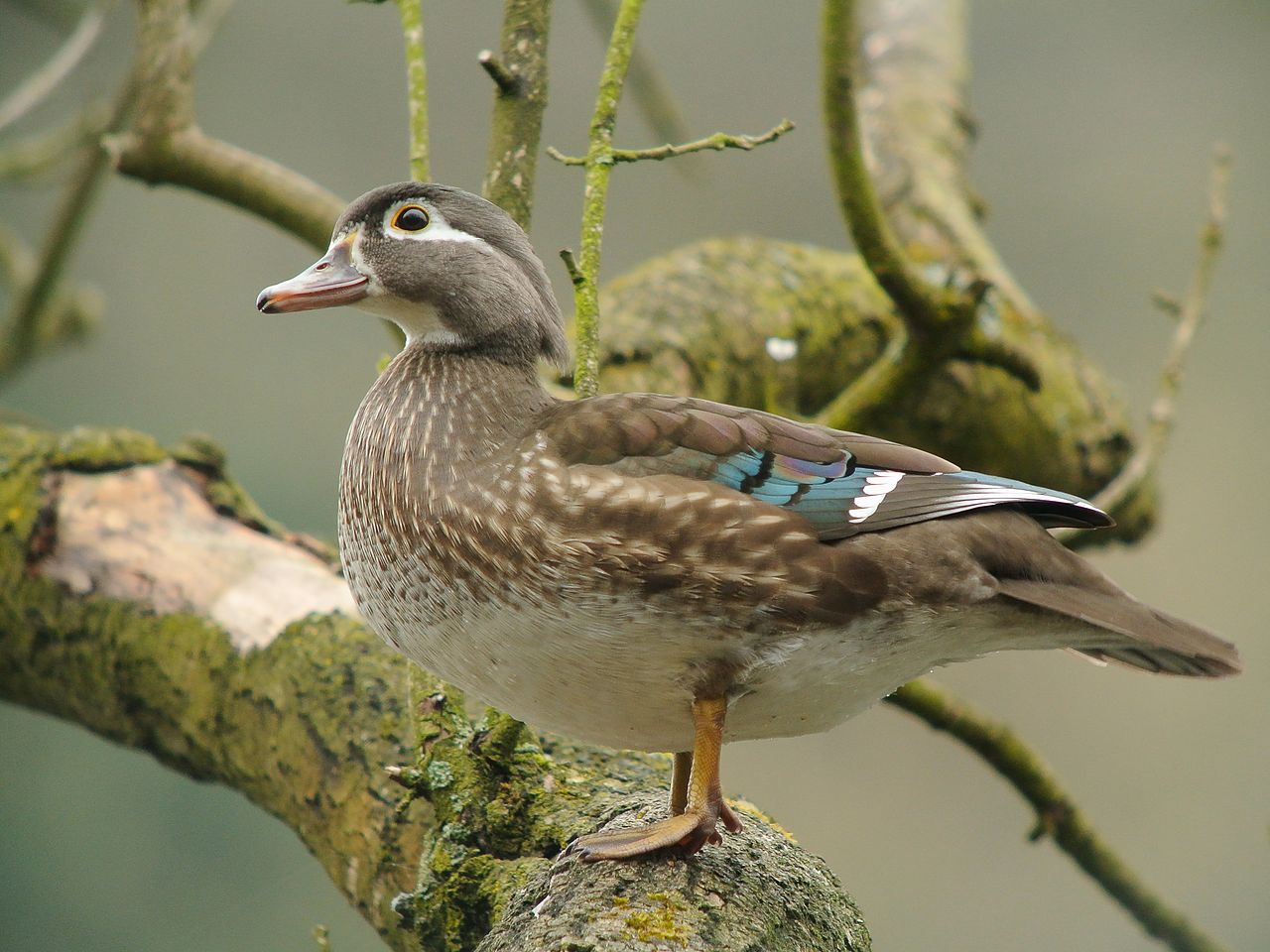
Mandarin
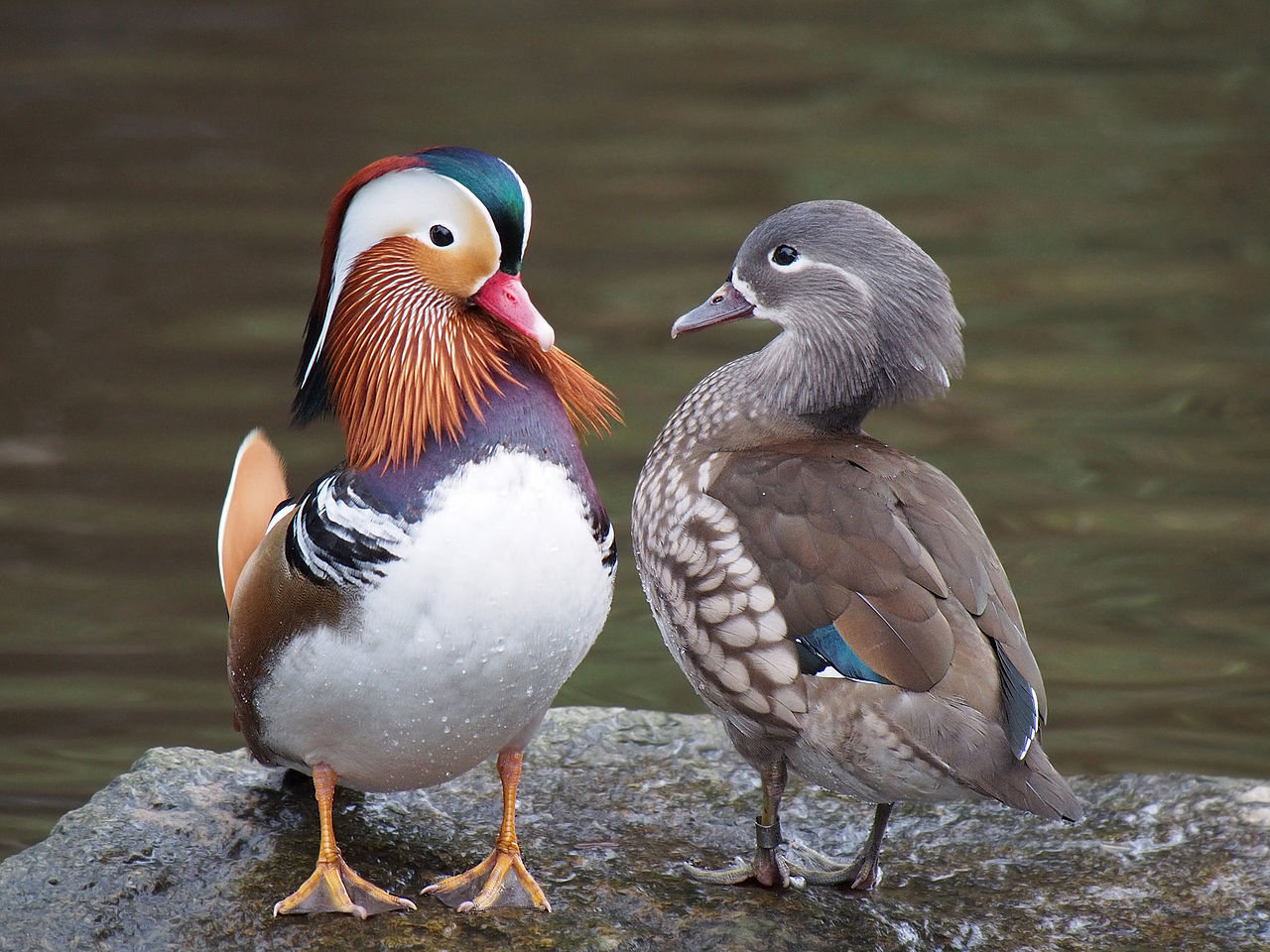
Mergansers
Hooded Merganser, male
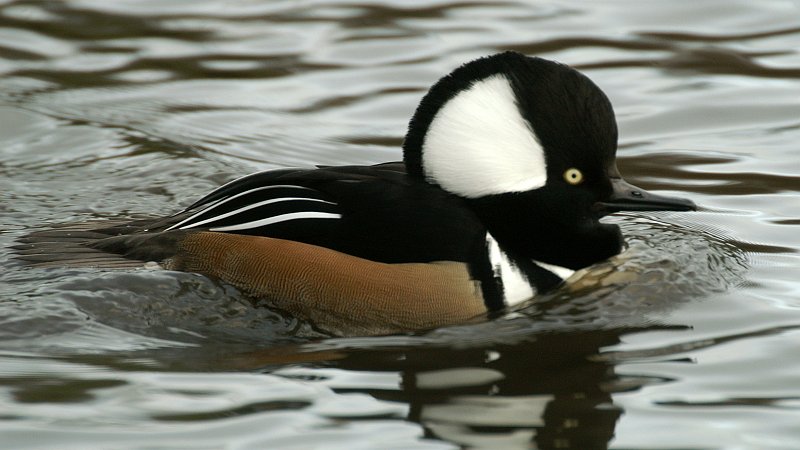
Hooded Merganser, female
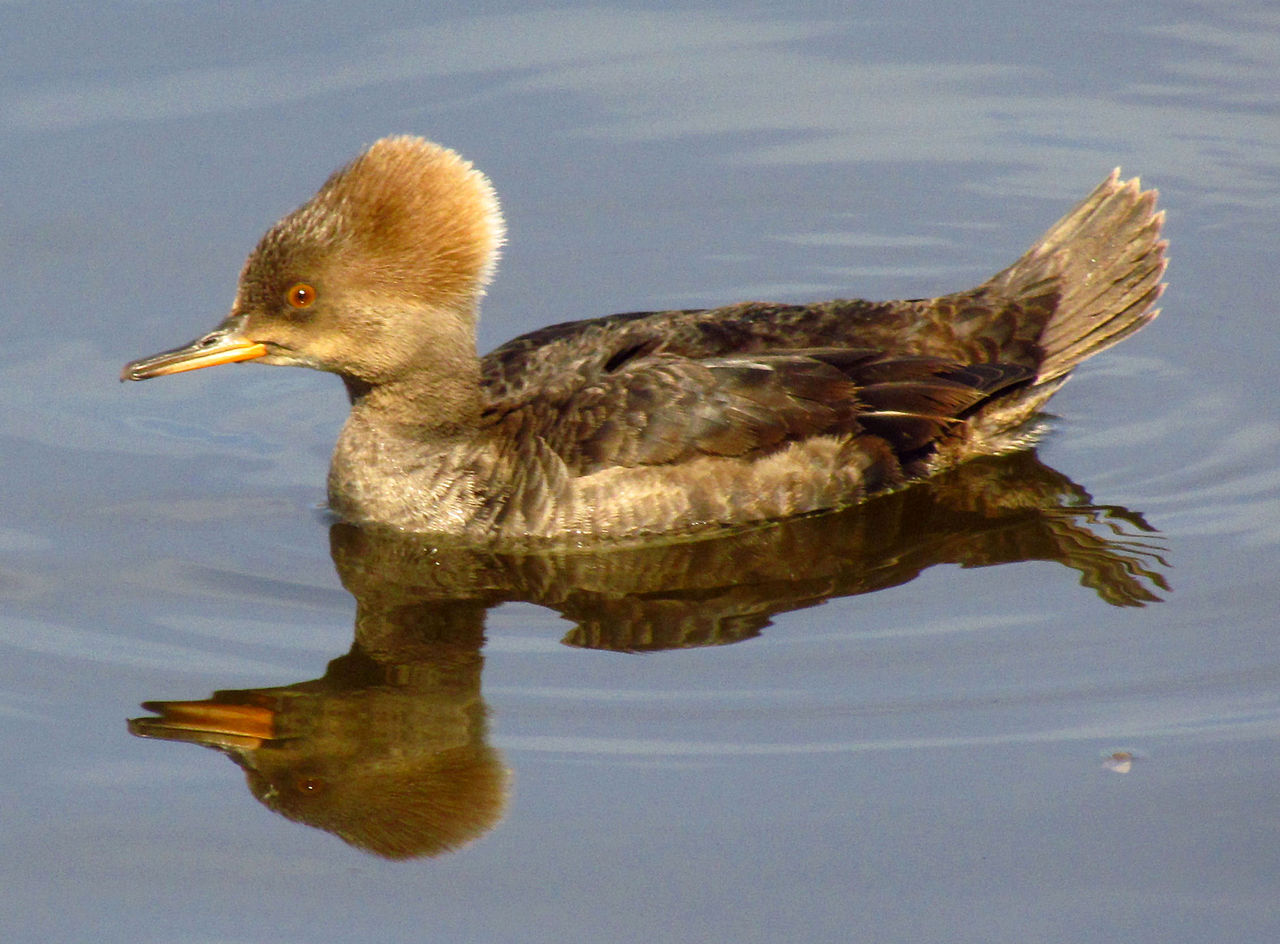
Red Breasted Merganser, male
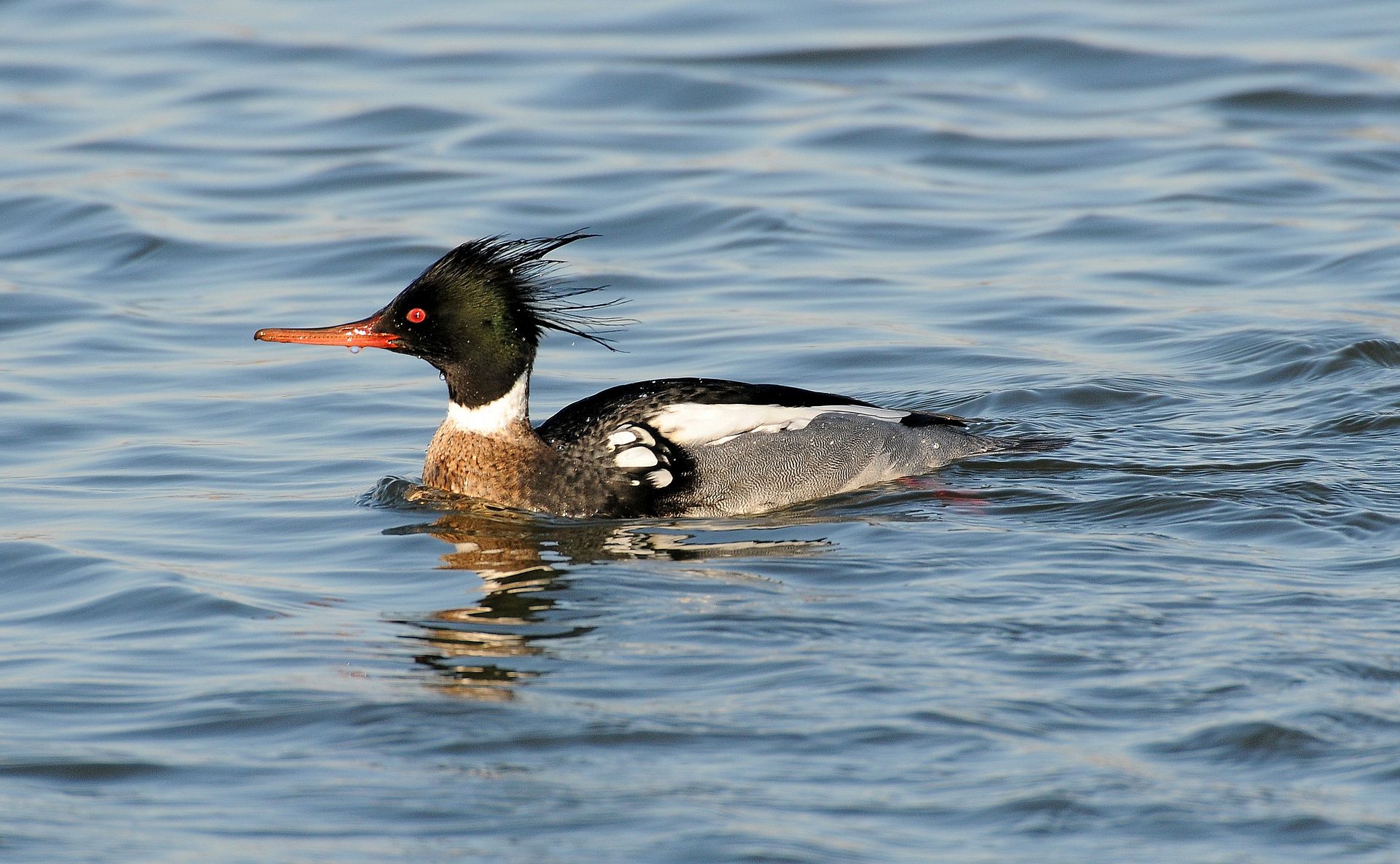
Red Breasted Merganser, female
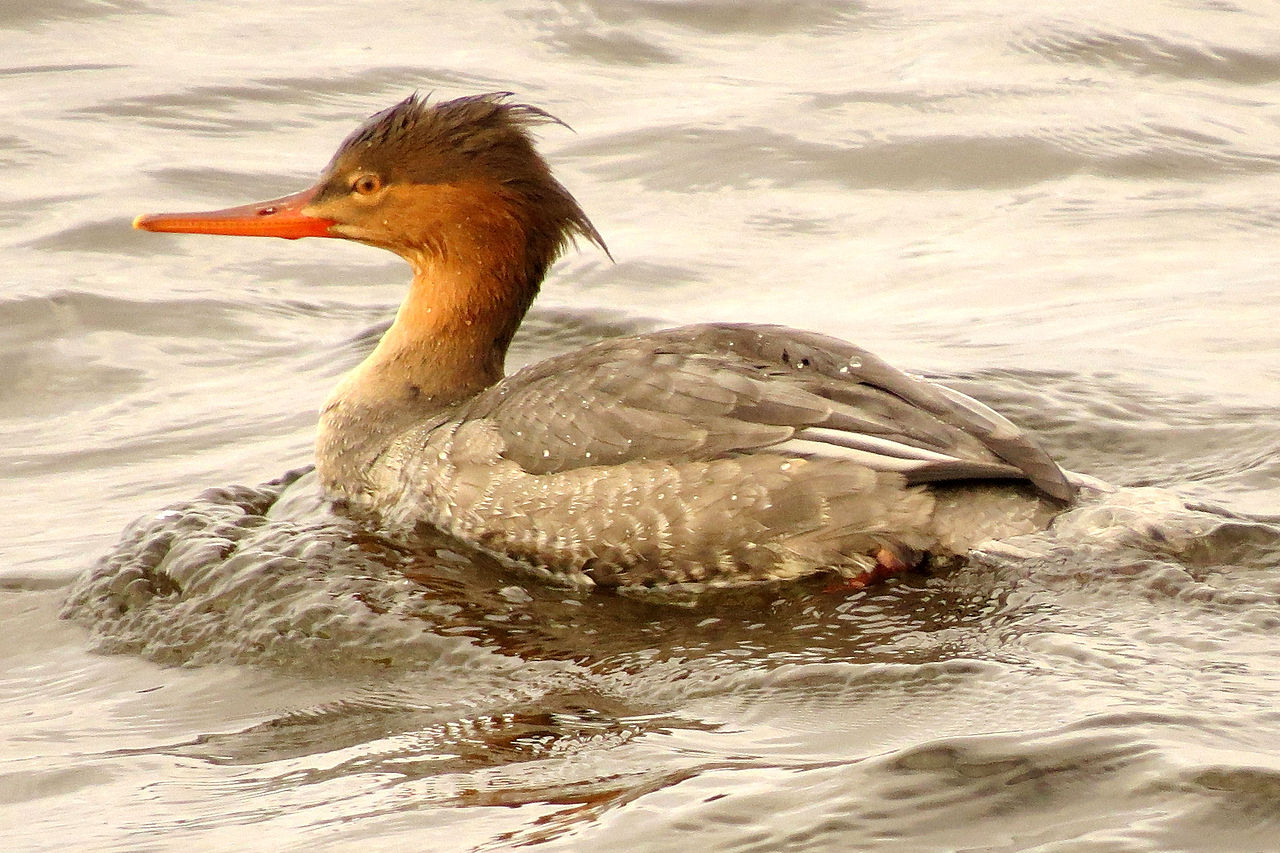
Common Merganser,male
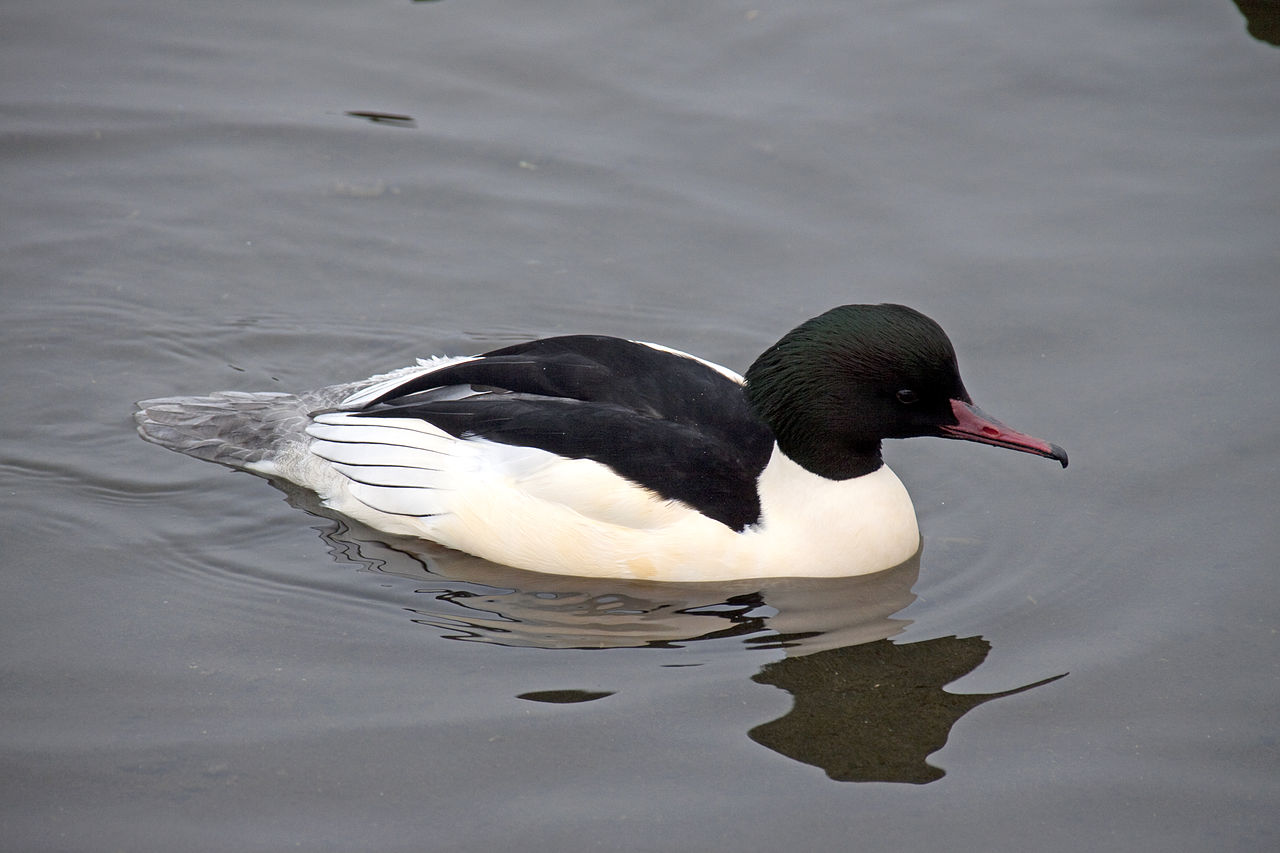
Common Merganser, female
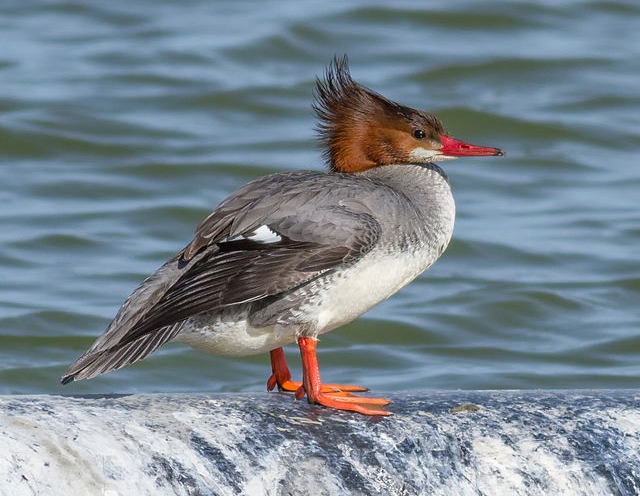
Sea Ducks
Common Scoter "Eurasian common scoter"
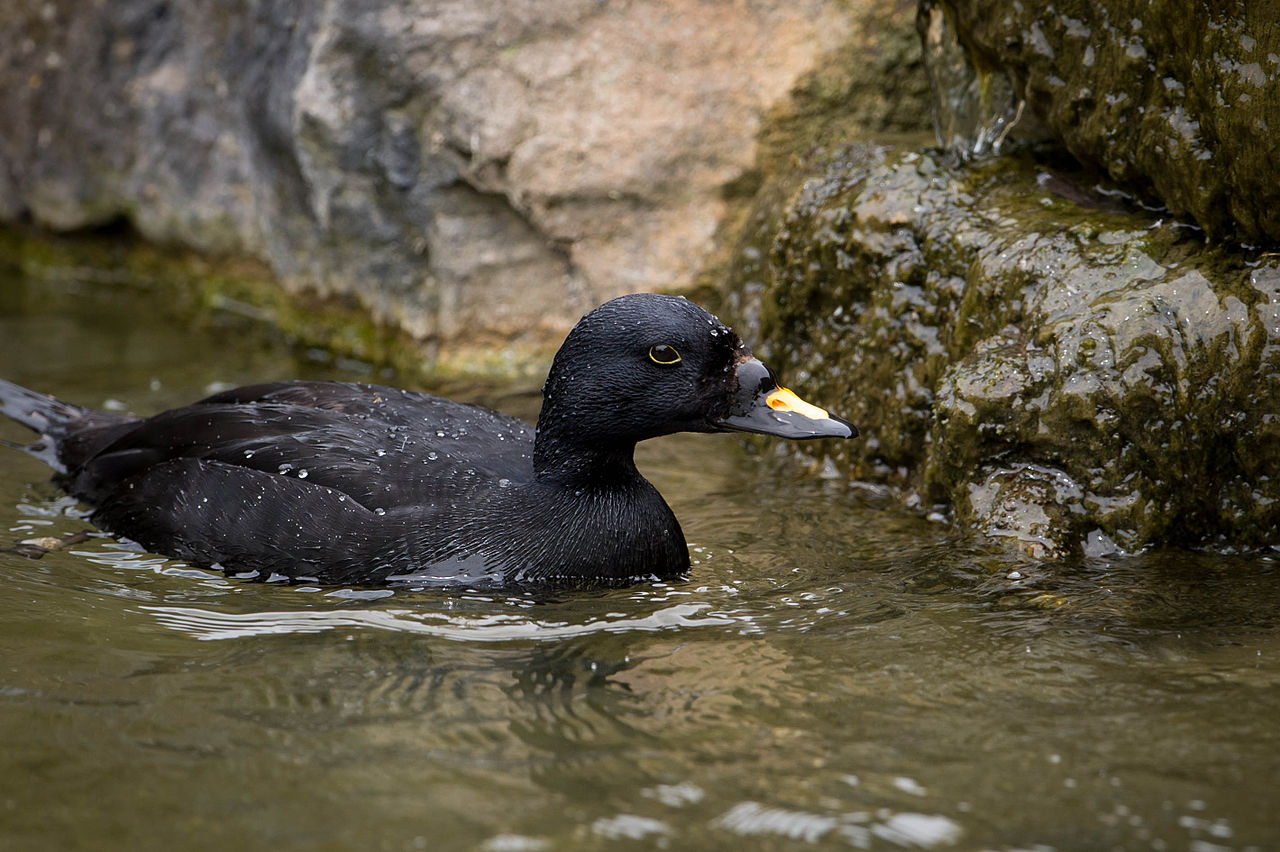
White Winged Scoter
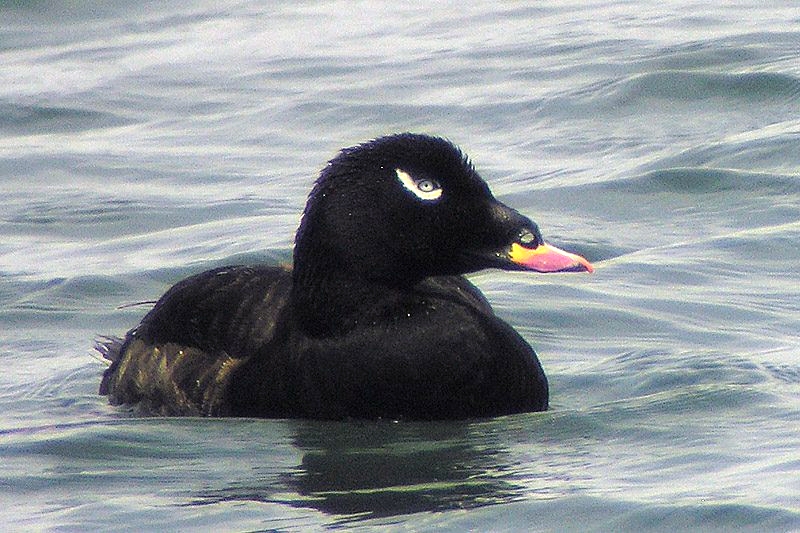
Surf Scoter, male "Melanitta perspicillata"
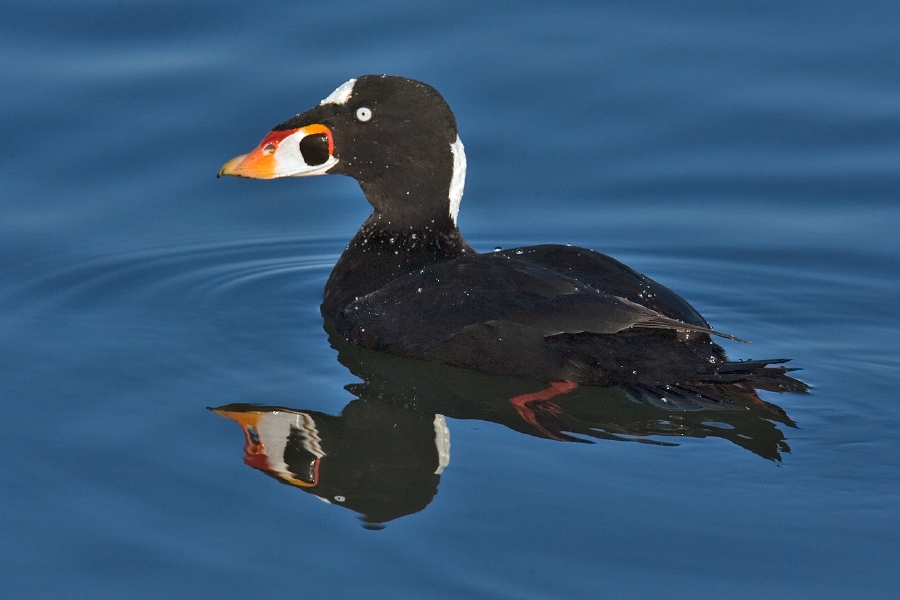
Surf Scoter, female "Melanitta perspicillata female"
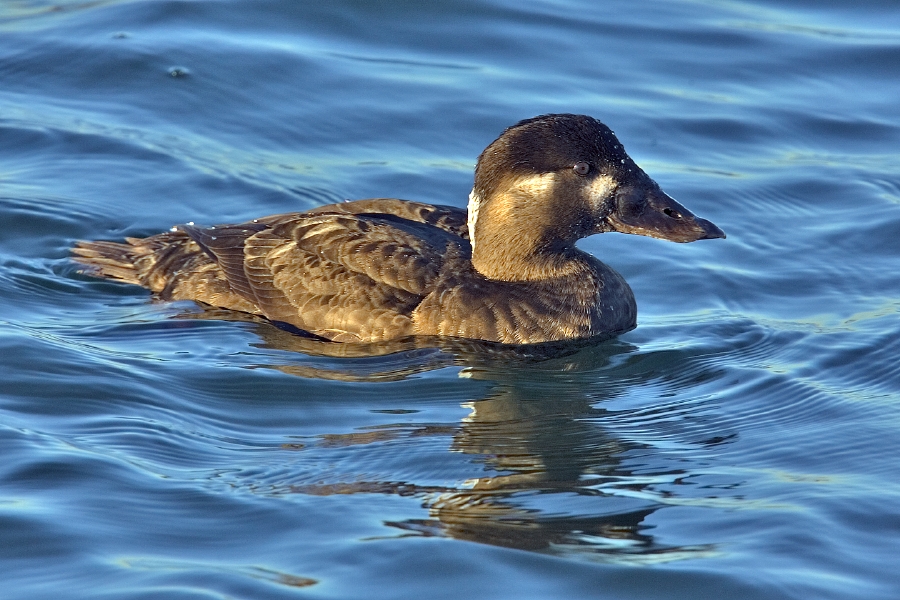
Harlequin Duck "Histrionicus histrionicus drake Barnegat"
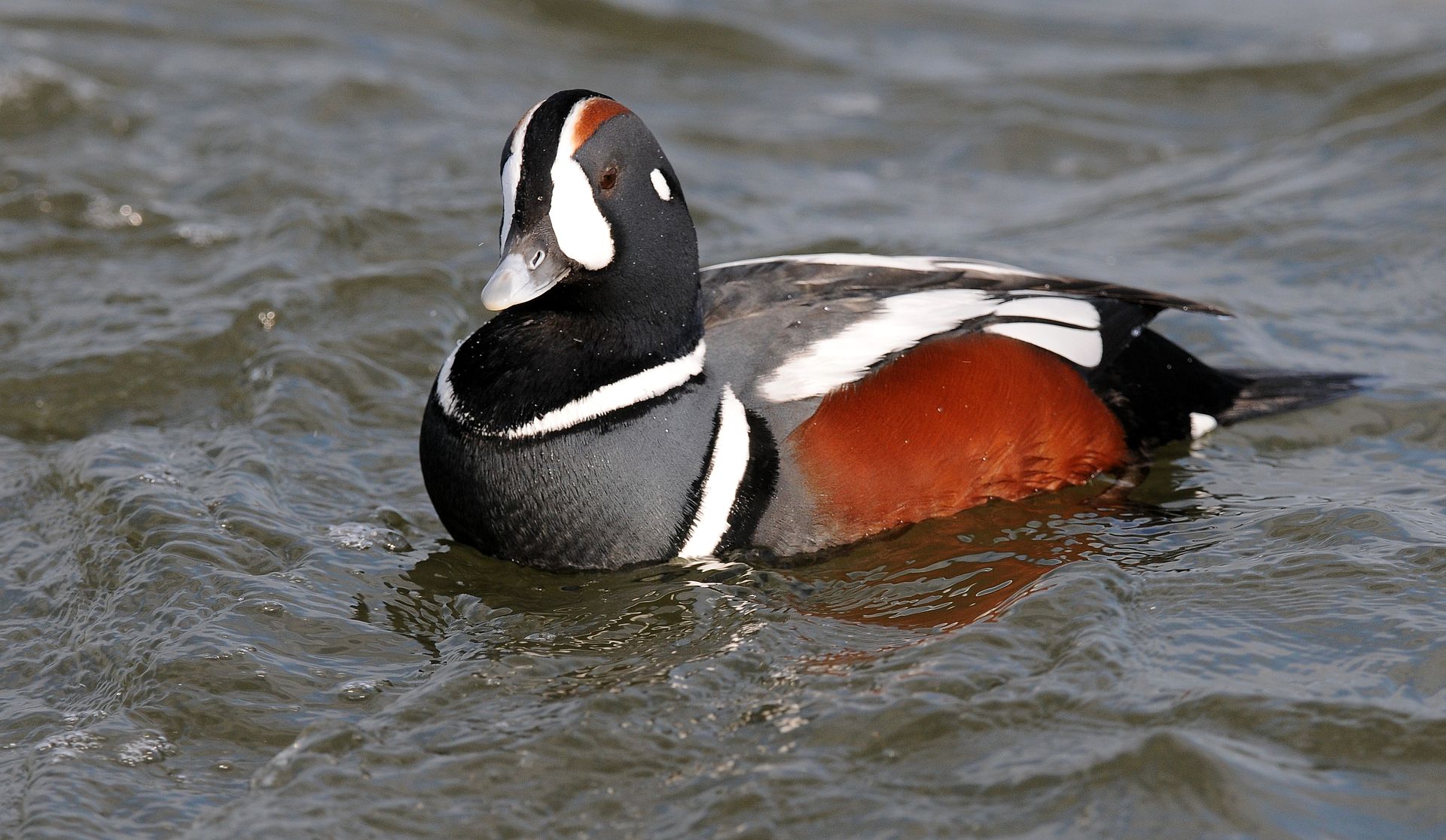
Oldsquaw, Long Tailed Duck, male "Long-tailed-duck"
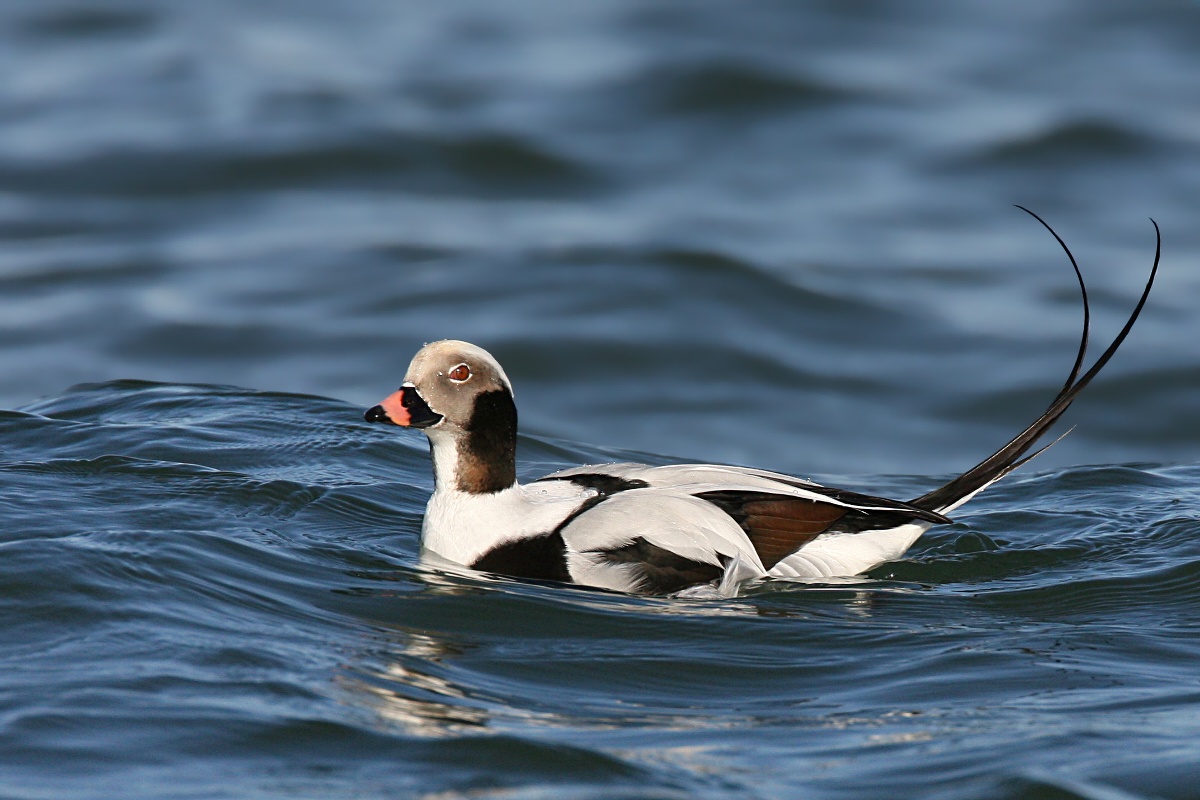
Oldsquaw, Long Tailed Duck, female "Clangula-hyemalis"
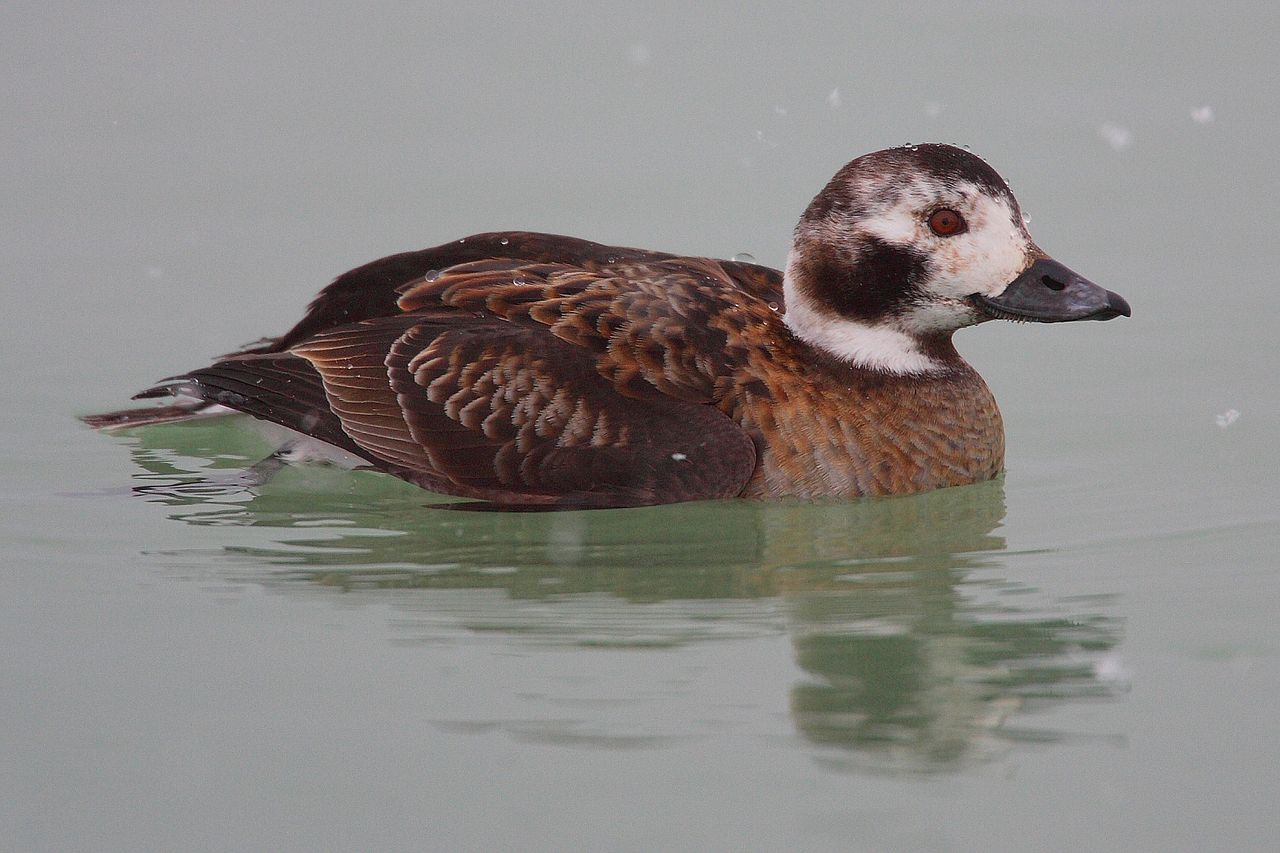
Common Eider, male and female "Somateria mollissima male female"
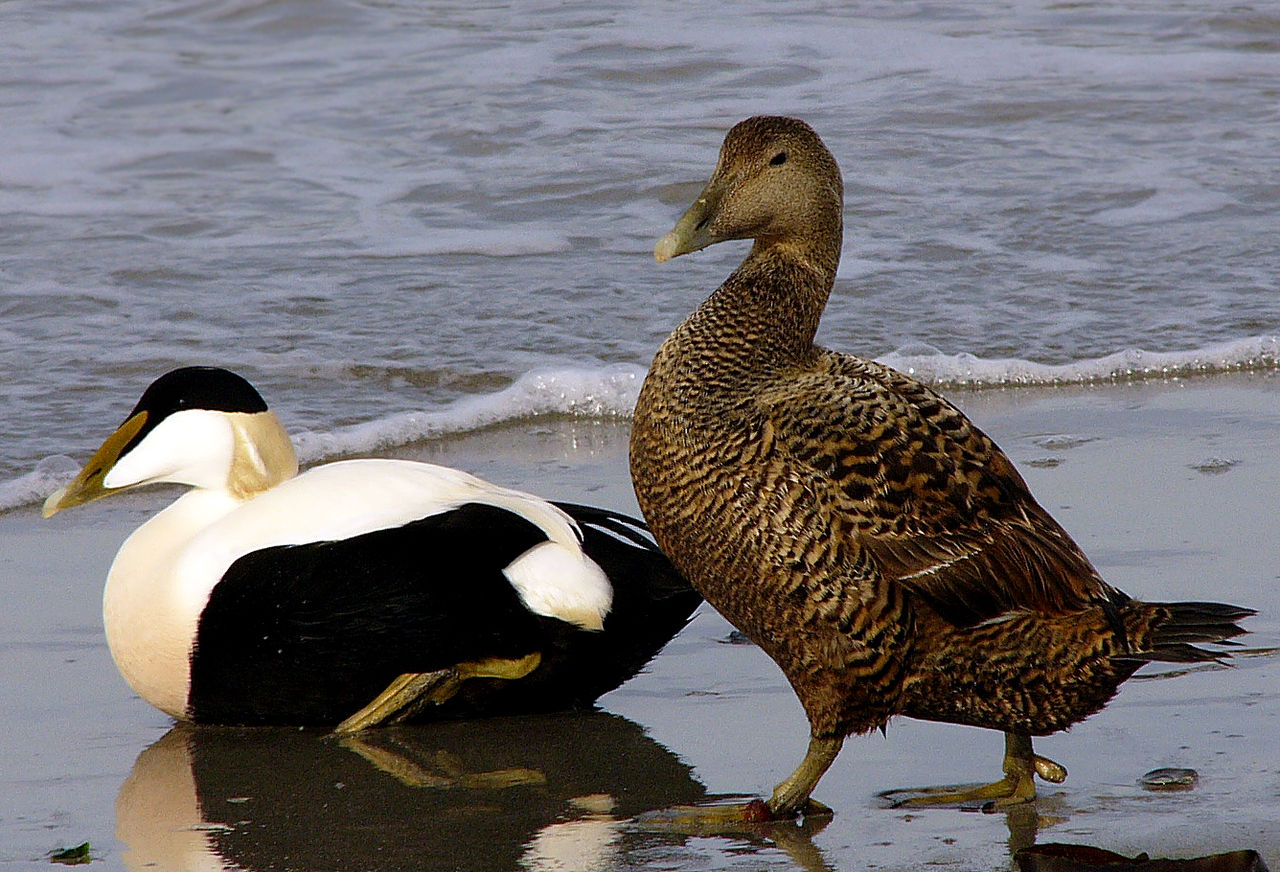
King Eider, male "Somateria spectabilis"
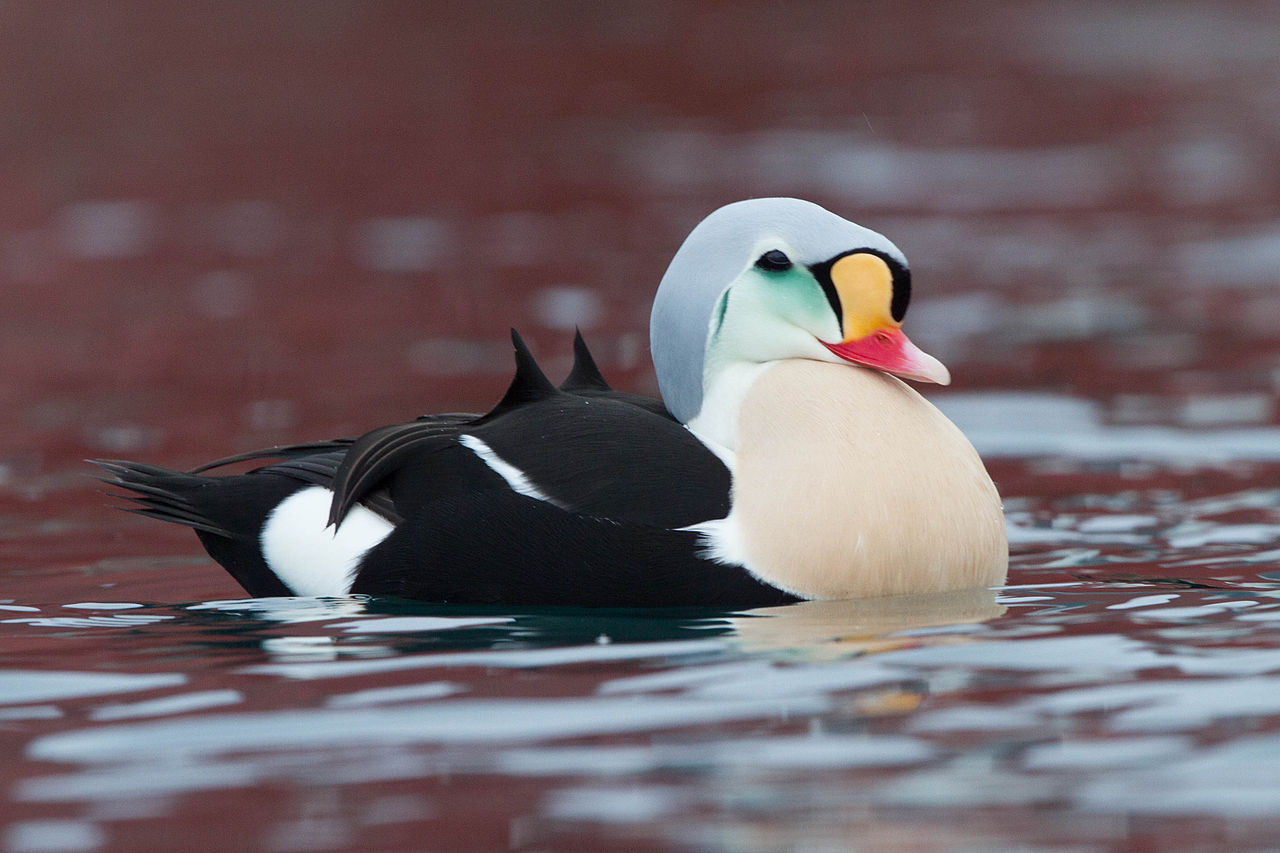
King Eider, female
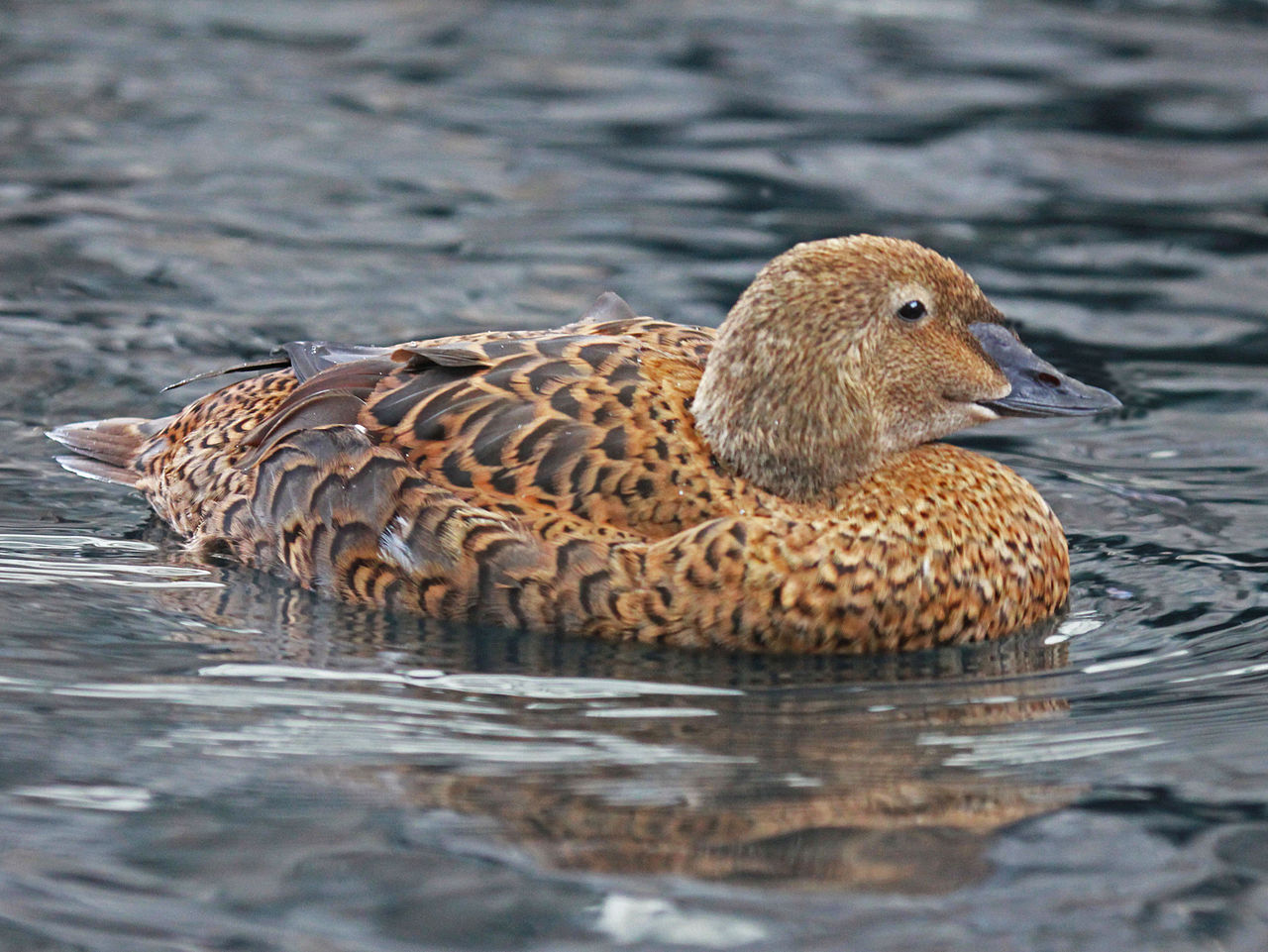
Whistling Ducks
Fulvous Whistling Duck, sexes alike "Dendrocygna bicolor wilhelma"
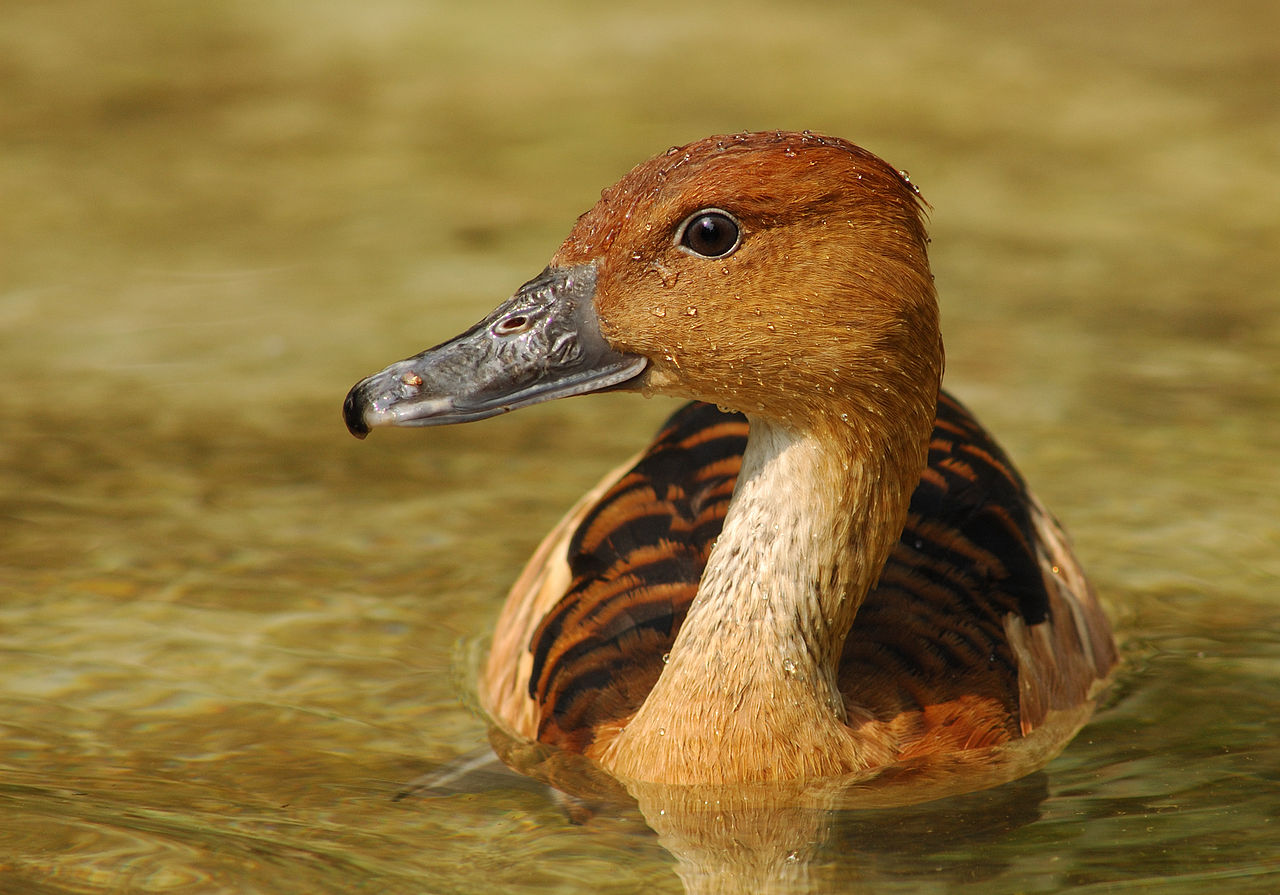
Black Bellied Whistling Duck, sexes alike
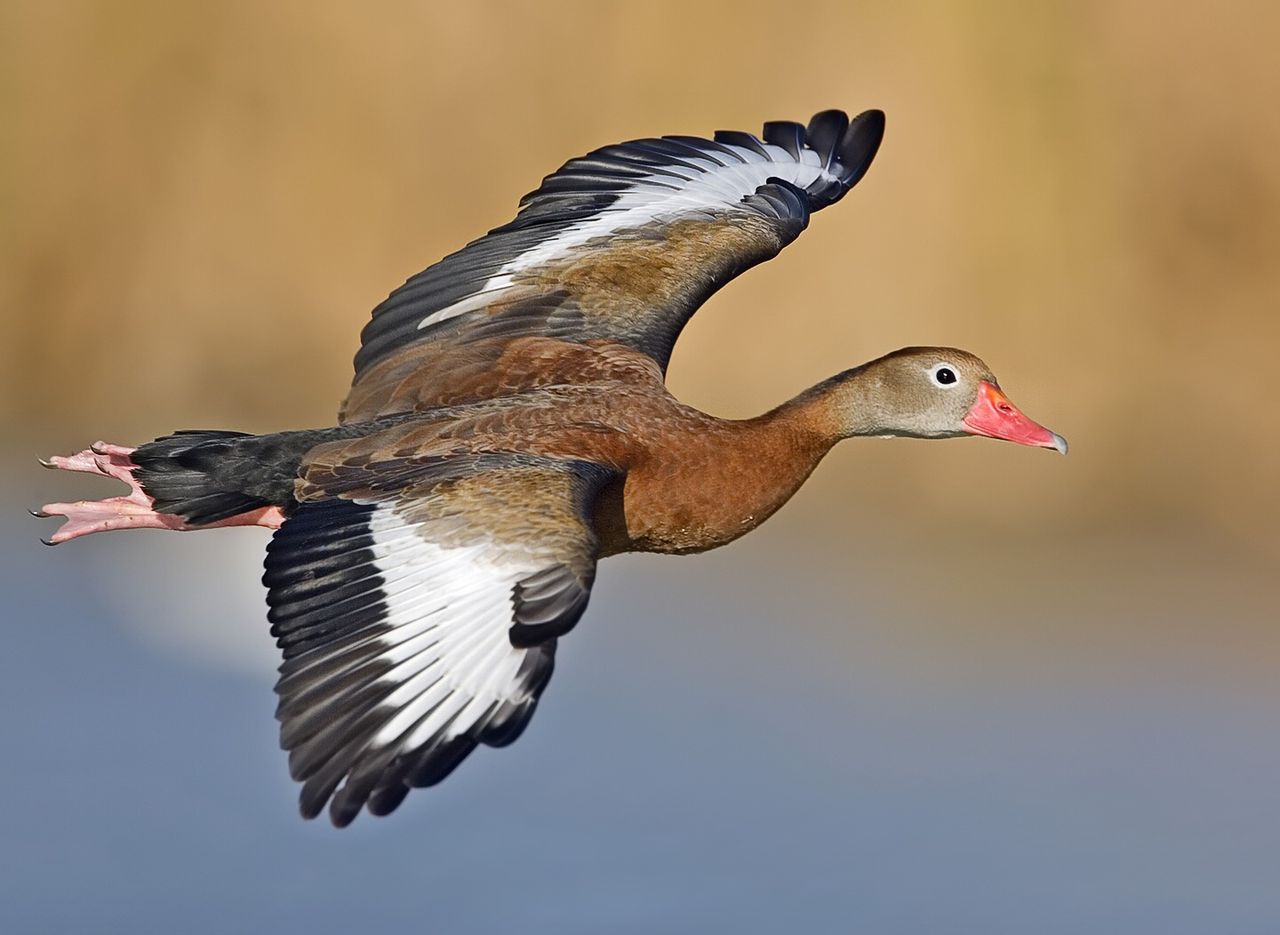
Diving Ducks
Bufflehead, male "Bucephala albeola"
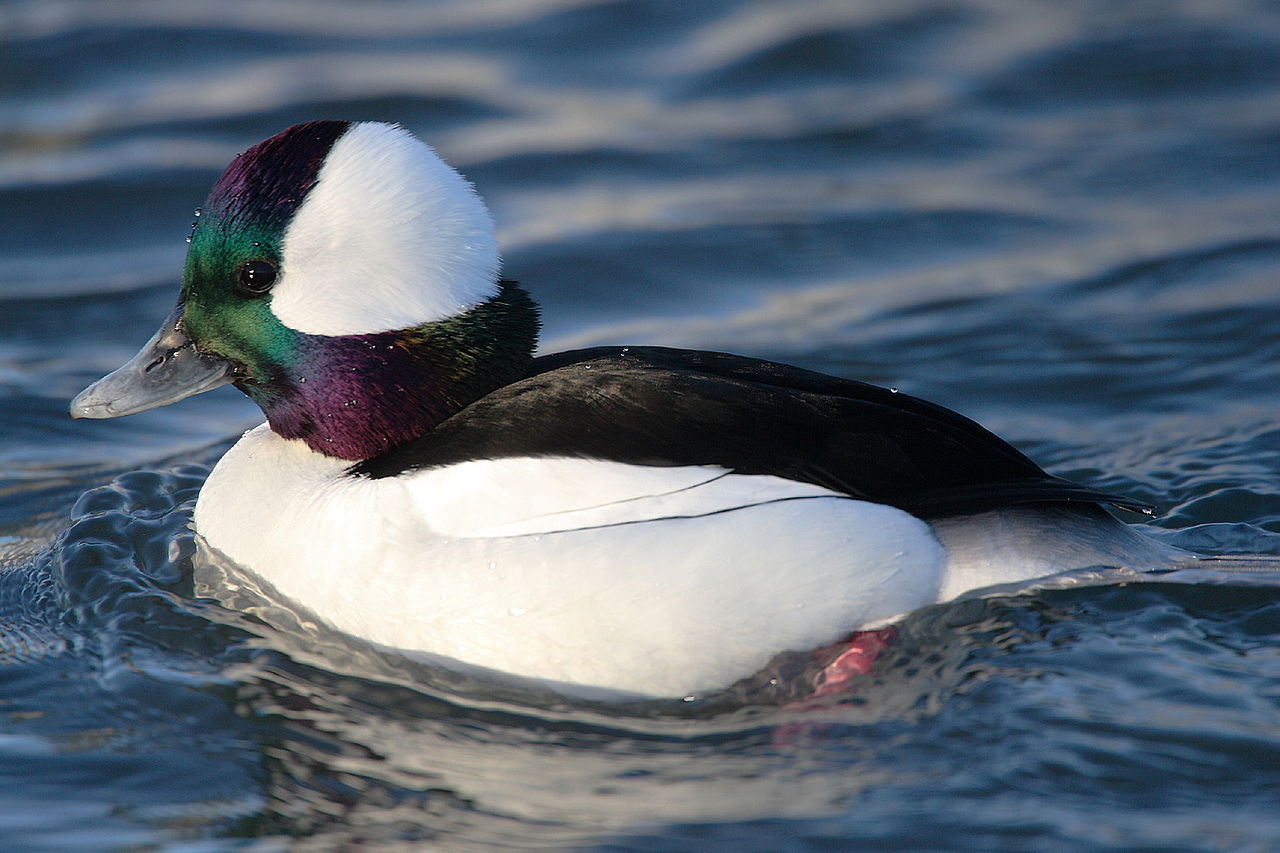
Bufflehead, female "Bucephala albeola"
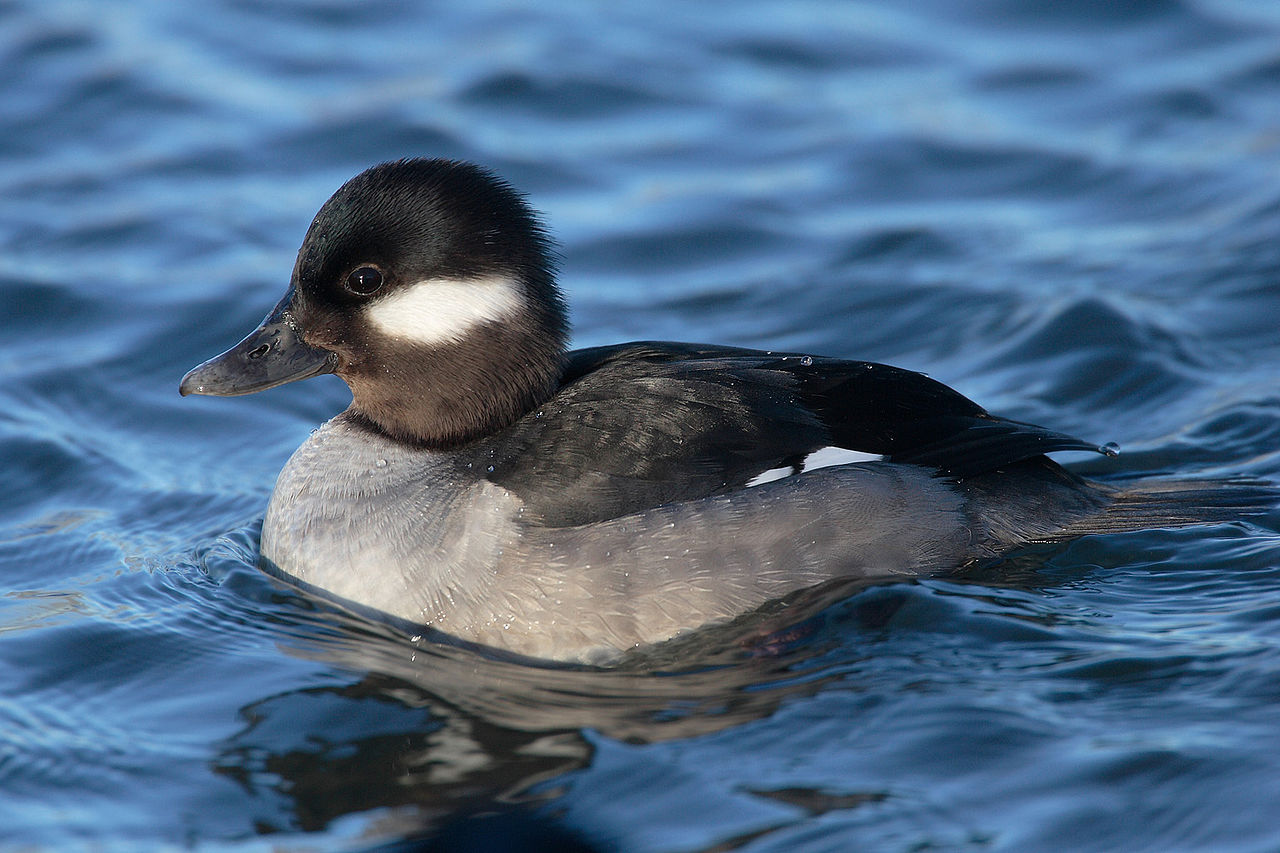
Canvasback, male "Aythya valisineria"
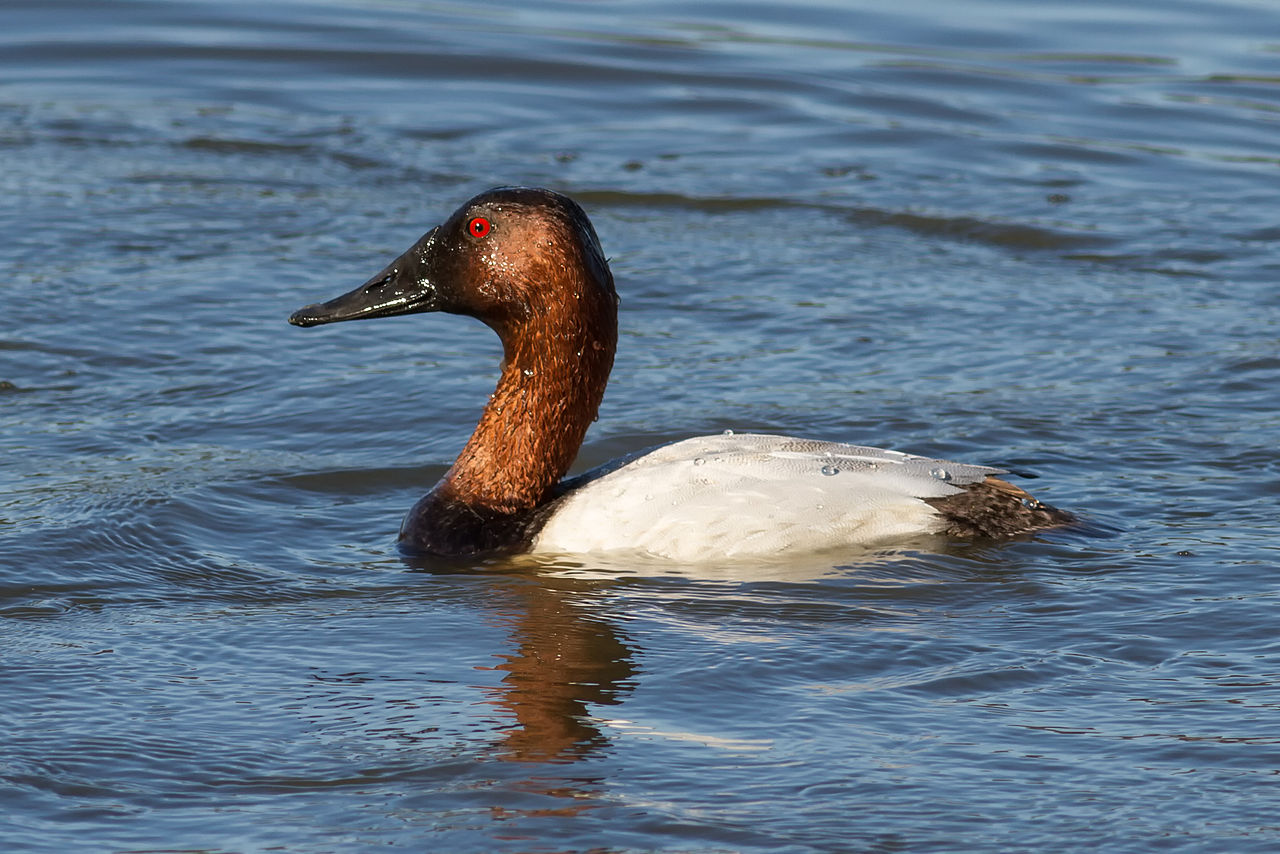
Canvasback, female "Aythya valisineria"
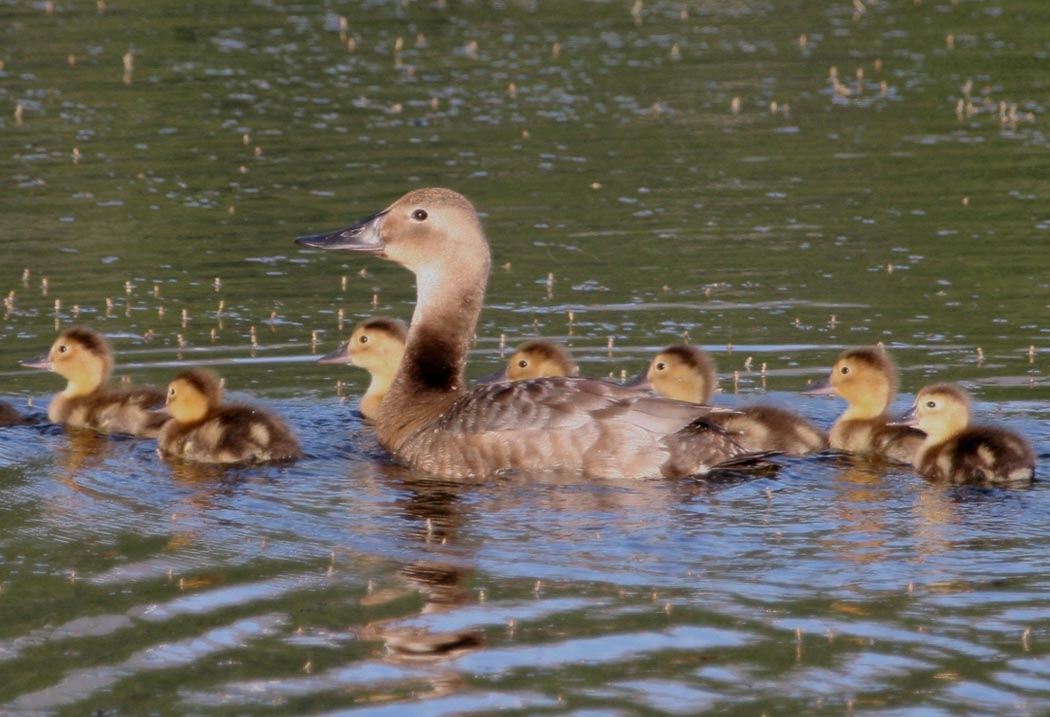
Redhead, male
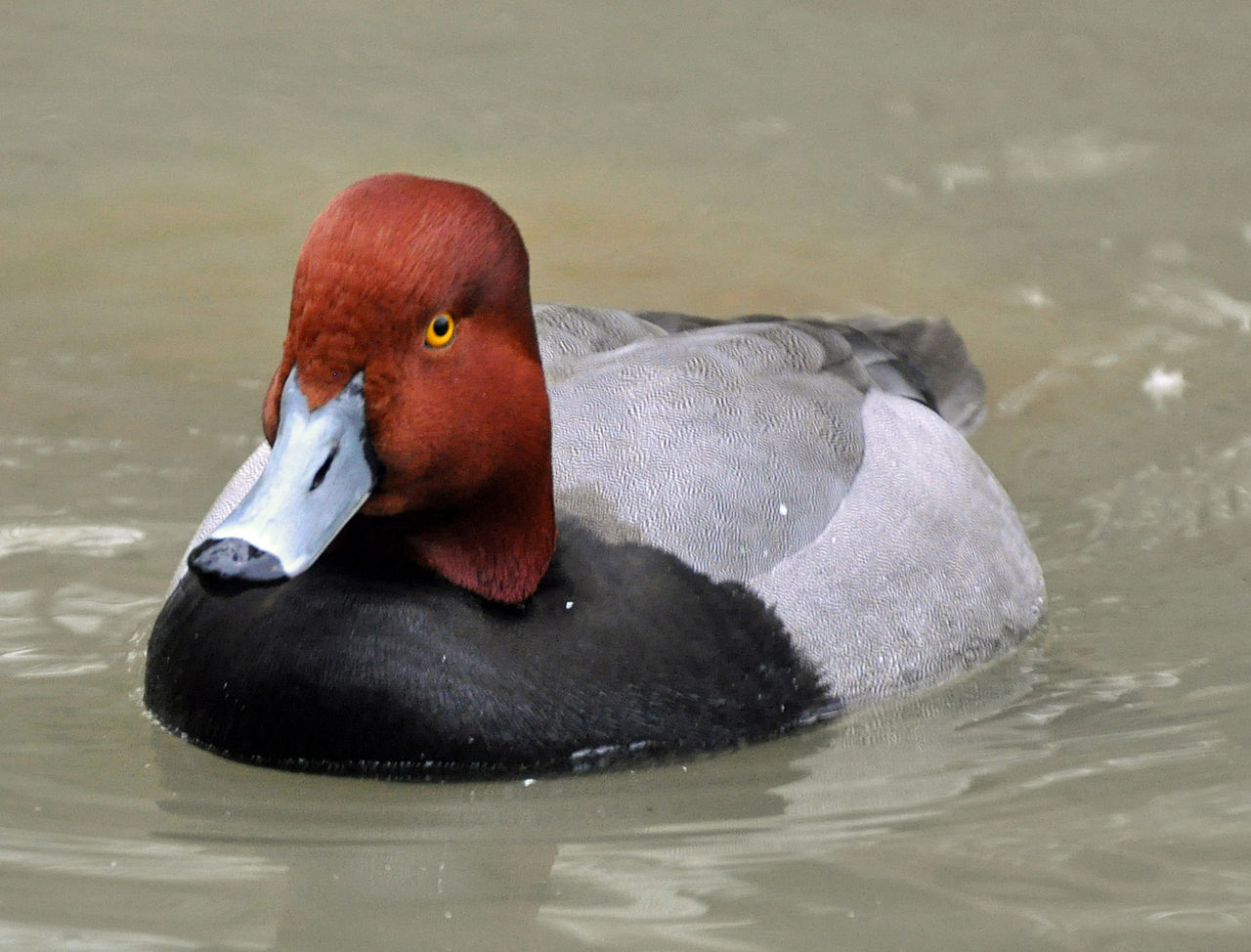
Redhead, female
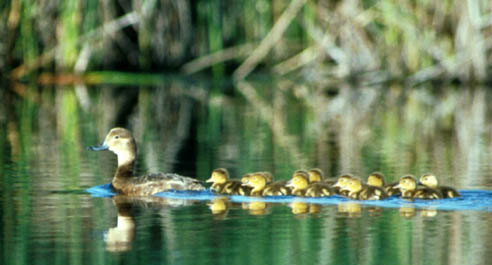
Common Goldeneye, male "Bucephala clangula"
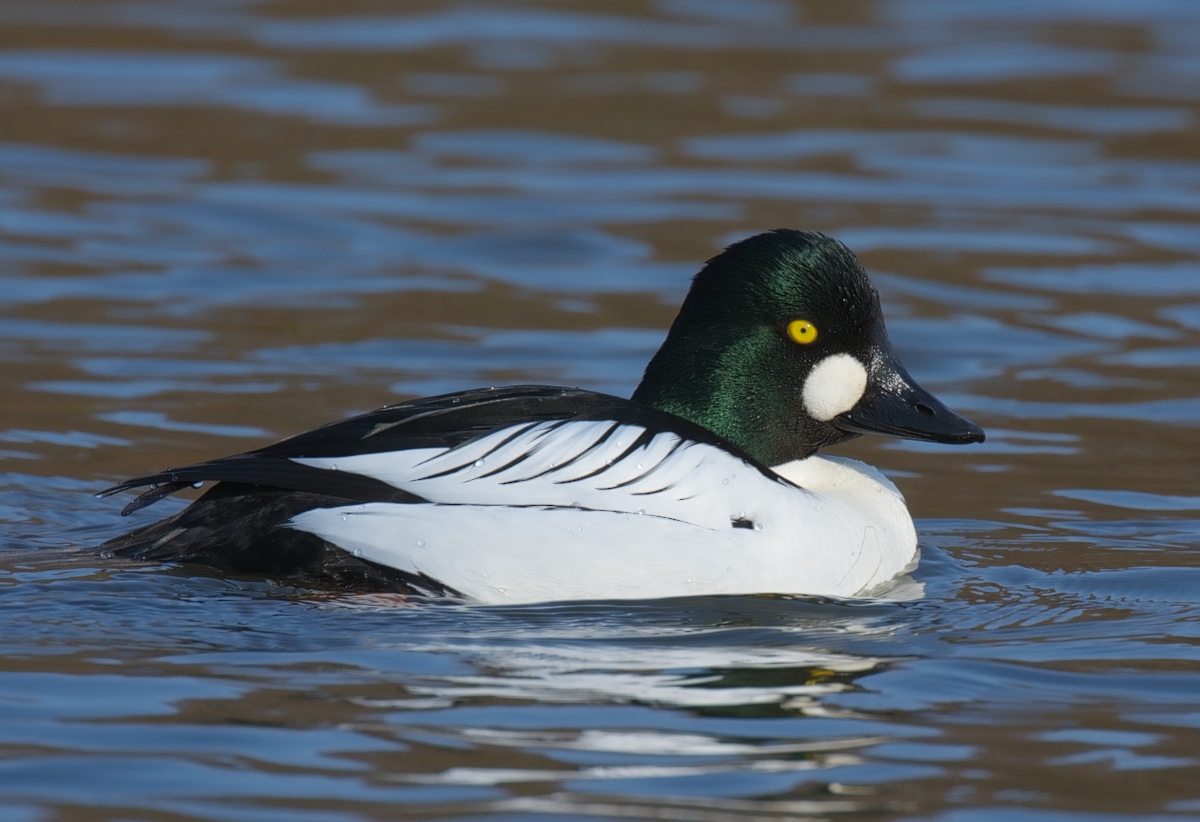
Common Goldeneye, female "Bucephala clangula"
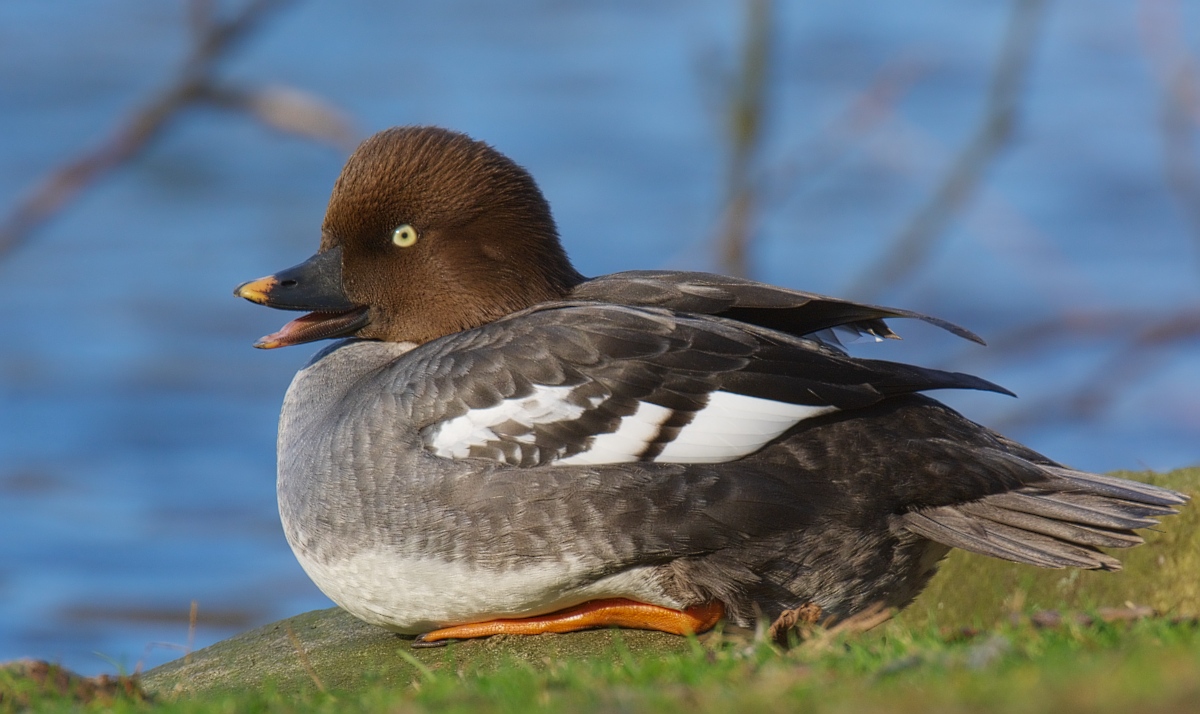
Barrow's Goldeneye, male
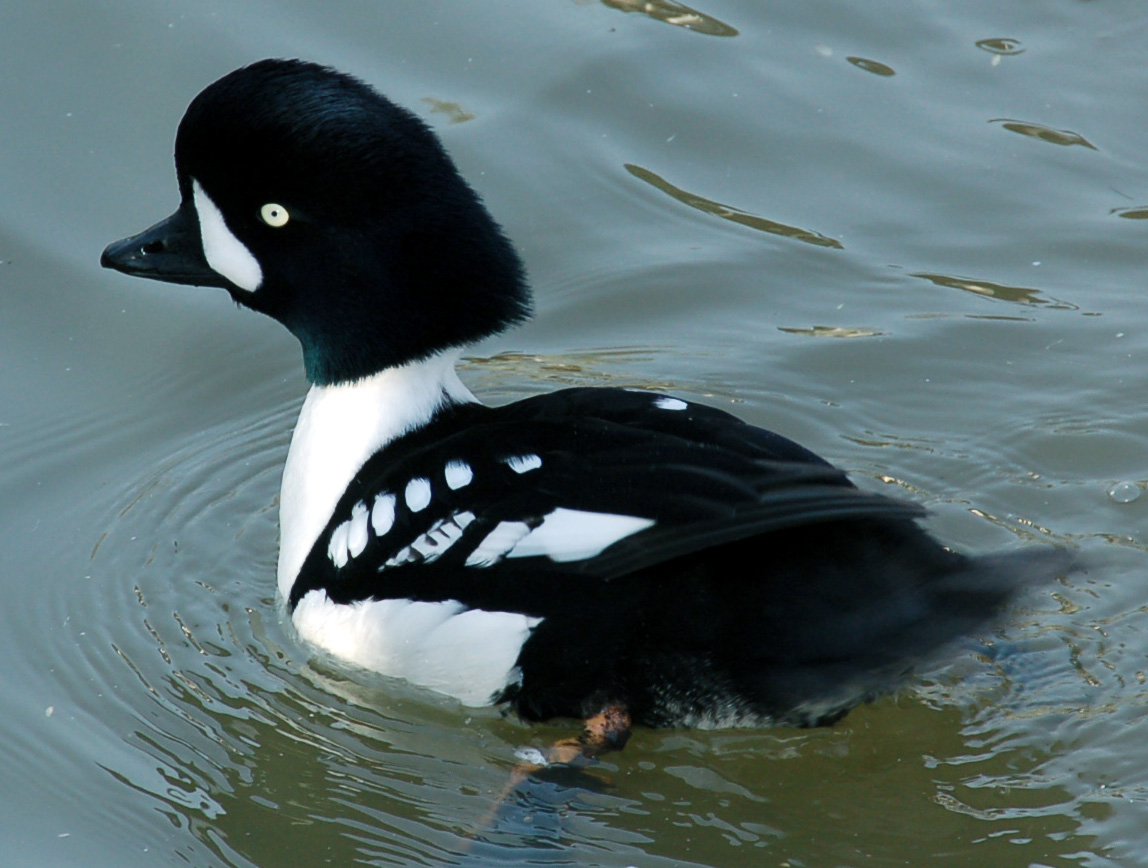
Barrow's Goldeneye, female
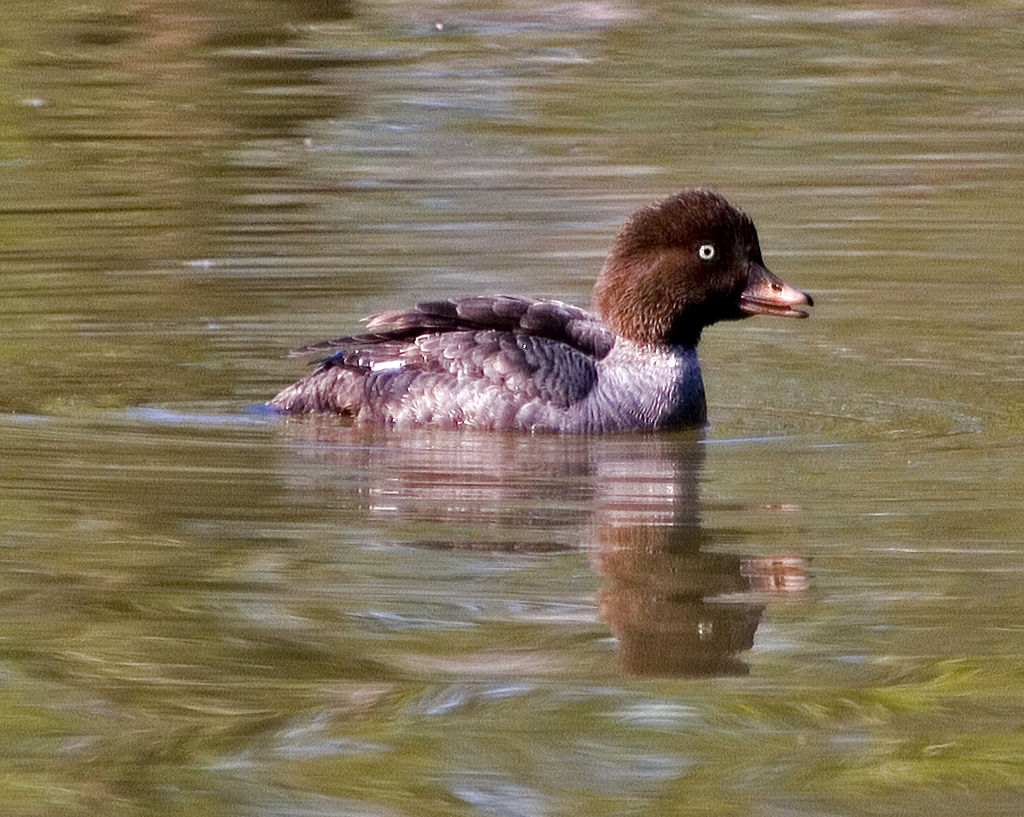
Greater Scaup, male
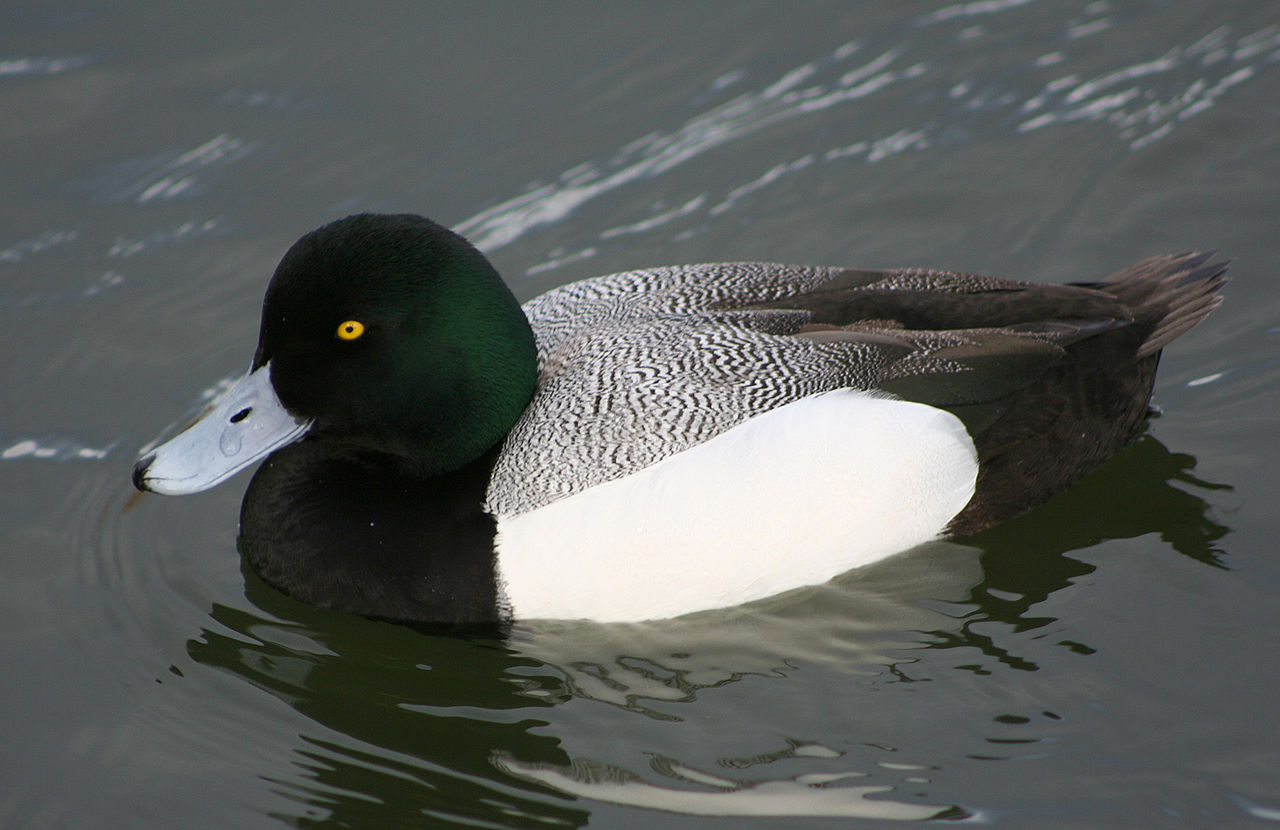
Greater Scaup, female
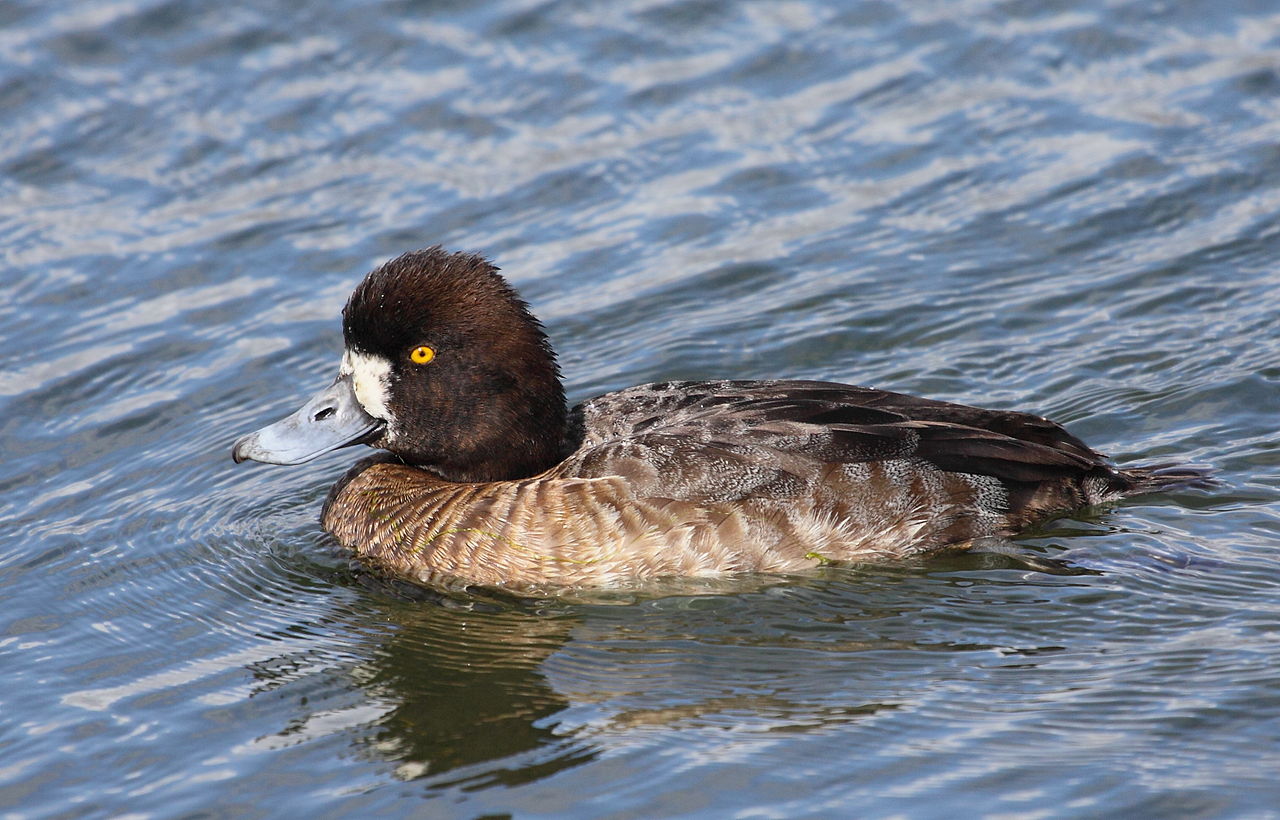
Lesser Scaup, male
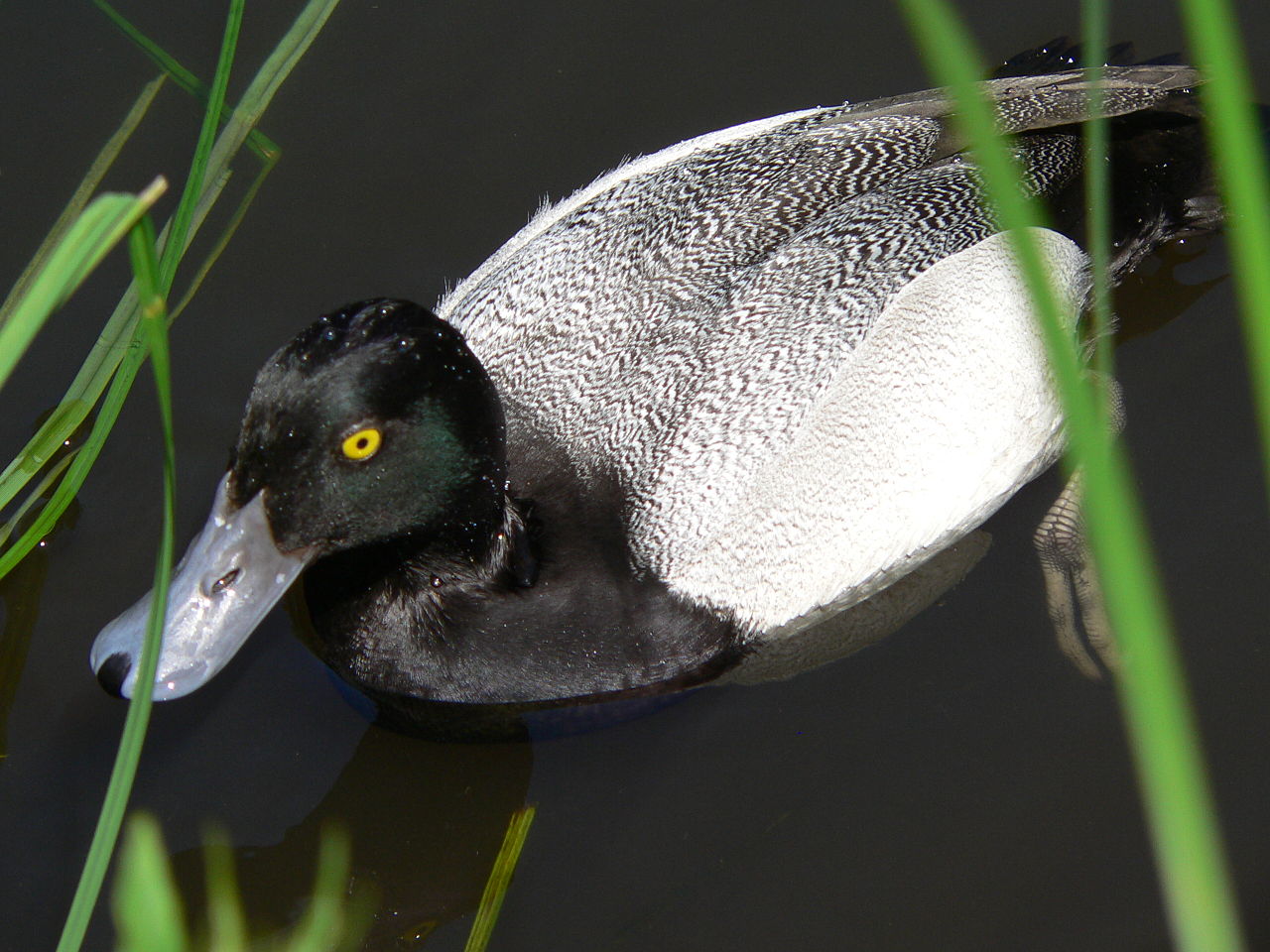
Lesser Scaup, female
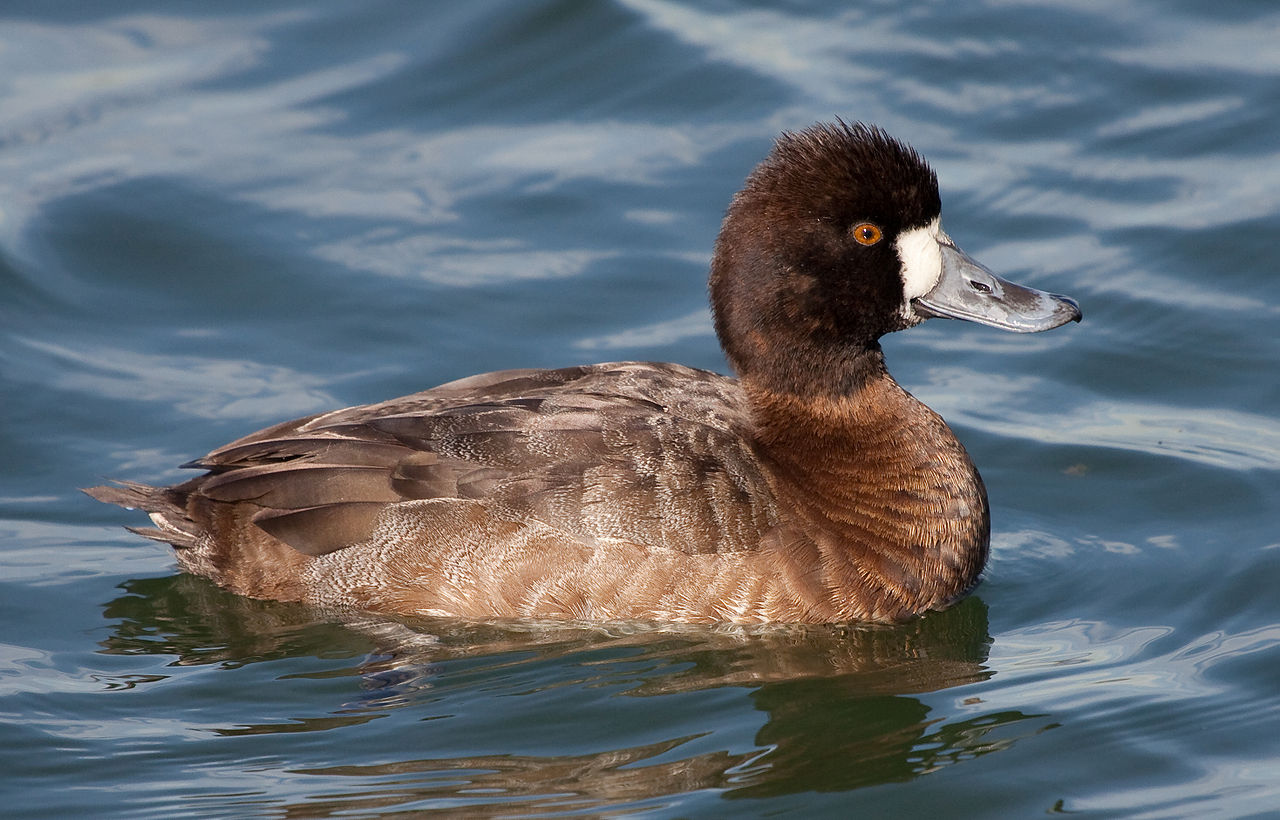
Ringnecked Duck, male "Aythya collaris"
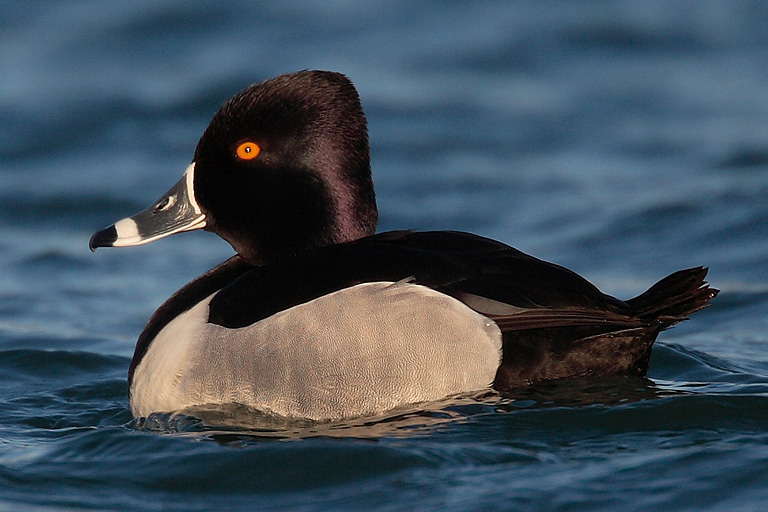
Ringnecked Duck, female
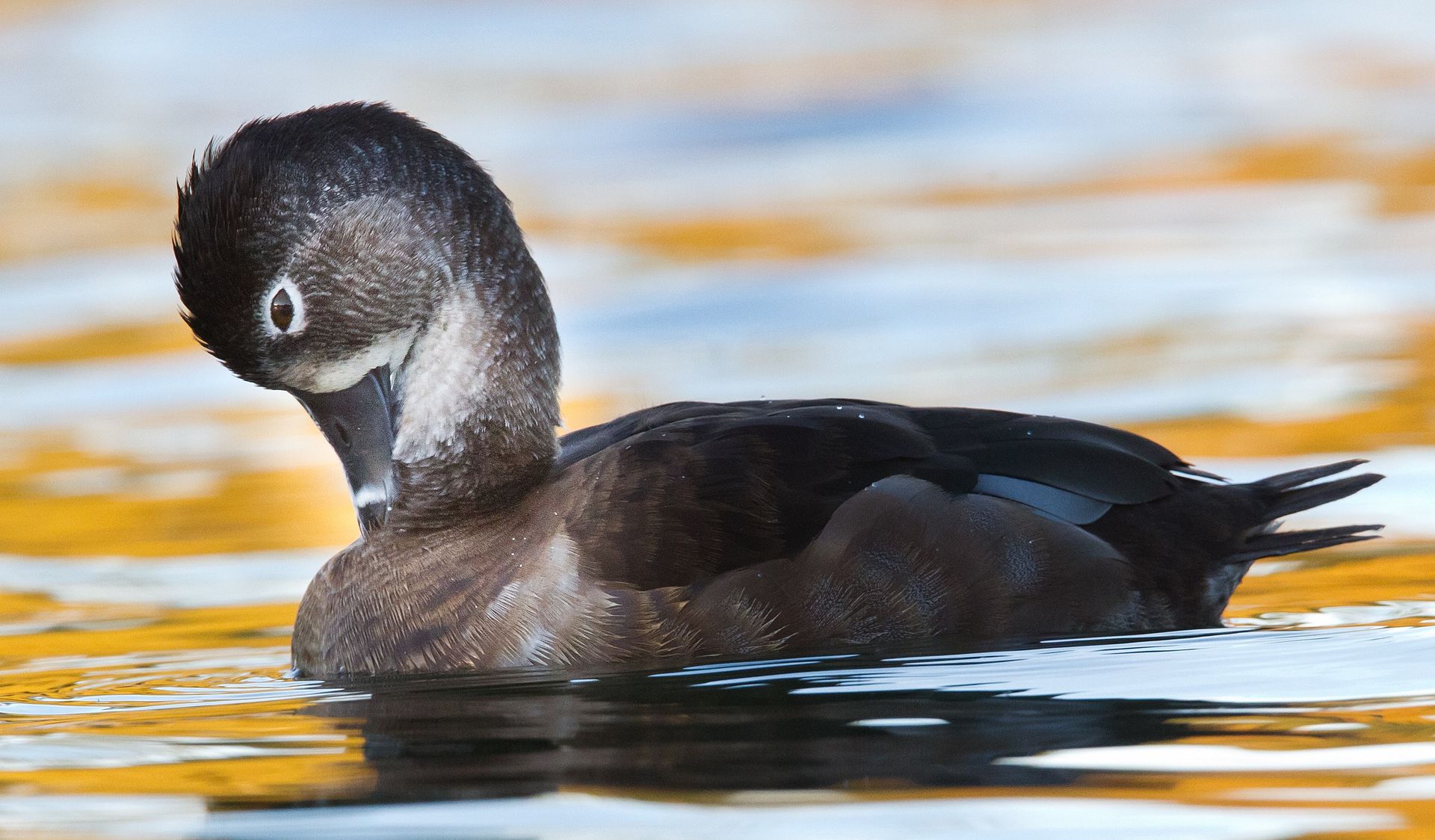
Ruddy, male "Oxyura jamaicensis"
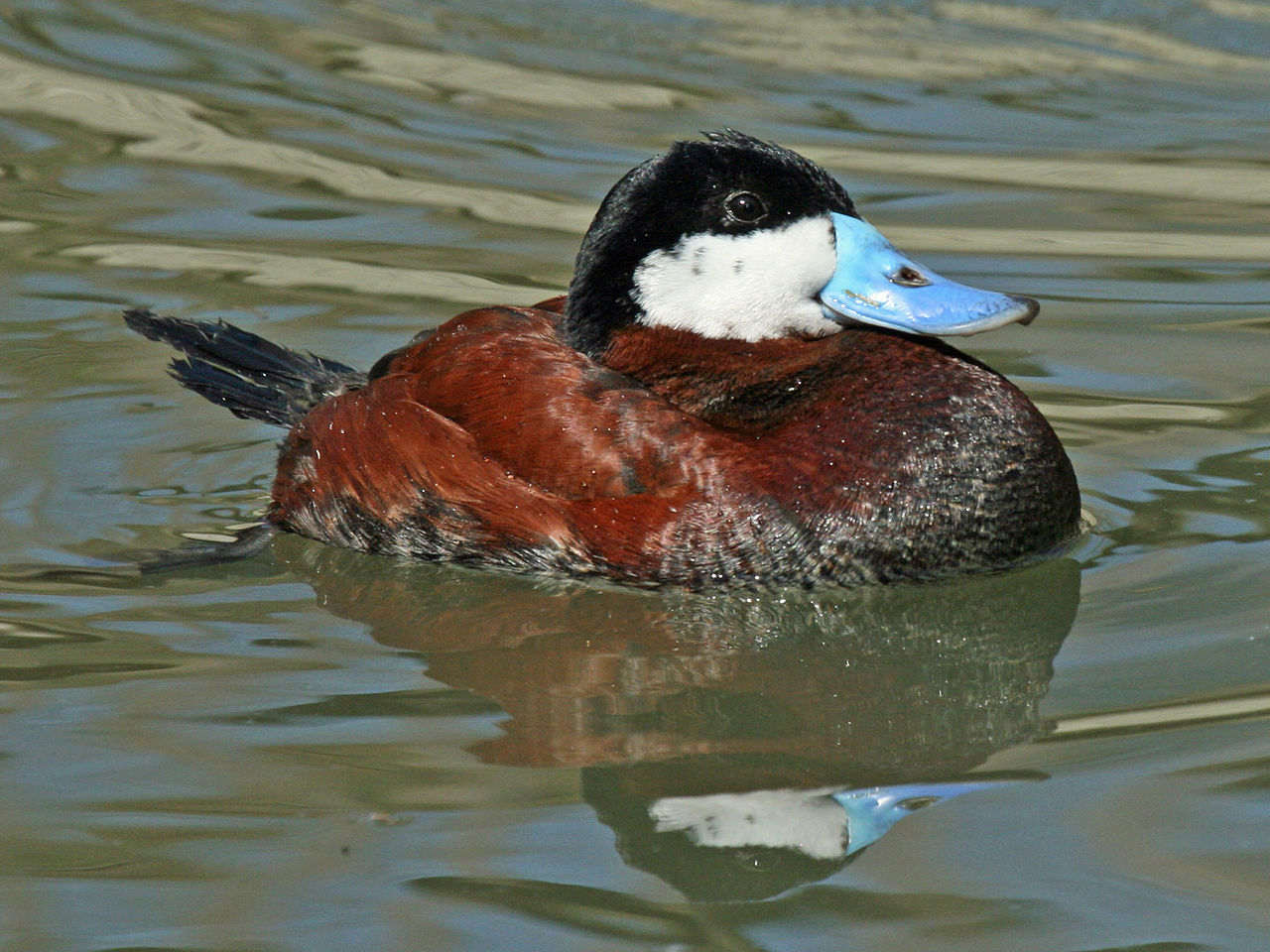
Ruddy, female "Oxyura jamaicensis"
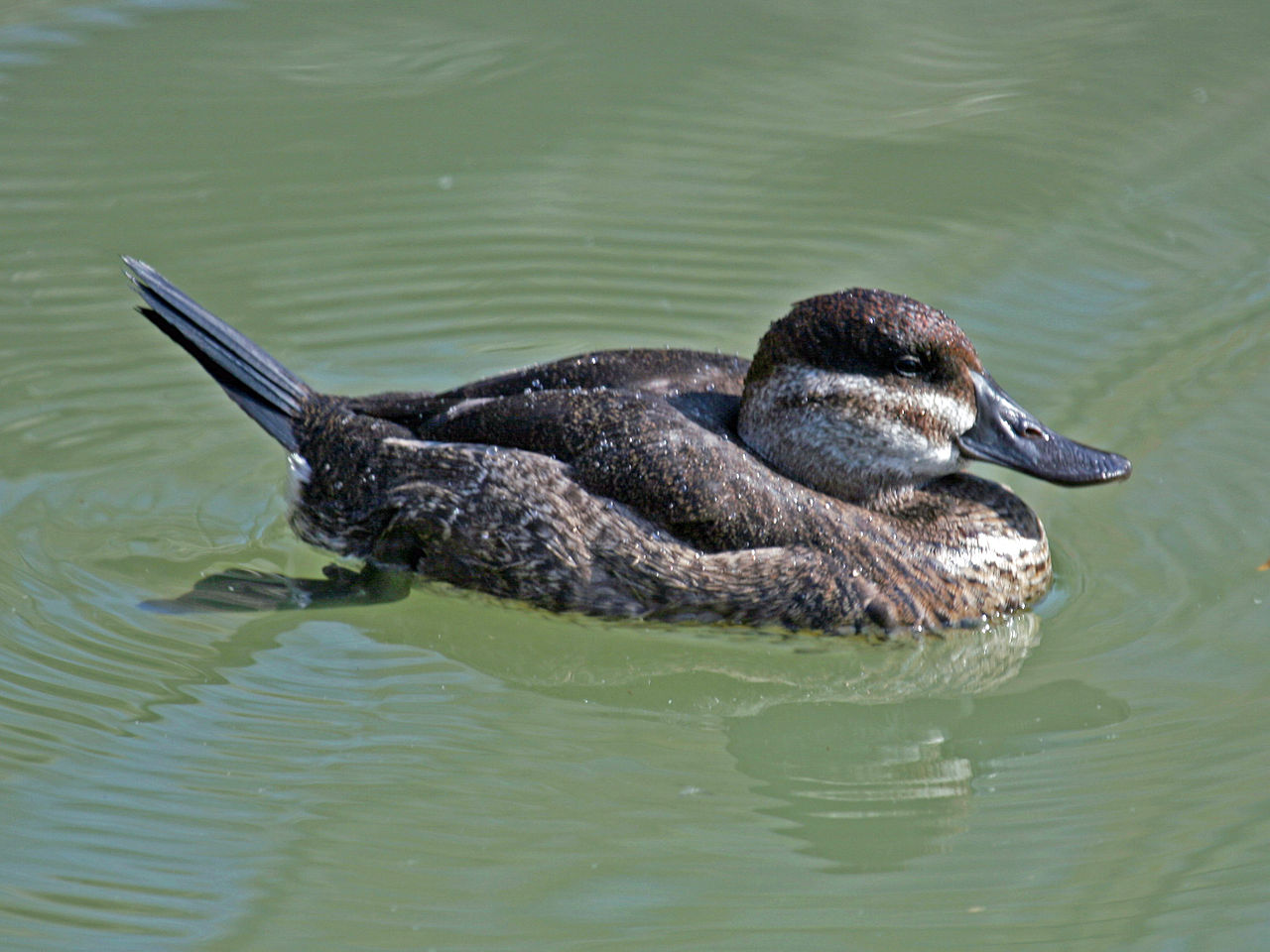
Swans
Trumpeter Swan, adult "Trumpeter Swan Sasata" Not legal game in California
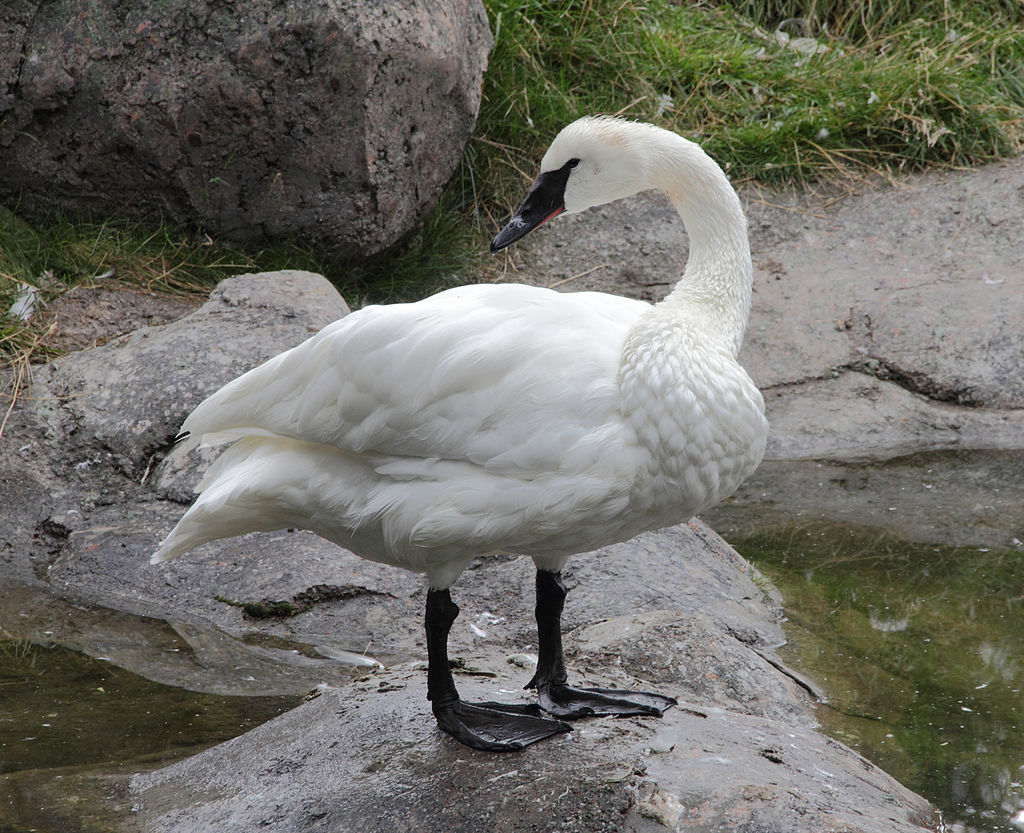
Trumpeter, juvenile "Trumpeter Swan Sasata" Not legal game in California
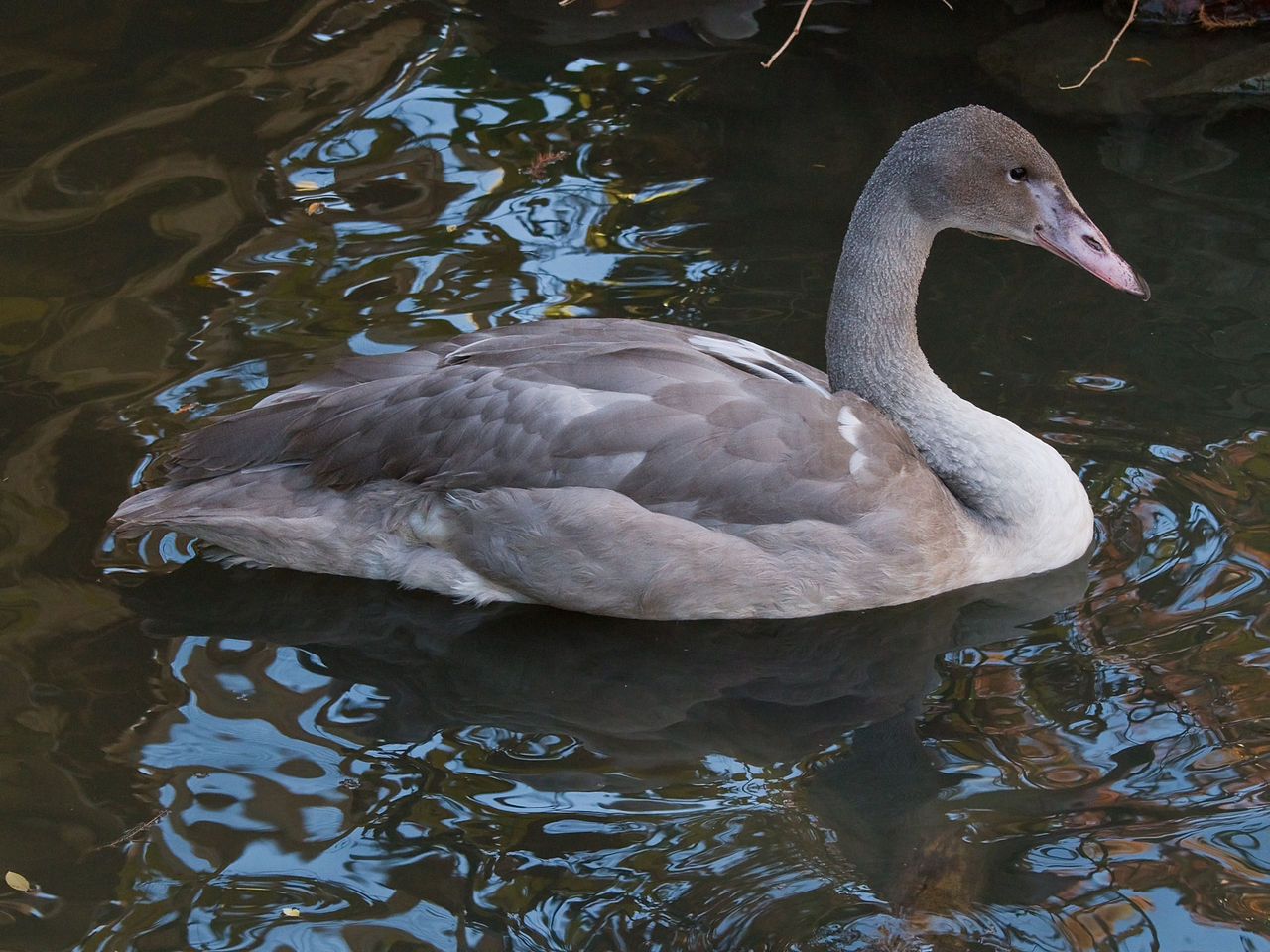
Whistling Swan, adult "Cygnus columbianus"
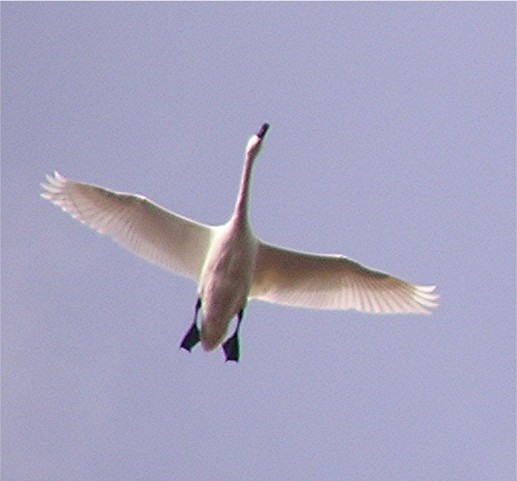
Coots, Moorhens and Gallinules
American Coot
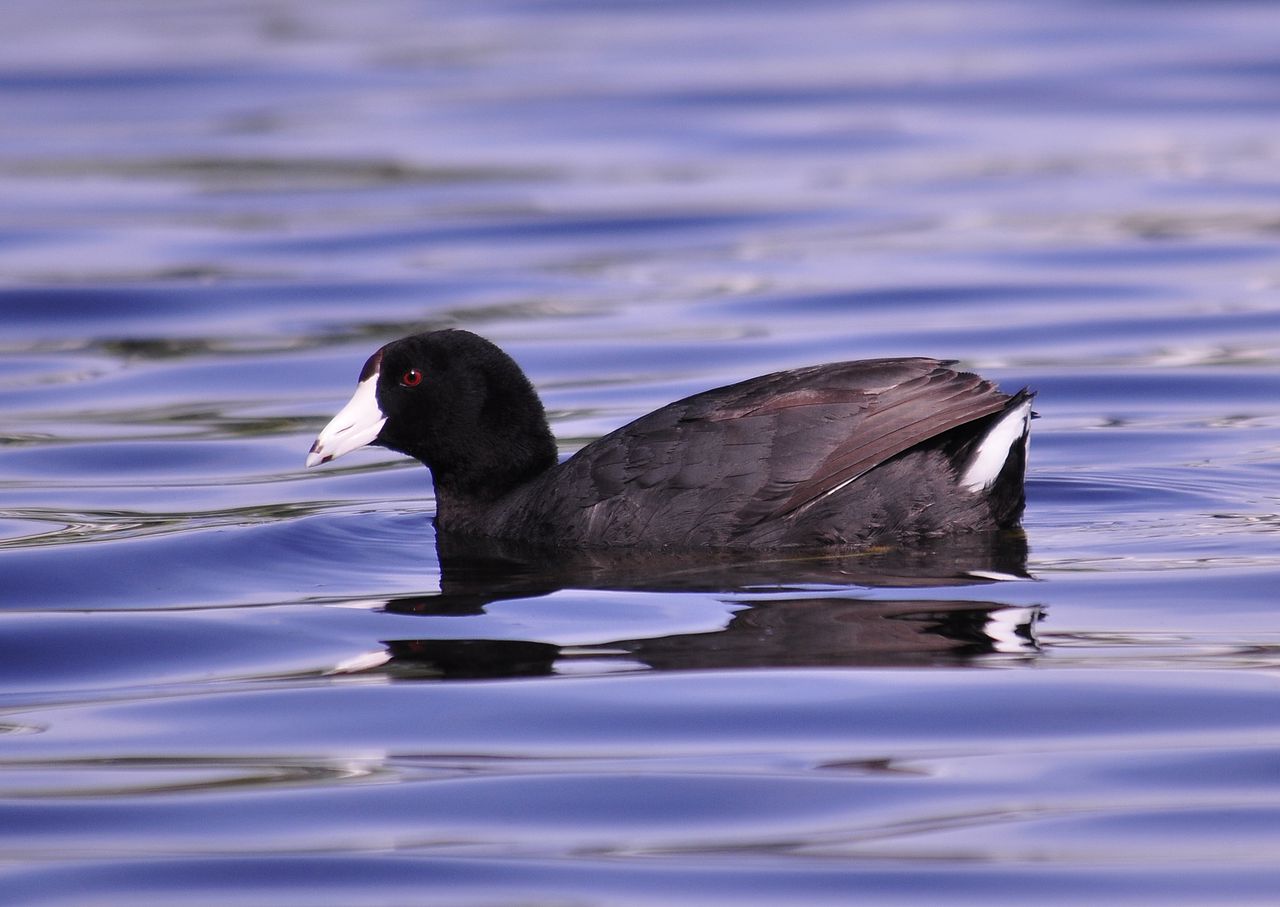
Moorhen "Gallinula chloropus Moorhens"
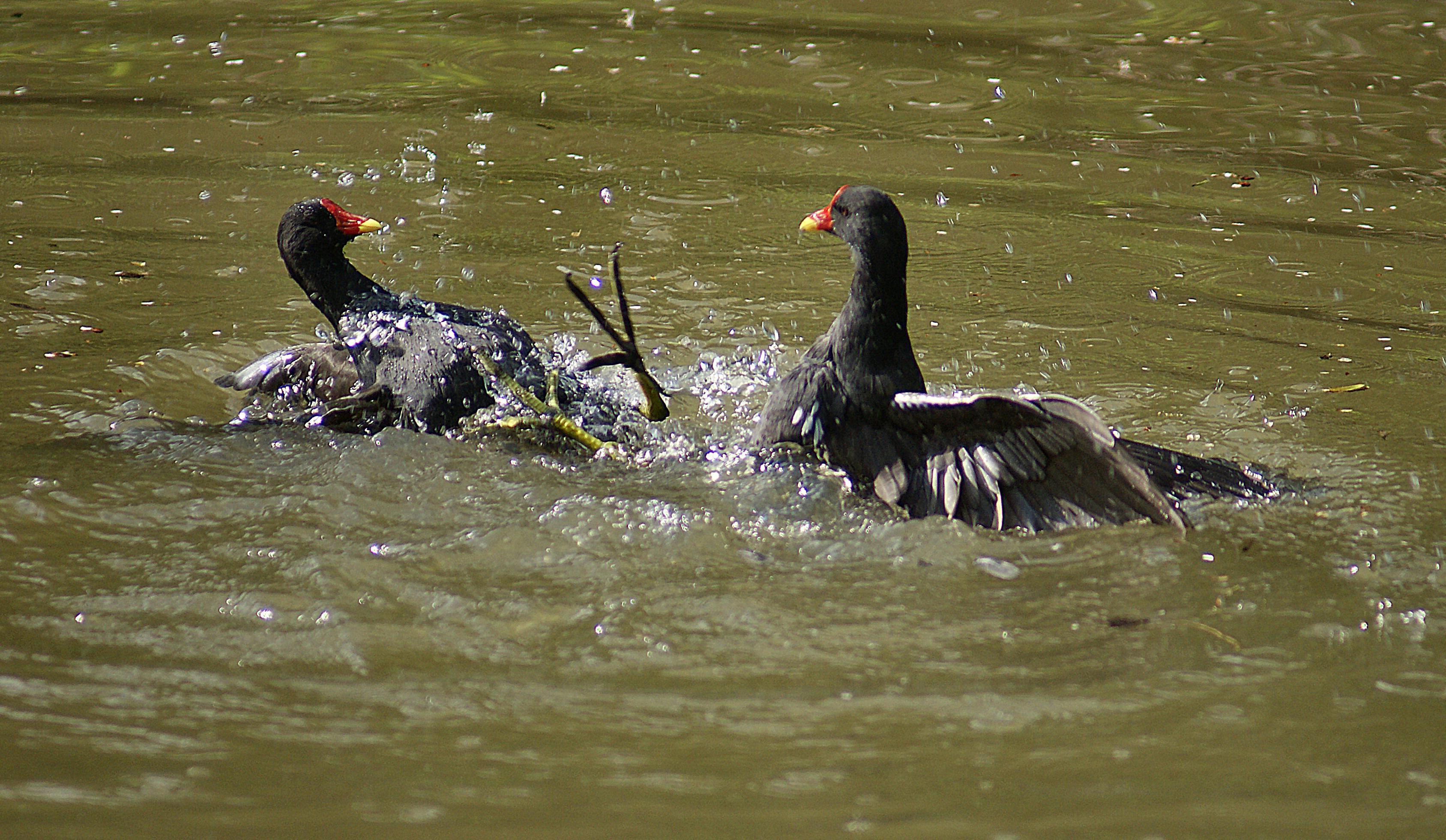
Gallinule "Gallinula galeata cachinnans"
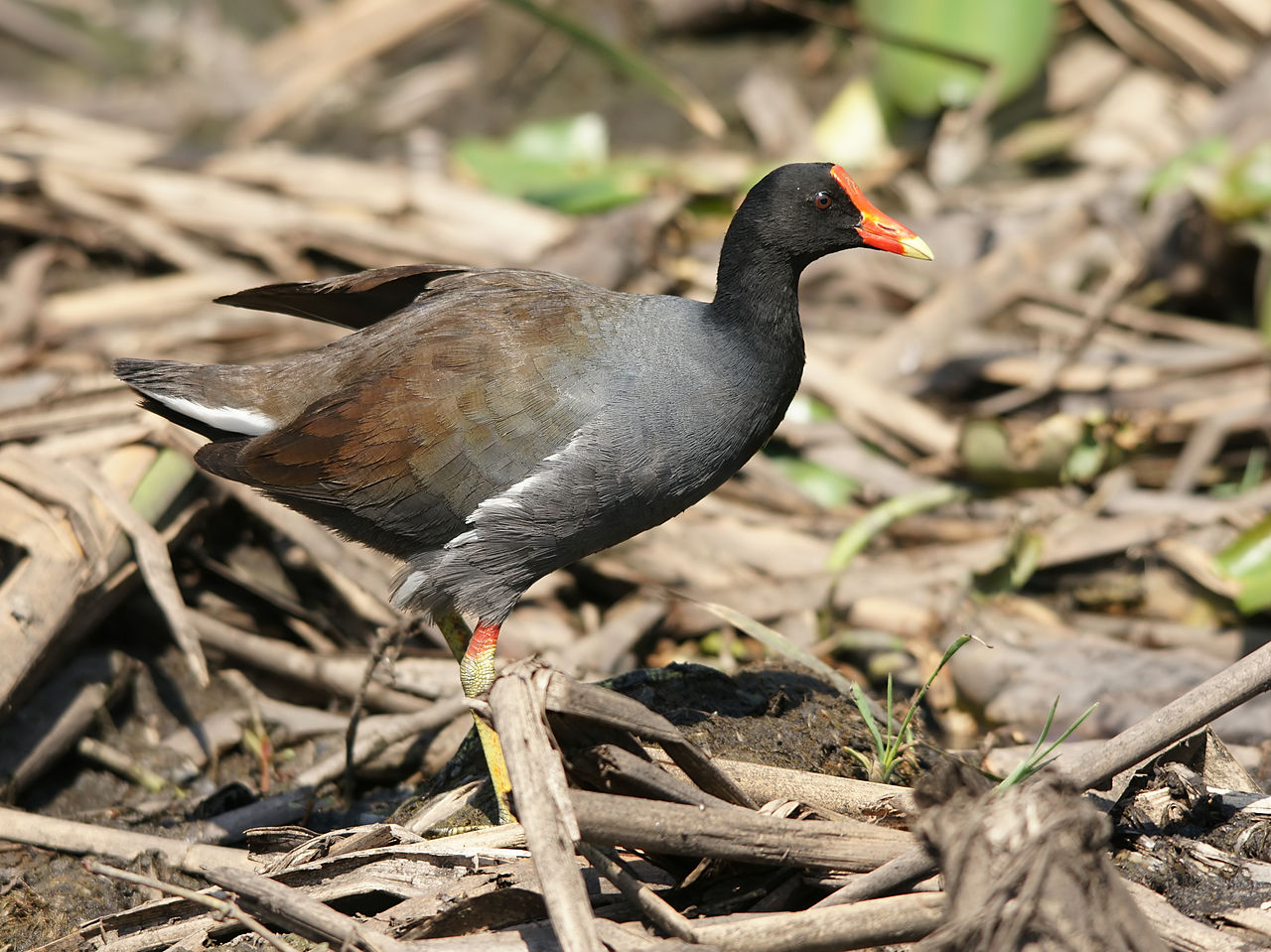
Geese
Canadian Geese
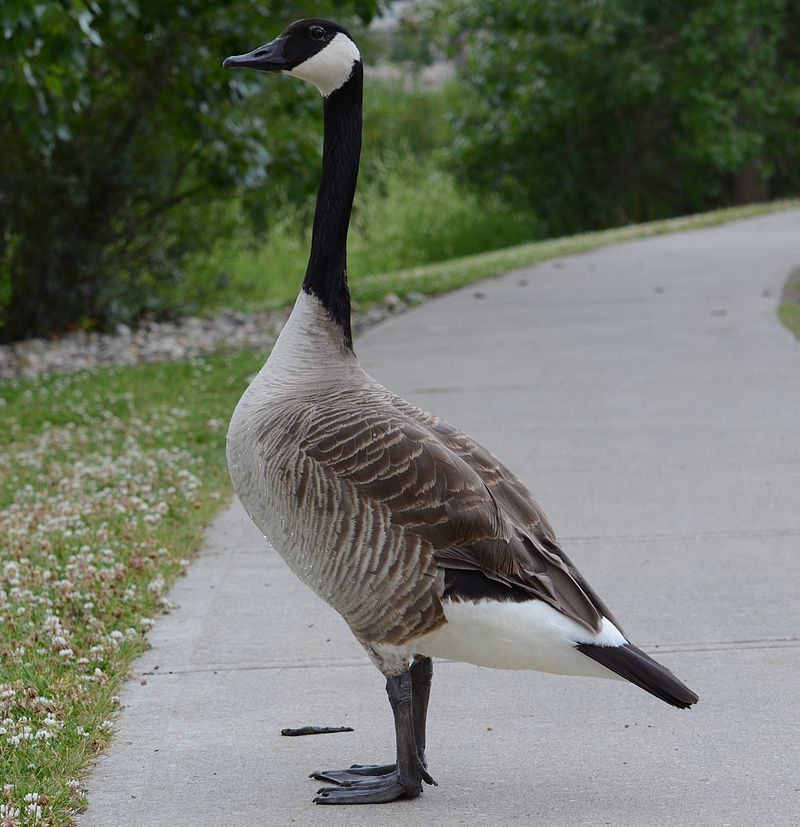
There are several subspecies from the large Great Basin to the mallard size Cackler and Aleutian Goose--both of the latter have recovered sufficiently for hunting but may have lower take limits--Check! the American Ornithologists' Union's Committee on Classification and Nomenclature split the two into two species, making cackling goose into a full species with the scientific name Branta hutchinsii. The British Ornithologists' Union followed suit in June 2005.[8] The AOU has divided the many subspecies between the two species. The subspecies of the Canada goose were listed as:
- Atlantic Canada goose, Branta canadensis canadensis
- Interior Canada goose, Branta canadensis interior
- Giant Canada goose, Branta canadensis maxima
- Moffitt's Canada goose, Branta canadensis moffitti
- Vancouver Canada goose, Branta canadensis fulva
- Dusky Canada goose, Branta canadensis occidentalis
- part of "lesser complex:" Branta canadensis parvipes Richardson's cackling goose, hutchinsii hutchinsii) are considerably smaller.
The smallest cackling goose, B. h. minima, is scarcely larger than a mallard.
Snow Geese
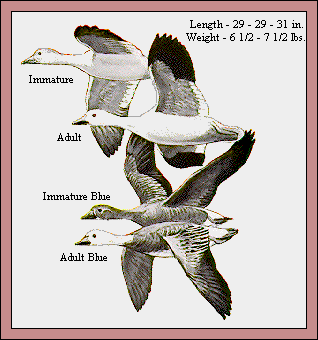
Two species: the Common Snow Goose and the mallard size Ross Goose. Both come in blue phases--the Blue Goose (Snow) and the rarer blue phase Ross.
Brant
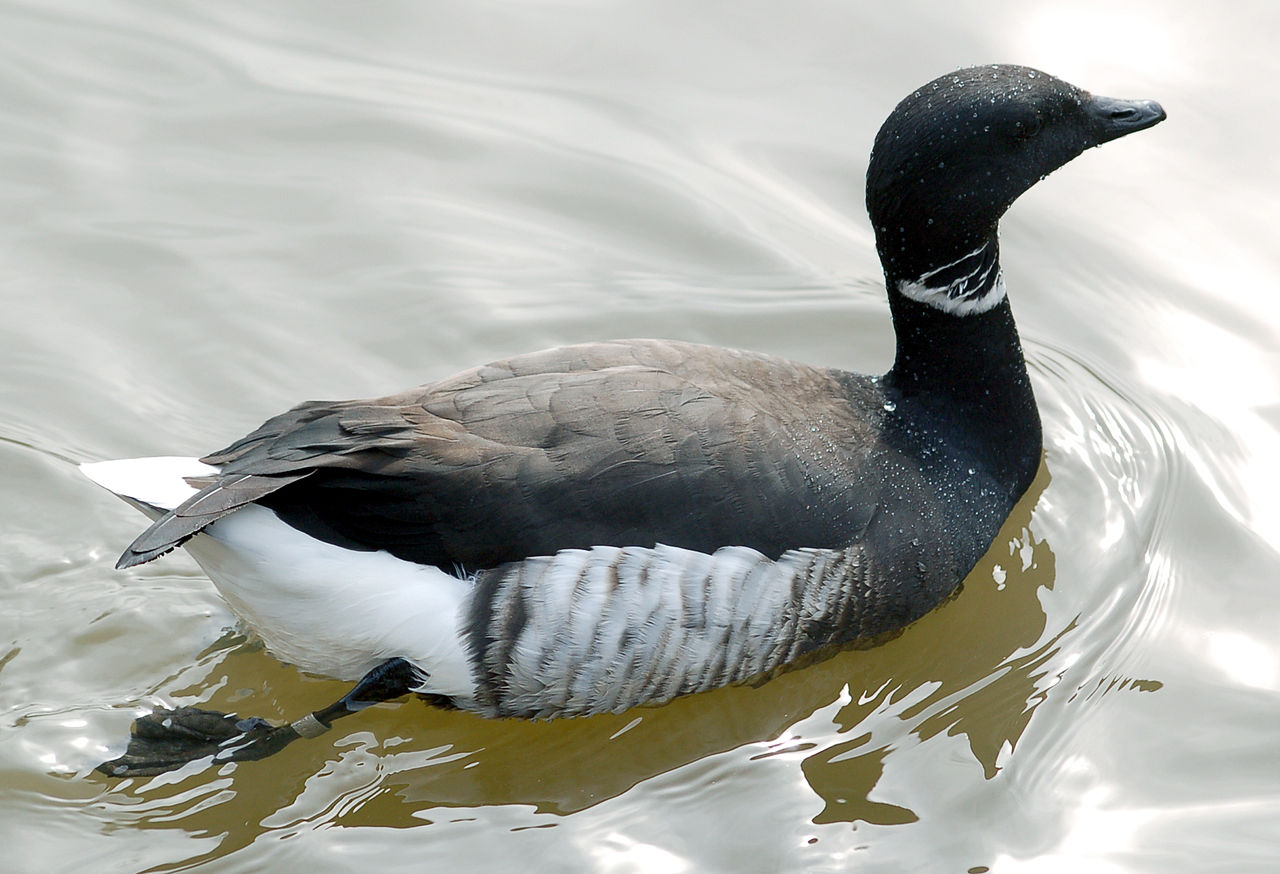
A sea goose--careful of the season usually starts in November and done in December--smaller limits. The Black Brant is the California bird.
Lesser Snow Goose "Anas cyanoptera"
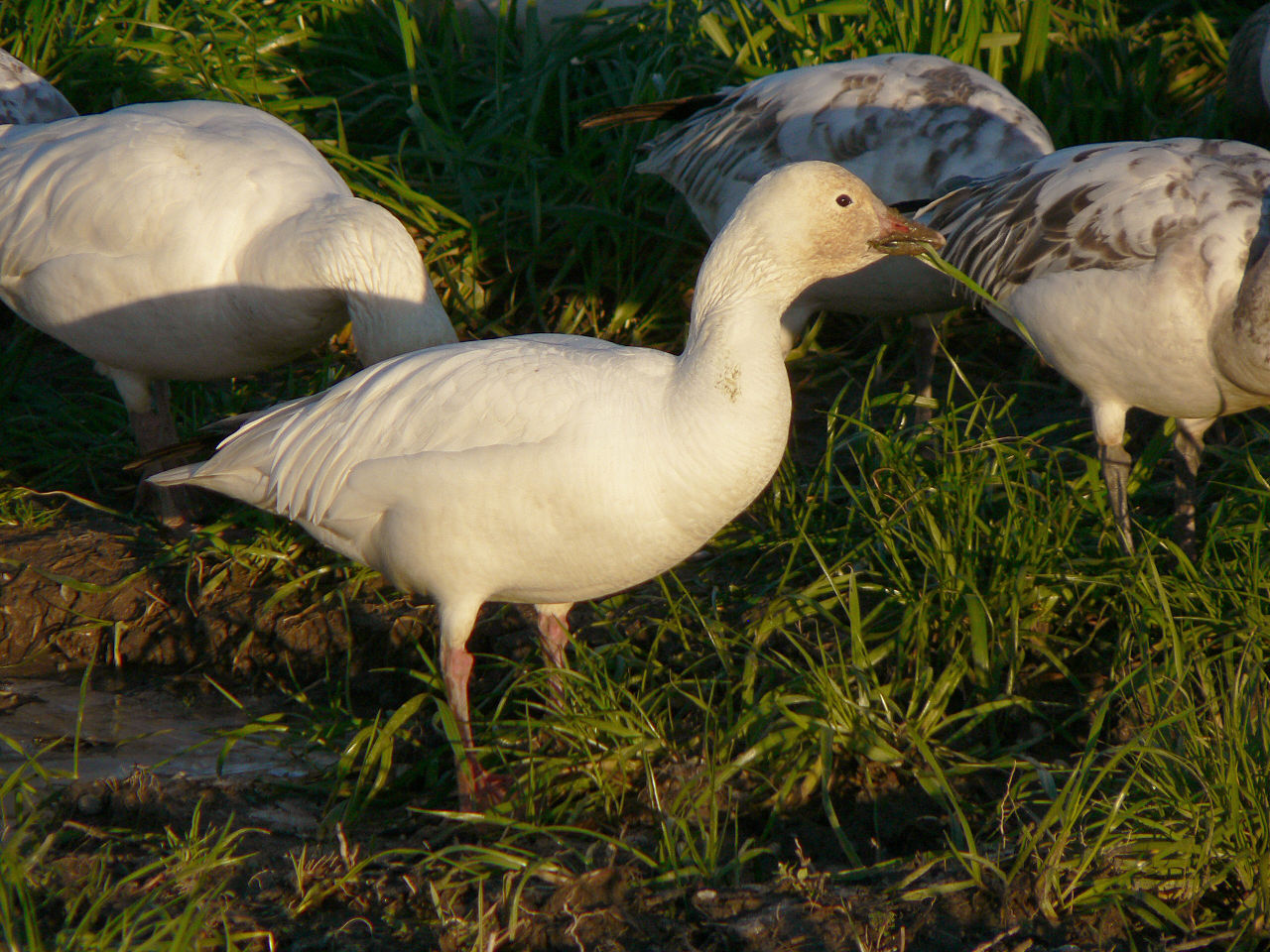
Blue Goose
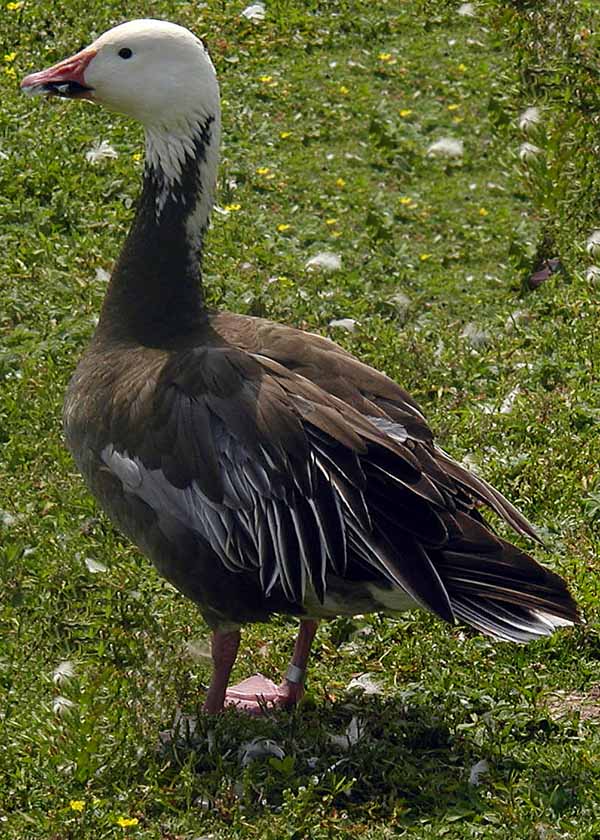
Ross's Goose
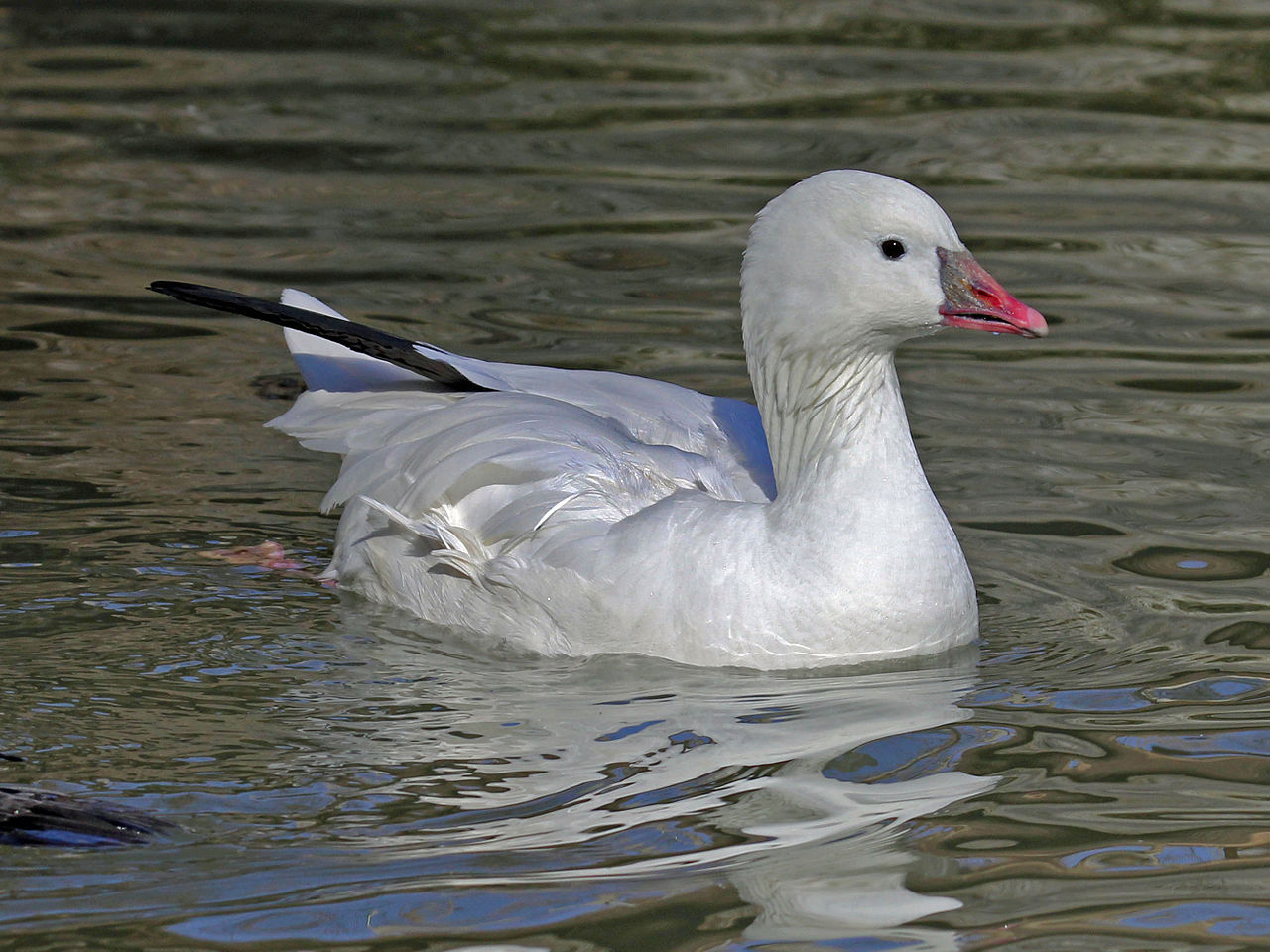
White-Fronted Goose "Anser albifrons"
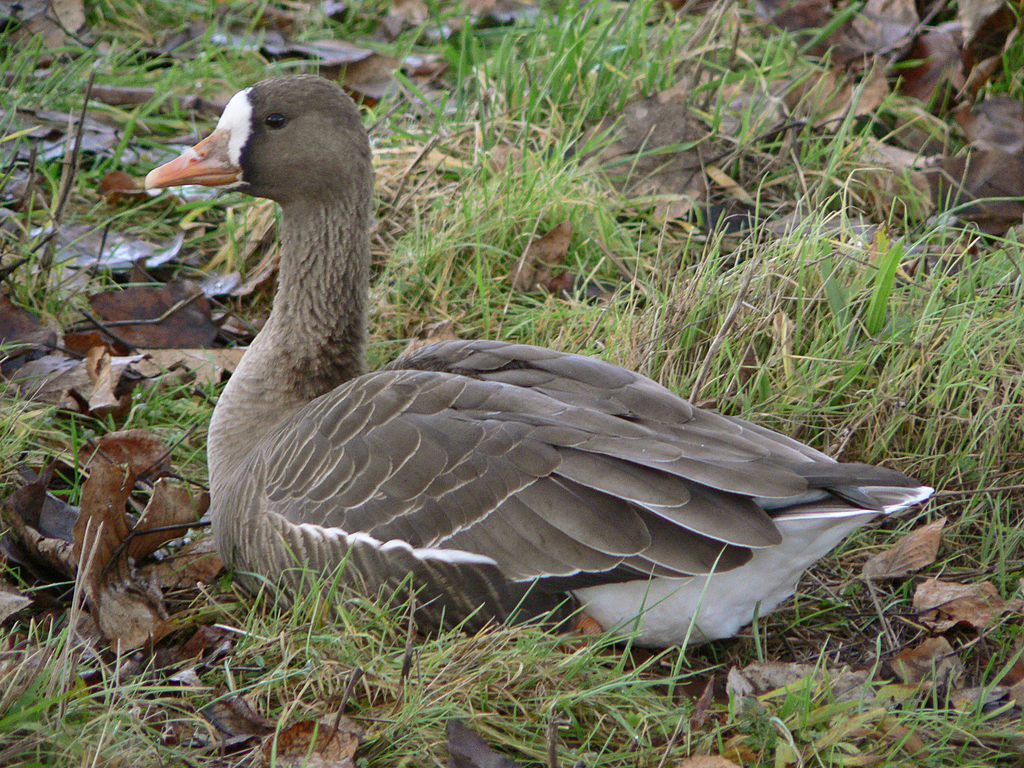
Cranes
Sand Hill Crane
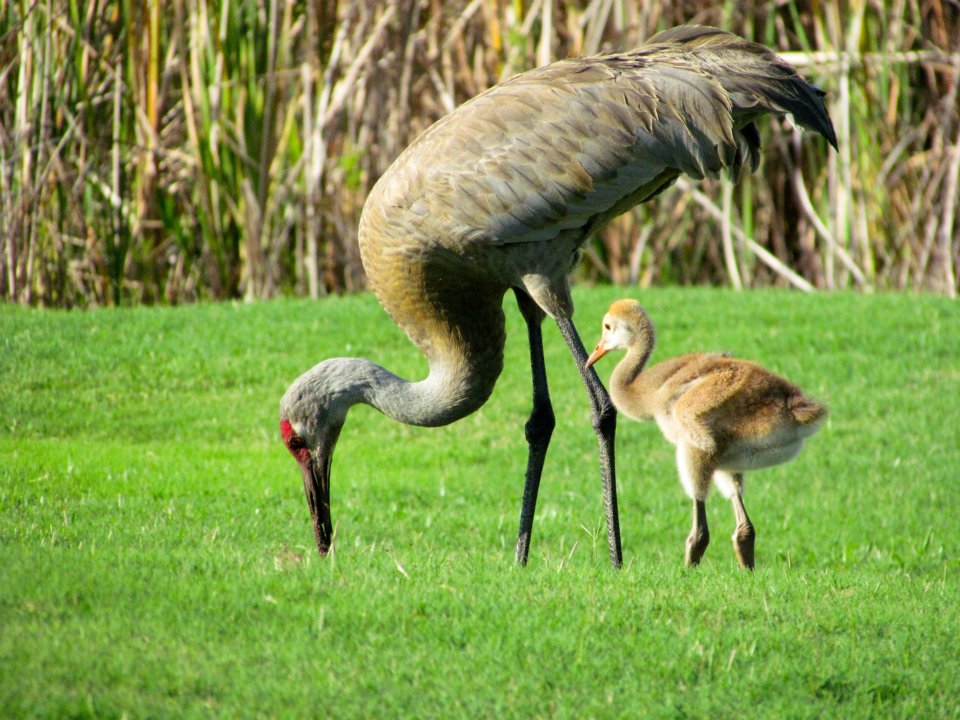
This bird is not huntable in California, pending the resolution of a sub-speciation debate.
Non-Native Birds
Starling "Toulouse - Sturnus vulgaris"
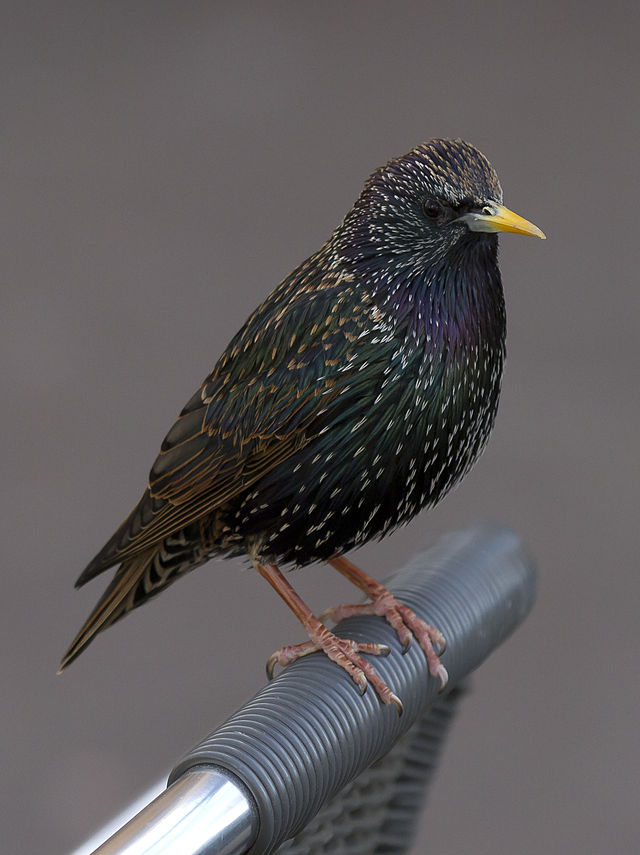
English Sparrow, Male "Passer domesticus"
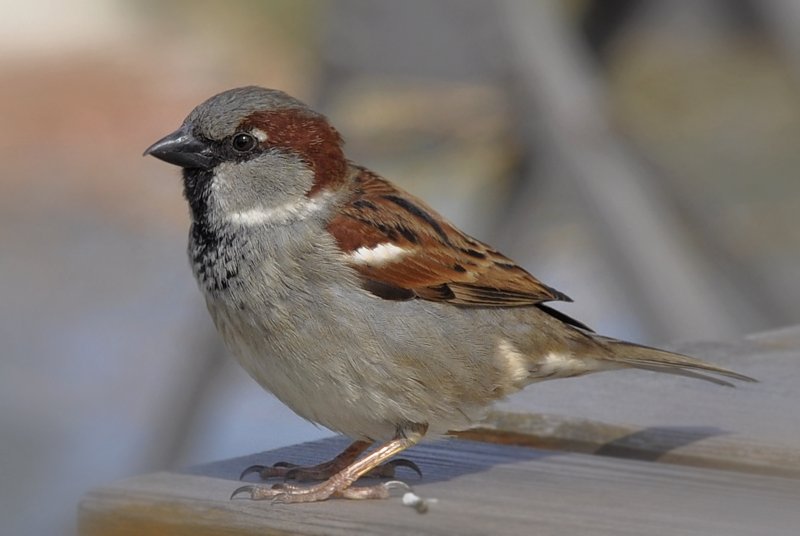
English Sparrow, Female "House Sparrow Passer domesticus"
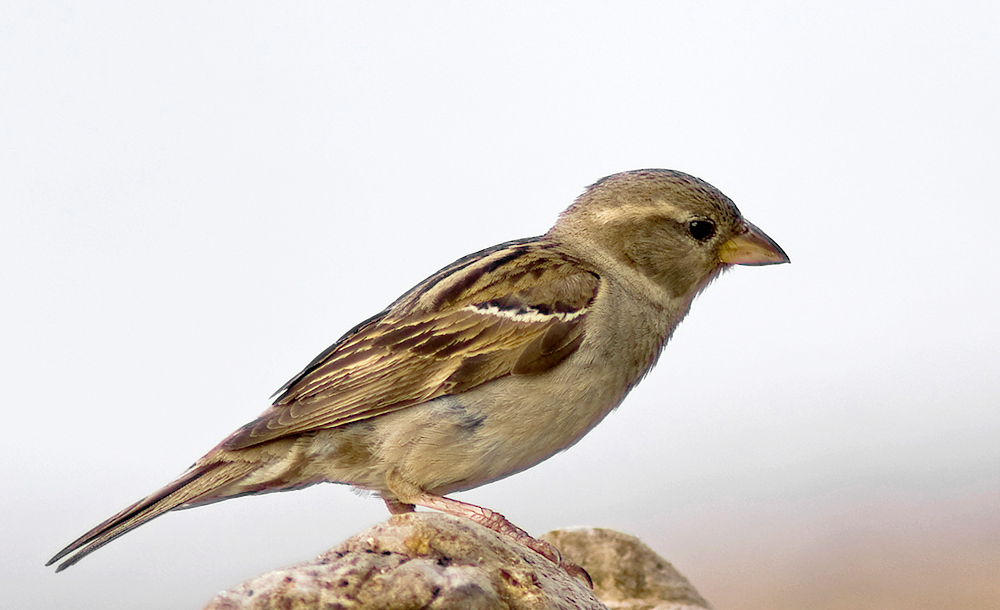
Brown Headed Cowbird, Male "Molothrus ater"
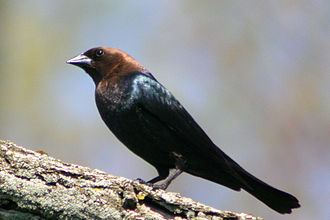
Brown Headed Cowbird, Female "Molothrus ater"
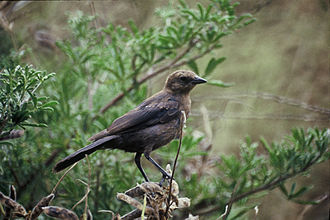
Bronzed Cowbird
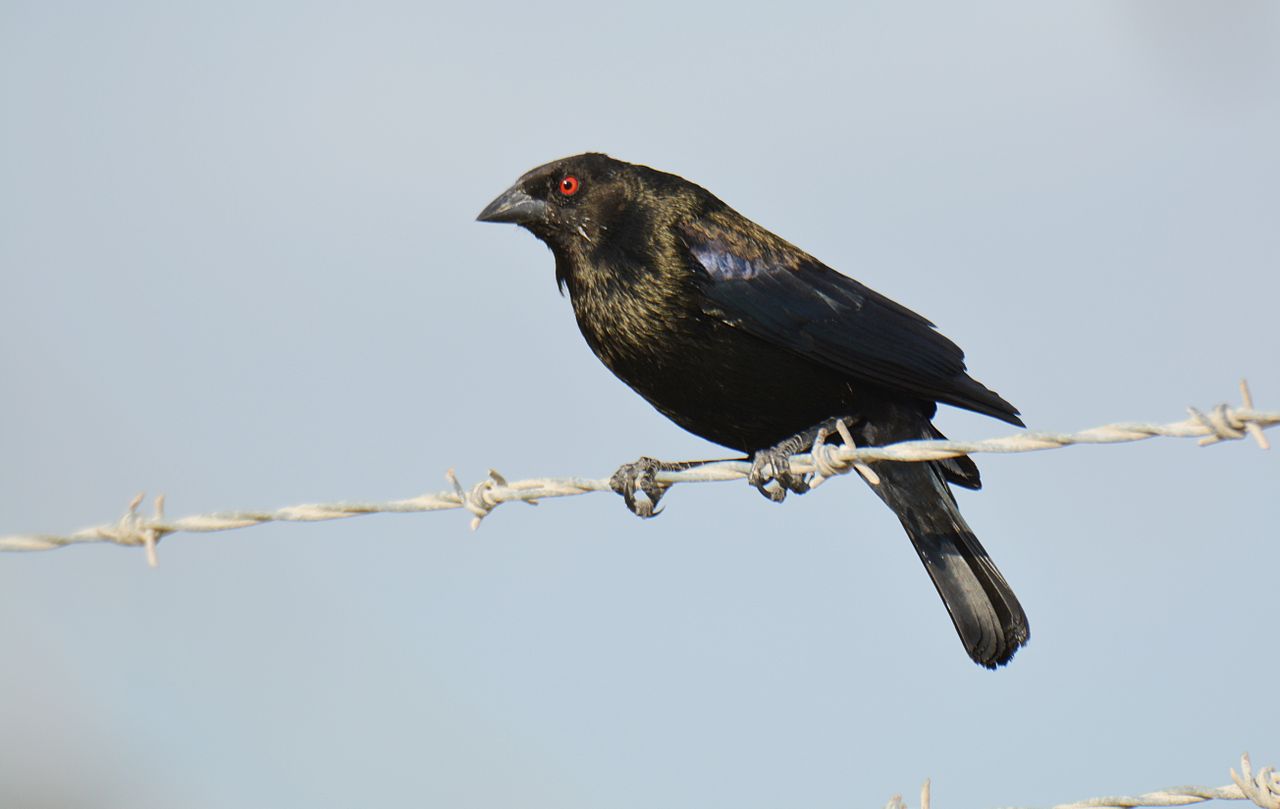
Regulated Migratory Non-Game
Crow "Corvus brachyrhynchos"
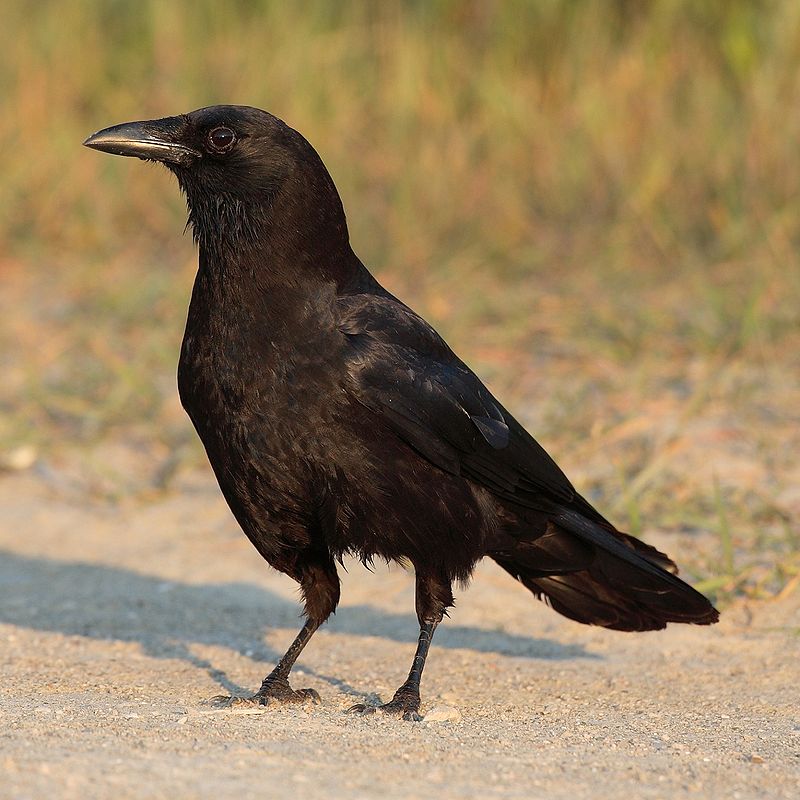
Raven "Corvus corax jouveniles".
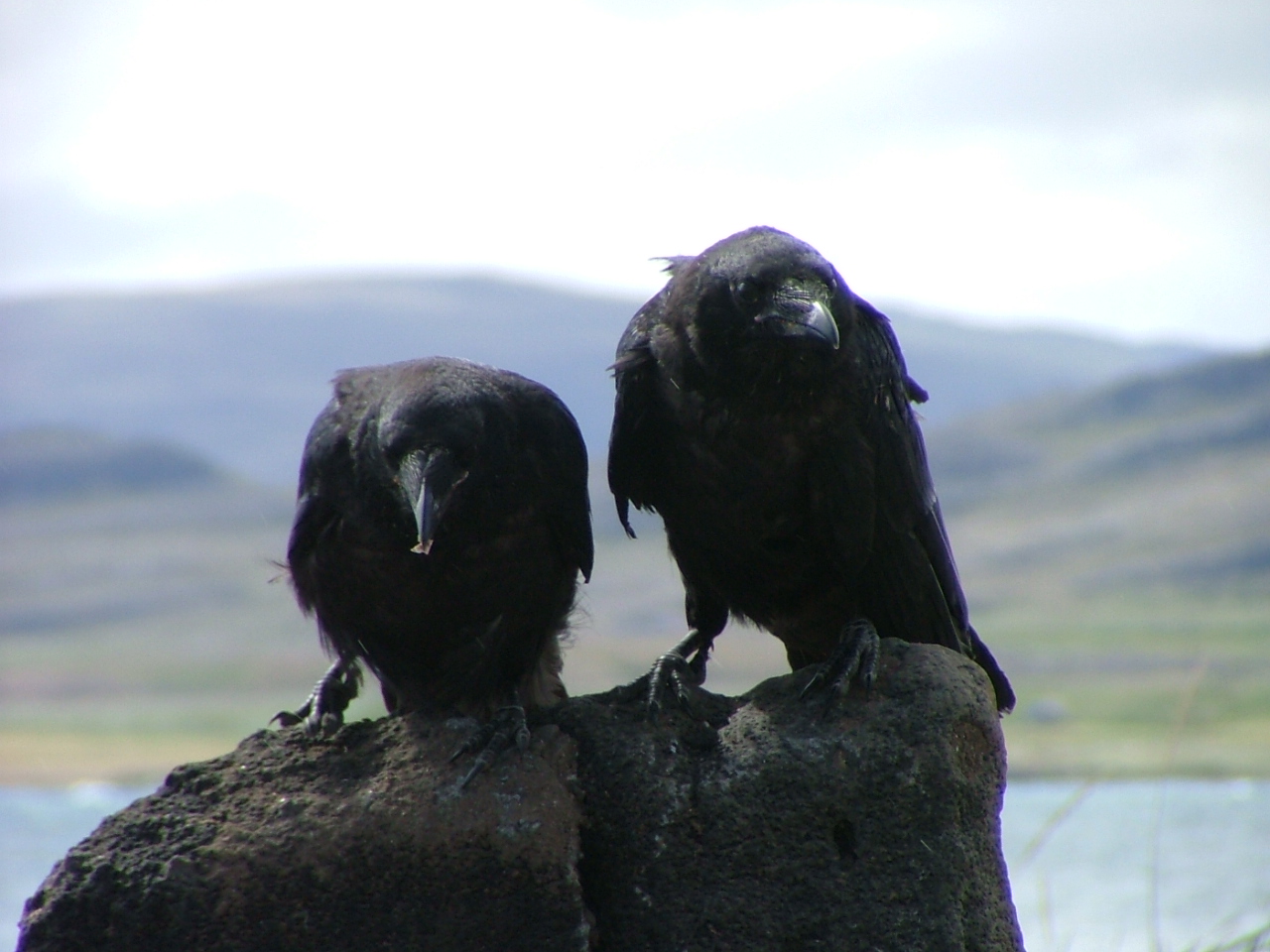
Currently a Protected Species-regional depredation hunts proposed, but, so far nothing. . .
Salt Water Fish
Unless otherwise noted, this data has come from the Shark Research Committee. See http://www.sharkresearchcommittee.com
Those known or strongly suspected to have attacked humans are marked in RED
Order Chlamydoselachiformes
Family Chlamydoselachidae
Frilled Shark - Chlamydoselachus anguineus
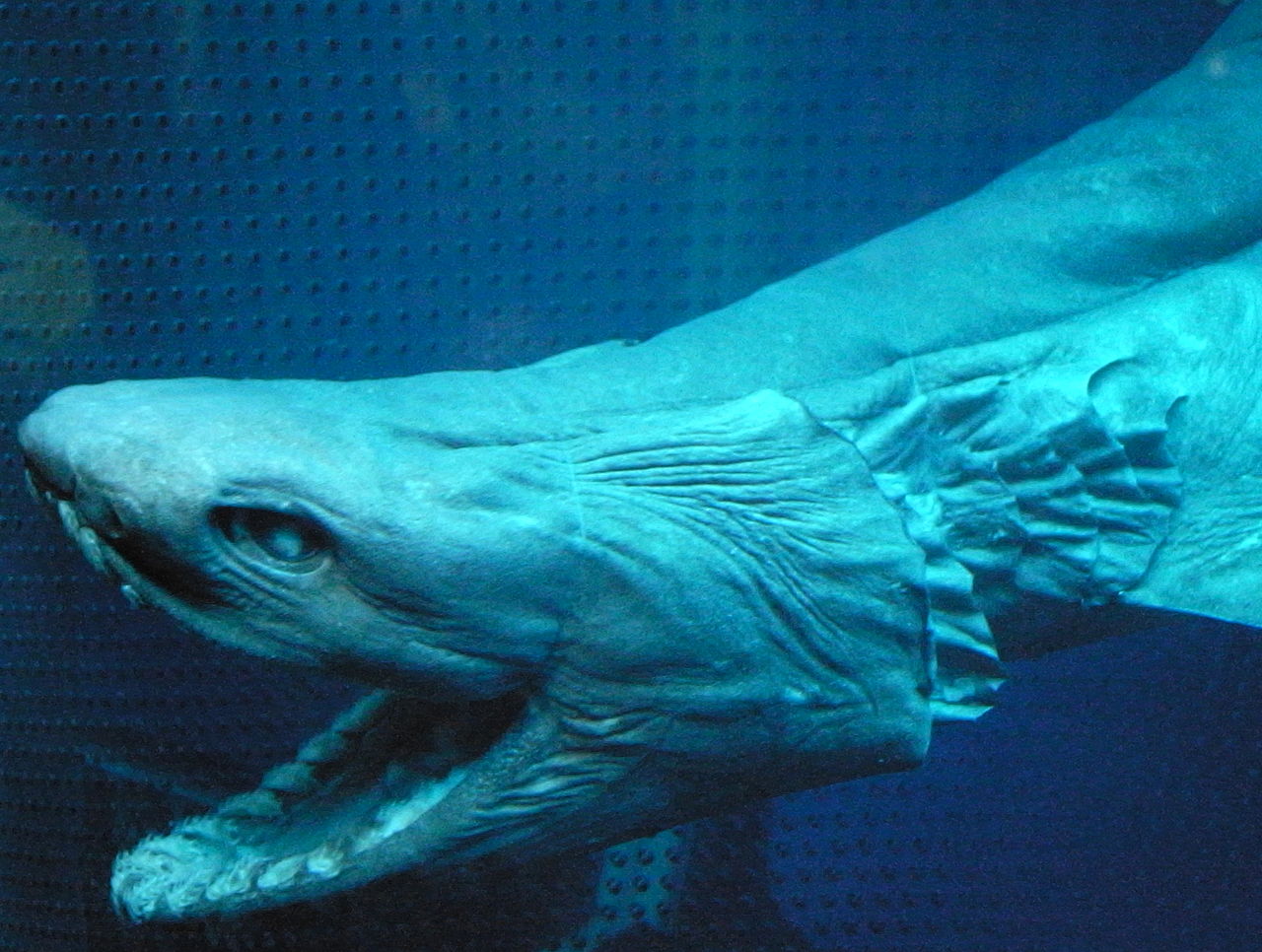
only one Pacific Coast record: Pt. Arguello, California
Order Hexanchiformes
Family Notorynchidae
Broadnose Sevengill Shark - Notorynchus cepedianus
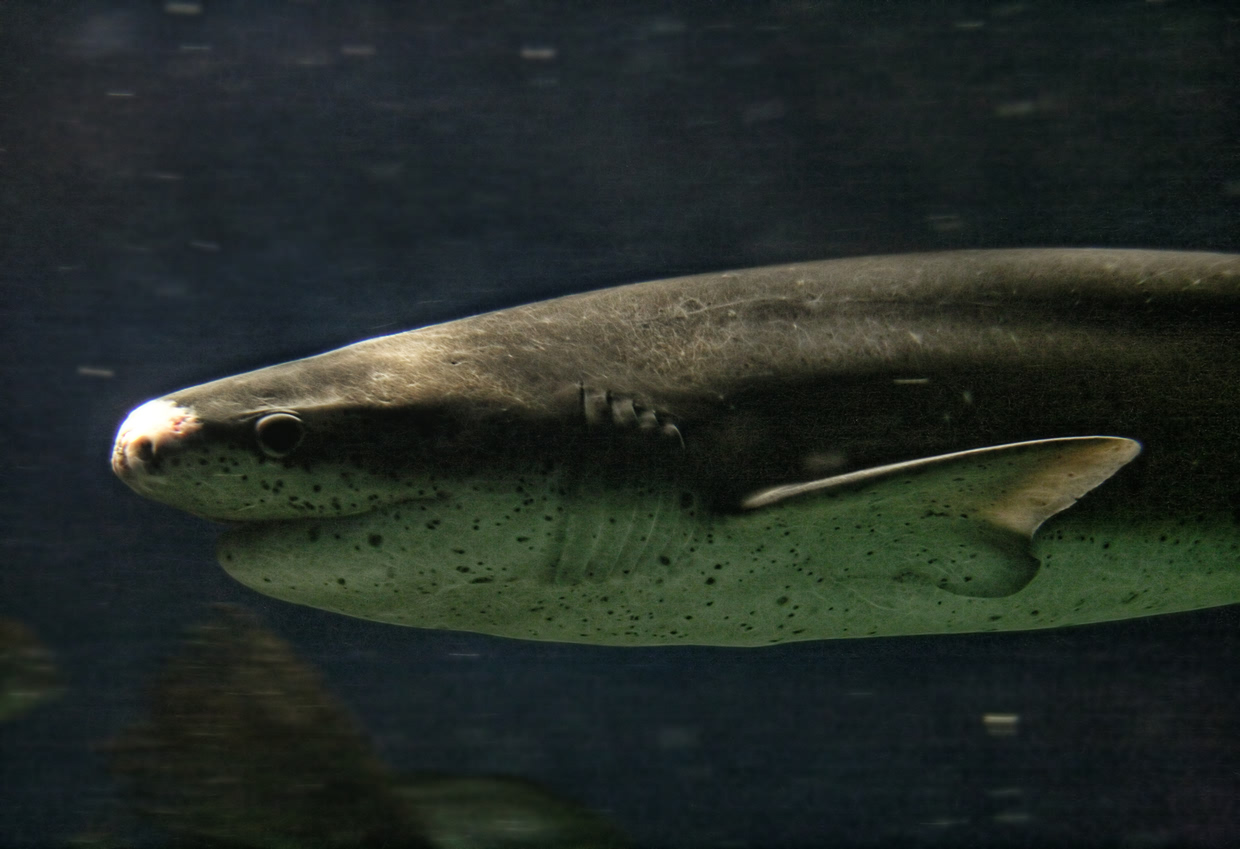
British Columbia to Gulf of California; most abundant off Central California
Bluntnose Sixgill Shark - Hexanchus griseus
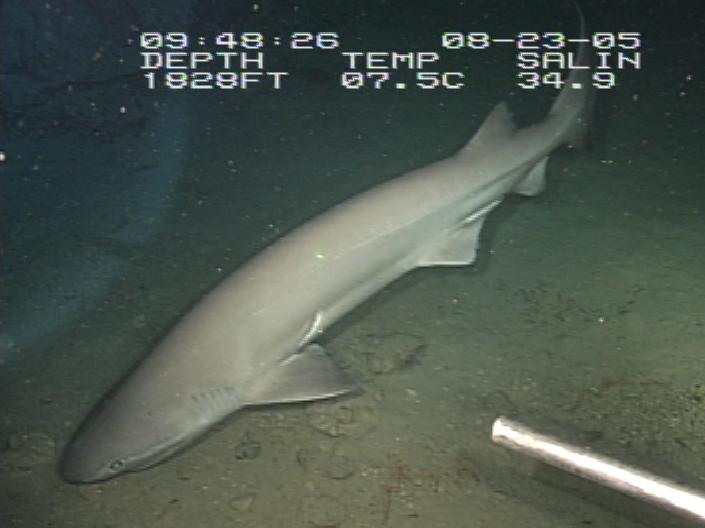
Alaska to Bahia de Todos Santos, northern Baja California
Order Echinorhiniformes
Family Echinorhinidae
Prickly Shark - Echinorhinus cookei
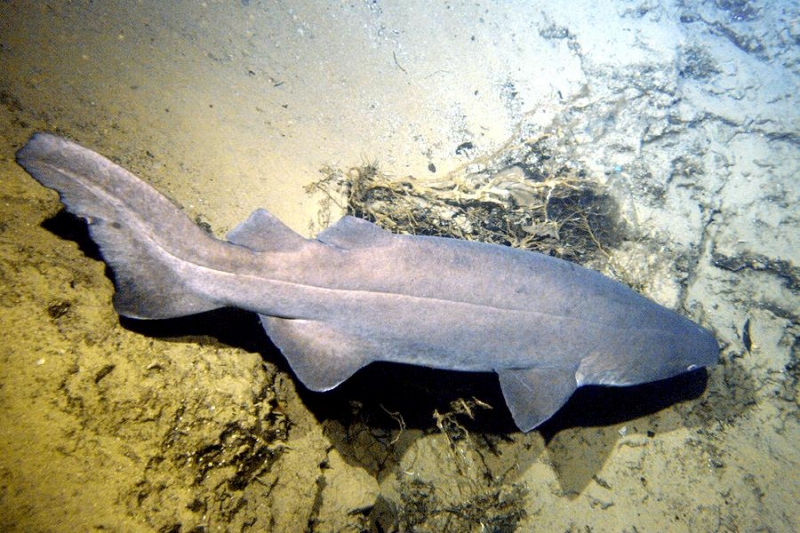
Moolach Beach, Oregon, to Baja California and Gulf of California
Order Squaliformes
Family Squalidae
Spiny Dogfish - Squalus acanthias
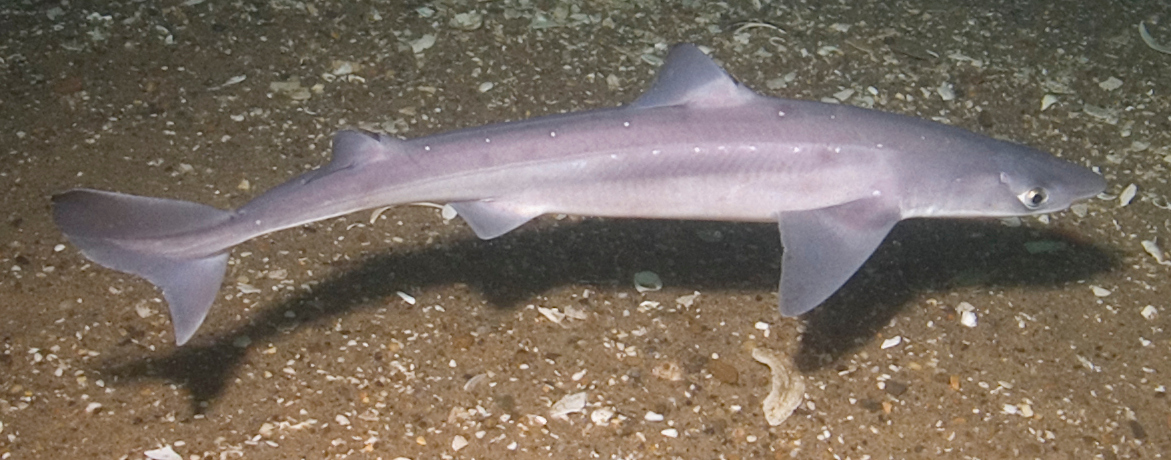
Bering Sea and Alaska to central Baja California
Family Etmopteridae
Combtooth Dogfish - Centroscyllium nigrum

Southern California to Strait of Magellan, Chile
Family Somniosidae
Pacific Sleeper Shark - Somniosus pacificus
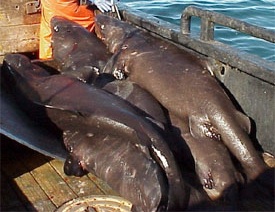
Bering Sea and Alaska to Baja California; in shallow waters in northern part of its range, but in deep water from California southward
Family Dalatiidae
Pygmy Shark - Euprotomicrus bispinatus

Rare off California coast; Found well offshore
Cookiecutter Shark - Isistius brasiliensis
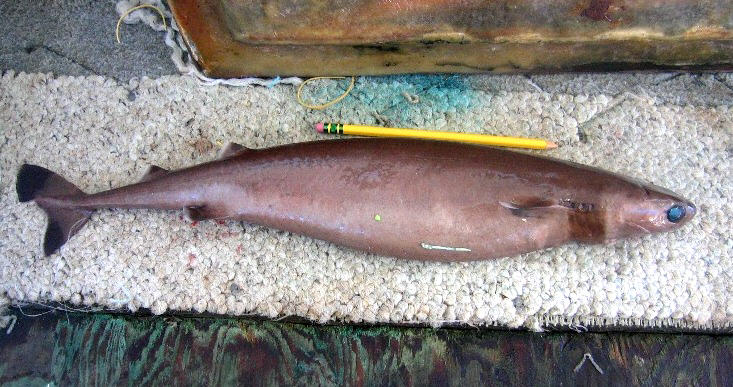
Baja California south to Isla Galapagos
Order Squaltiniformes
Family Squatinidae
Pacific Angel Shark - Squatina Californica
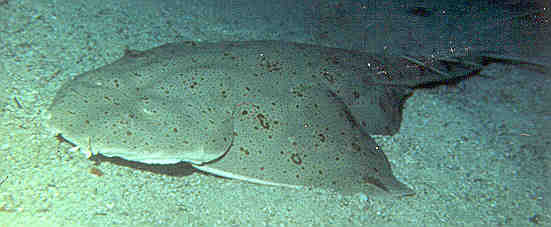
southern Alaska to Baja California and Gulf of California; to depth of 186 meters in Gulf of California
Order Heterodontiformes
Family Heterodontidae
Horn Shark - Heterodontus francisci
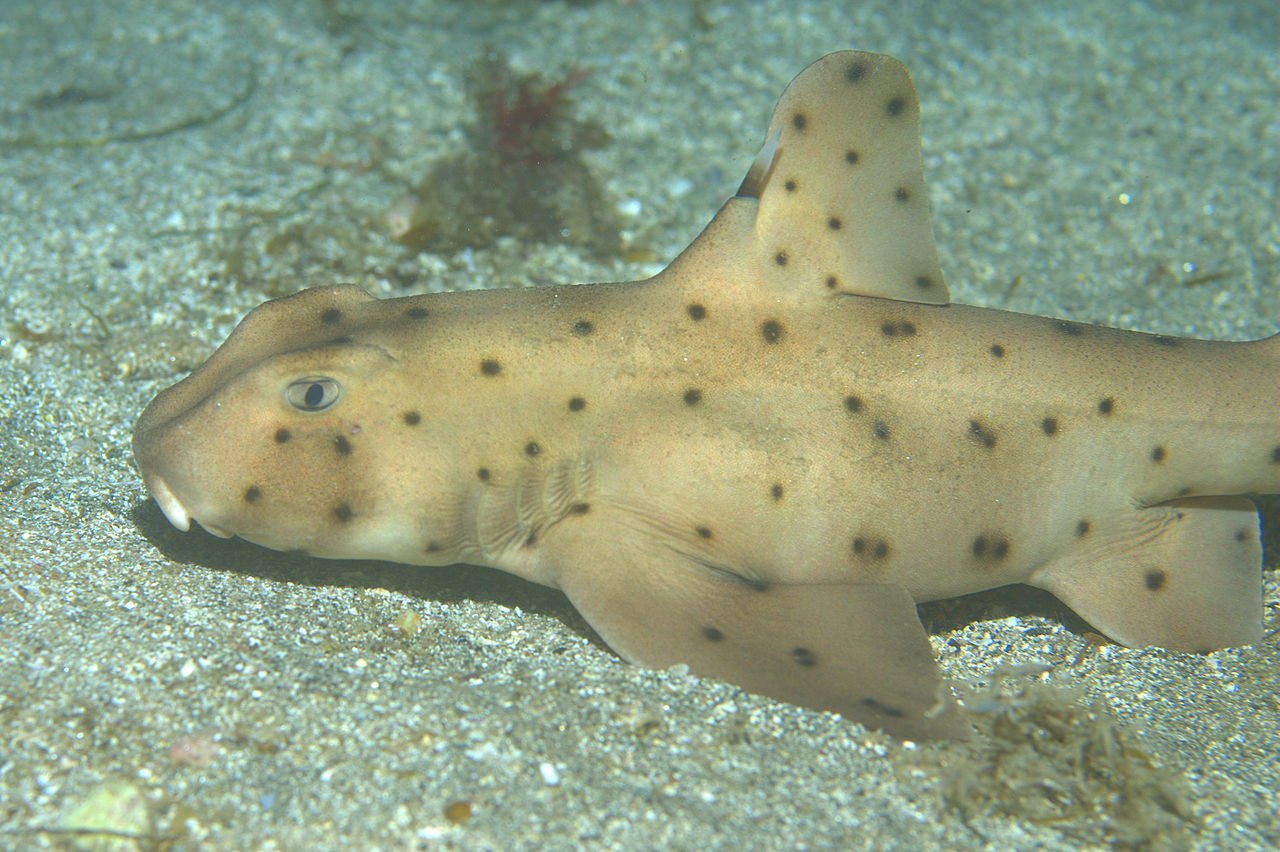
Central California to Gulf of California and southward, probably to Ecuador and Peru; rare north of Southern California
Mexican Horn Shark - Heterodontus mexicanus
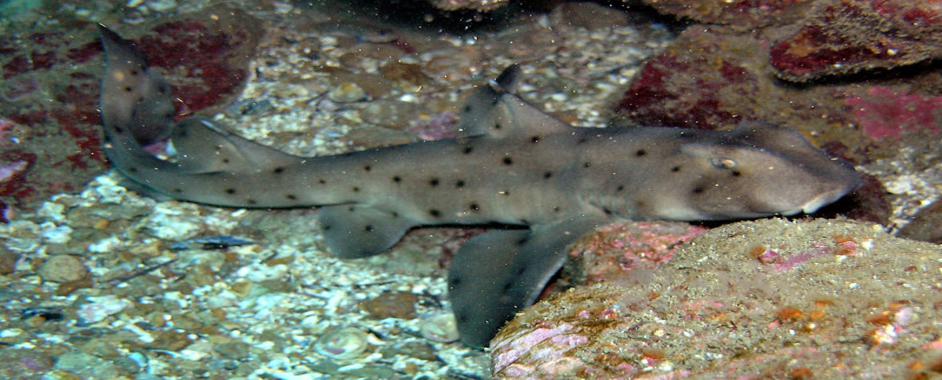
Bahia Magdalena, southern Baja California, into the Gulf of California and southward to Peru
Order Orectolobiformes
Family Rhincodontidae
Whale Shark - Rhincodon typus
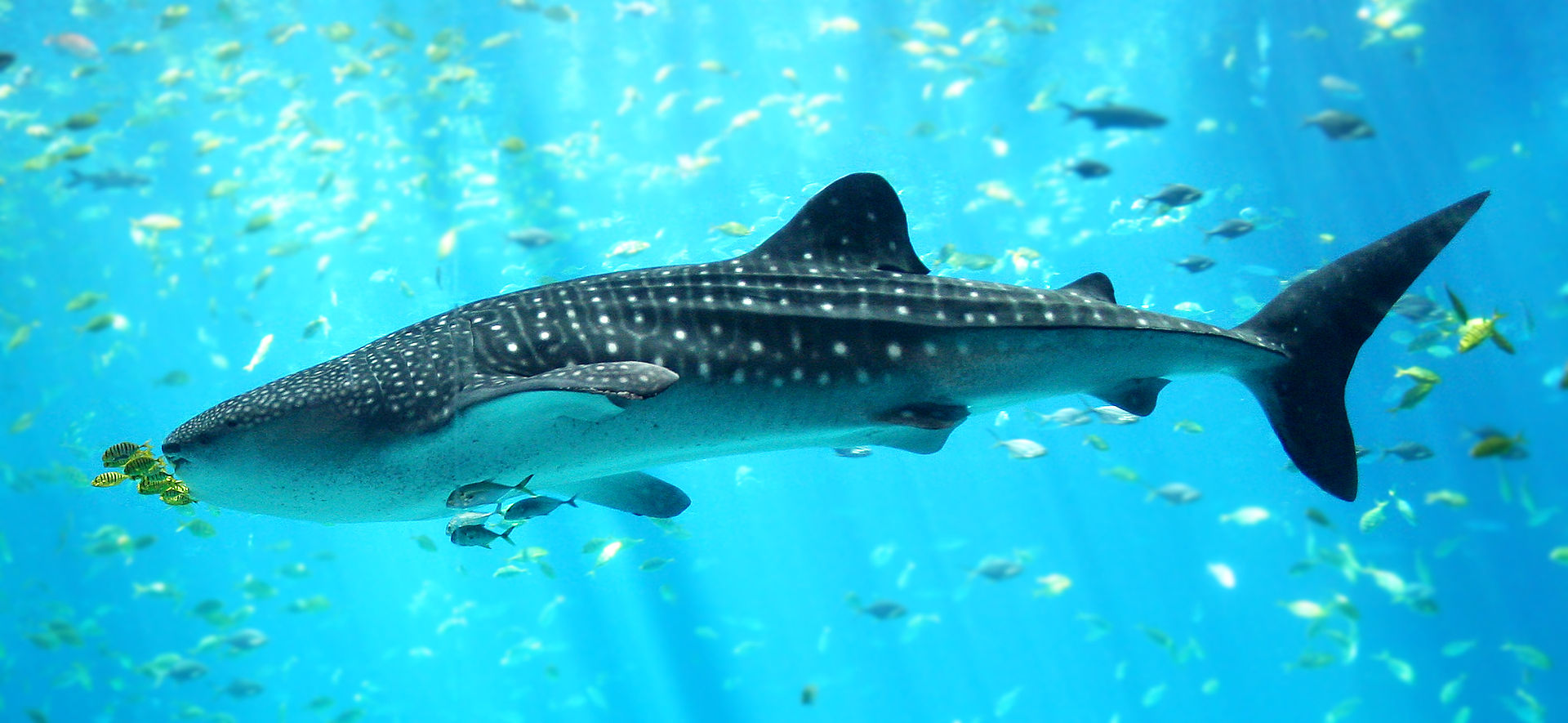
occasionally off Southern California
Family Ginglymostomatidae
Nurse Shark - Ginglymostoma cirratum
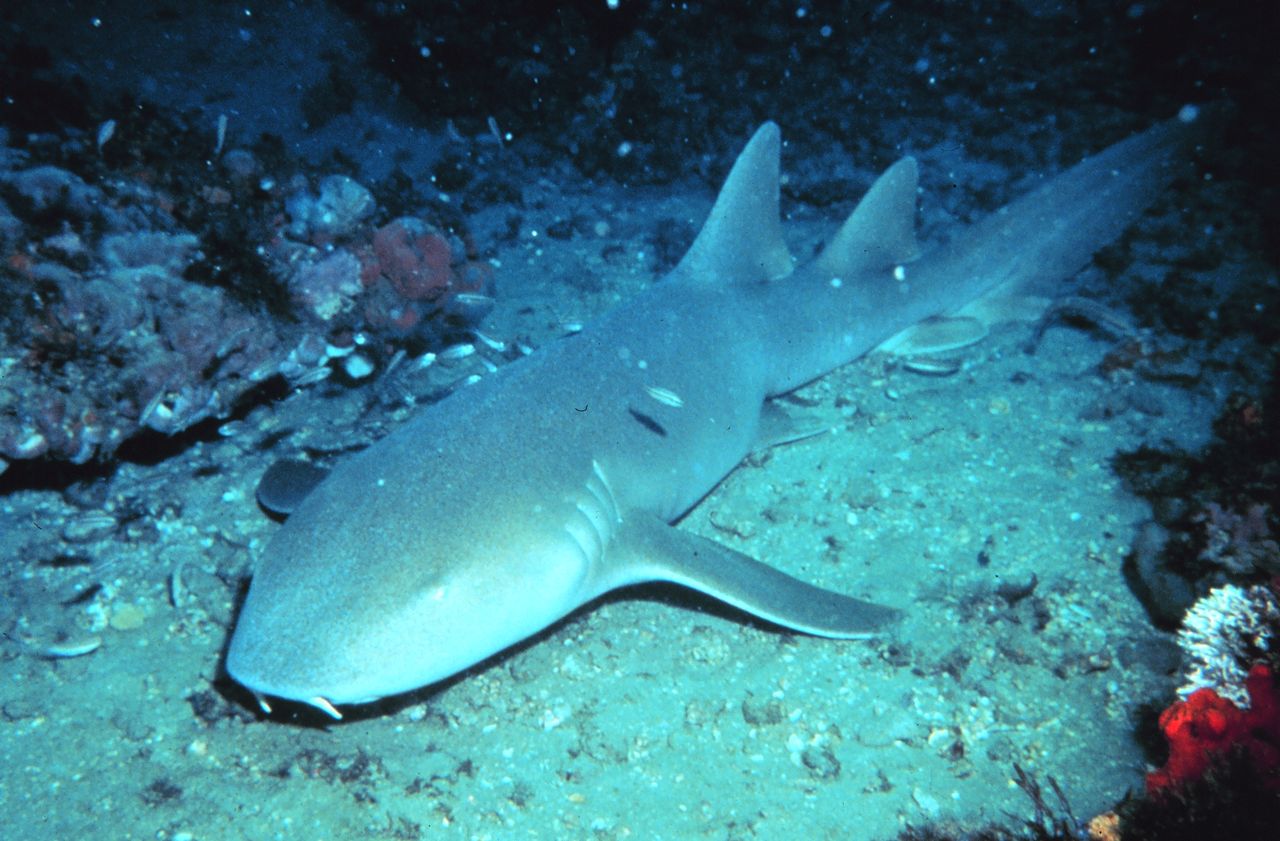
southern Baja California into Gulf of California and southward to Peru
Order Lamniformes
Family Mitsukurinidae
Goblin Shark - Mitsukurina owstoni

only one Pacific Coast record, from Southern California
Family Odontaspididae
Ragged-Tooth Shark - Odontaspis ferox
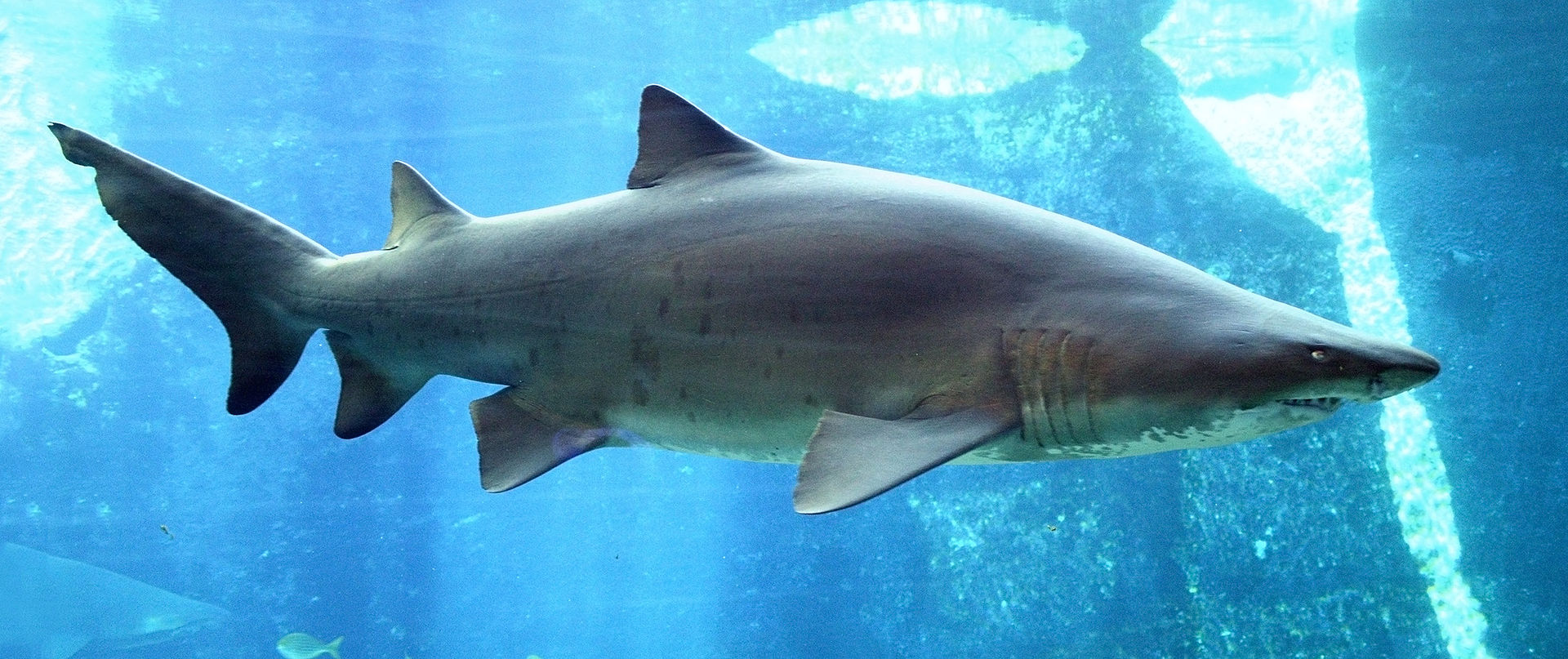
Southern California and Malpelo Island, Mexico
Family Megachasmidae
Megamouth Shark - Megachasma pelagios
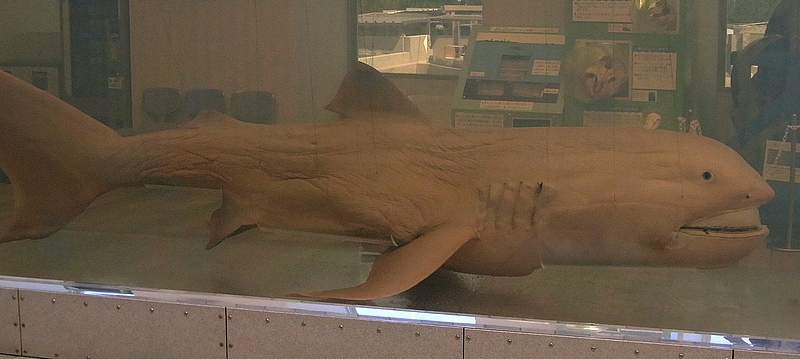
Southern California
Family Alopiidae
Pelagic Thresher - Alopias pelagicus
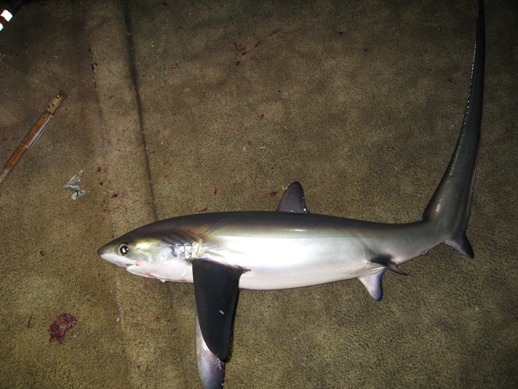
Southern California southward; oceanic, epipelagic
Bigeye Thresher Shark - Alopias superciliosus
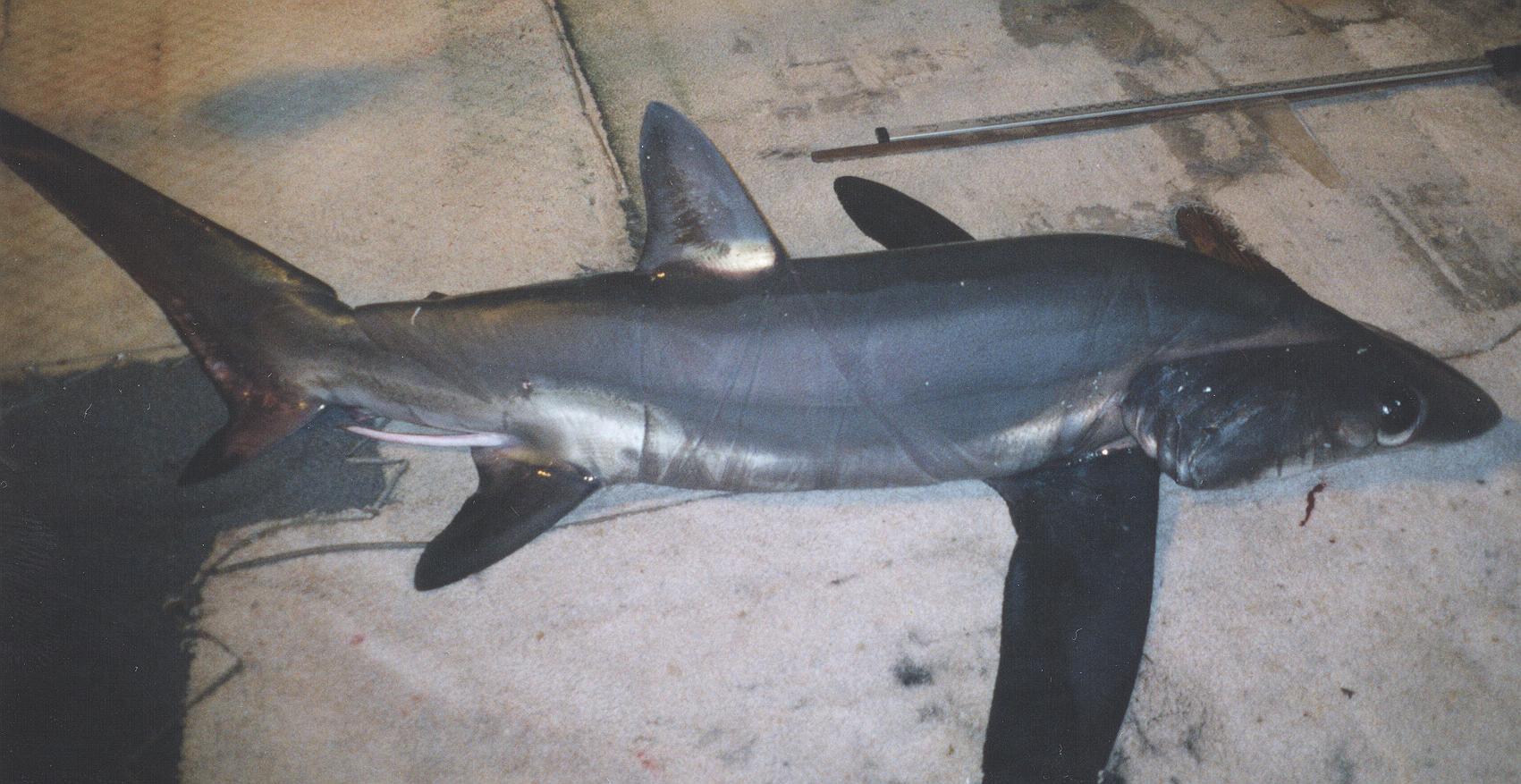
California to Gulf of California
Common Thresher - Alopias vulpinus
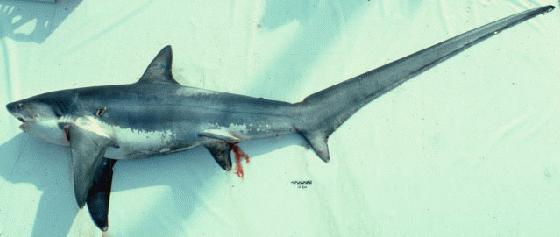
Goose Bay, British Columbia, to Chile
Family Pseudocarchariidae
Crocodile Shark - Pseudocarcharias kamoharai
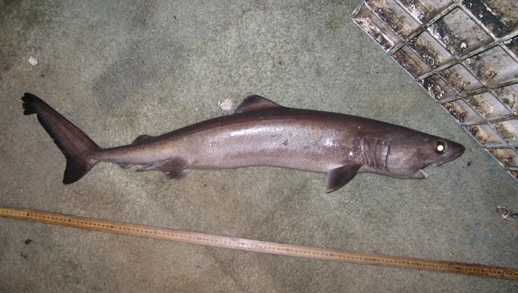
Family Cetorhinidae
Basking Shark - Cetorhinus maximus
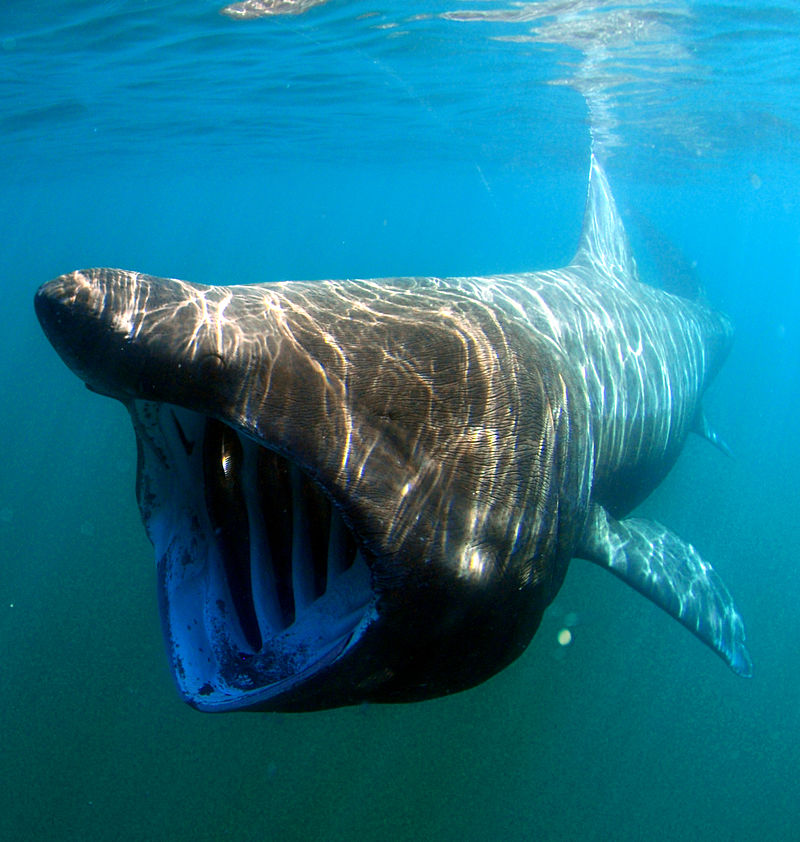
Aleutian Islands and Gulf of Alaska to Gulf of California
Family Lamnidae
Salmon Shark - Lamna ditropis
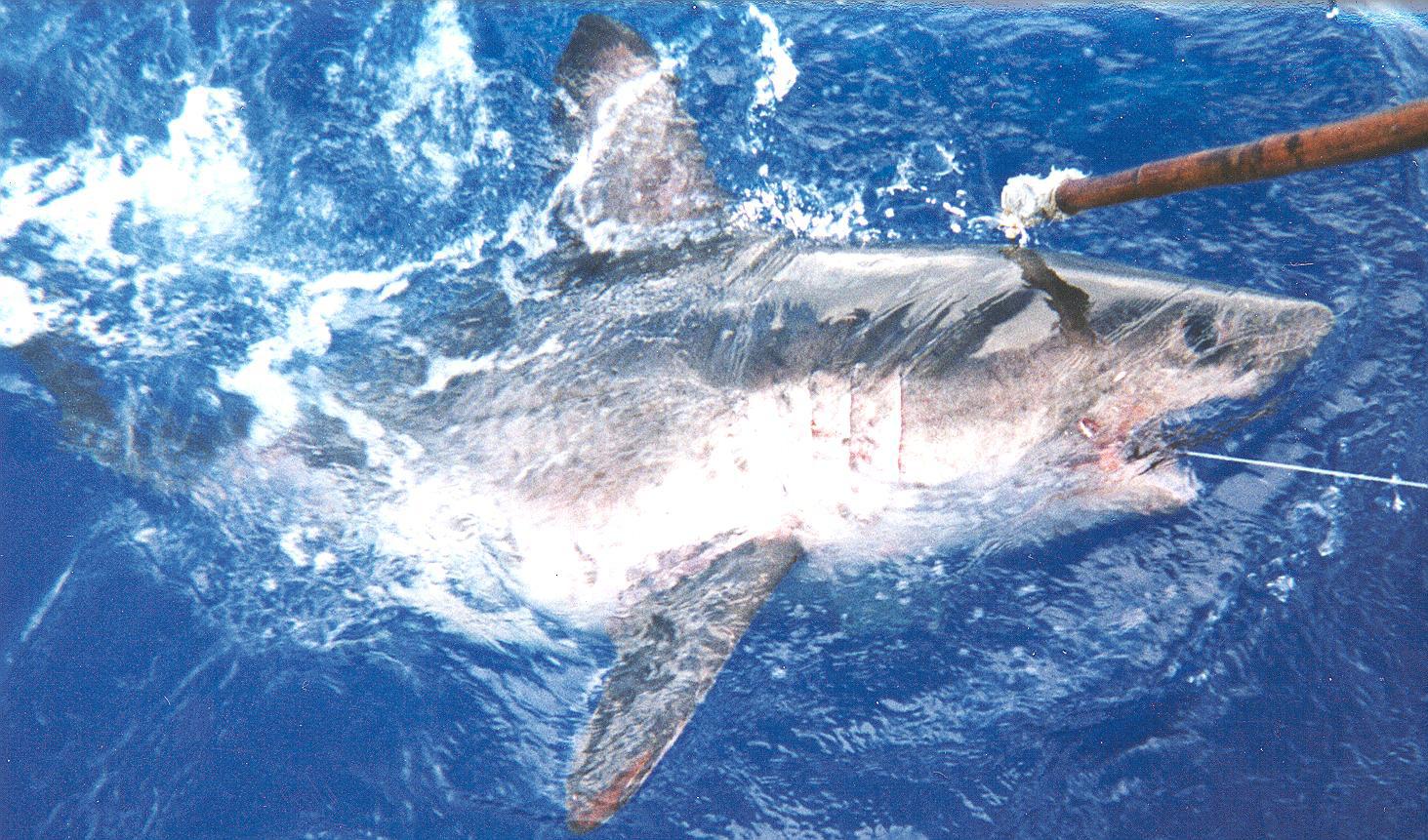
Bering Sea and Gulf of Alaska to central Baja California
White Shark - Carcharodon carcharias

Gulf of Alaska to Gulf of California, mostly shallow coastal waters
Shortfin Mako - Isurus oxyrinchus
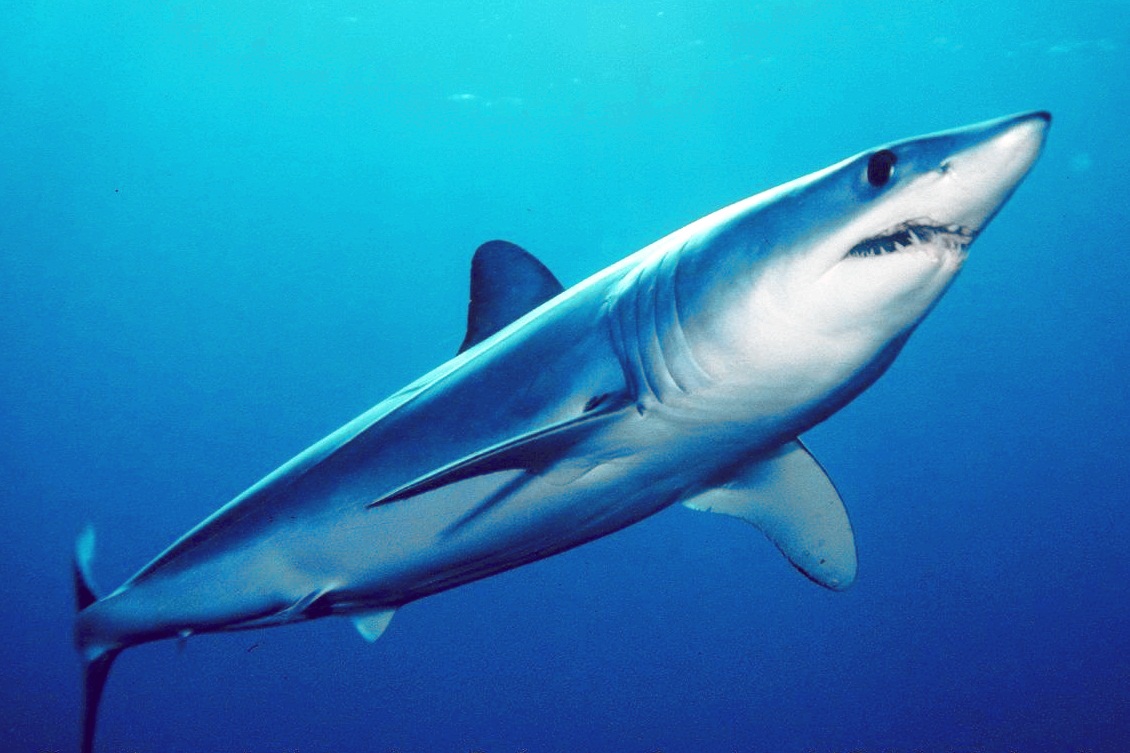
British Columbia to Chile
Order Carcharhiniformes
Family Scyliorhinidae
Brown Catshark - Apristurus brunneus

southeastern Alaska to northern Baja California; deep (137-1298 meters)
Longnose Catshark - Apristurus kampae

Cape Blanco, Oregon, southward to Southern California and Gulf of California;deep (180-1888 meters)
Swell Shark - Cephaloscyllium ventriosum
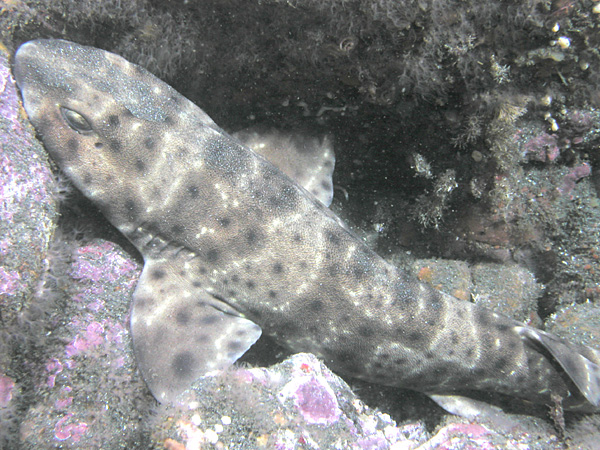
Monterey Bay, Central California, to Acapulco, Mexico
Lollipop Catshark - Cephalurus cephalus
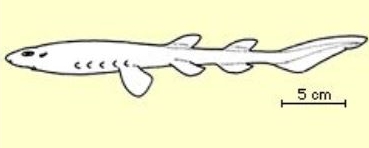
Southern Baja California and Gulf of California
Peppered Catshark - Galeus piperatus
No Image
Filetail Catshark - Parmaturus xaniurus
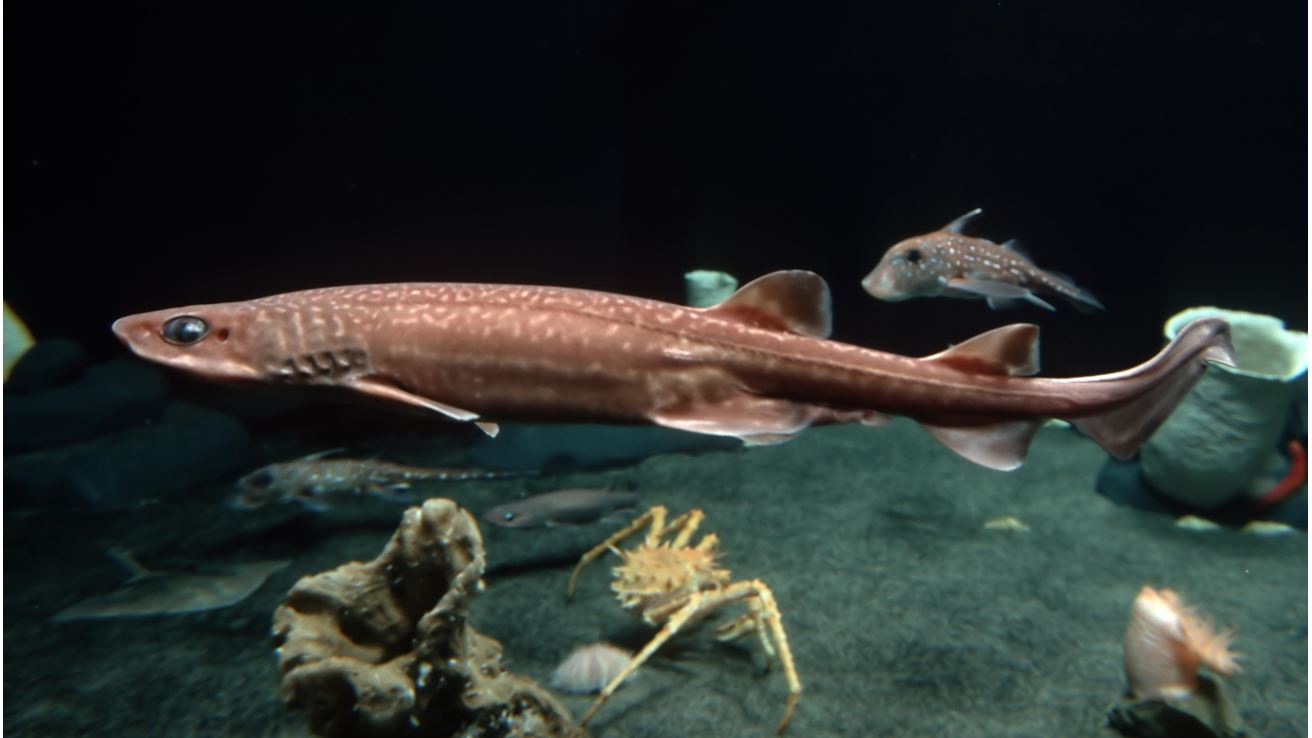
Cape Foulweather, Oregon, to Baja California and Gulf of California
Family Triakidae
Grey Smoothhound - Mustelus californicus
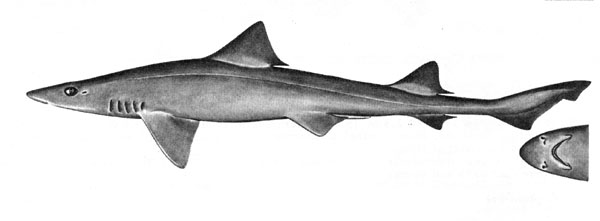
Cape Mendocino, Northern California, to Mazatlan, Mexico
Sharptooth Smoothhound - Mustelus dorsalis
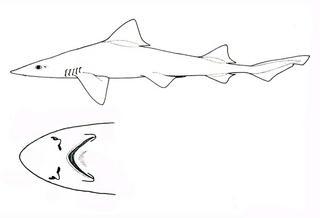
Gulf of California
Brown Smoothhound - Mustelus henlei
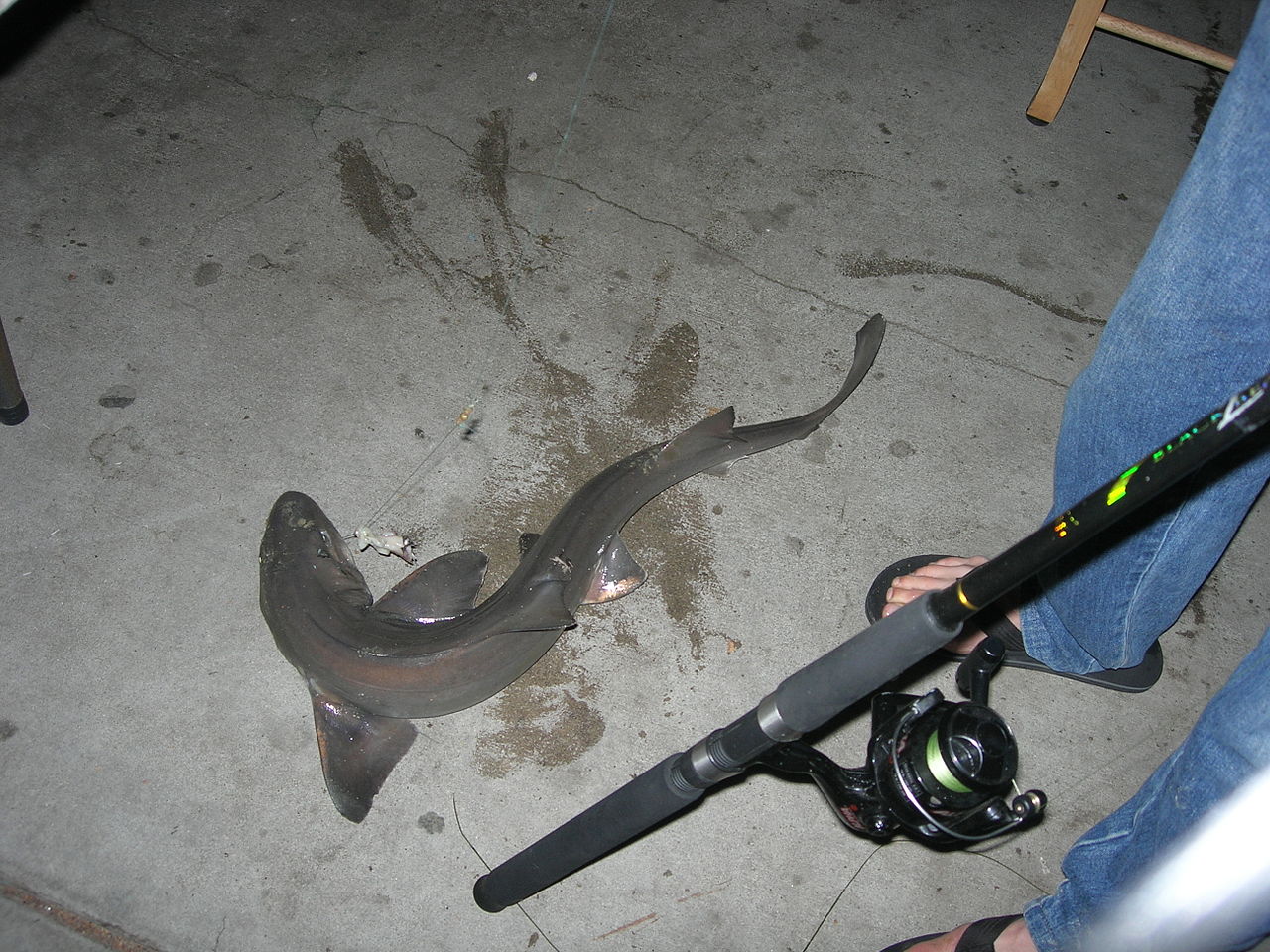
Coos Bay, Oregon, to Gulf of California
Sicklefin Smoothhound - Mustelus lunulatus
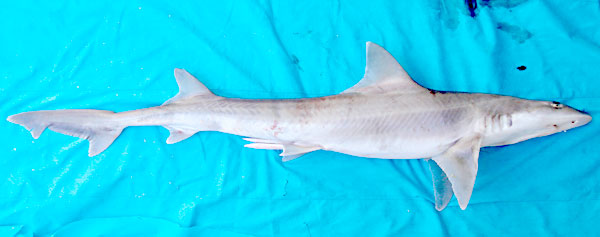
San Diego, California, to Peru
Leopard Shark - Triakis semifasciata
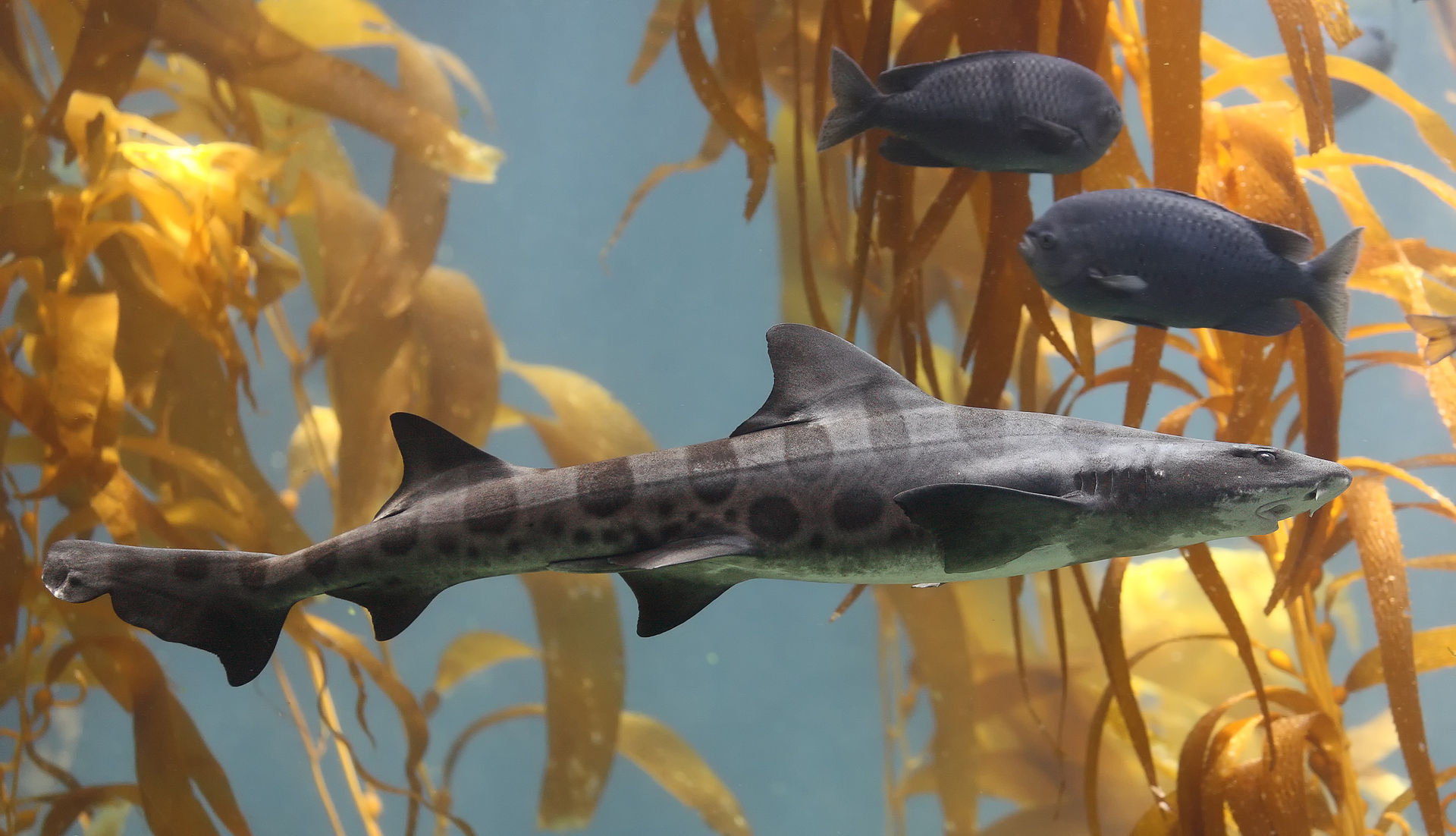
Oregon to Baja California and northern Gulf of California
Family Galeorhinidae
Soupfin Shark - Galeorhinus galeus

northern British Columbia to Bahia San Juanico, central Baja California
Family Galeocerdidae
Tiger Shark - Galeocerdo cuvier
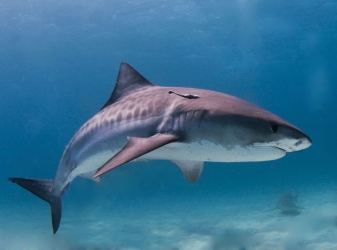
Southern California; possibly north to southeastern Alaska
Family Rhizoprionodontidae
Pacific Sharpnose Shark - Rhizoprionodon longurio
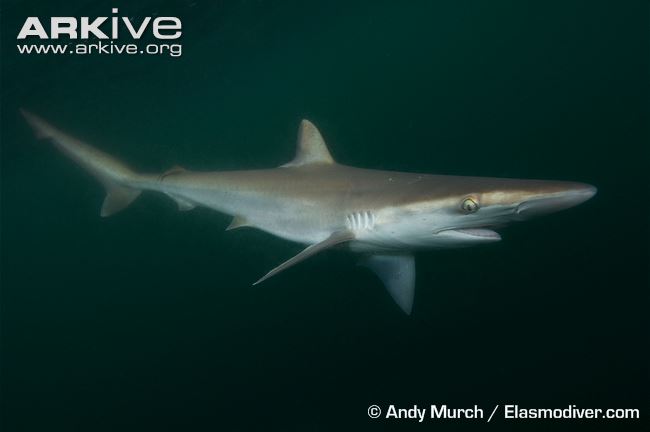
Southern California to Peru
Family Sphyrnidae
Mallethead Shark, Scalloped Bonnethead - Sphyrna corona
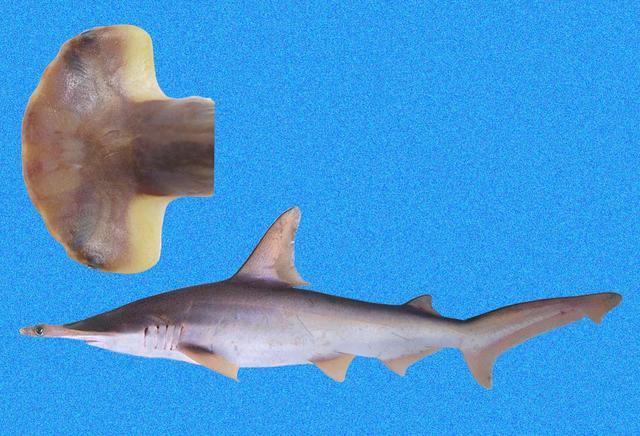
Gulf of California and southern Mexico to Peru
Scalloped Hammerhead - Sphyrna lewini
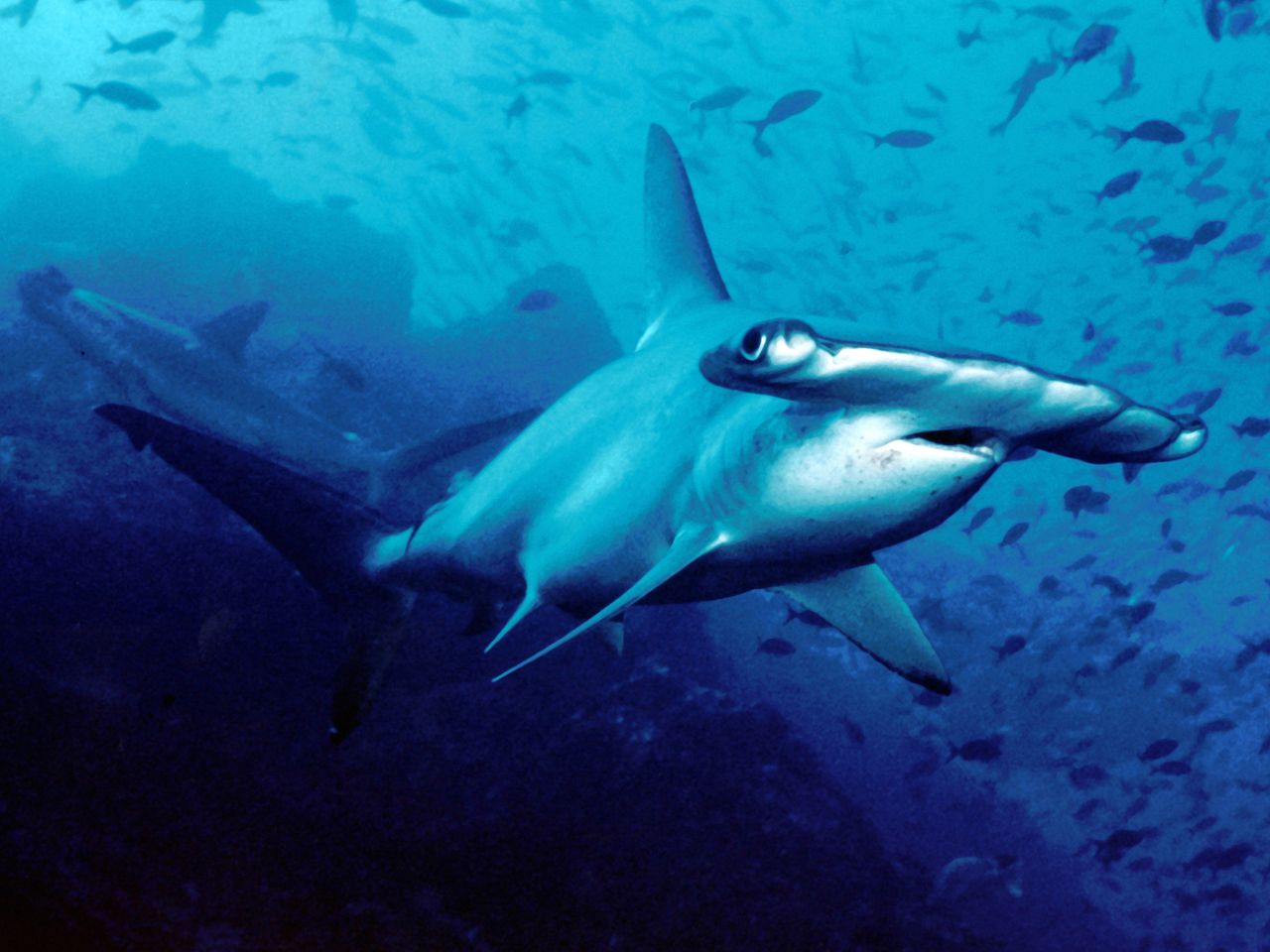
Santa Barbara, Southern California, southward
Scoophead Shark - Sphyrna media
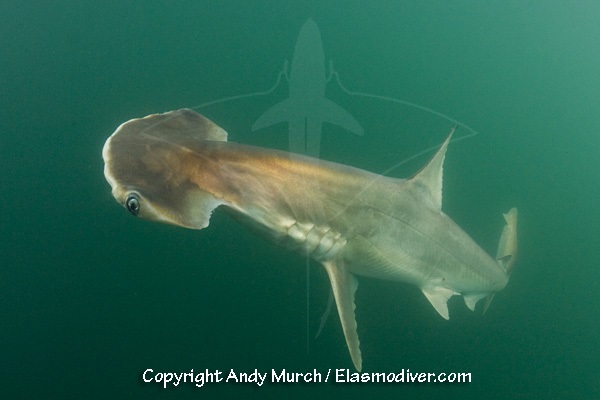
Gulf of California to Ecuador, probably to northern Peru
Great Hammerhead - Sphyrna mokarran
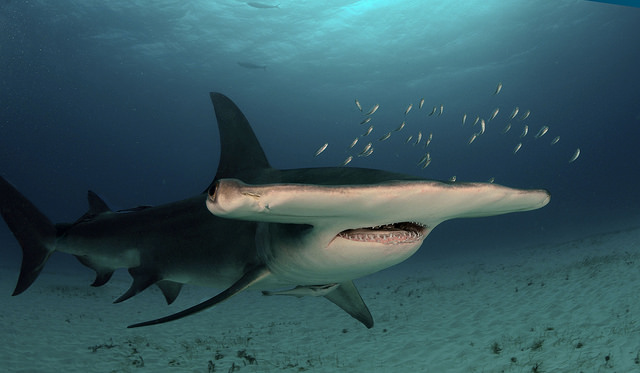
southen Baja California southward to Peru
Bonnethead - Sphyrna tiburo
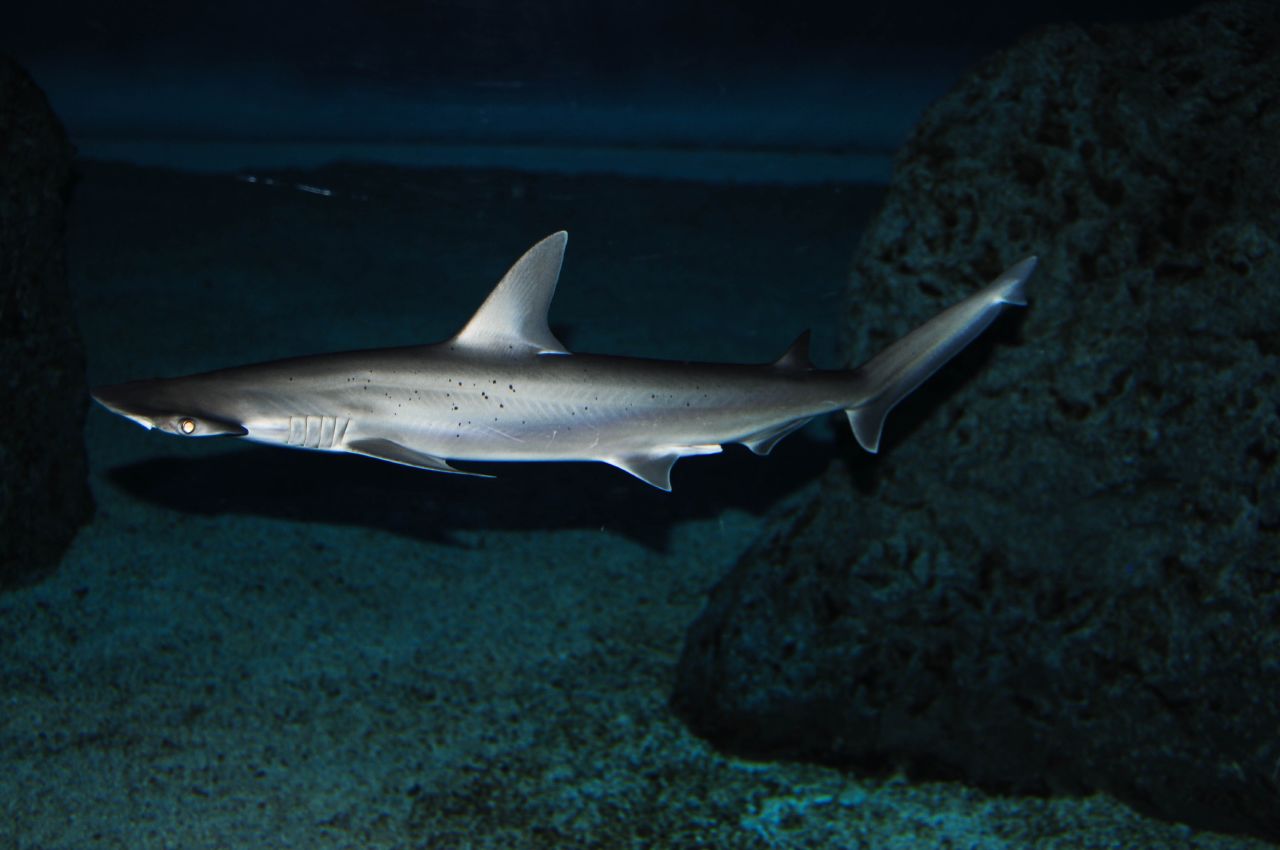
San Diego, California, to Peru
Smooth Hammerhead - Sphyrna zygaena
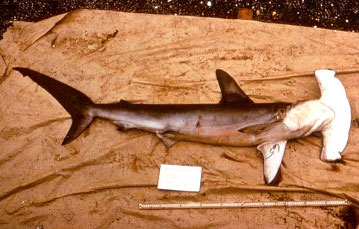
Family Carcharhinidae
Silvertip Shark - Carcharhinus albimarginatus
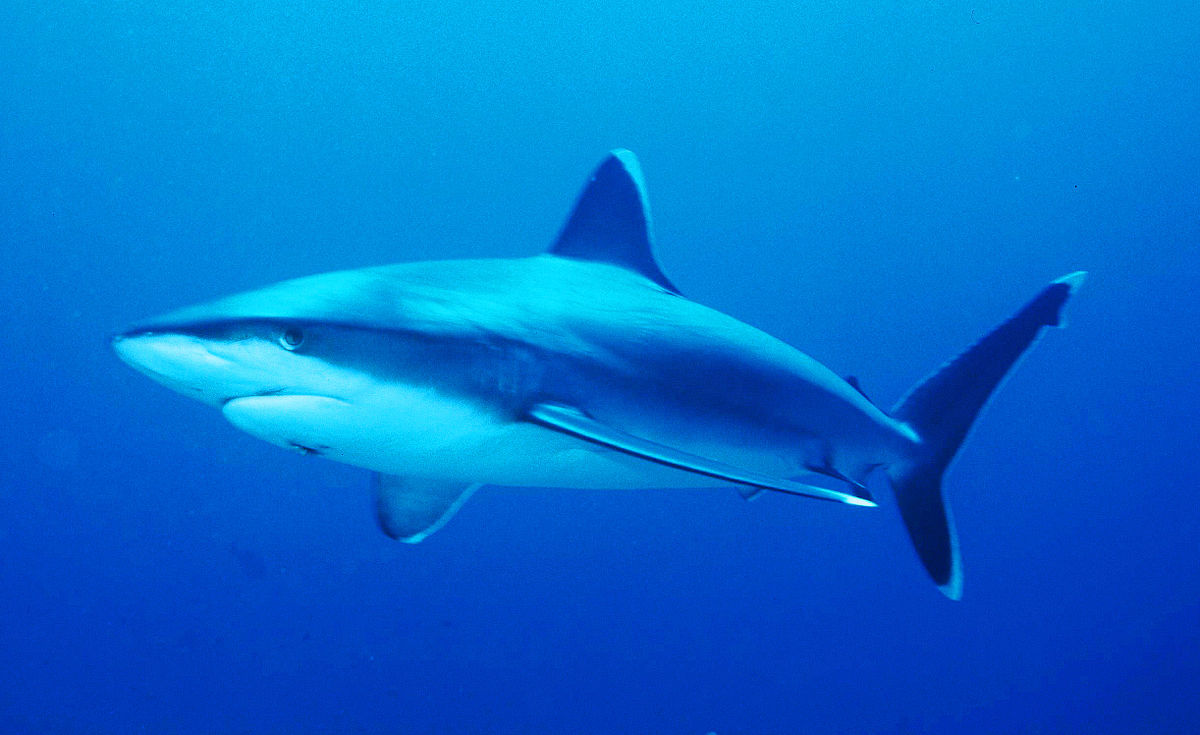
southern Baja California southward to Colombia
Bignose Shark - Carcharhinus altimus
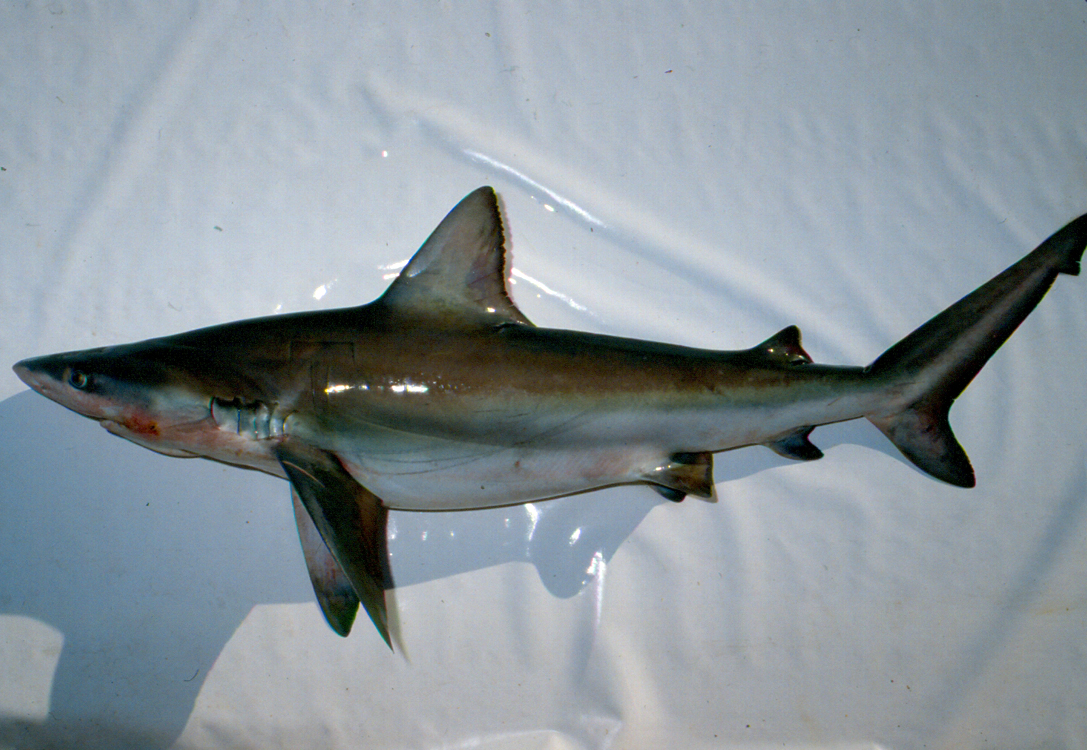
Gulf of California to southern Mexico
Copper Shark - Carcharhinus brachyurus
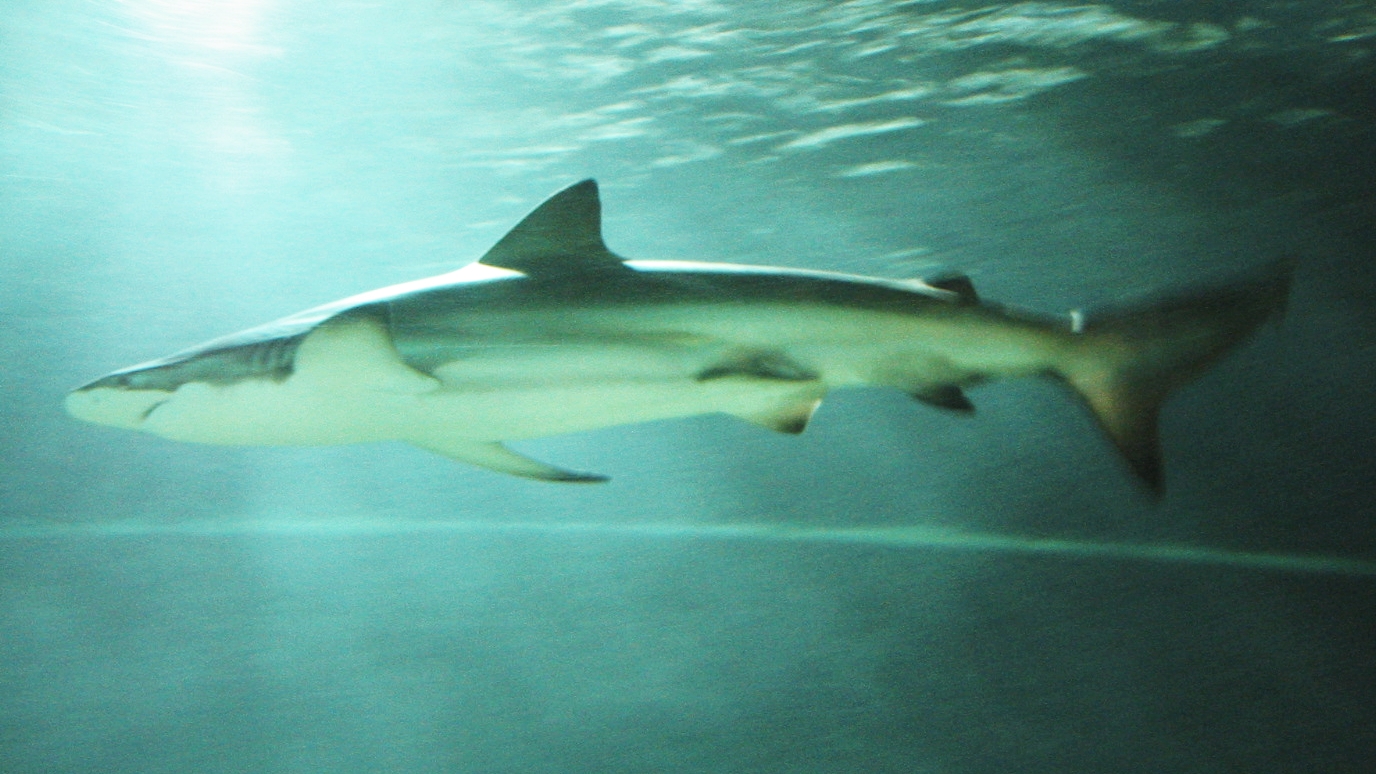
Gulf of California
Silky Shark - Carcharhinus falciformis
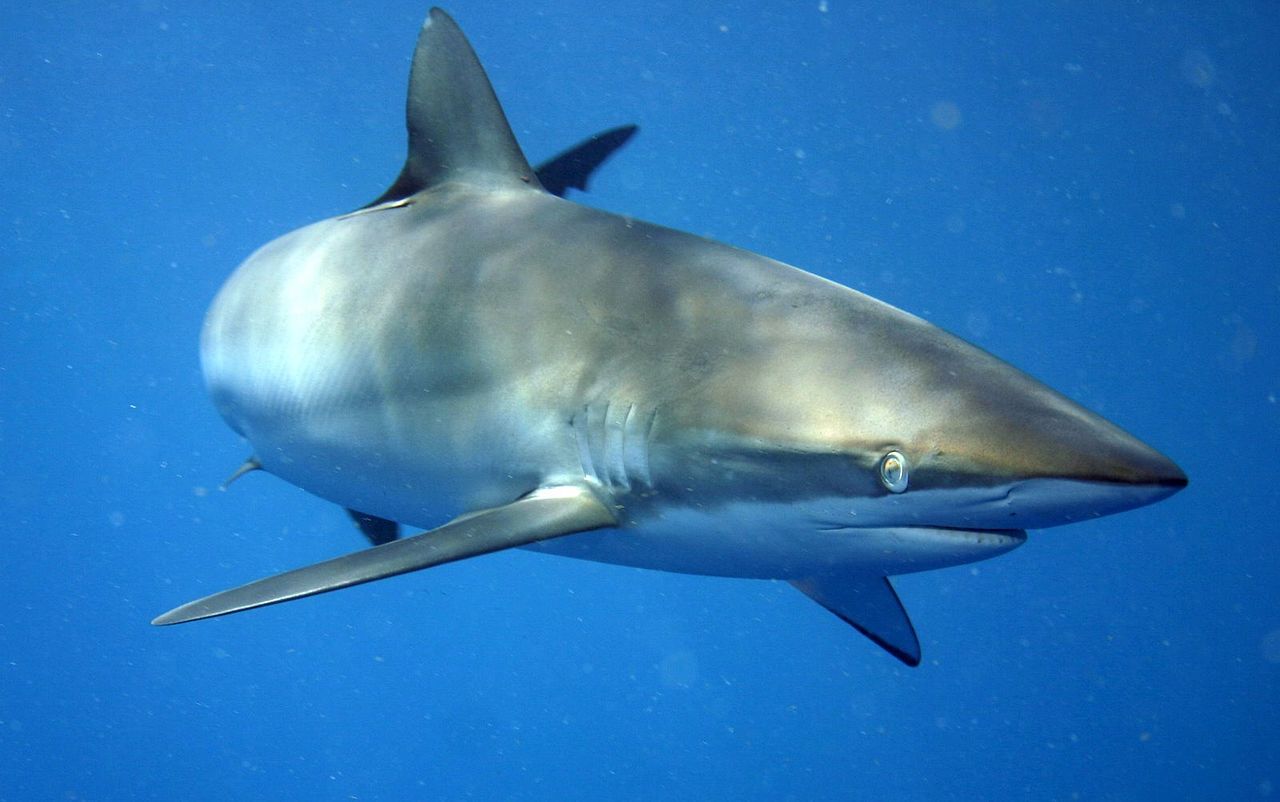
Southern Baja California southward to Peru
Galapagos Shark - Carcharhinus galapagensis
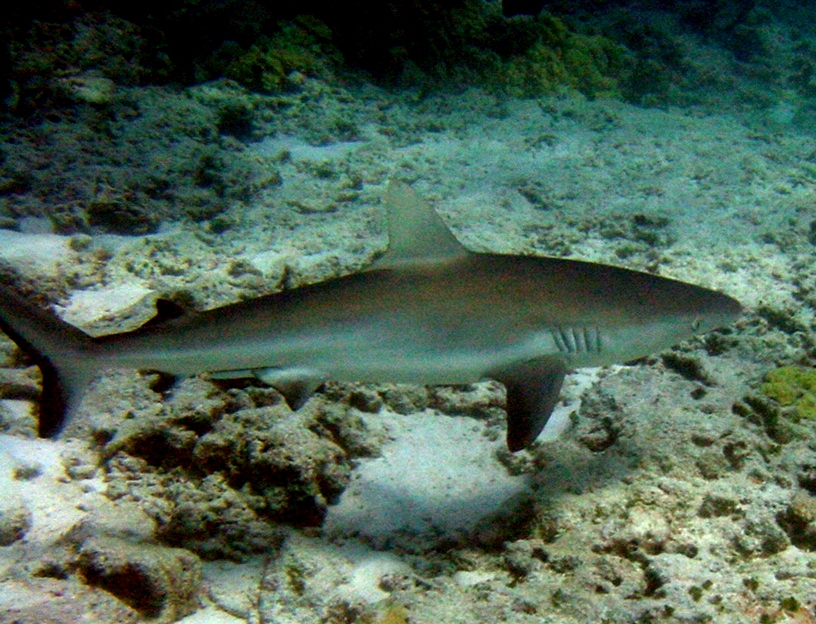
Southern Baja California southward to Colombia
Bull Shark - Carcharhinus leucas
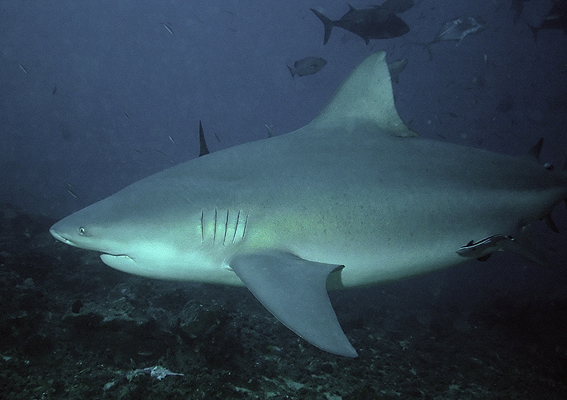
Southern Baja California southward to Peru
Blacktip Shark - Carcharhinus limbatus
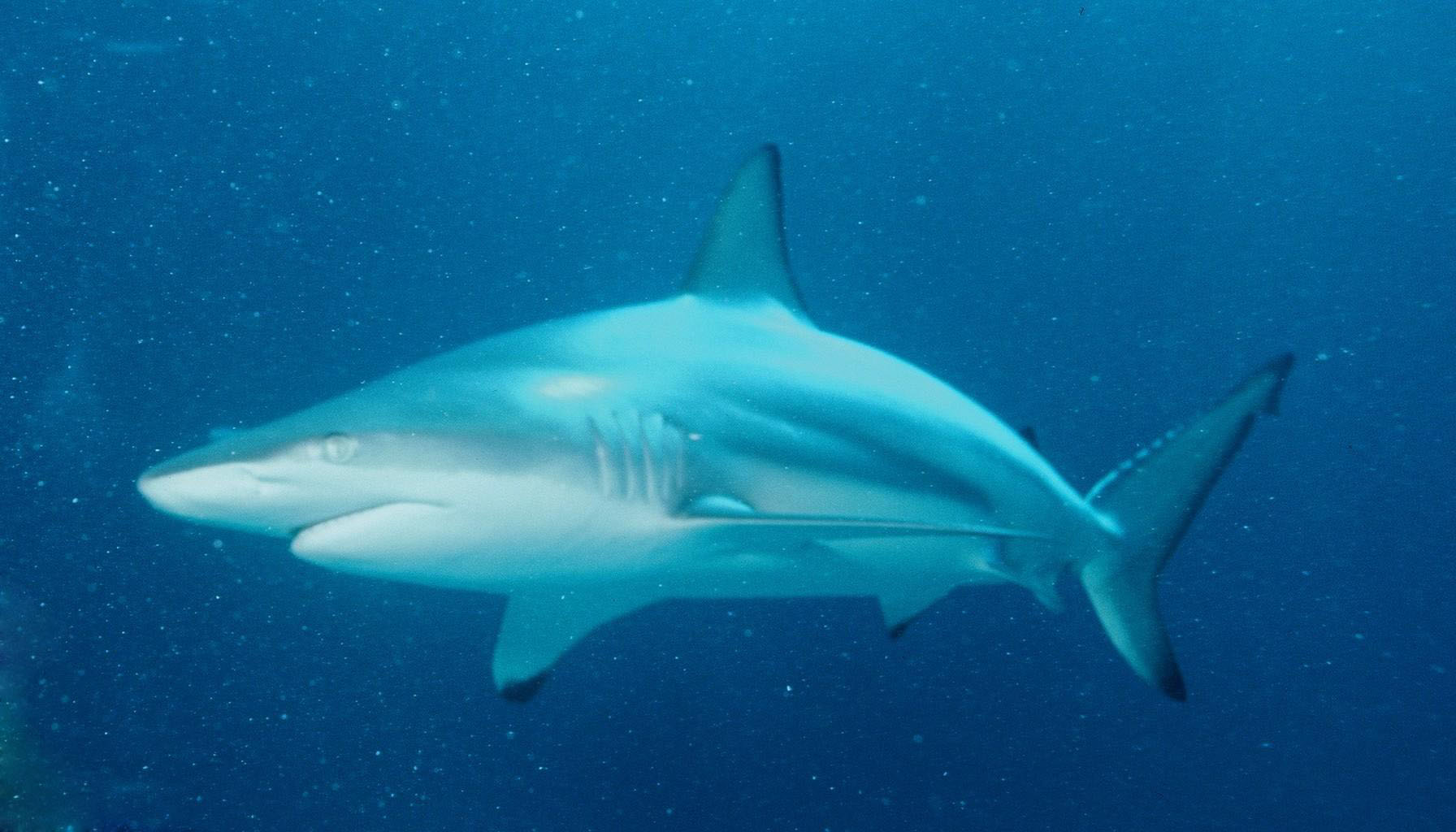
San Diego, California, southward
Oceanic Whitetip- Carcharhinus longimanus
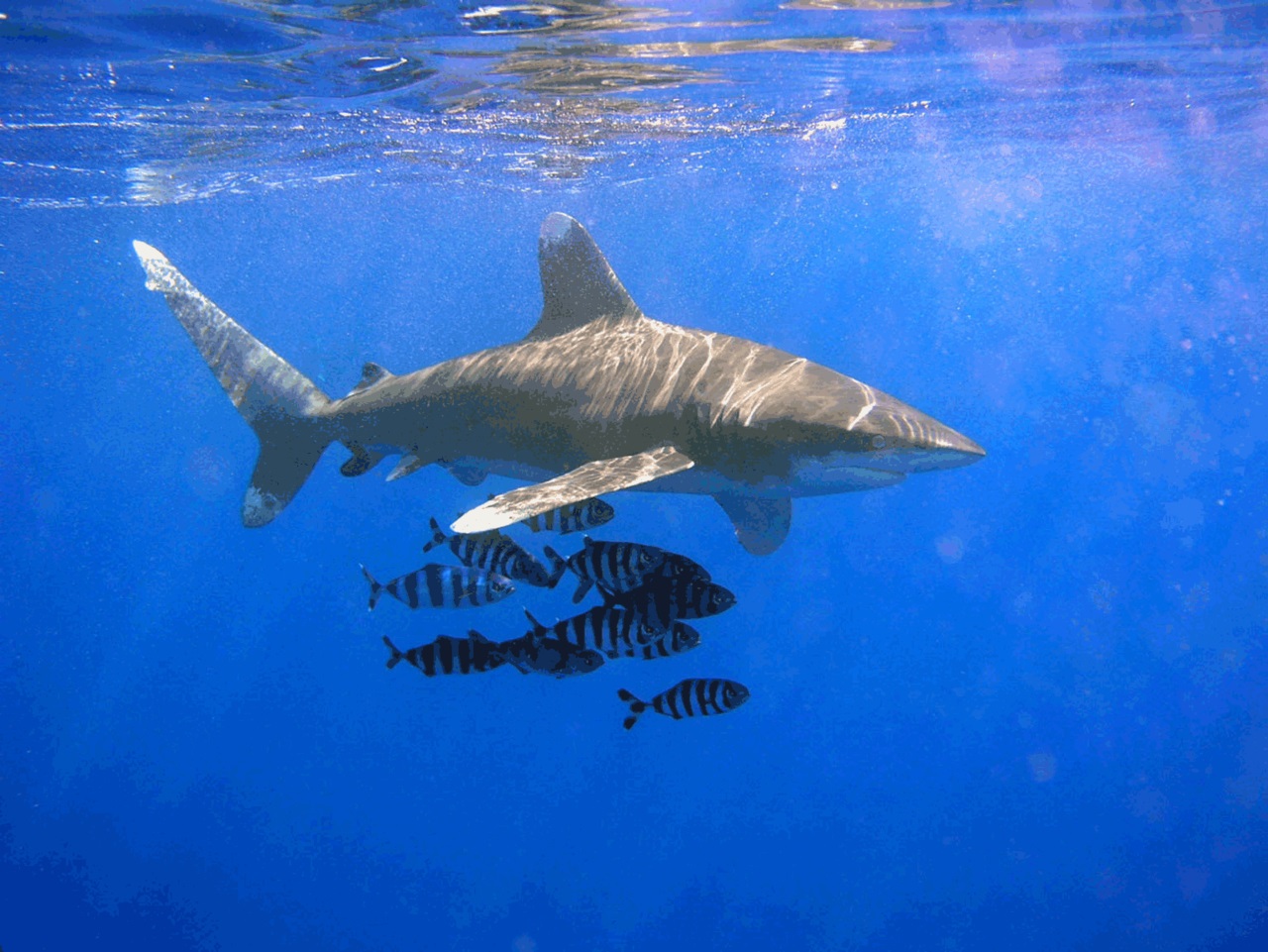
Monterey, Central California, to Gaviota, Southern California and southward
Dusky Shark - Carcharhinus obscurus
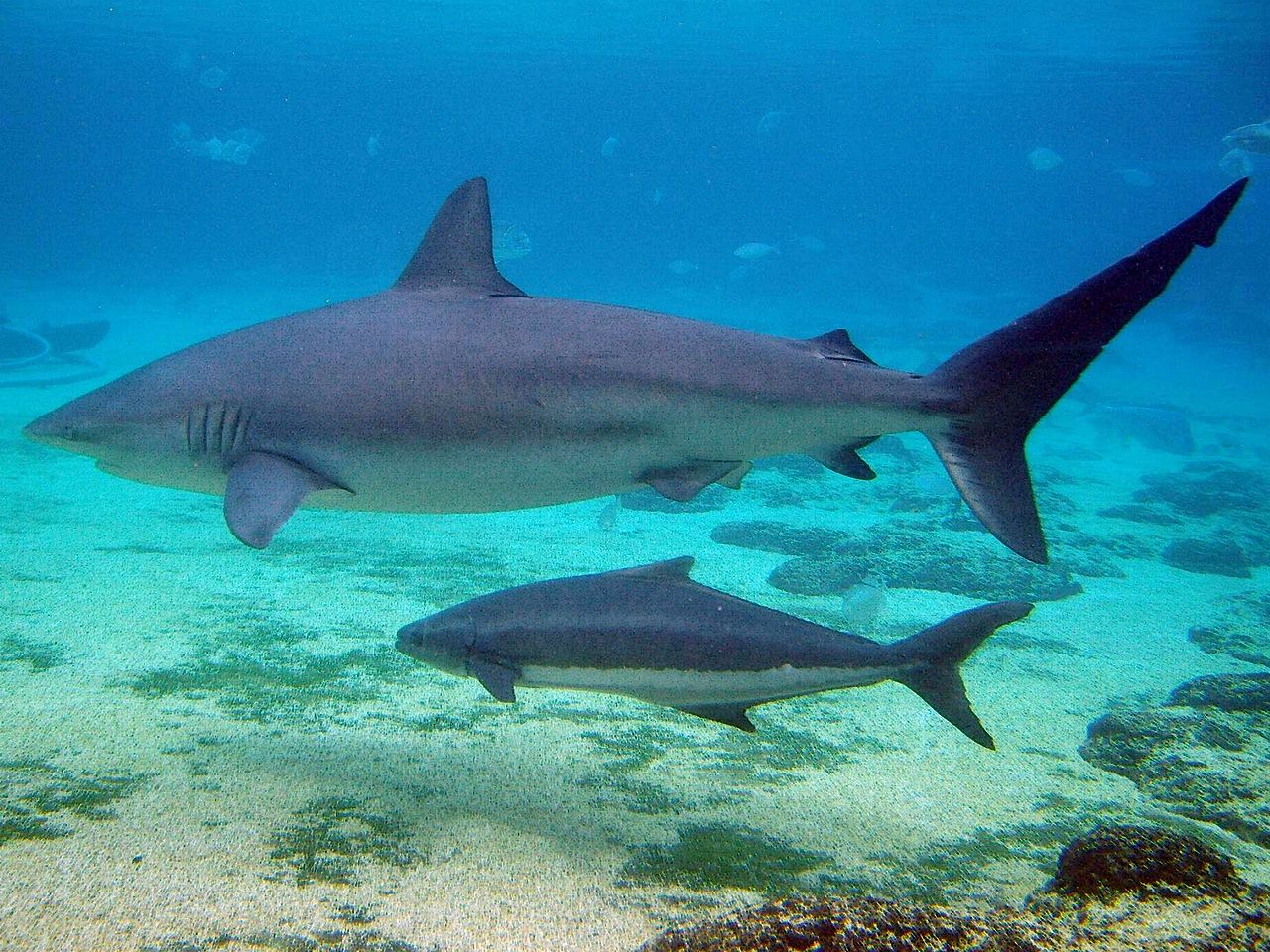
Redondo Beach, Southern California to Gulf of California
Sandbar Shark - Carcharhinus plumbeus
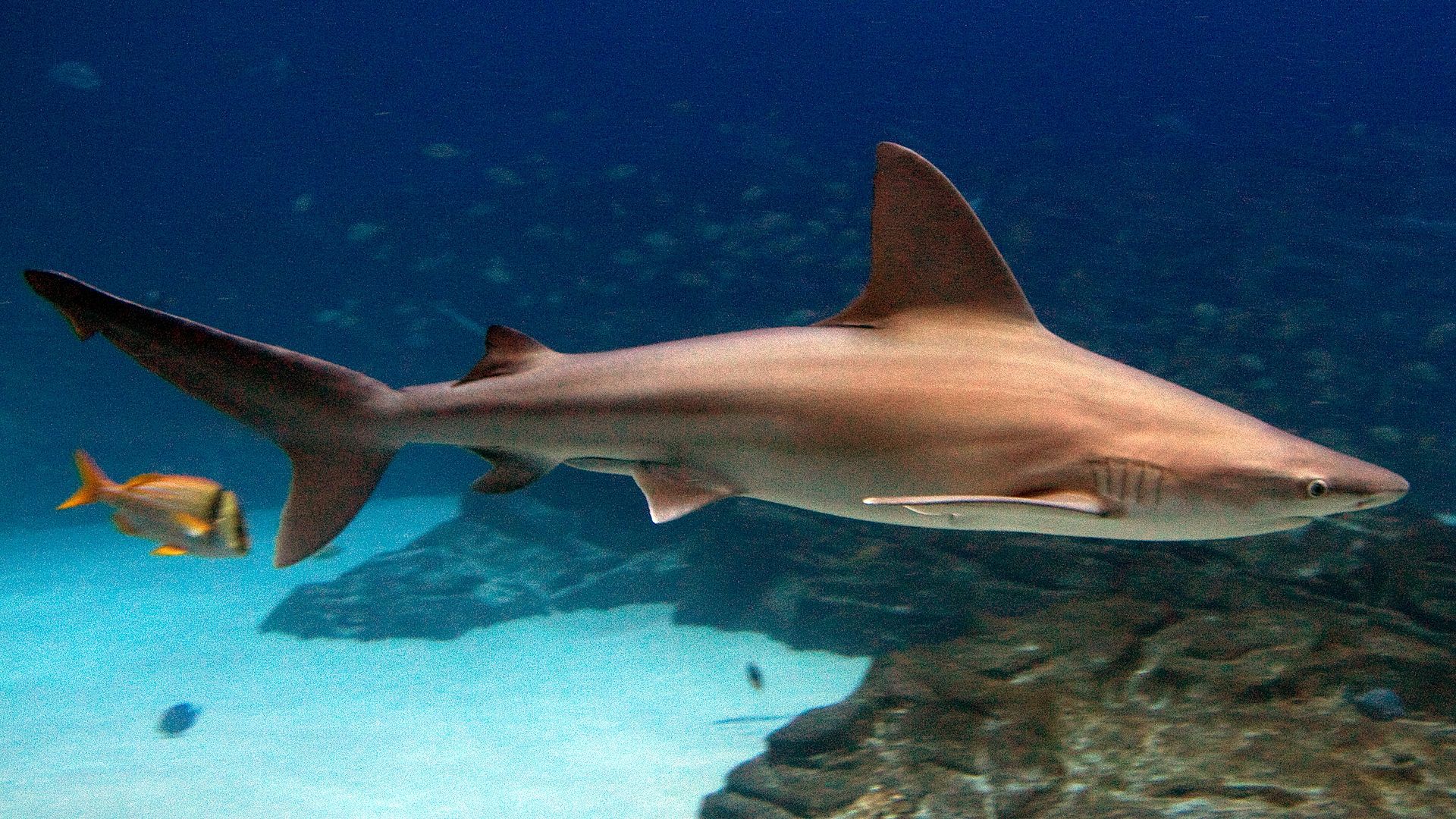
southern tip of Baja Peninsula and Revillagigedo Islands
Smalltail Shark - Carcharhinus porosus
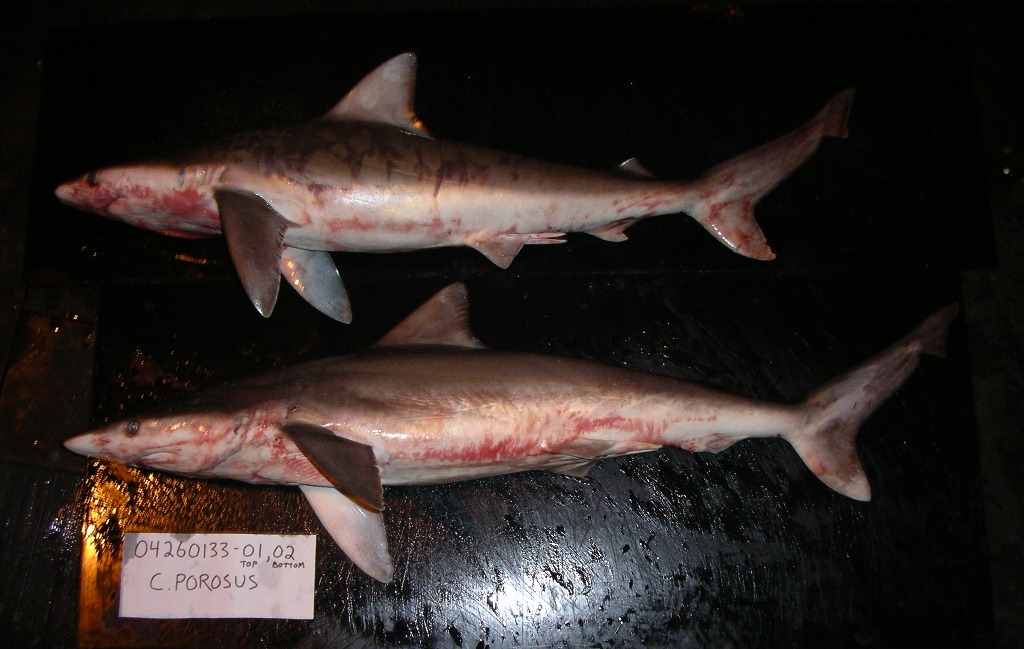
Gulf of California southward to Peru
Whitenose Shark - Nasolamia velox
No Image
Lemon Shark - Negaprion brevirostris
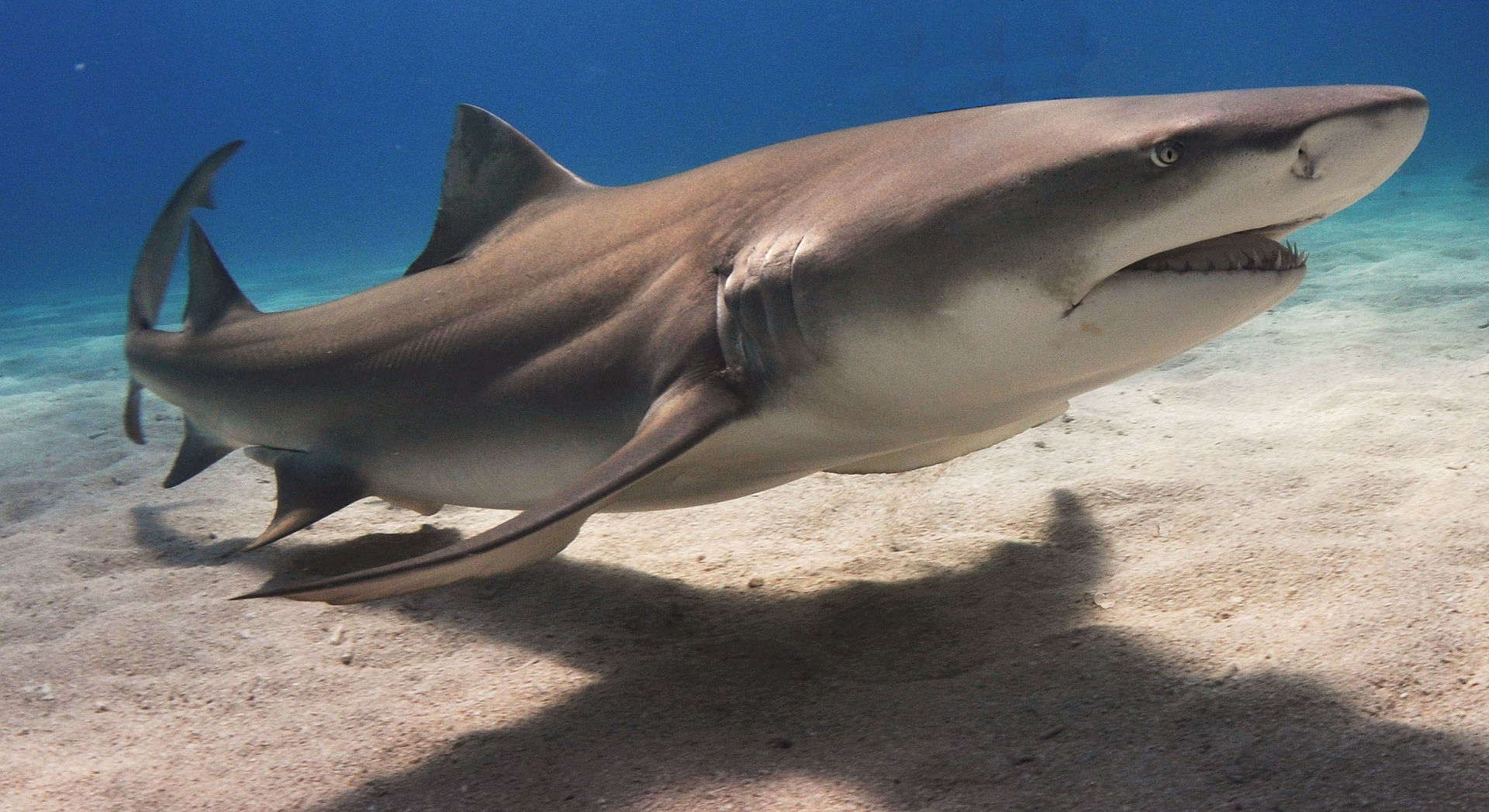
southern Baja California and Gulf of California to Ecuador
Blue Shark - Prionace glauca
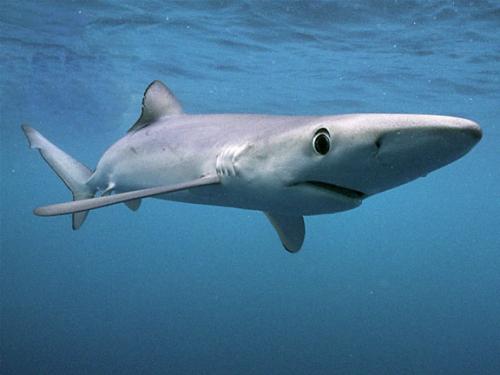
Gulf of Alaska to Chile
ALL THE SHARKS MAY CURRENTLY BE TAKEN EXCEPT GREAT WHITE SHARKS
Skates
Big Skate-Top View
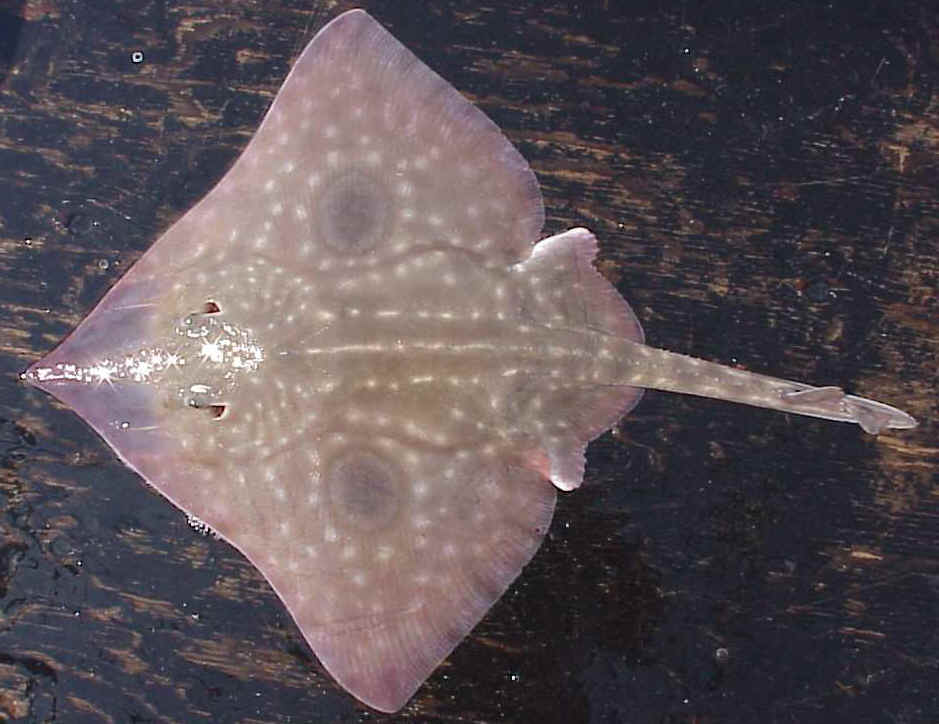
Big Skate-Bottom View
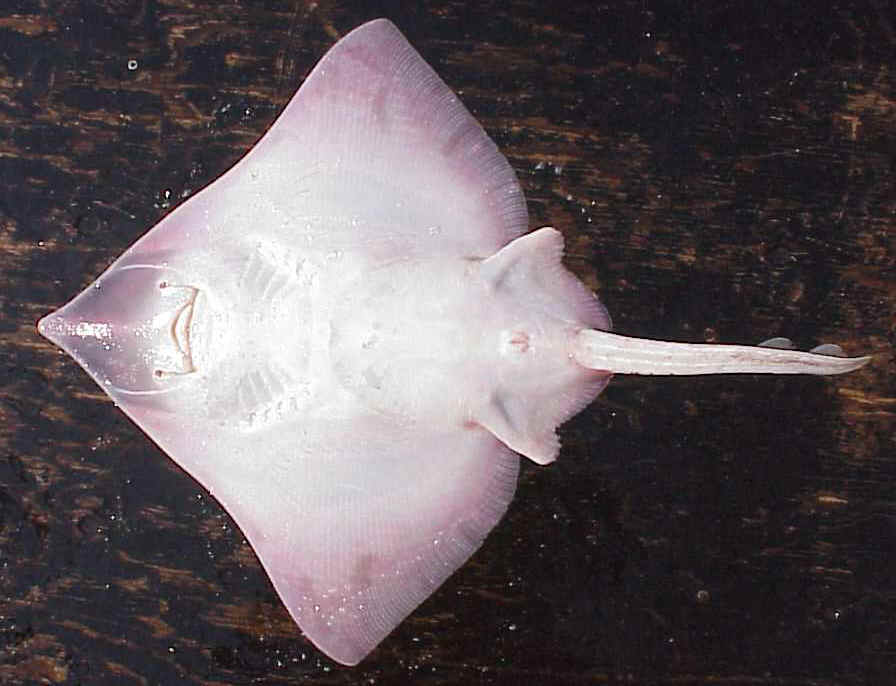
California Skate
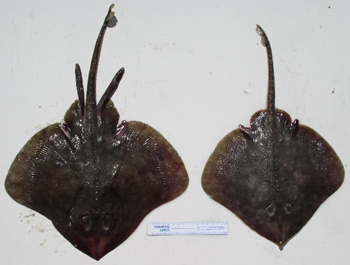
Longnose Skate
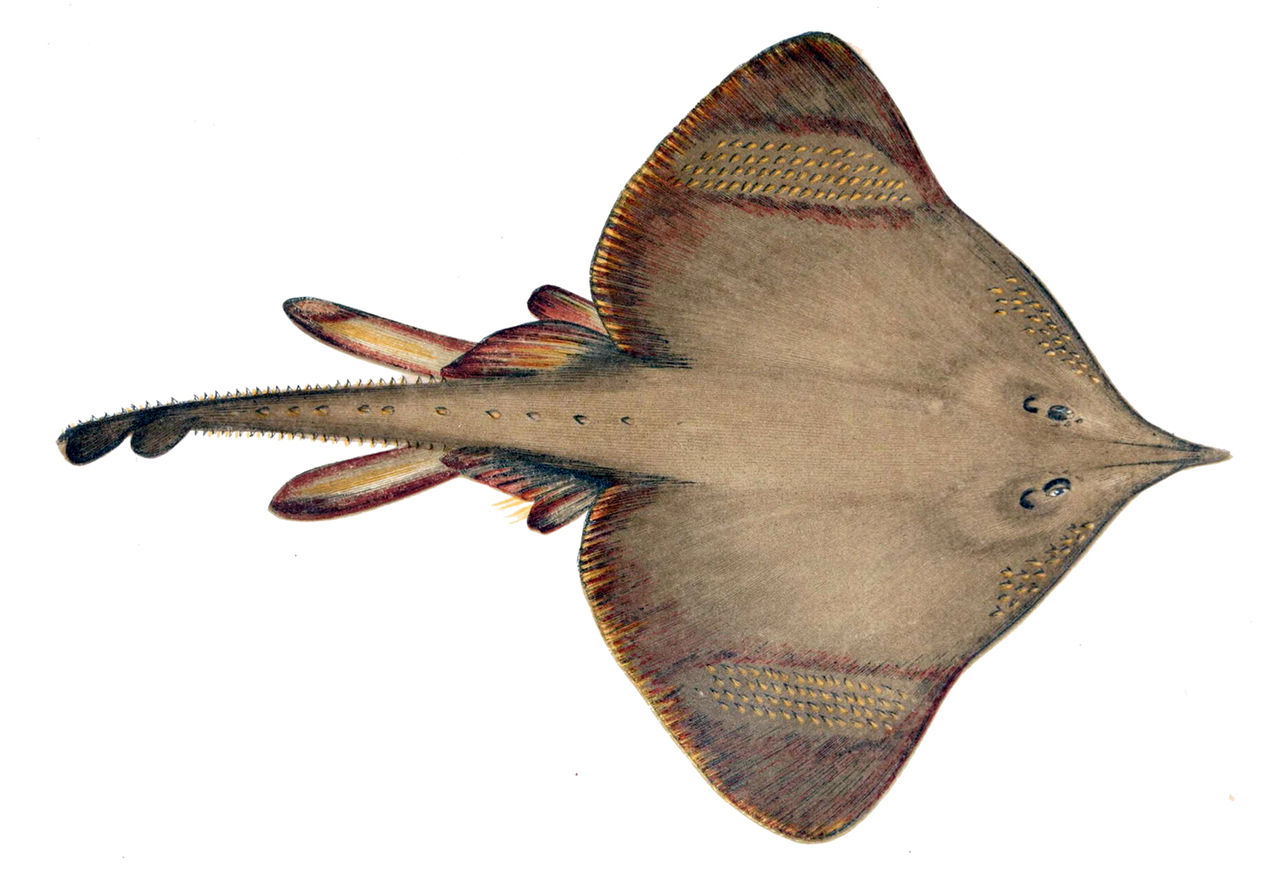
Monterey Skate
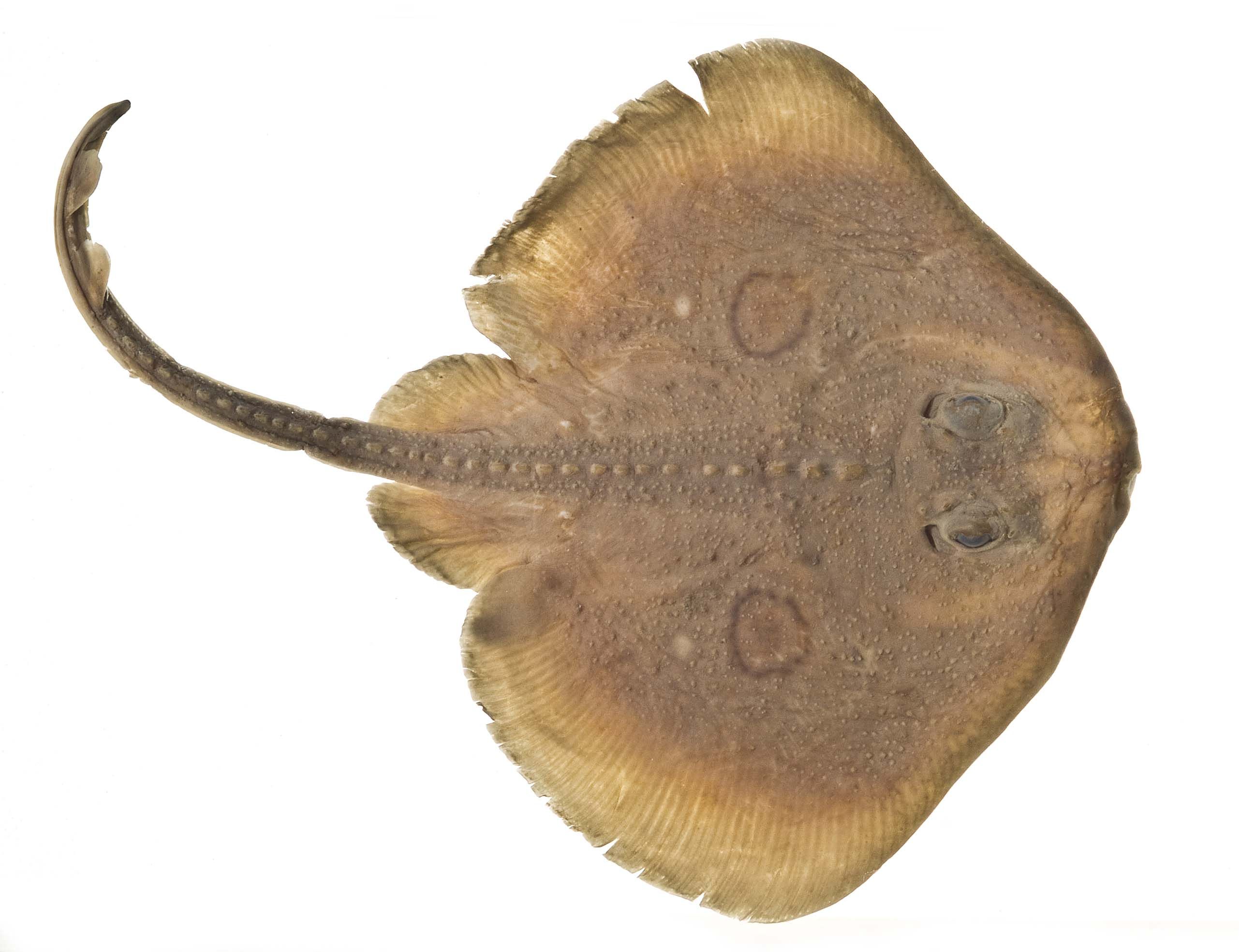
Pacific White Skate
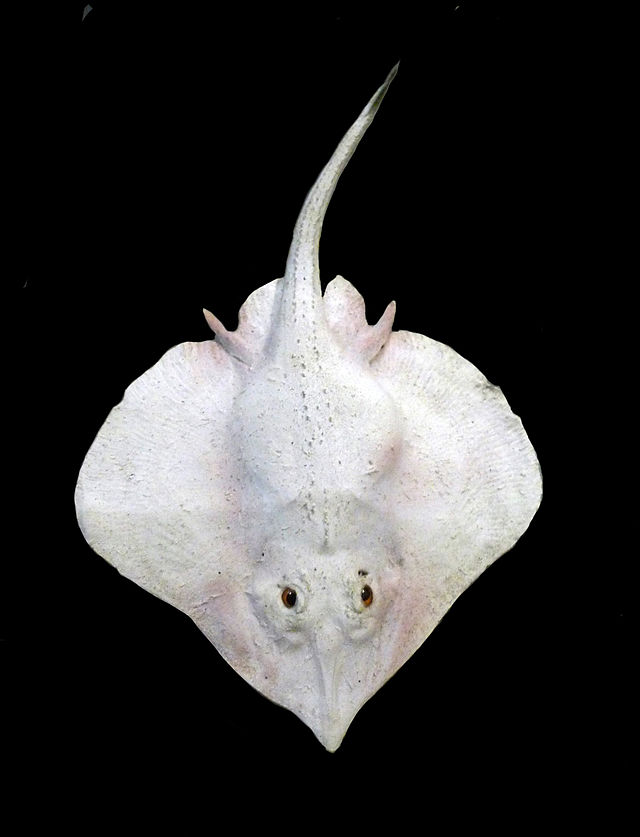
Roughtail Skate
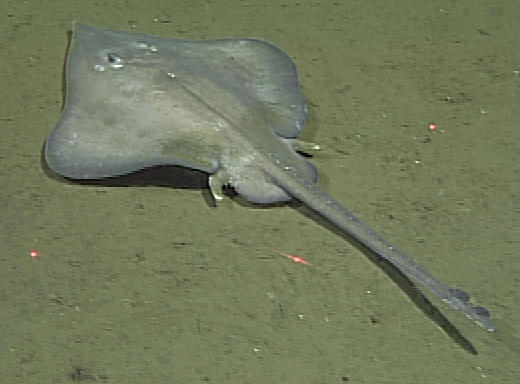
Starry Skate
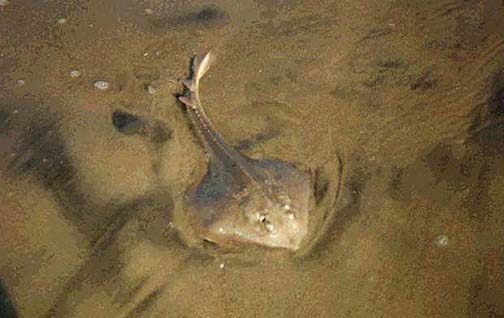
Rays
Bat Ray
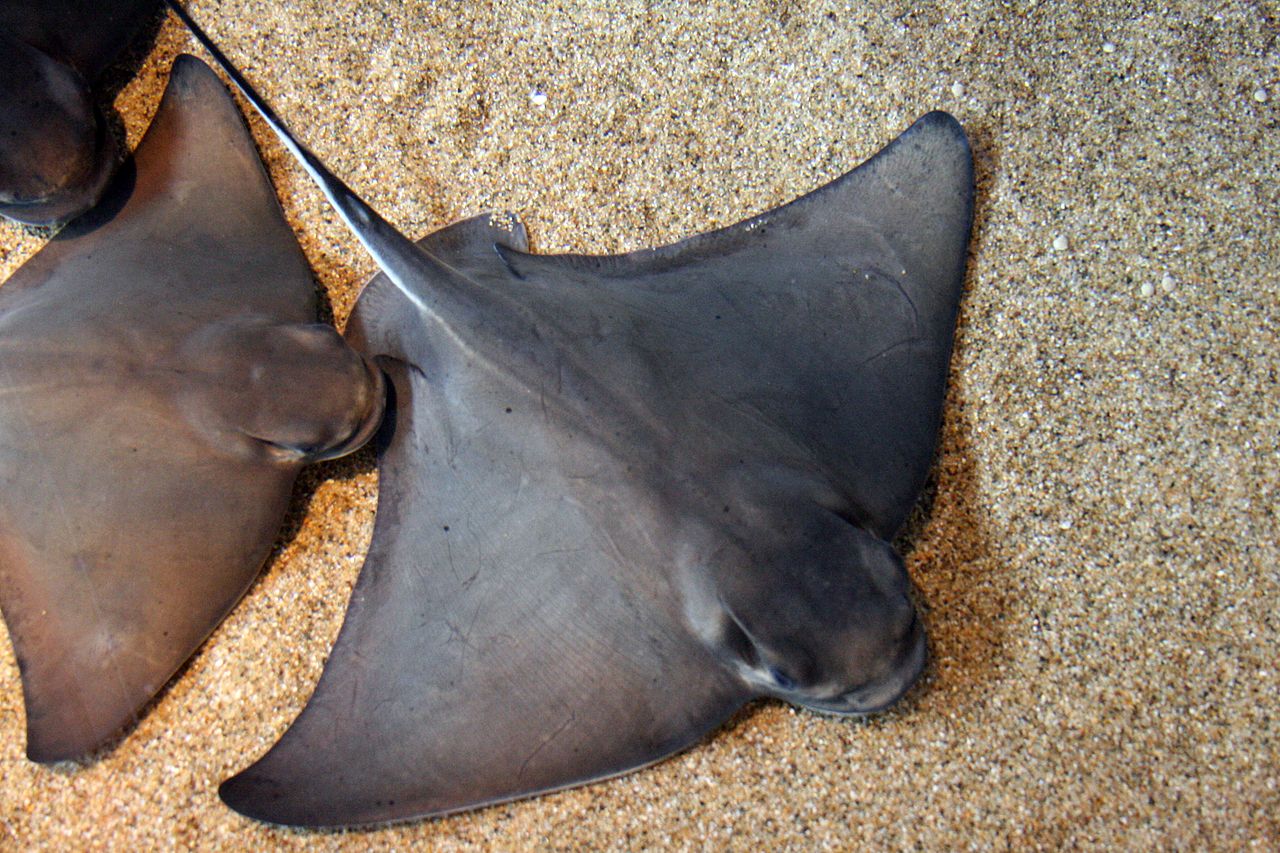
Butterfly Ray
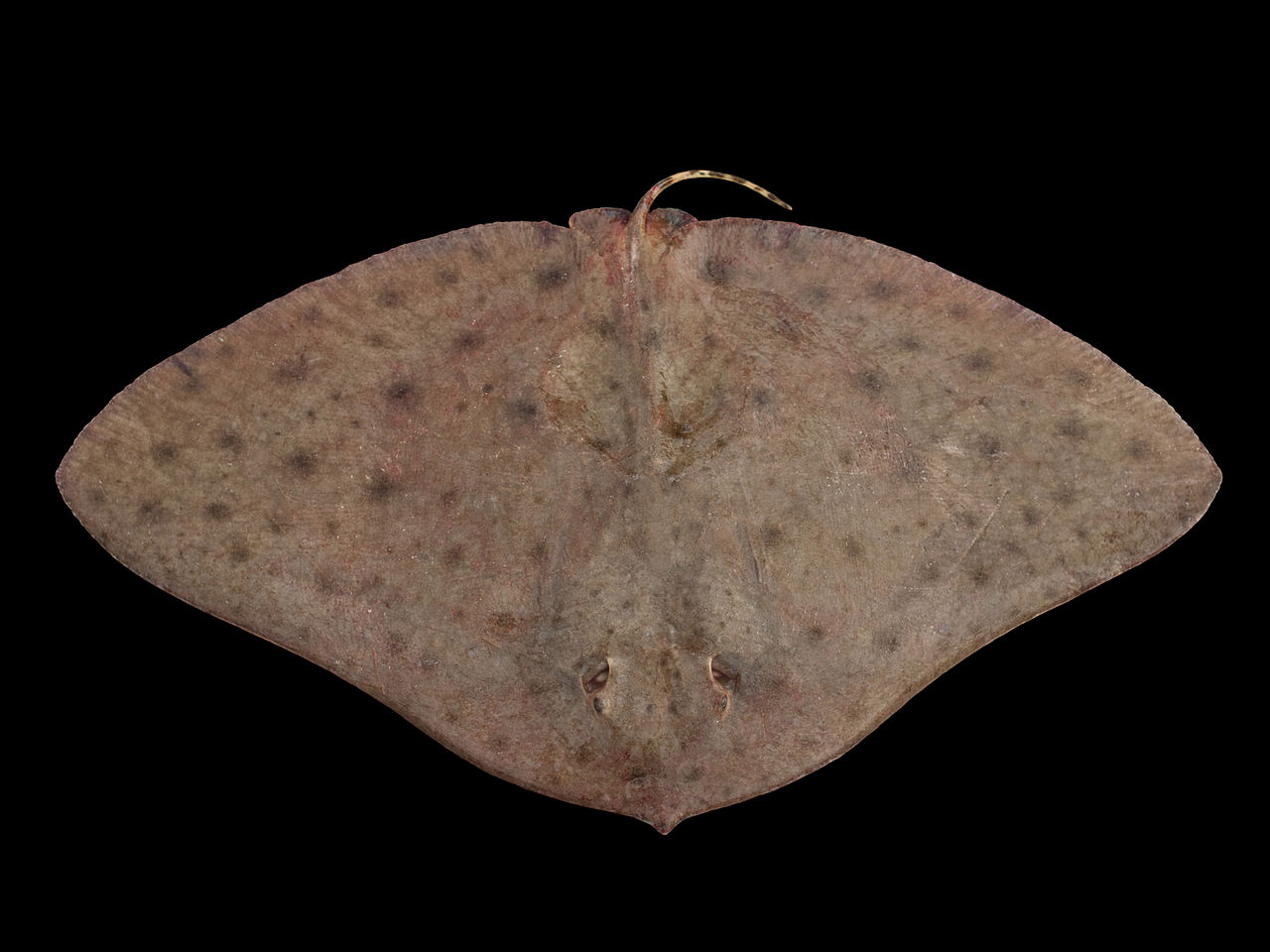
Diamond Stingray
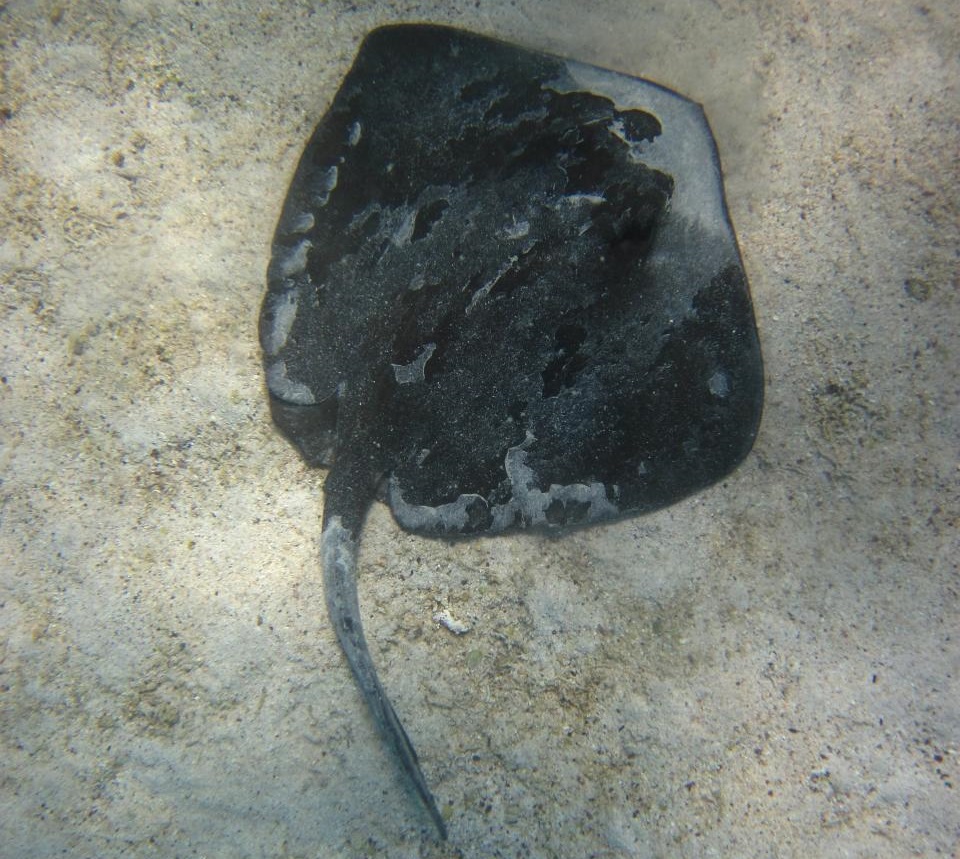
Electric Ray
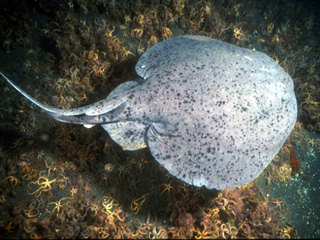
Guitarfish
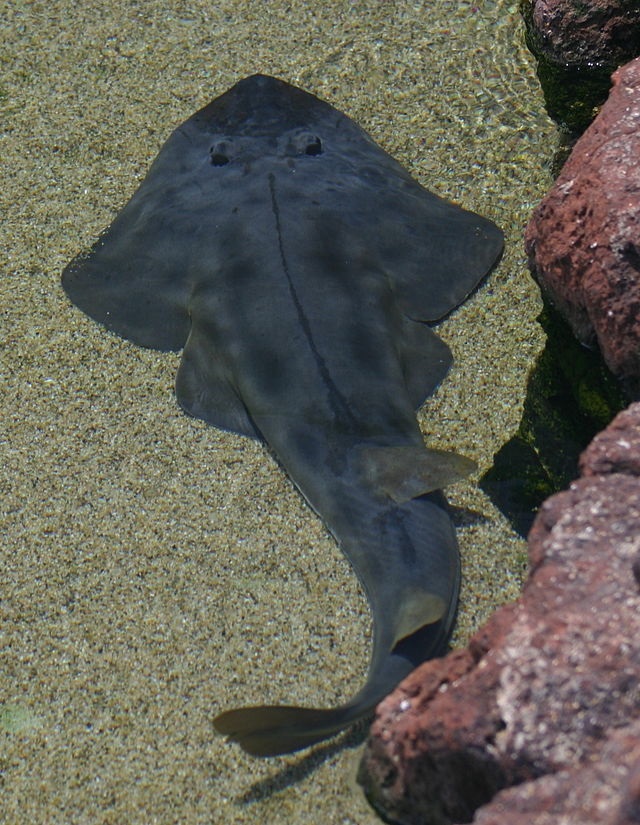
Mottled Guitarfish
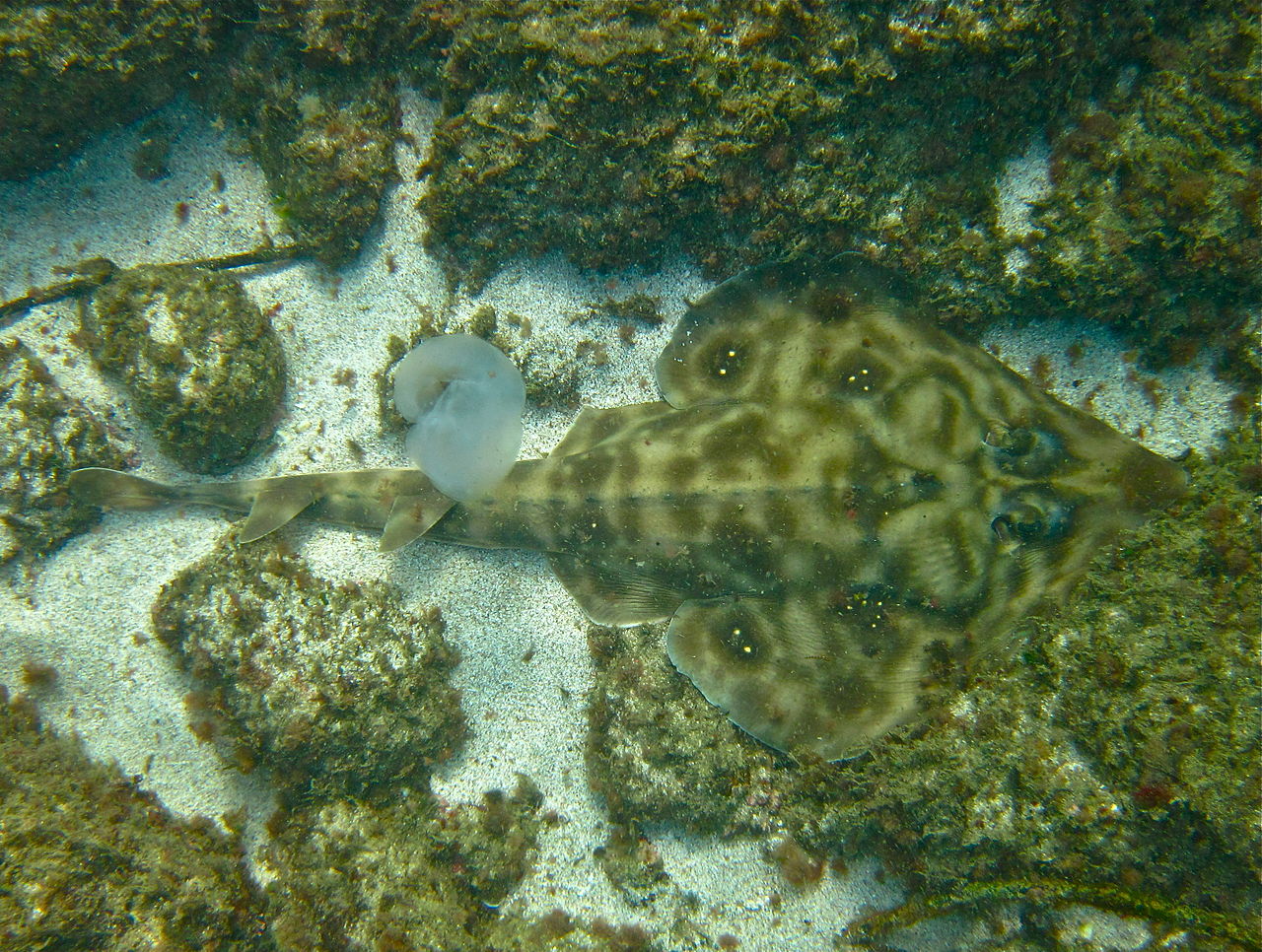
Round Ray
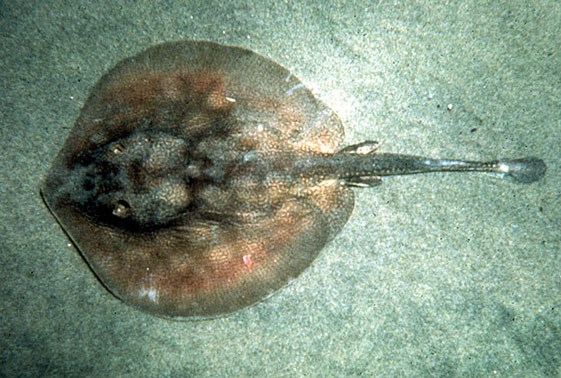
Mantas
Manta Ray
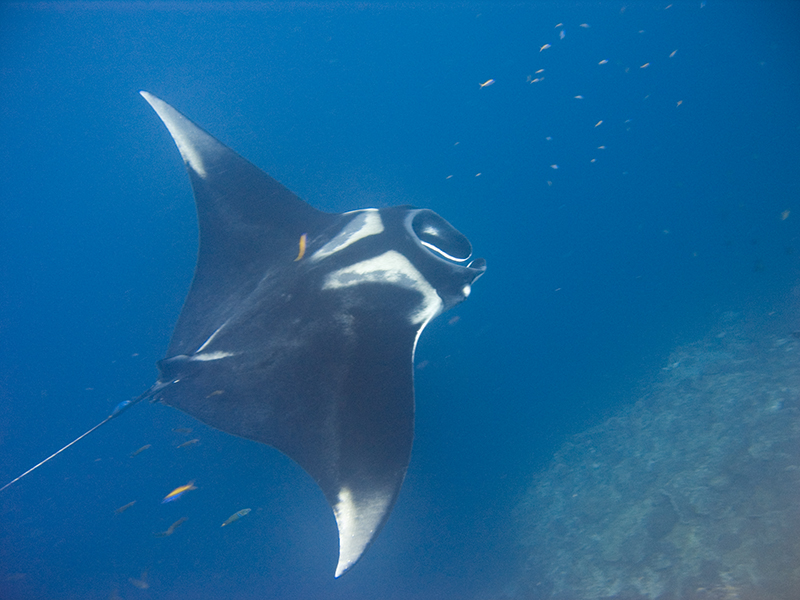
Mobula Ray
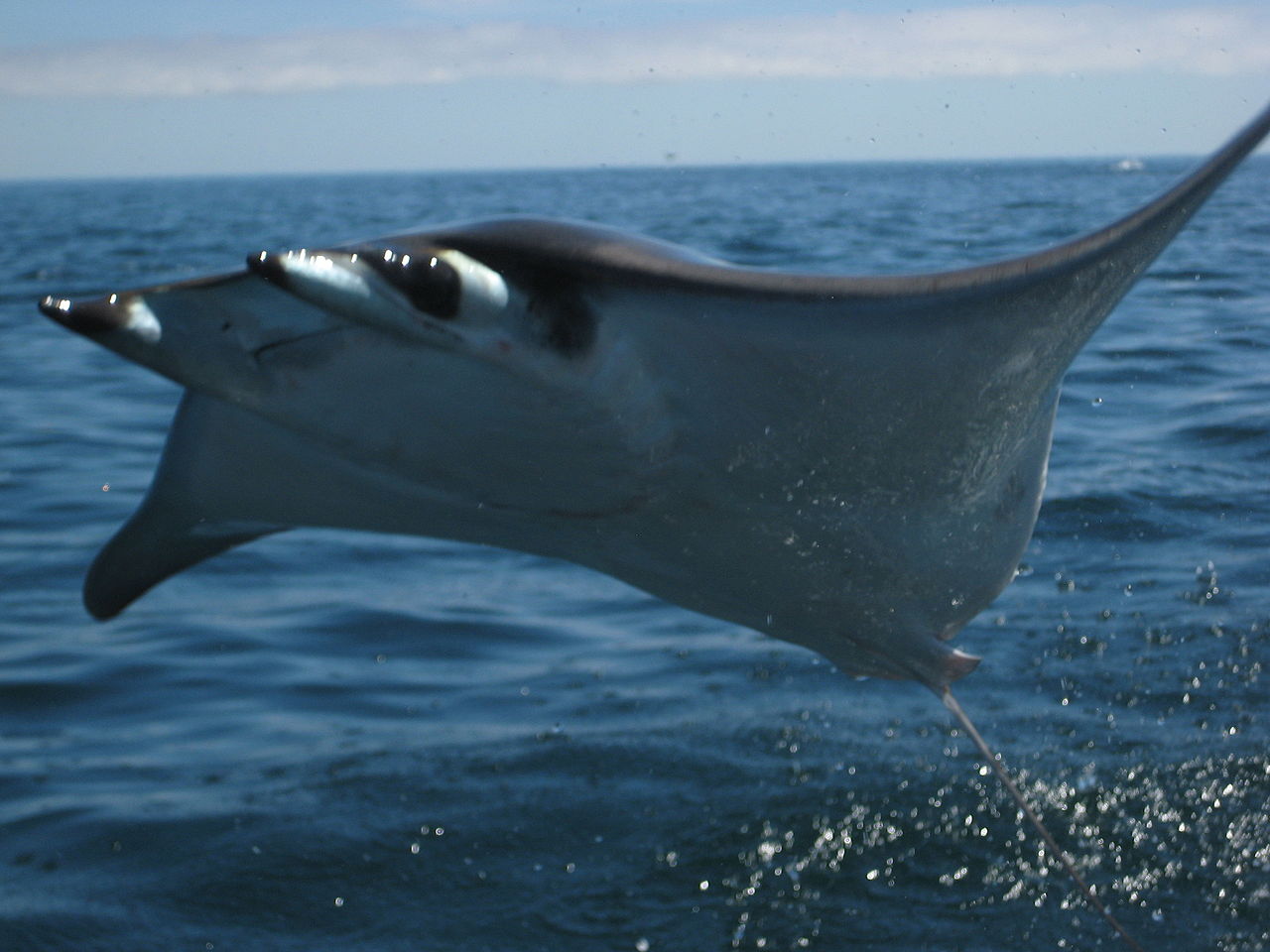
CHIMAERAS
Ratfish "Hydrolagus colliei"
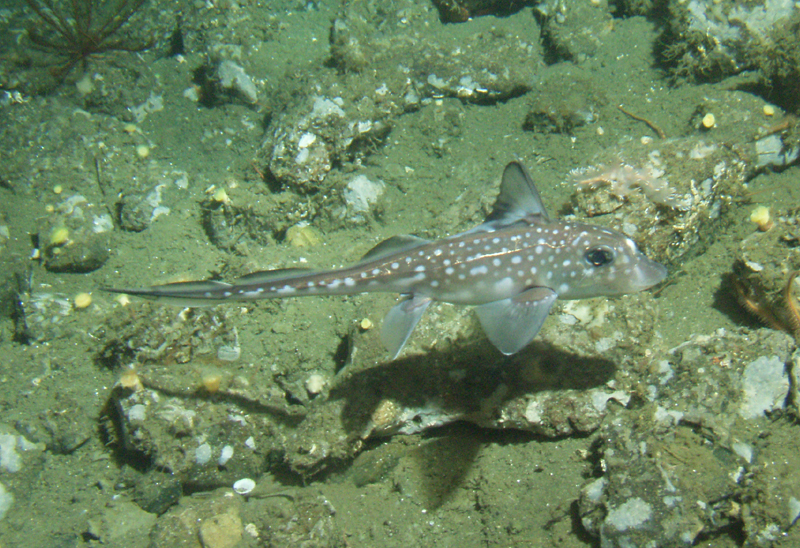
Fresh Water
Carp "Cyprinus carpio"
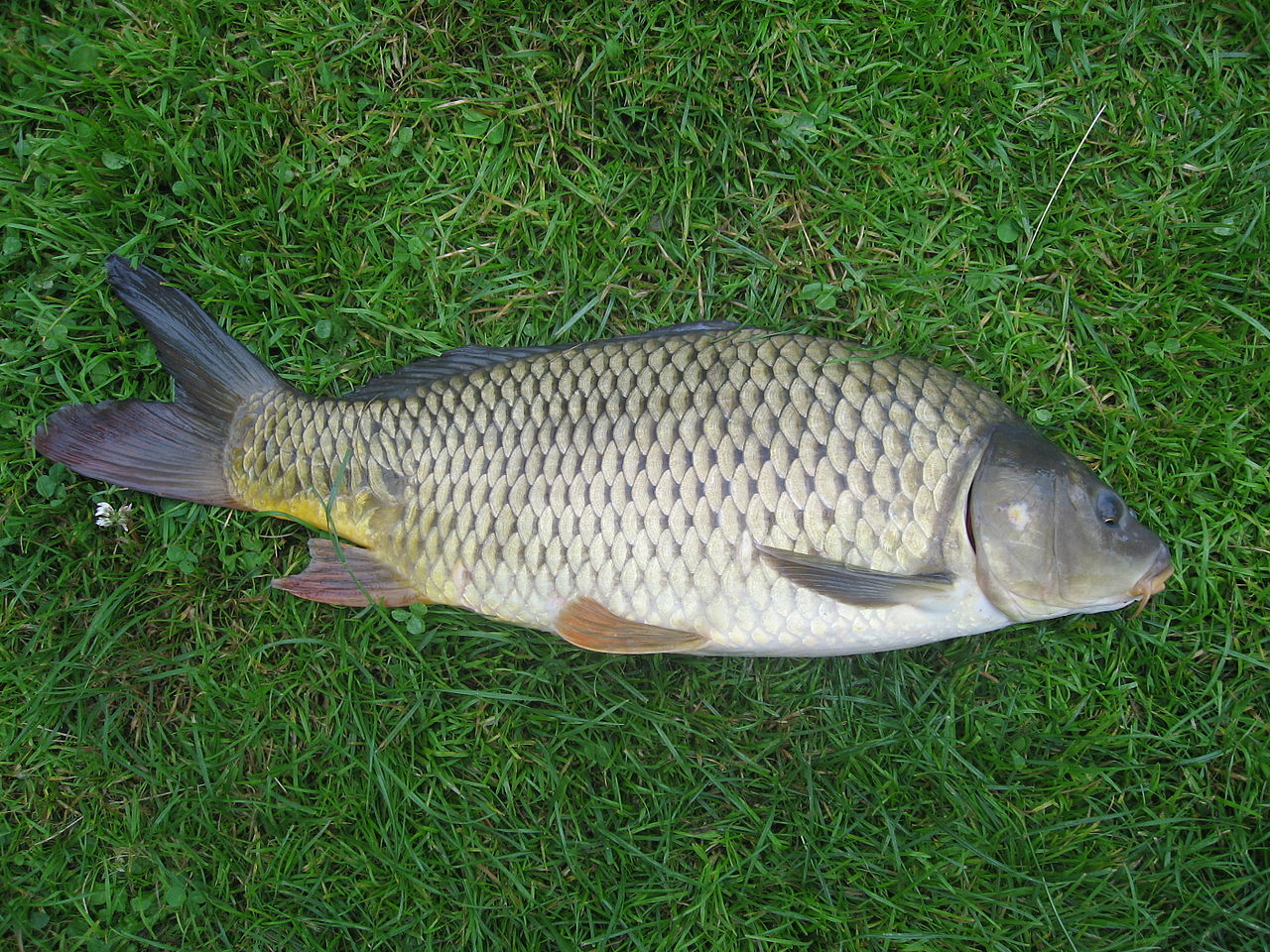
Goldfish
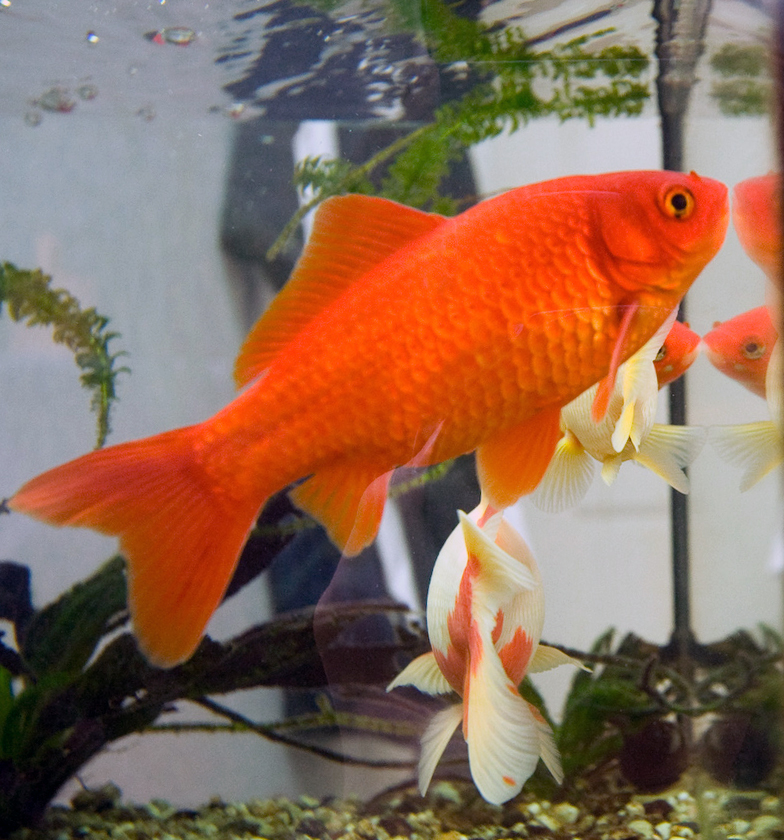
Mullet "Mugil cephalus"
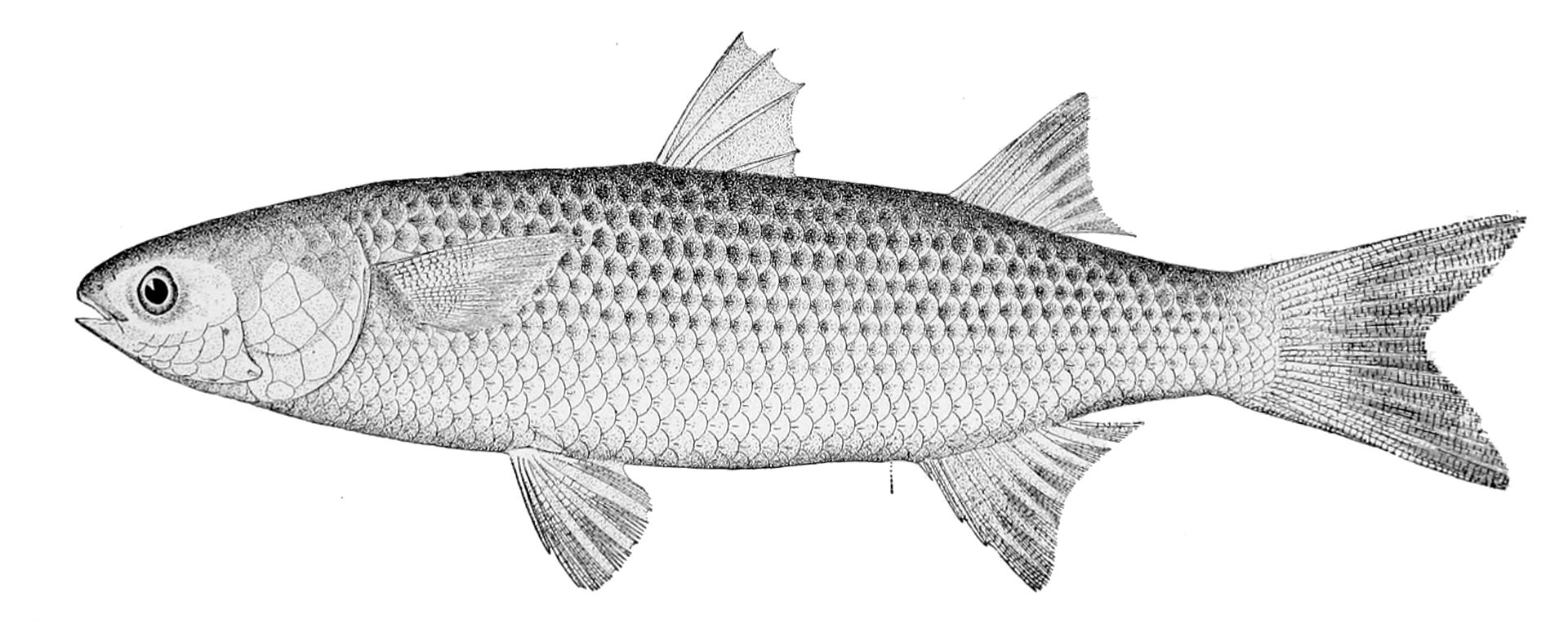
Tilapia
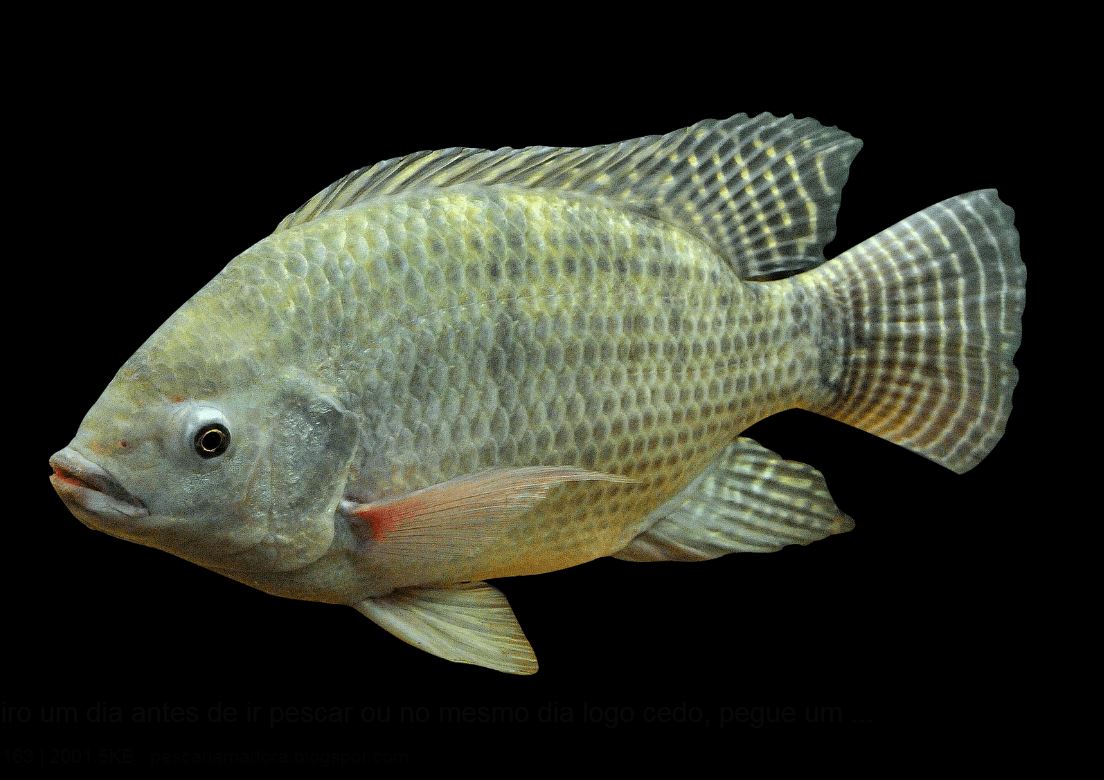
There are perhaps a hundred subspecies of cichlids called "tilapia." They are a non-native species, planted in Southern California waters south of the Tehachapi mountains, in the belief that they would not reproduce and/or are escapees from the the six southern California counties licensed for tilapia aquaculture.
Buffalo Fish "Ictiobus cyprinellus"
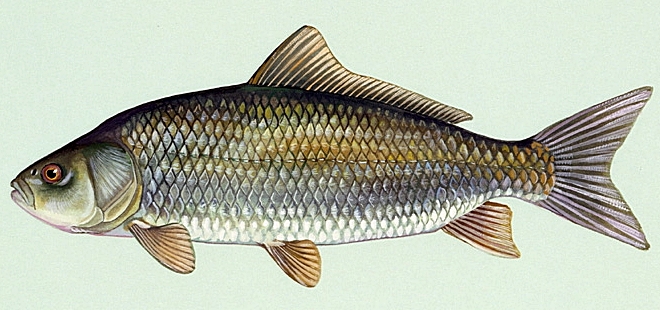
Pacific Lamprey
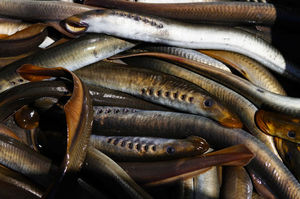
Squawfish, Pike Minnows
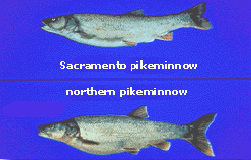
Do NOT SHOOT COLORADO RIVER PIKEMINNOWS--they can be quite large--2-3 feet! They are endangered! Upper Colorado River Endangered Fish Recovery Program
Sucker "Catostomus commersonii"
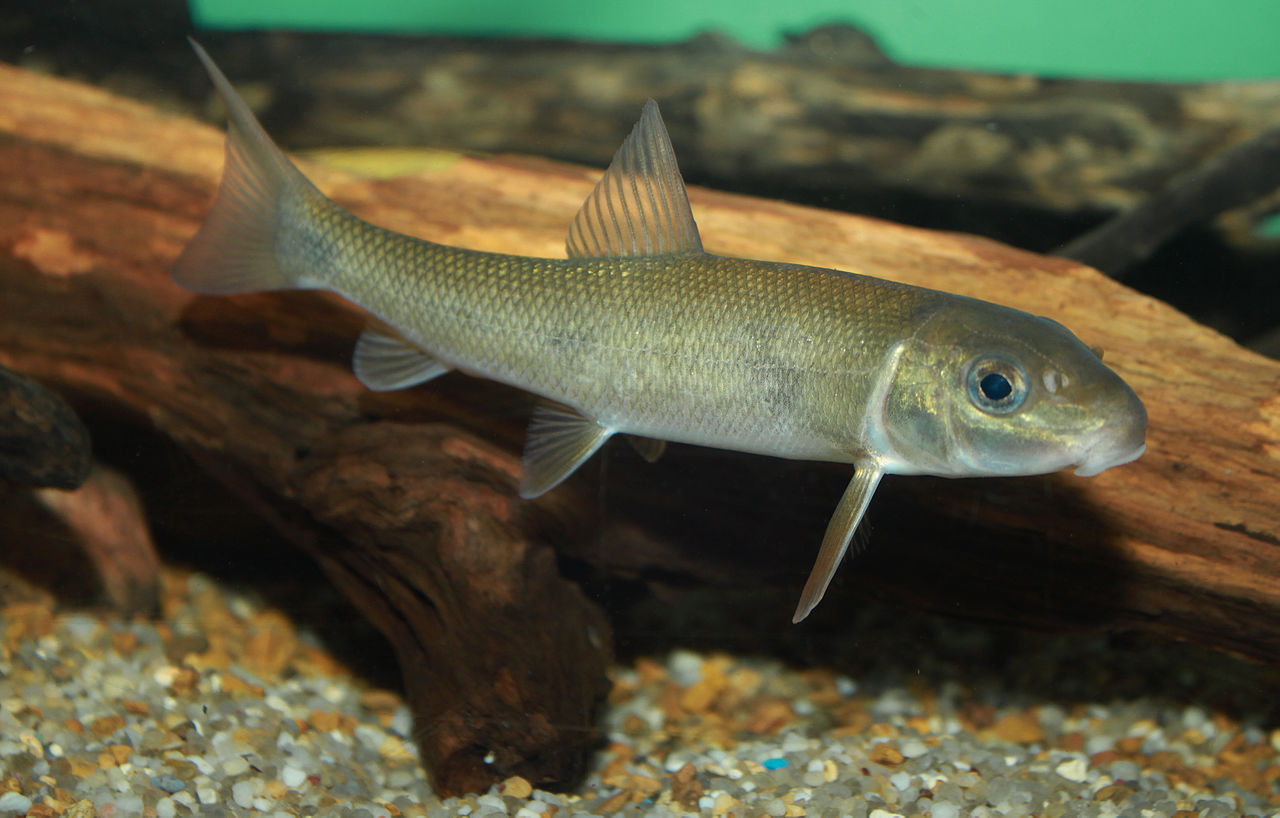
watch for closures in the Colorado River drainage. There are several species, the most common is the white sucker, pictured.
Hardhead ex.1
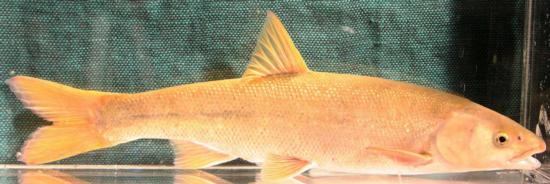
Hardhead ex.2

Hardhead ex.3

Hardhead ex.4
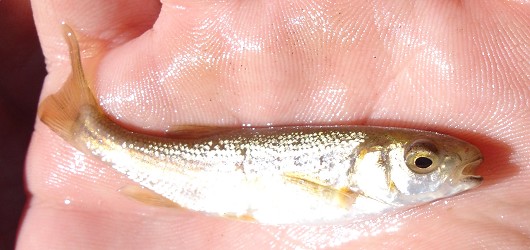
Chub

there are several chubs--the dimunitive arroyo chub of San Diego, Orange, Santa Ana River drainage possibly upstream to San Bernardino, Los Angeles, Ventura, and Santa Barbara Counties are on a watch list if not listed--Do not shoot.
Golden Shiner

A non native non-game fish
Fin Fish
Fin fish may be taken, too, except for black sea bass, garibaldi, gulf grouper, broomtail grouper, trout, salmon, striped bass, and broadbill swordfish. Check for size restrictions on the different bass, any seasonal restrictions, and remember that archery equipment is not allowed within 100 yards of the mouth of any stream accessing ocean waters north of Ventura County or on any trip pursuing marlin or swordfish.
Reptiles
Frogs
Bullfrog "North American bullfrog"
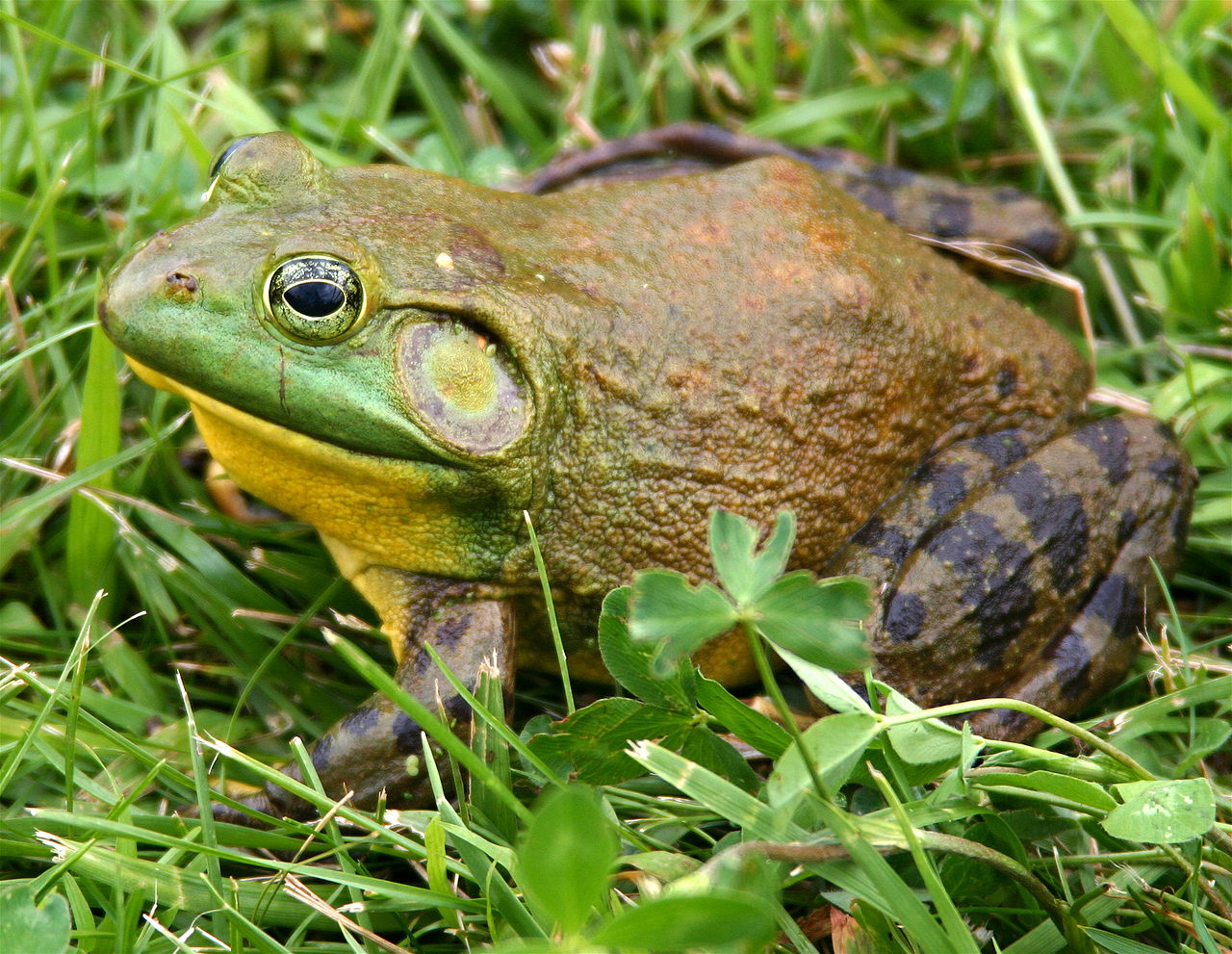
Rattlesnakes
Mojave Rattlesnake "Crotalus scutulatusa"
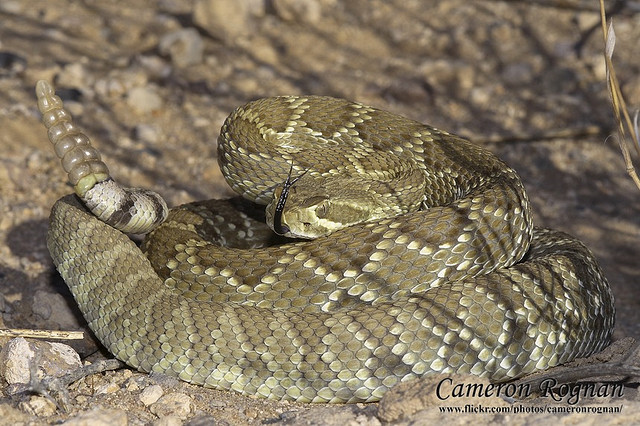
Speckled Rattlesnake "Crotalus michellii"
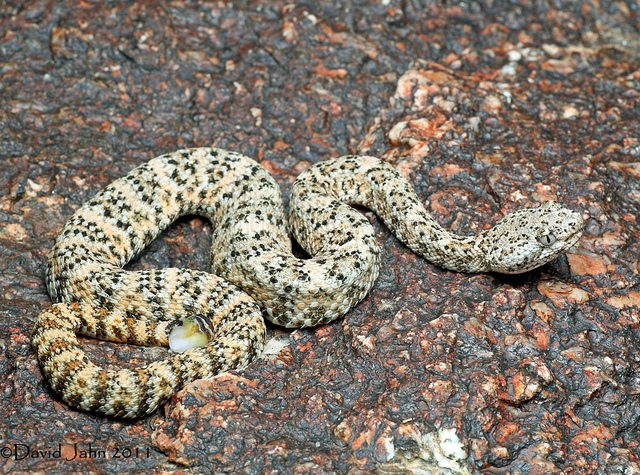
Sidewinder "Crotalus cerastes"
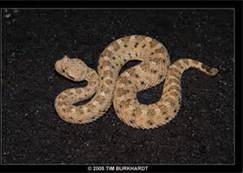
Red Diamondback "Crotalus ruber"
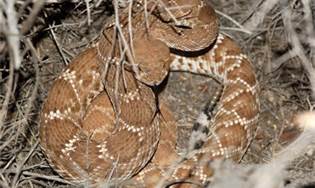
Western Diamondback "Crotalus atrox"
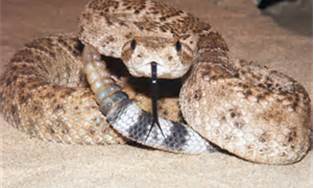
Prairie Rattlesnake "Crotalus viridis"
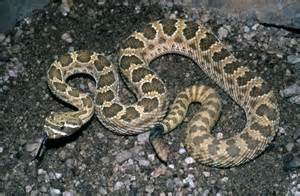
Northern Pacific Rattlesnake "Crotalus oreganus"
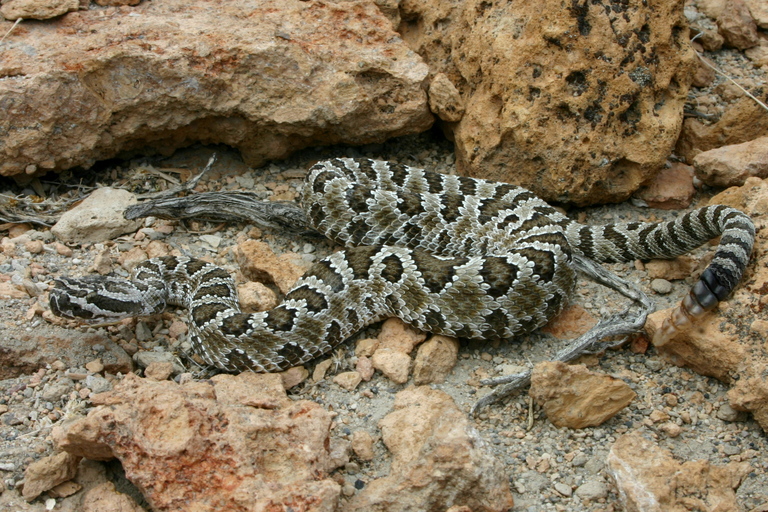
Great Basin Rattlesnake "Crotalus lutosus"
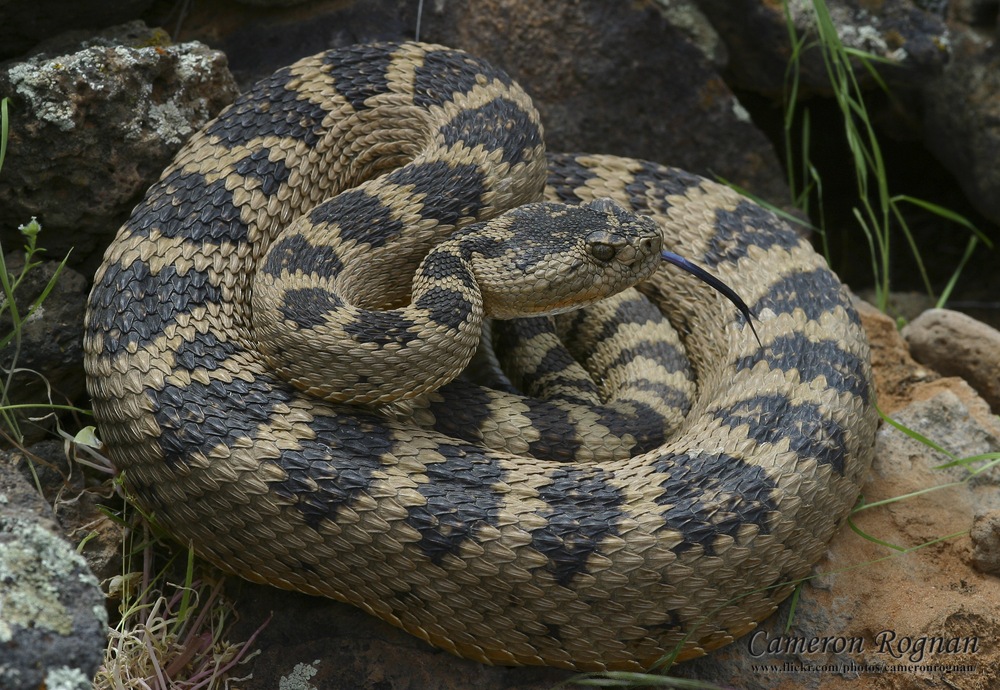
Southern Pacific Rattlesnake "Crotalus helleri"
